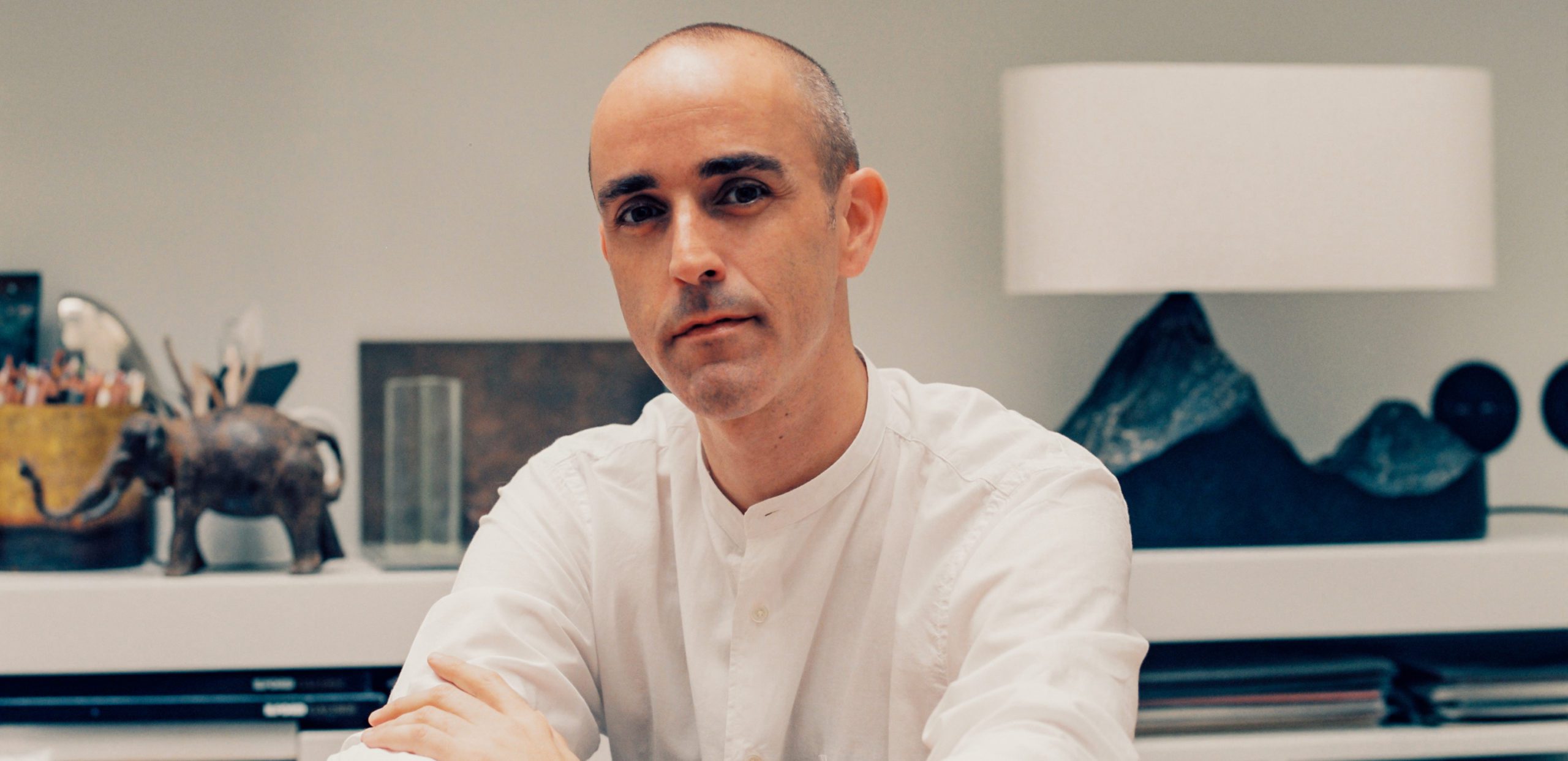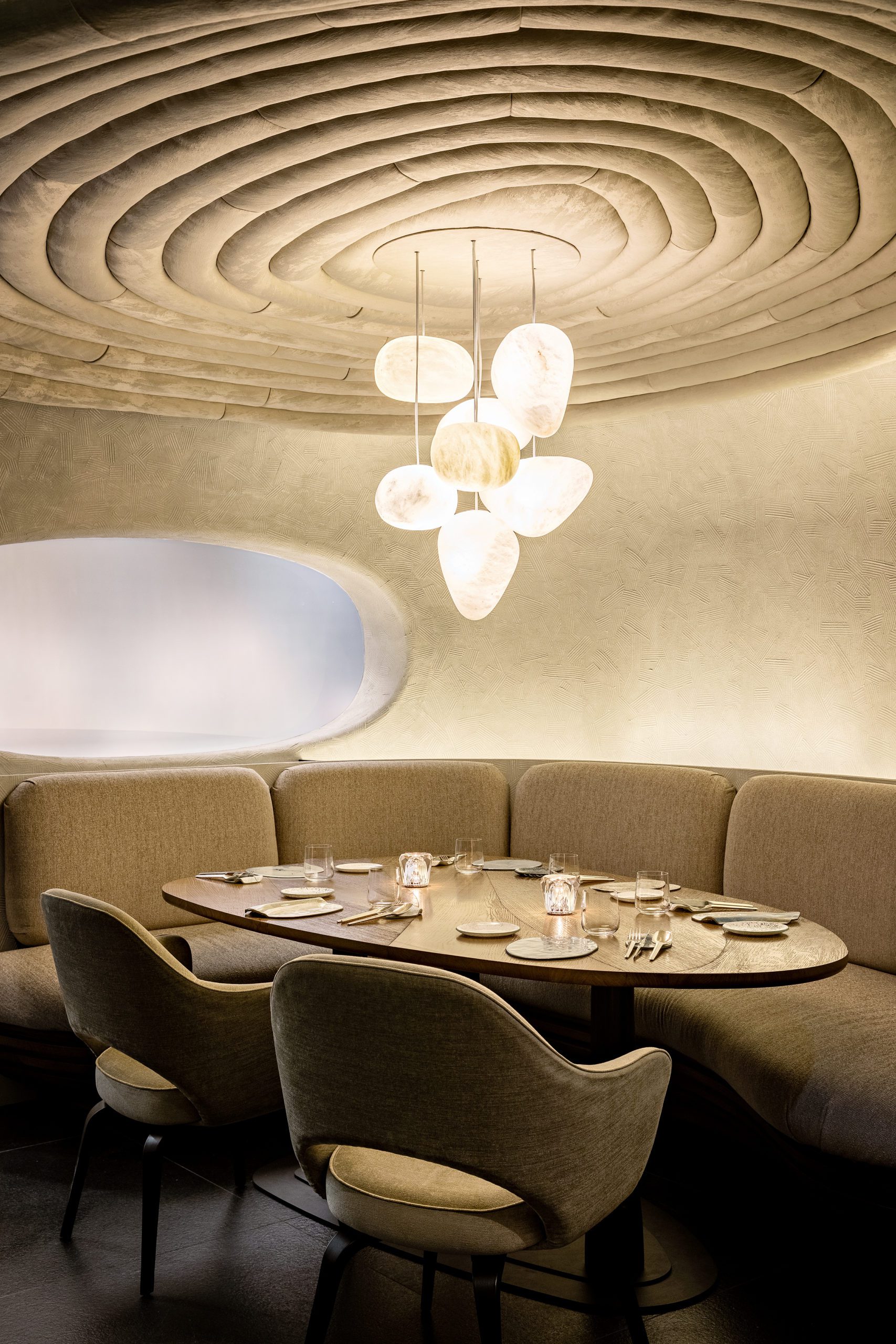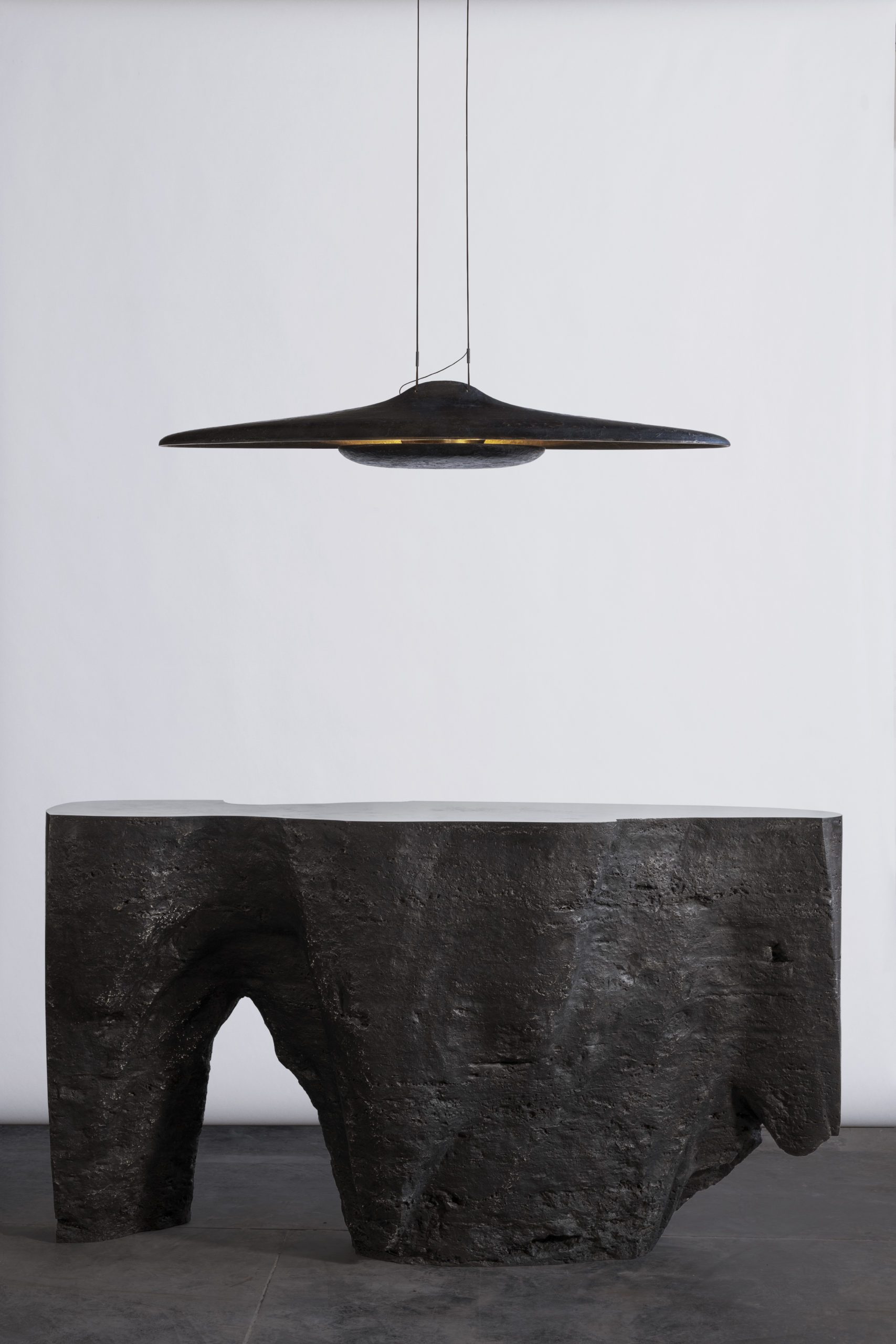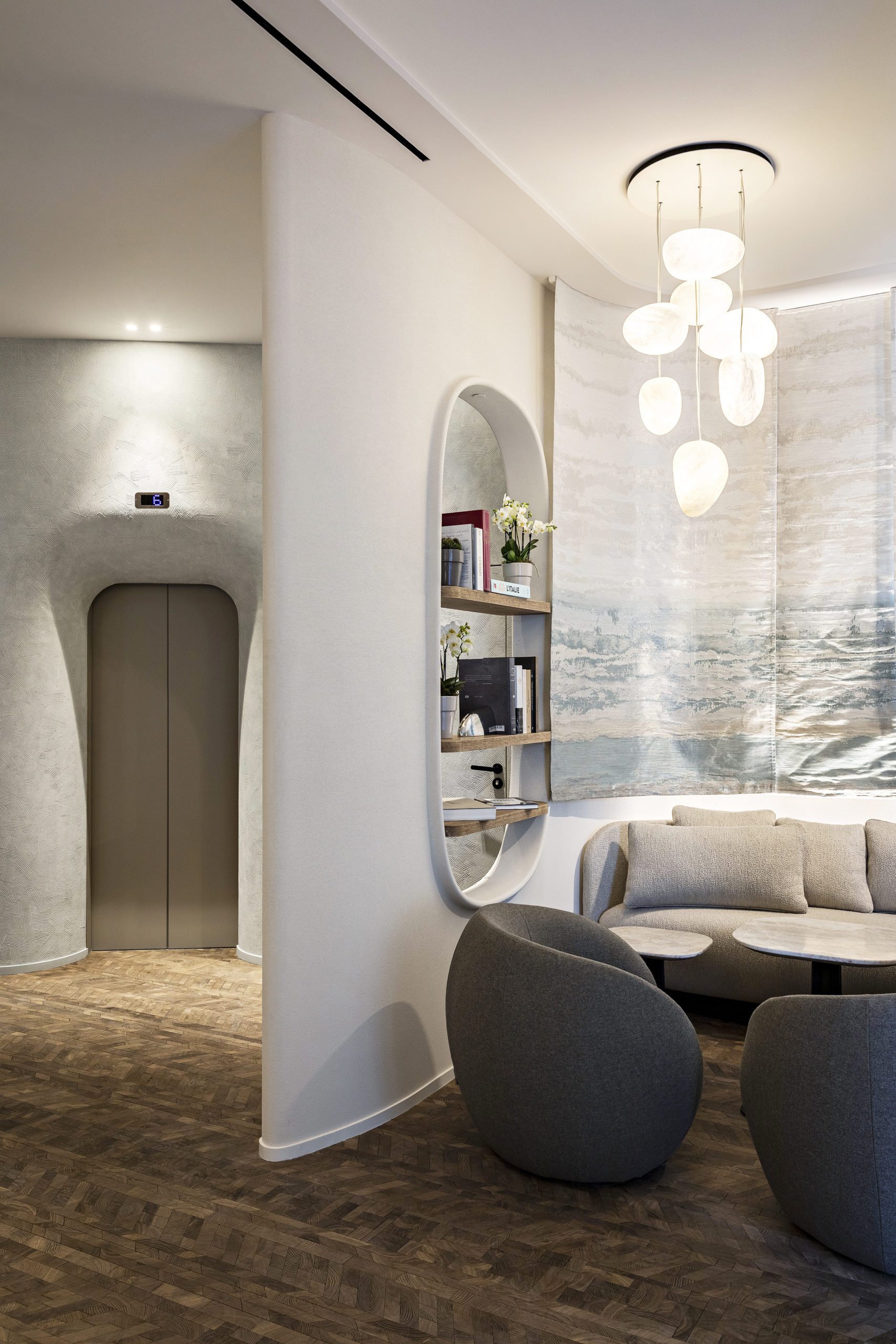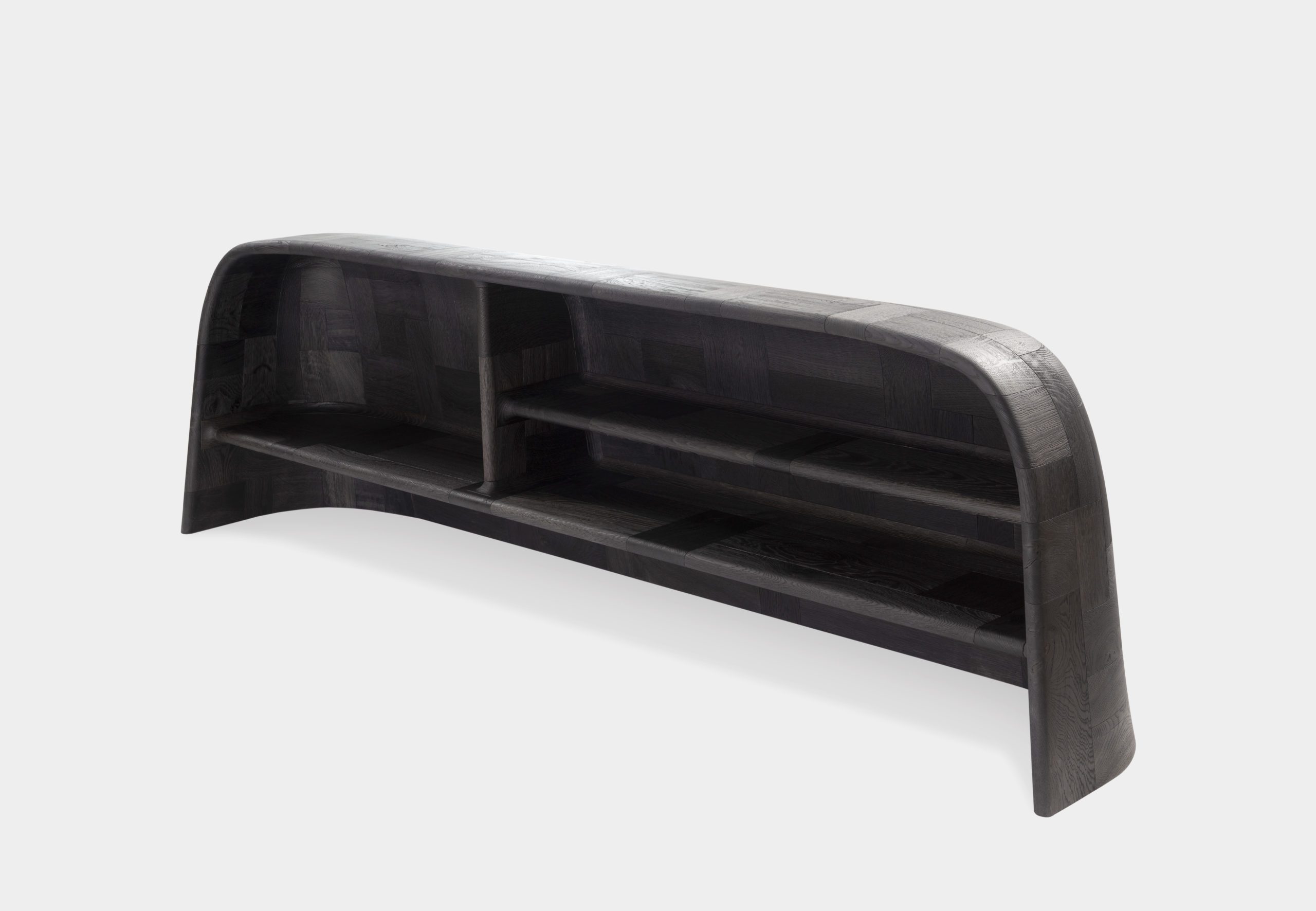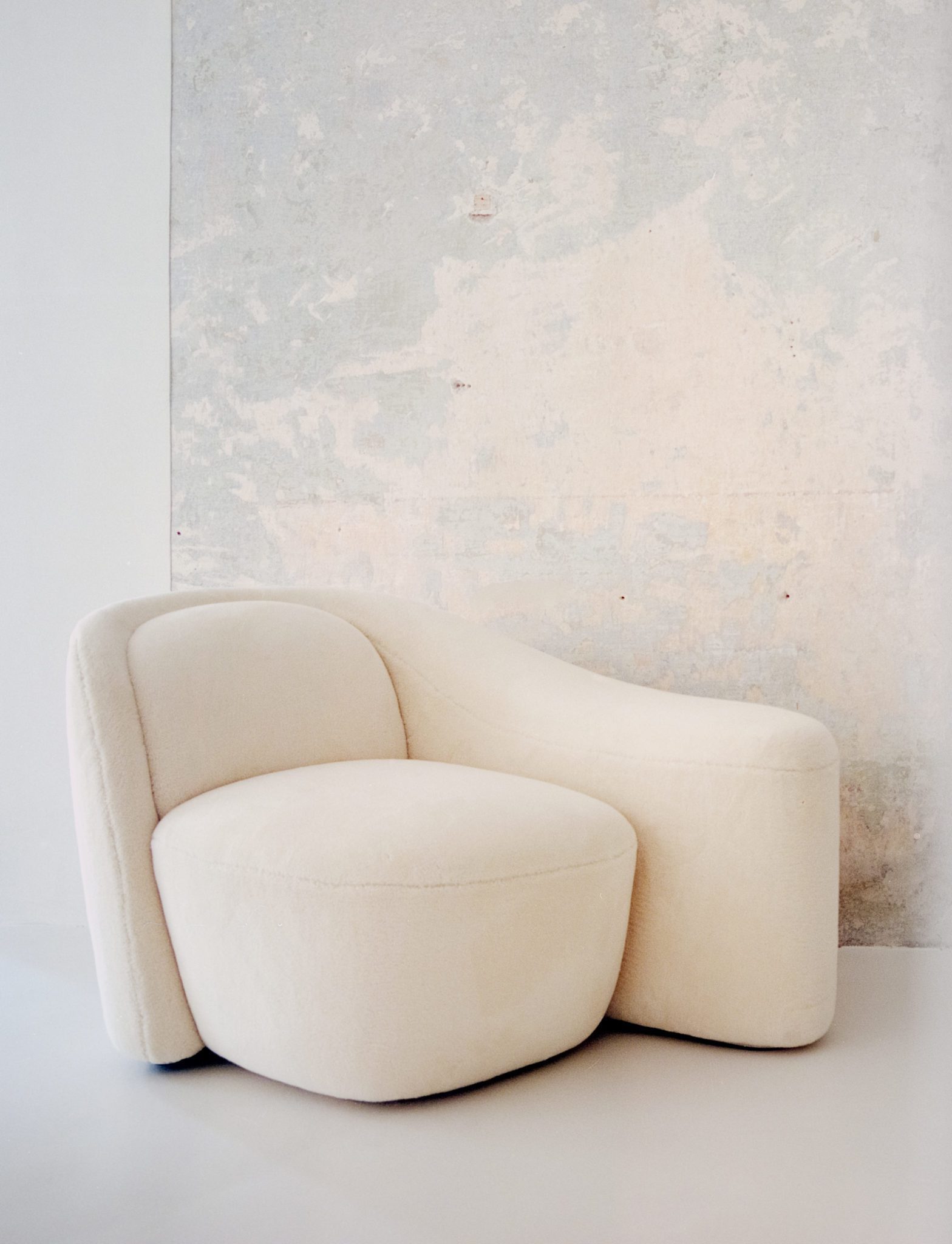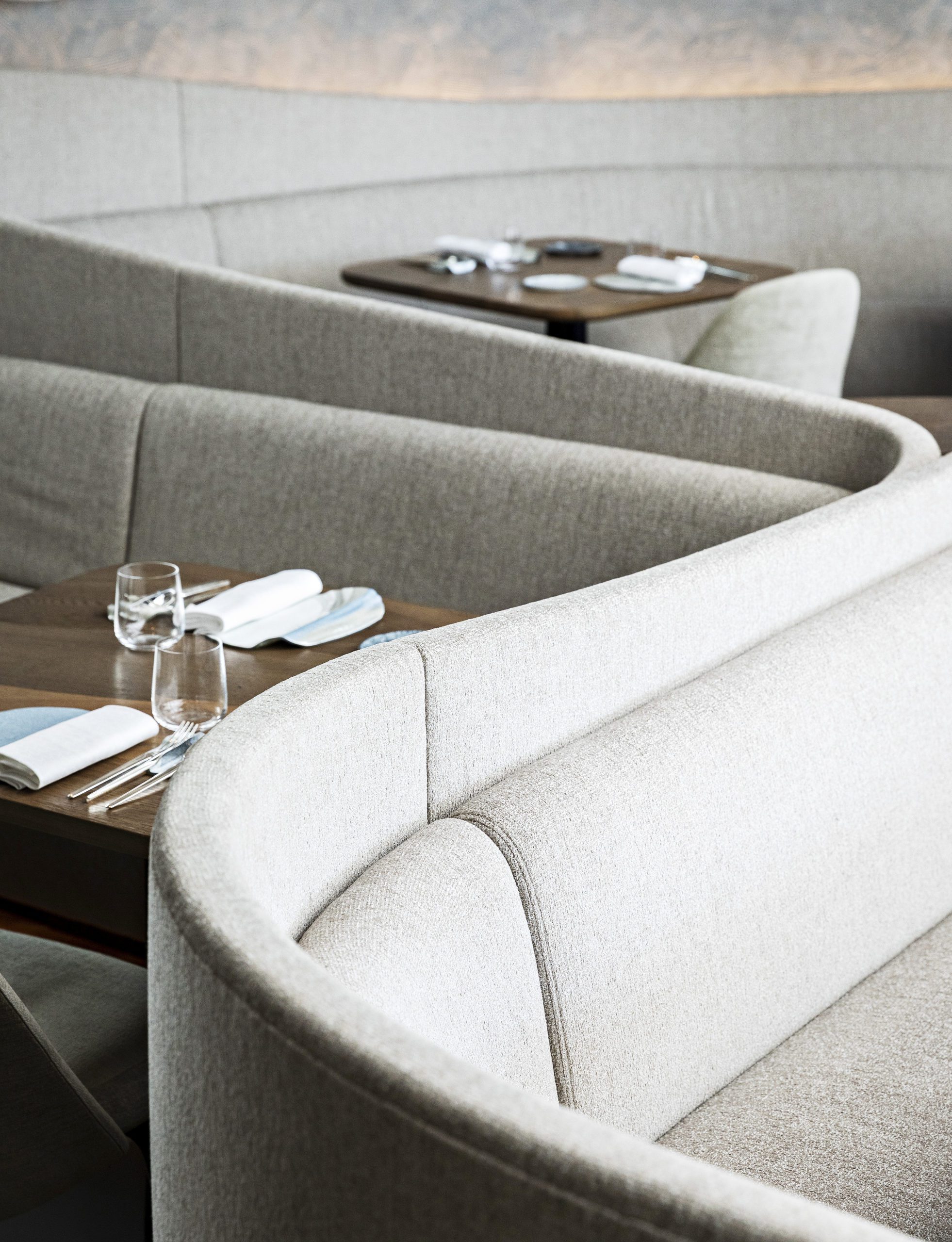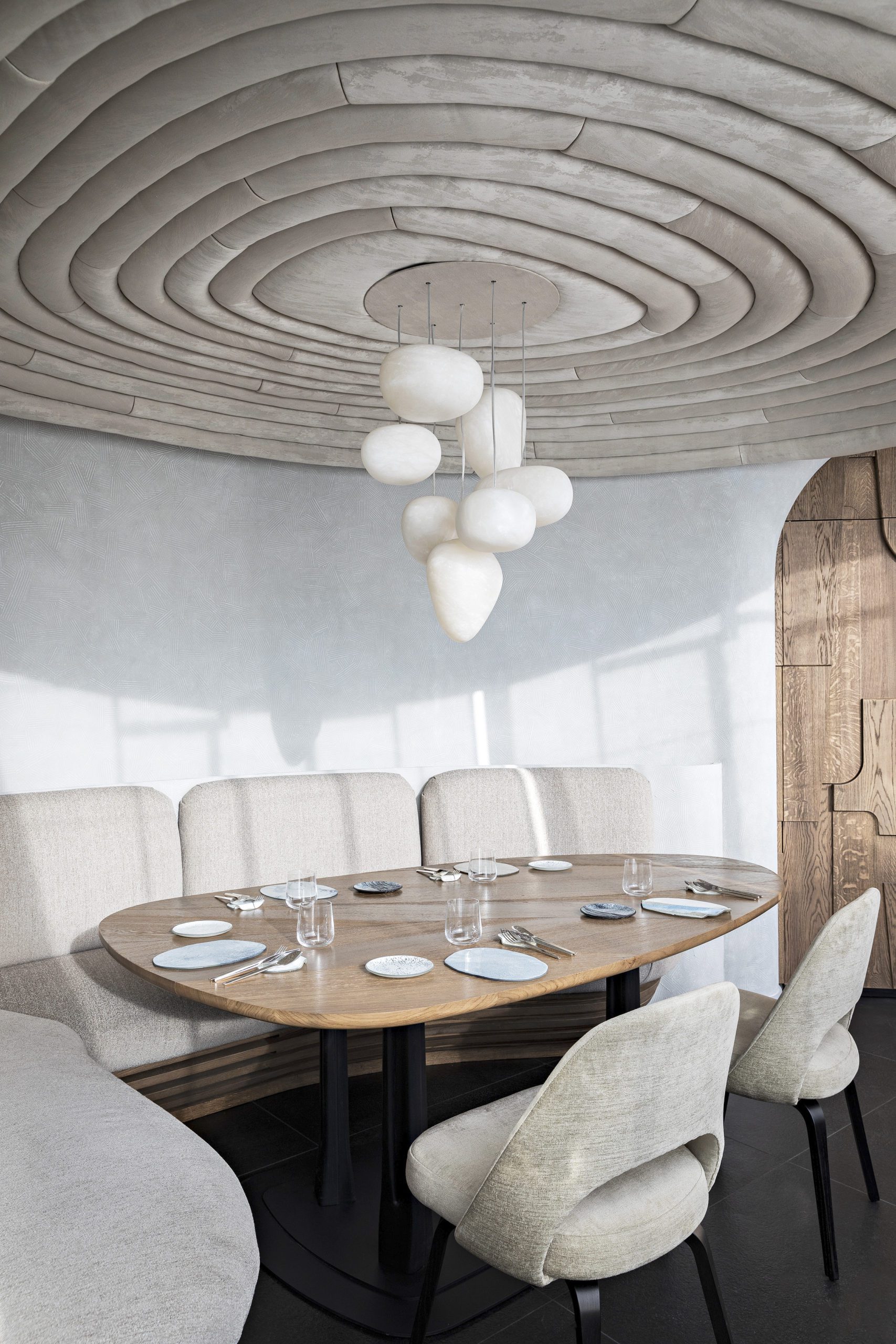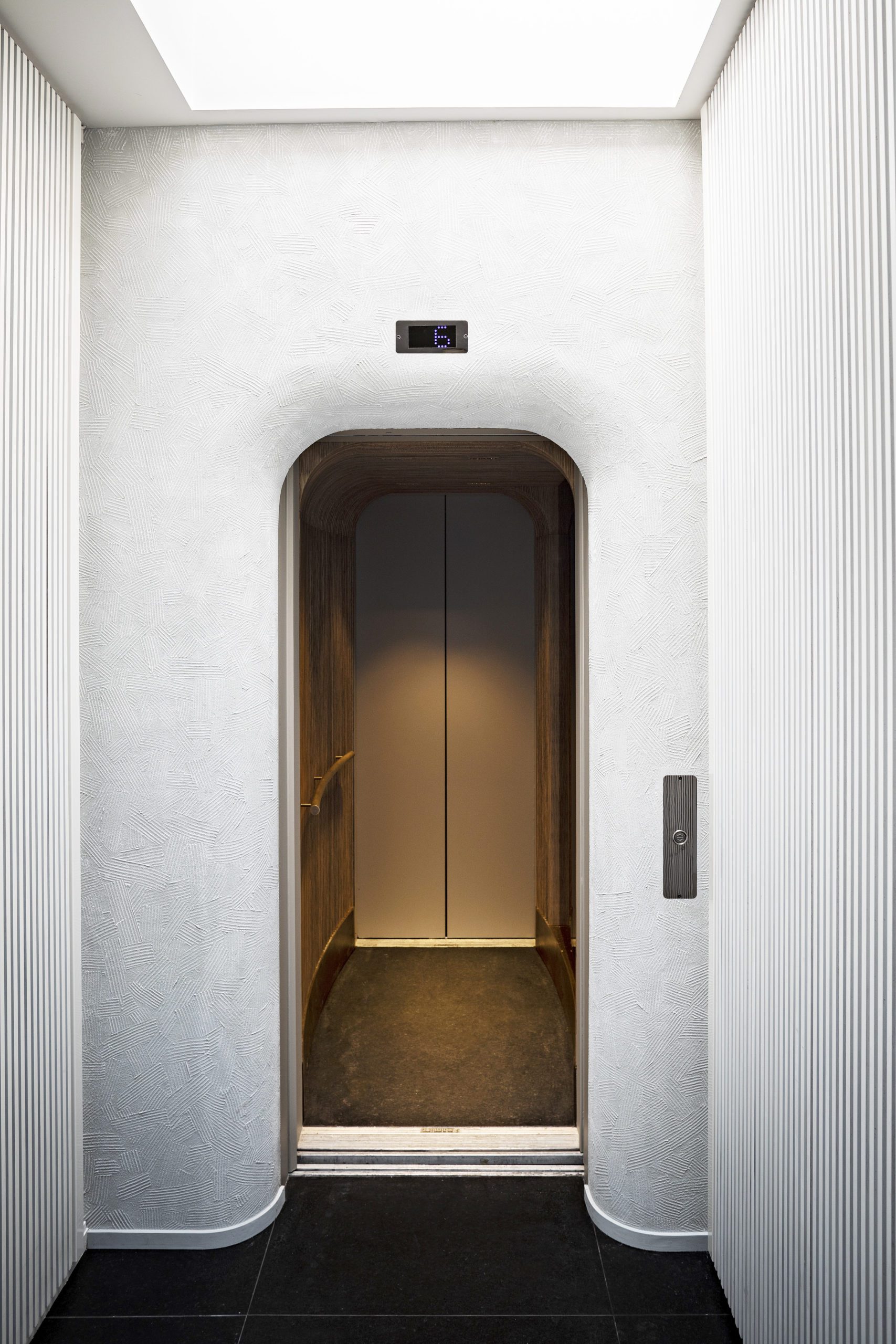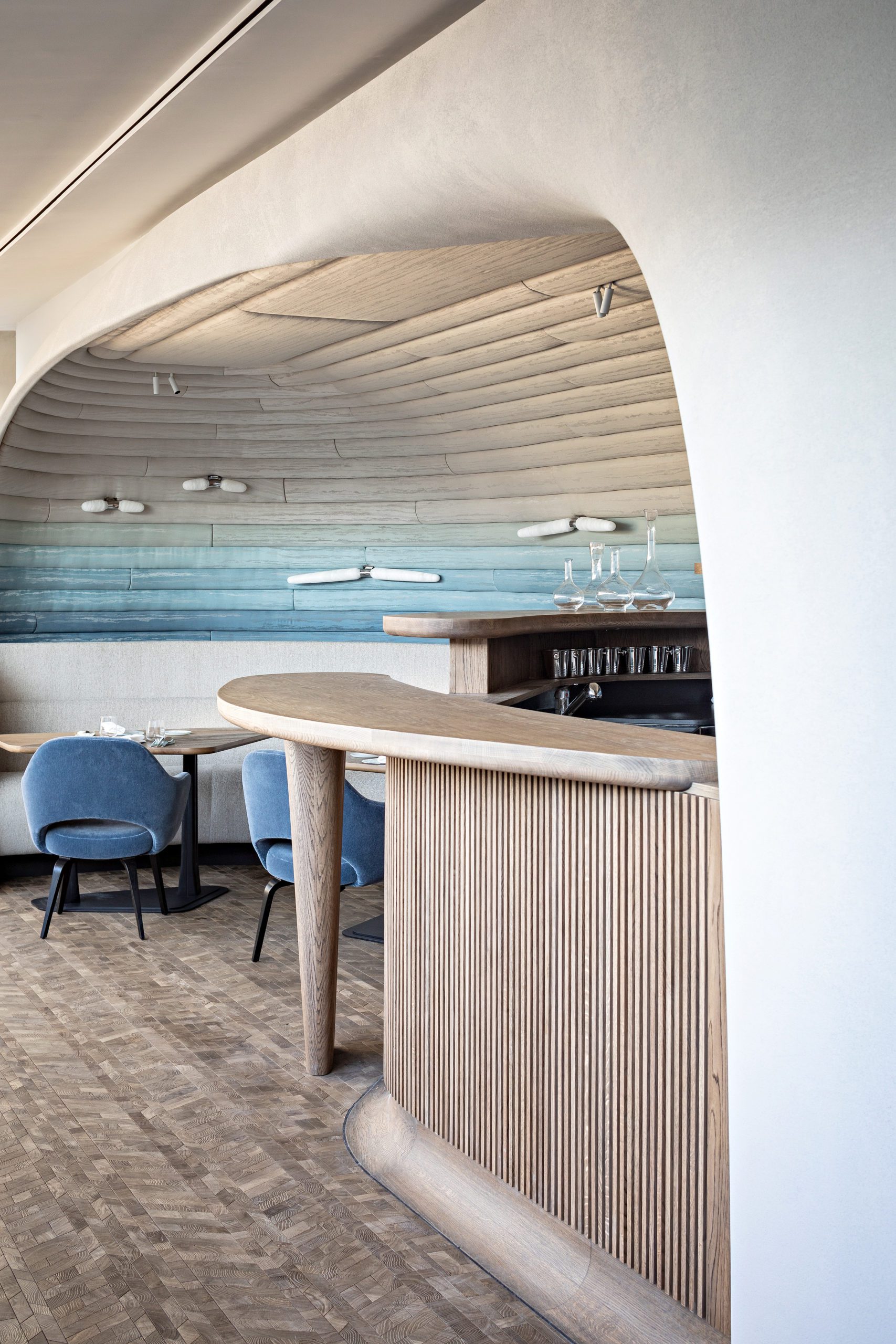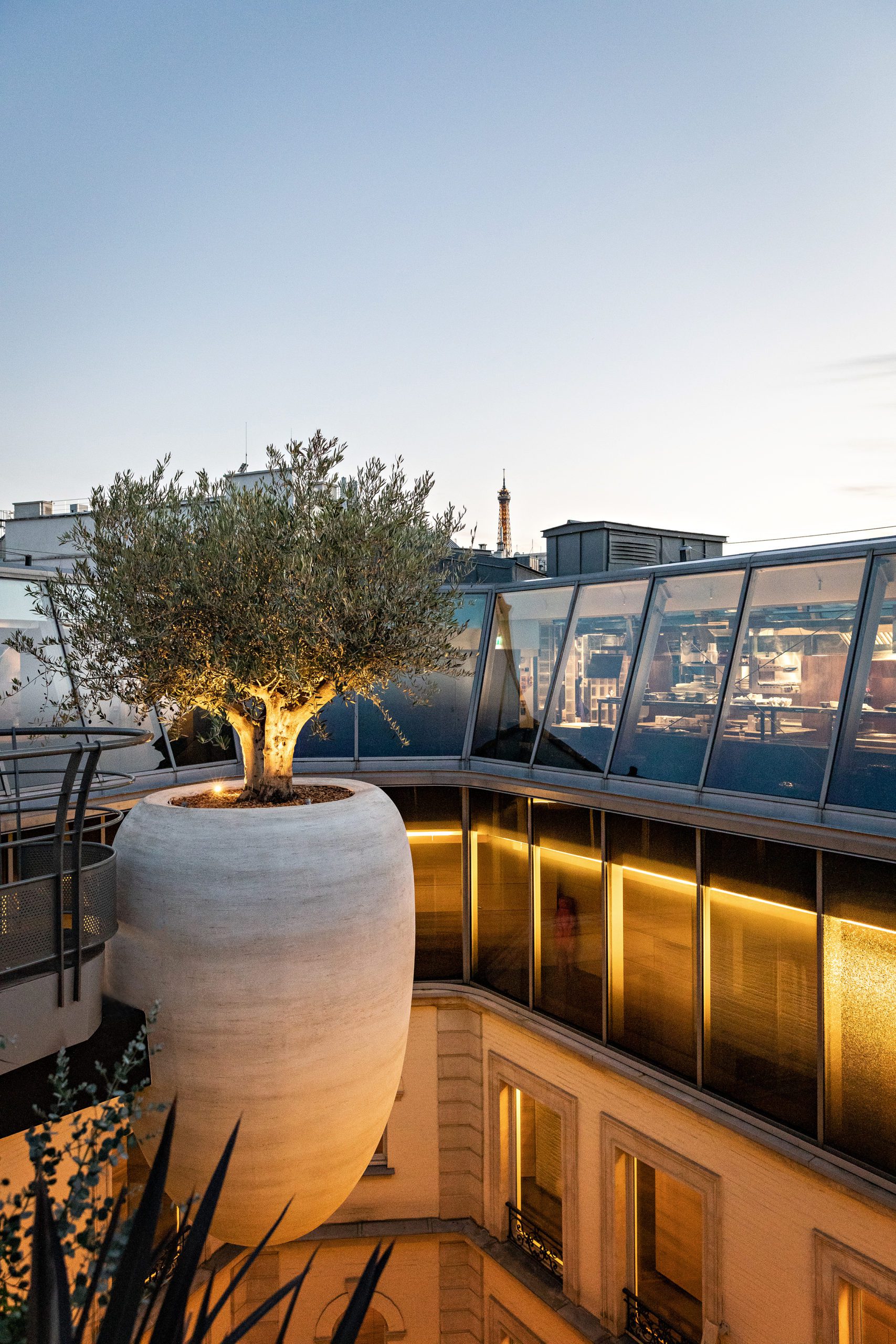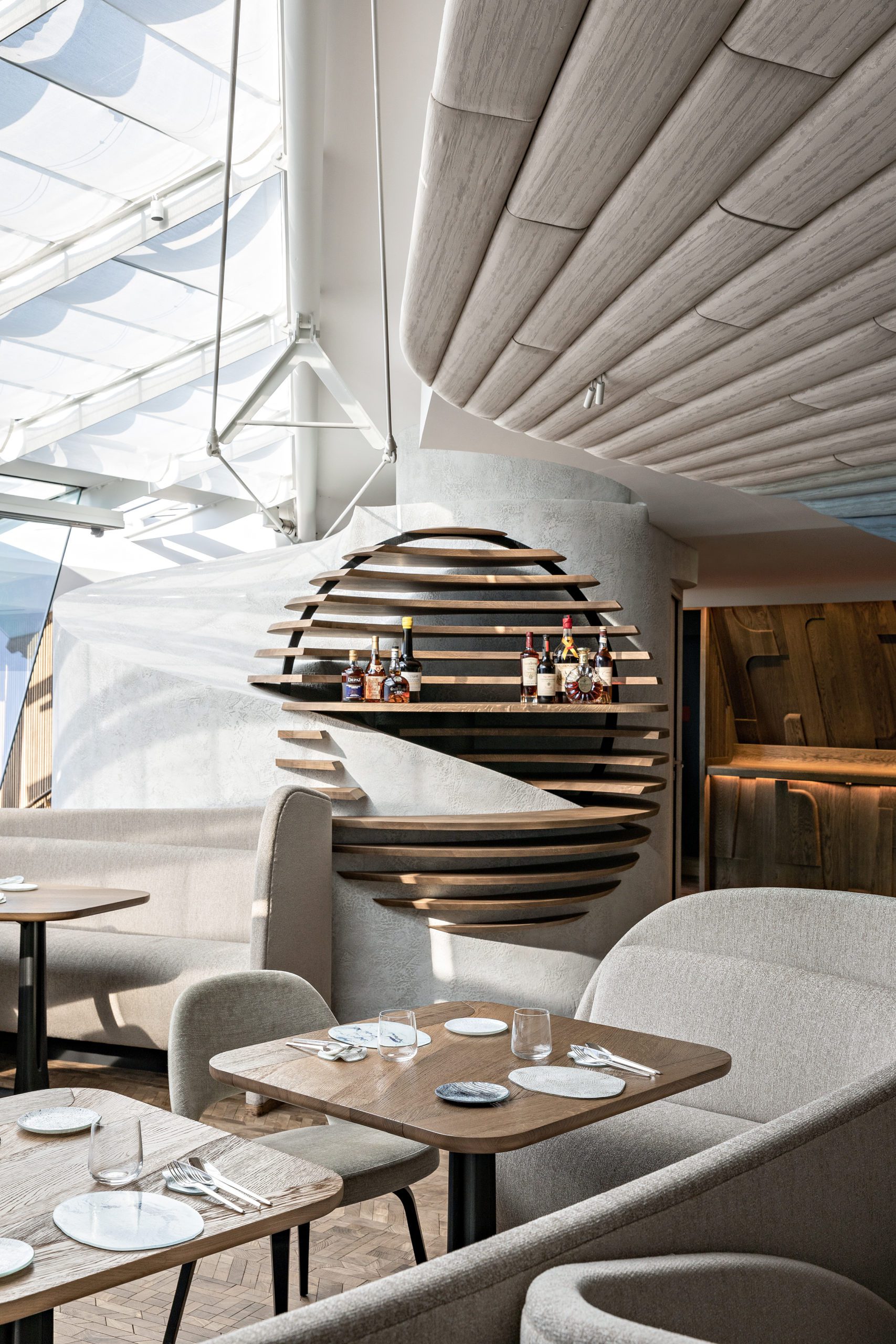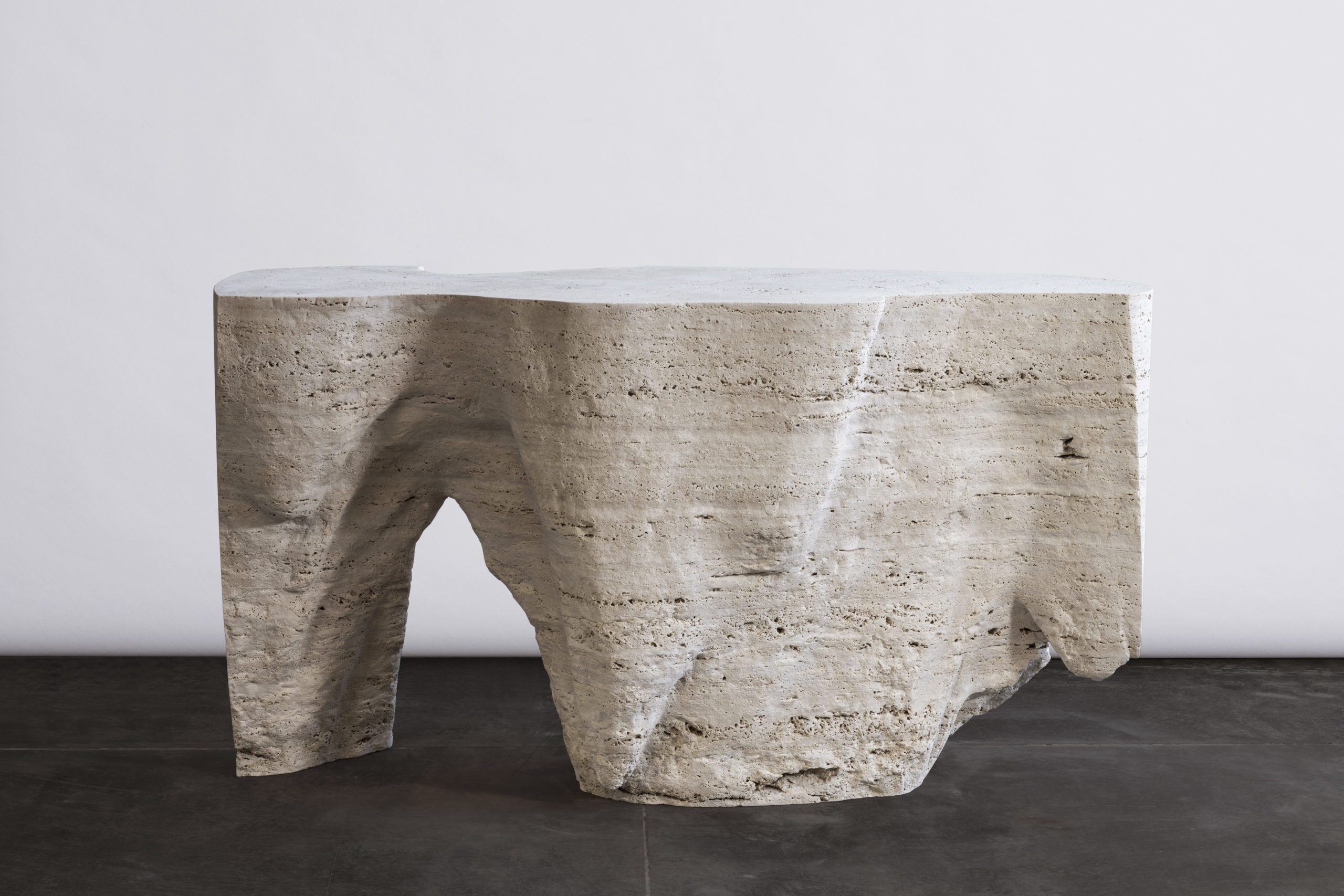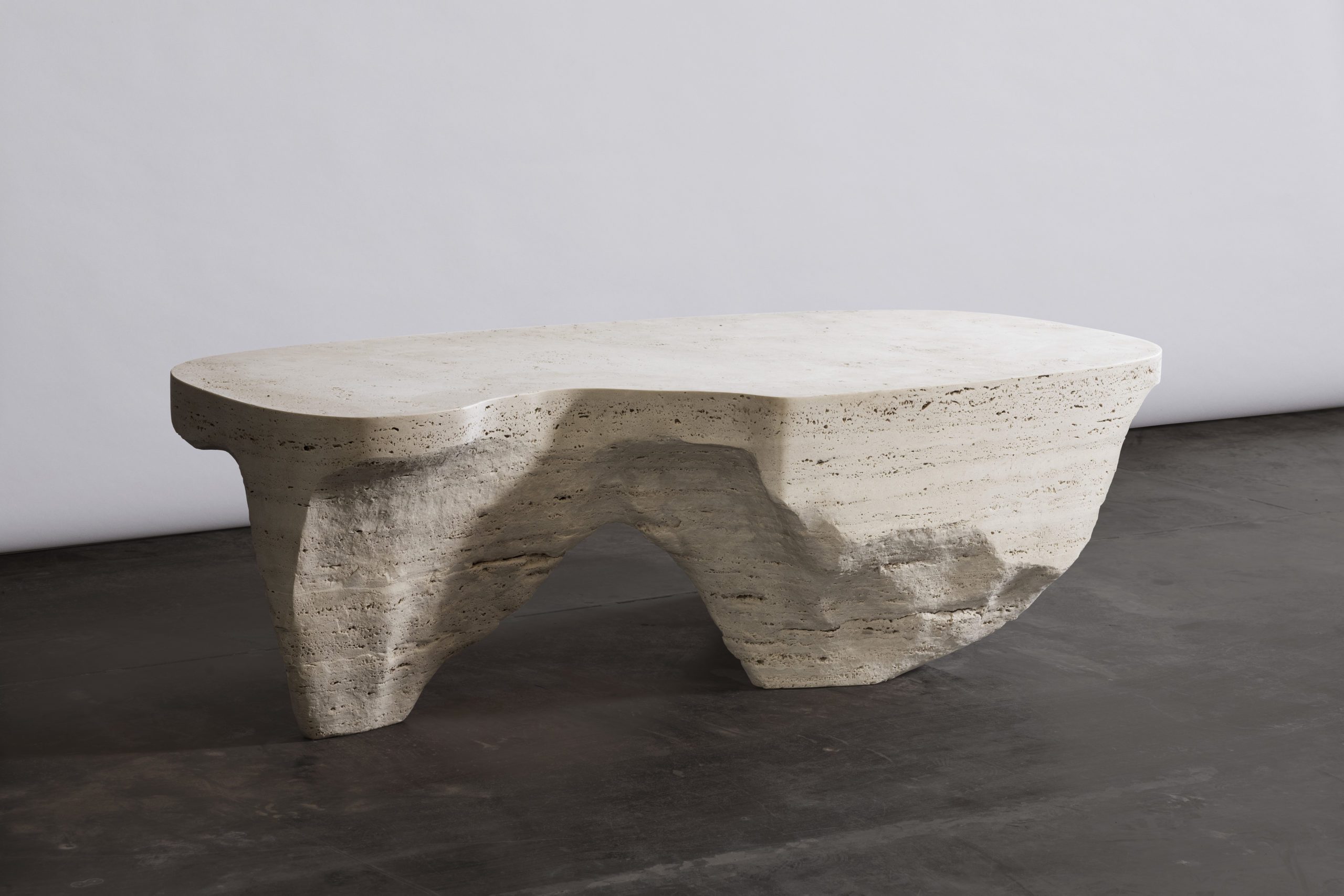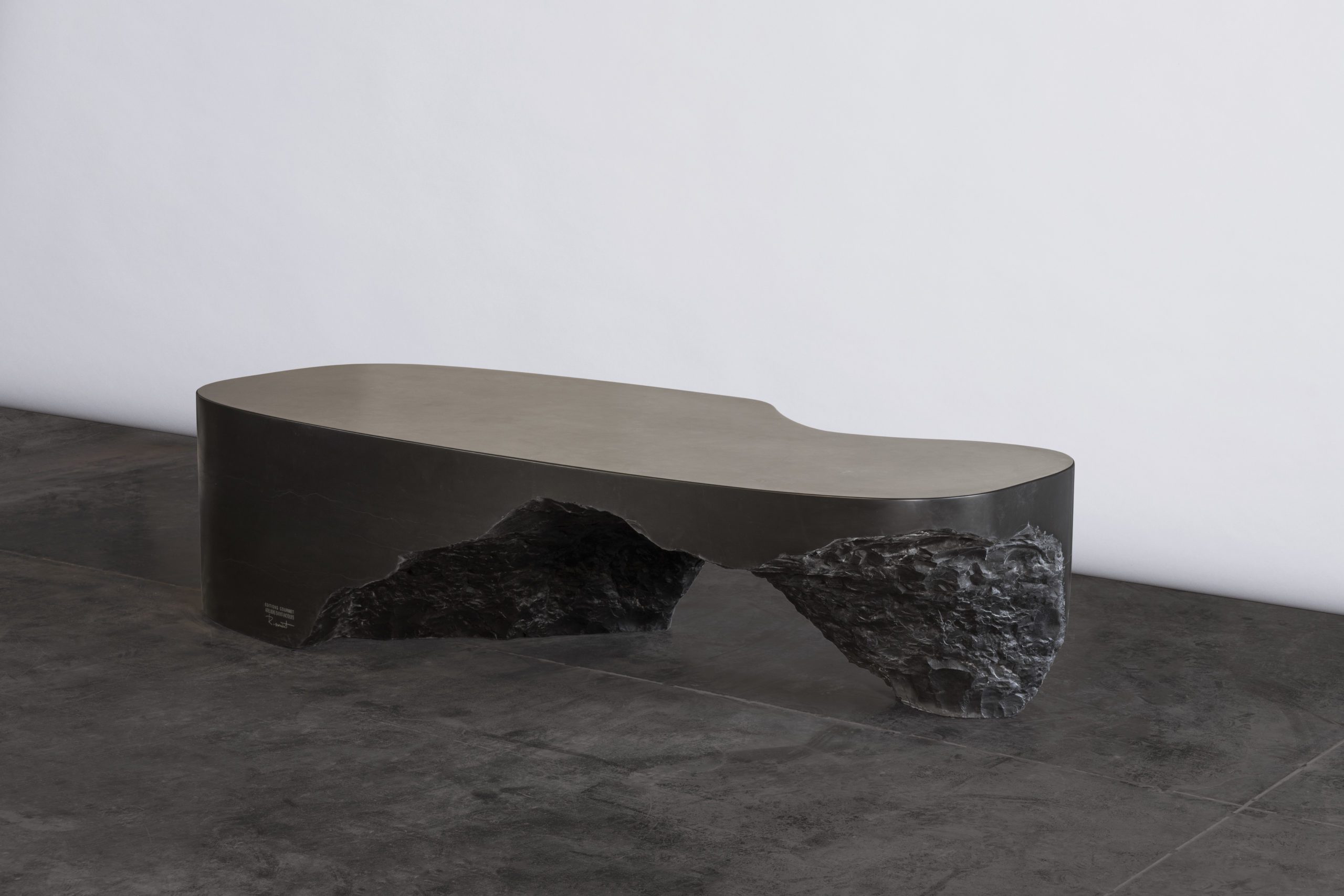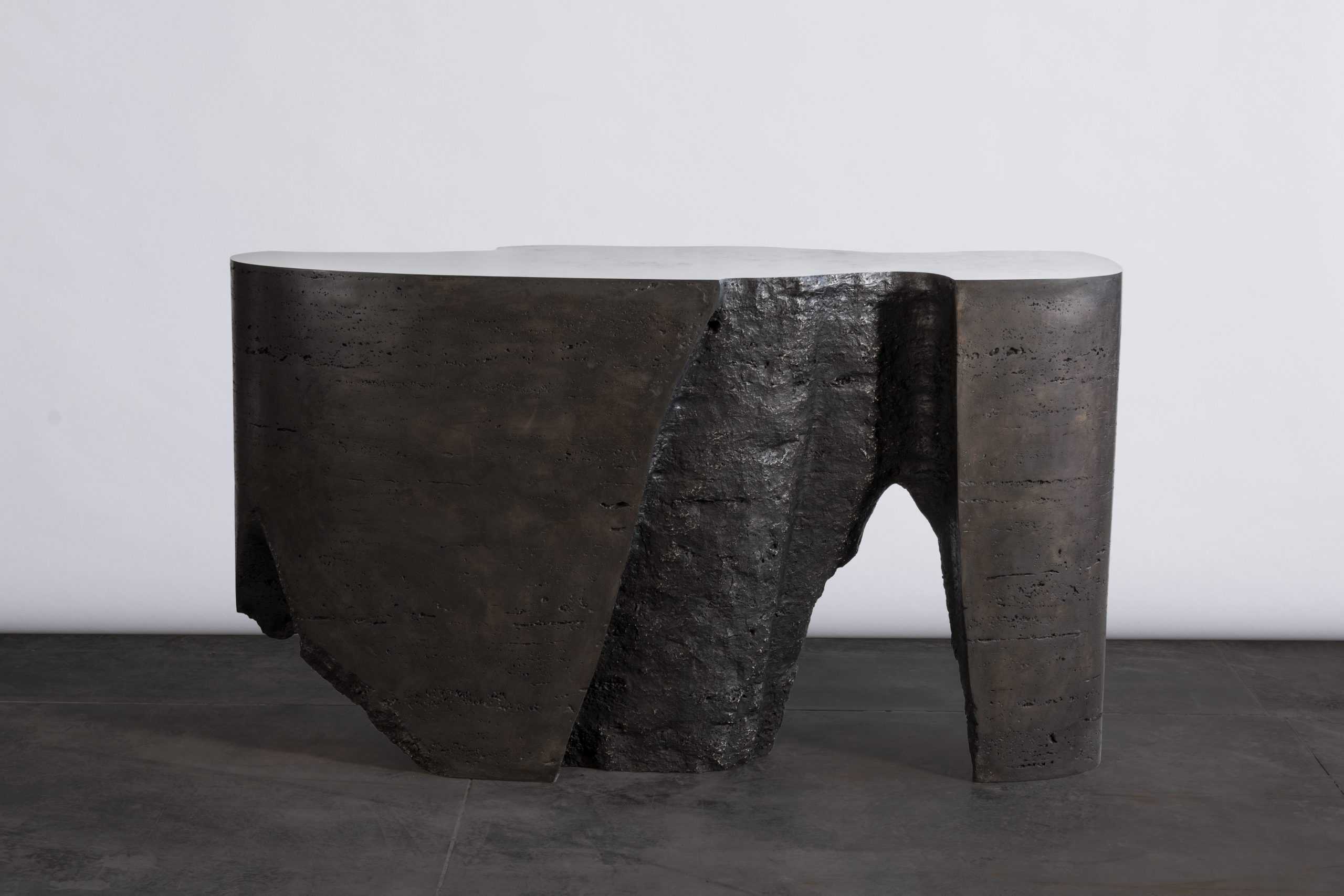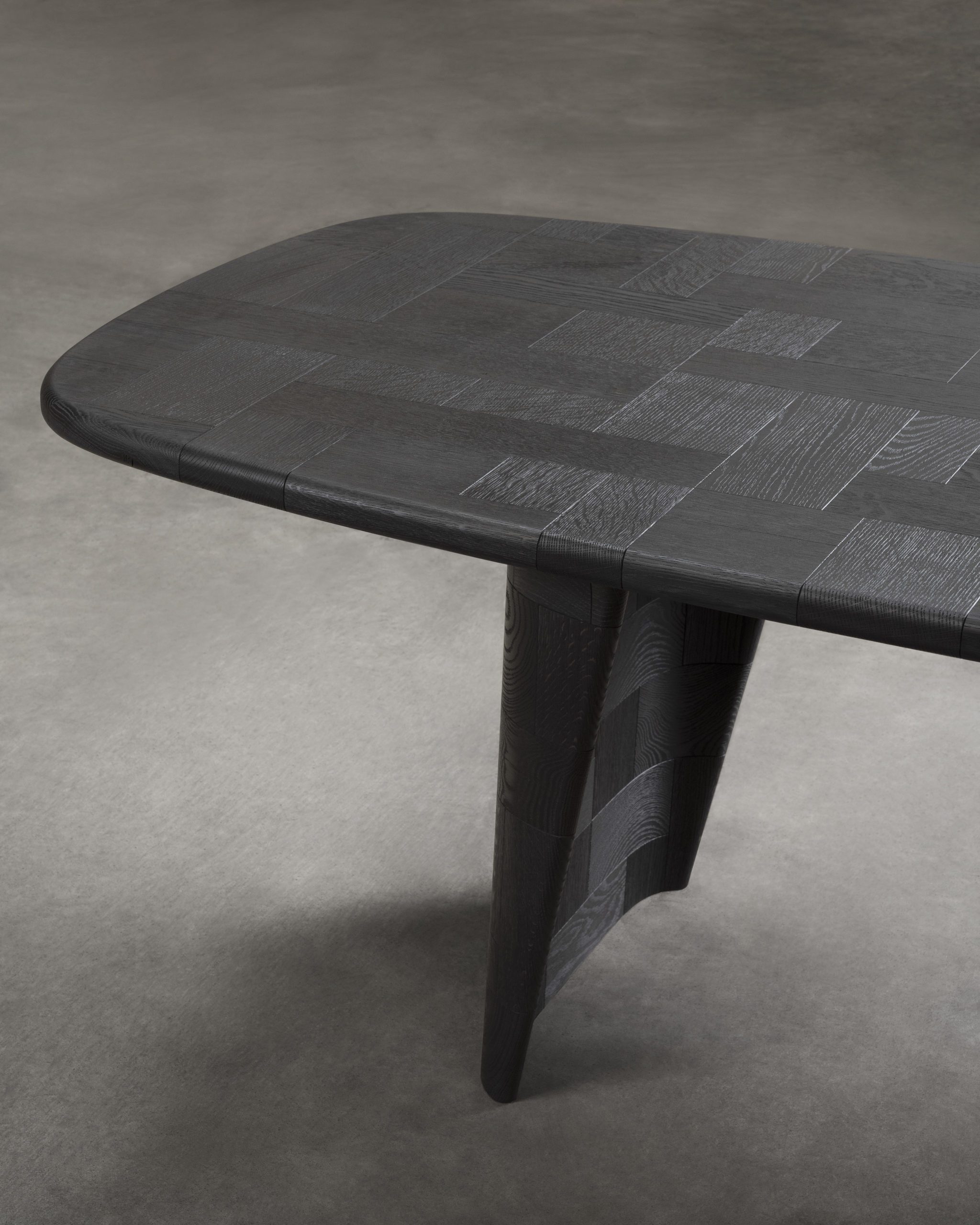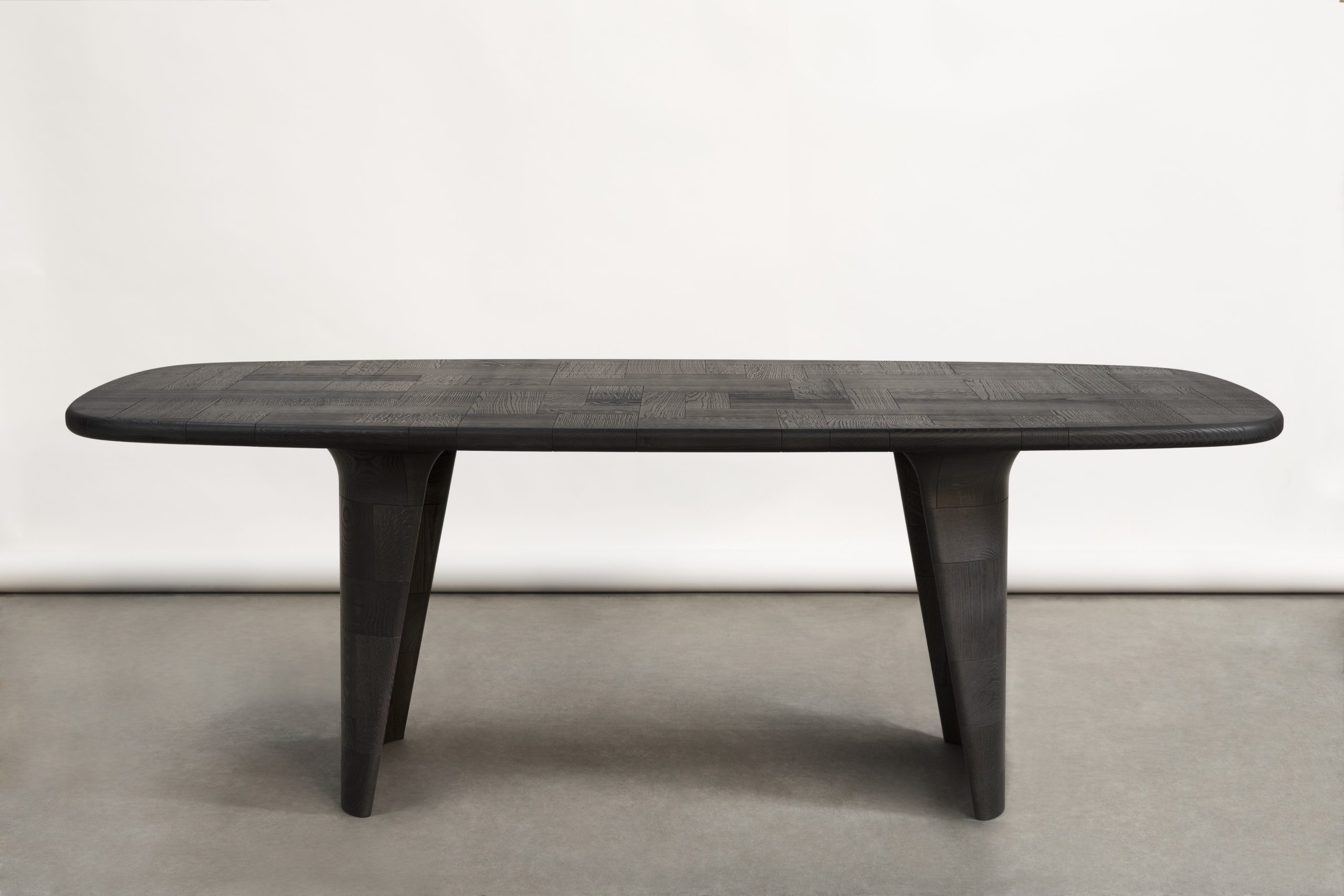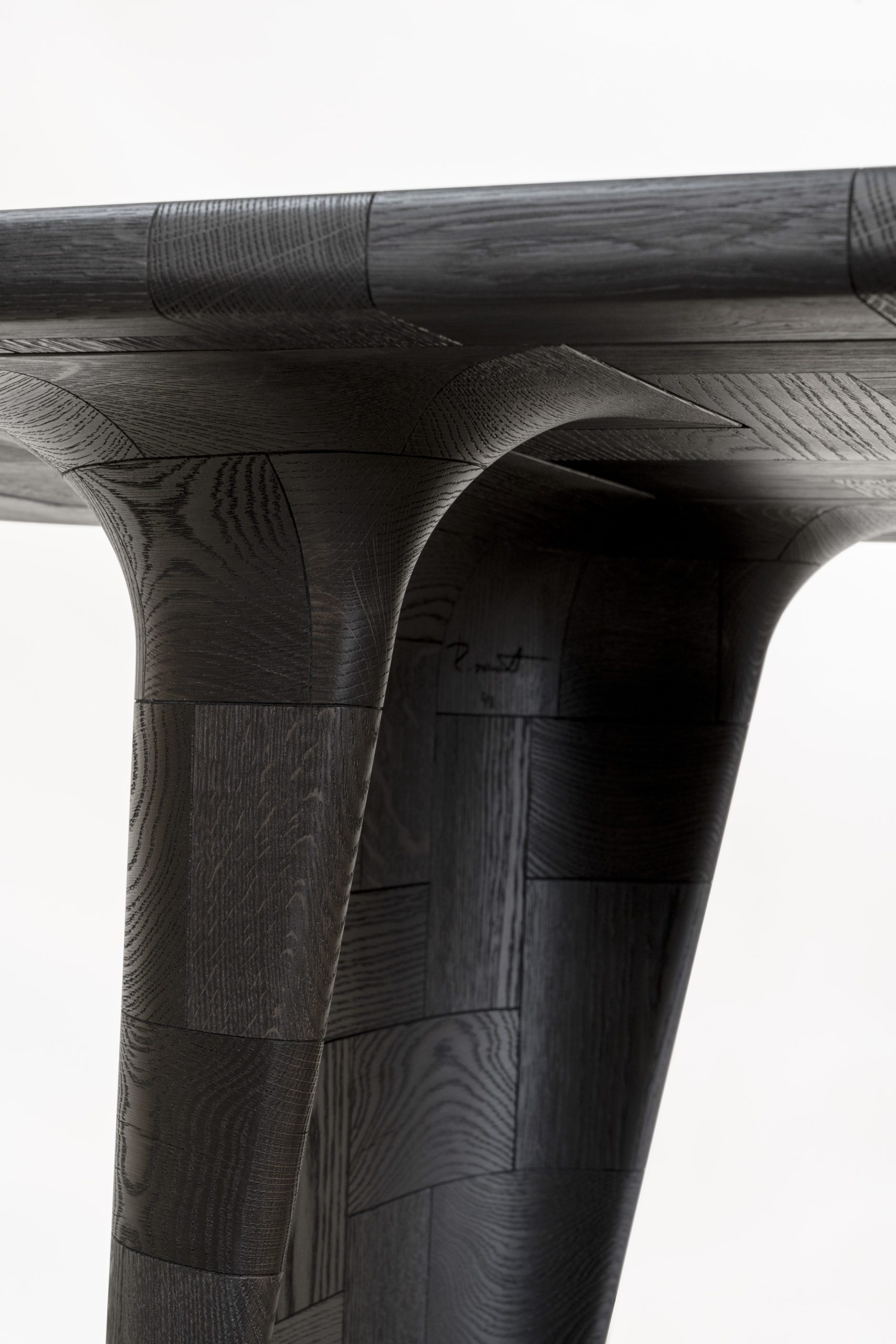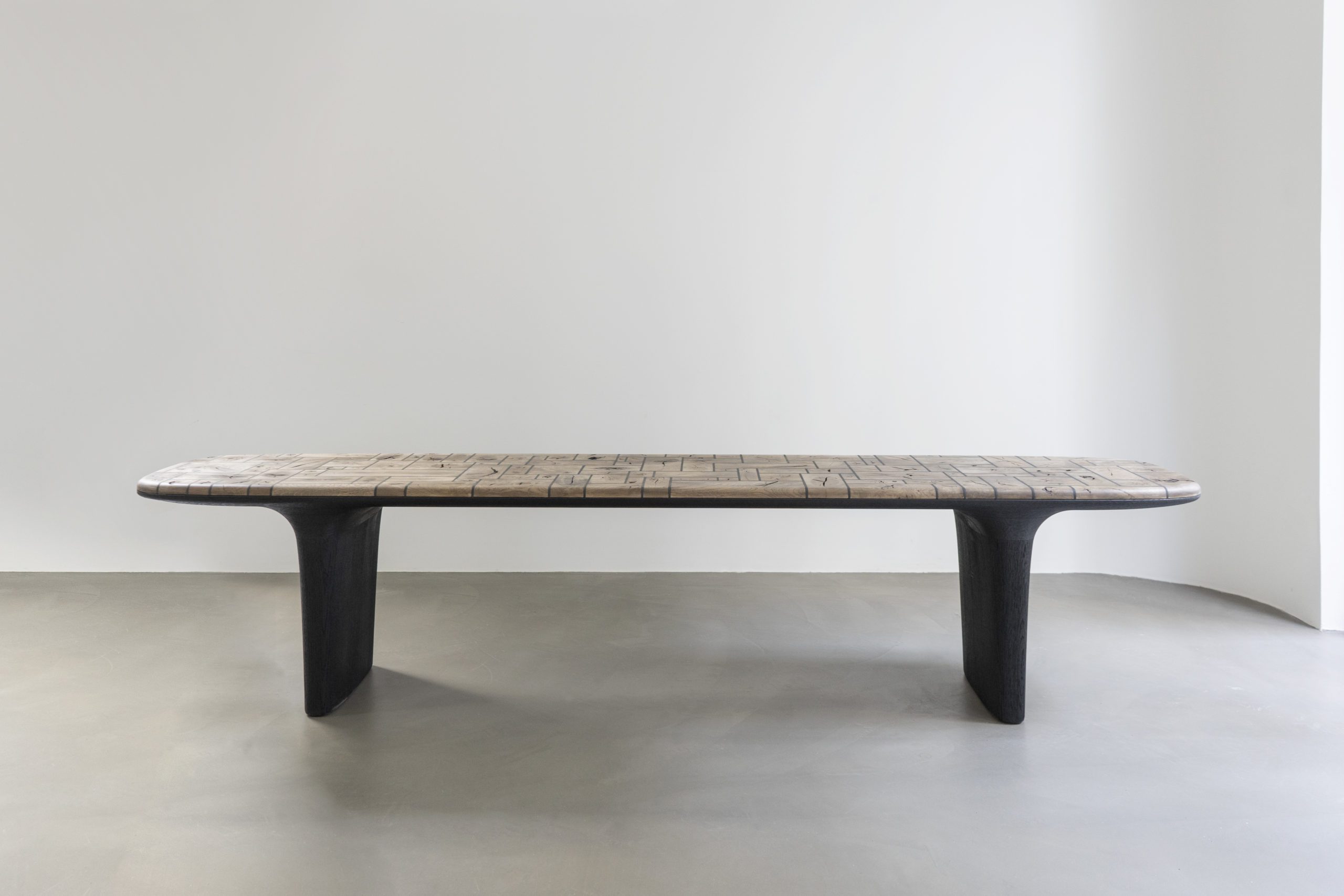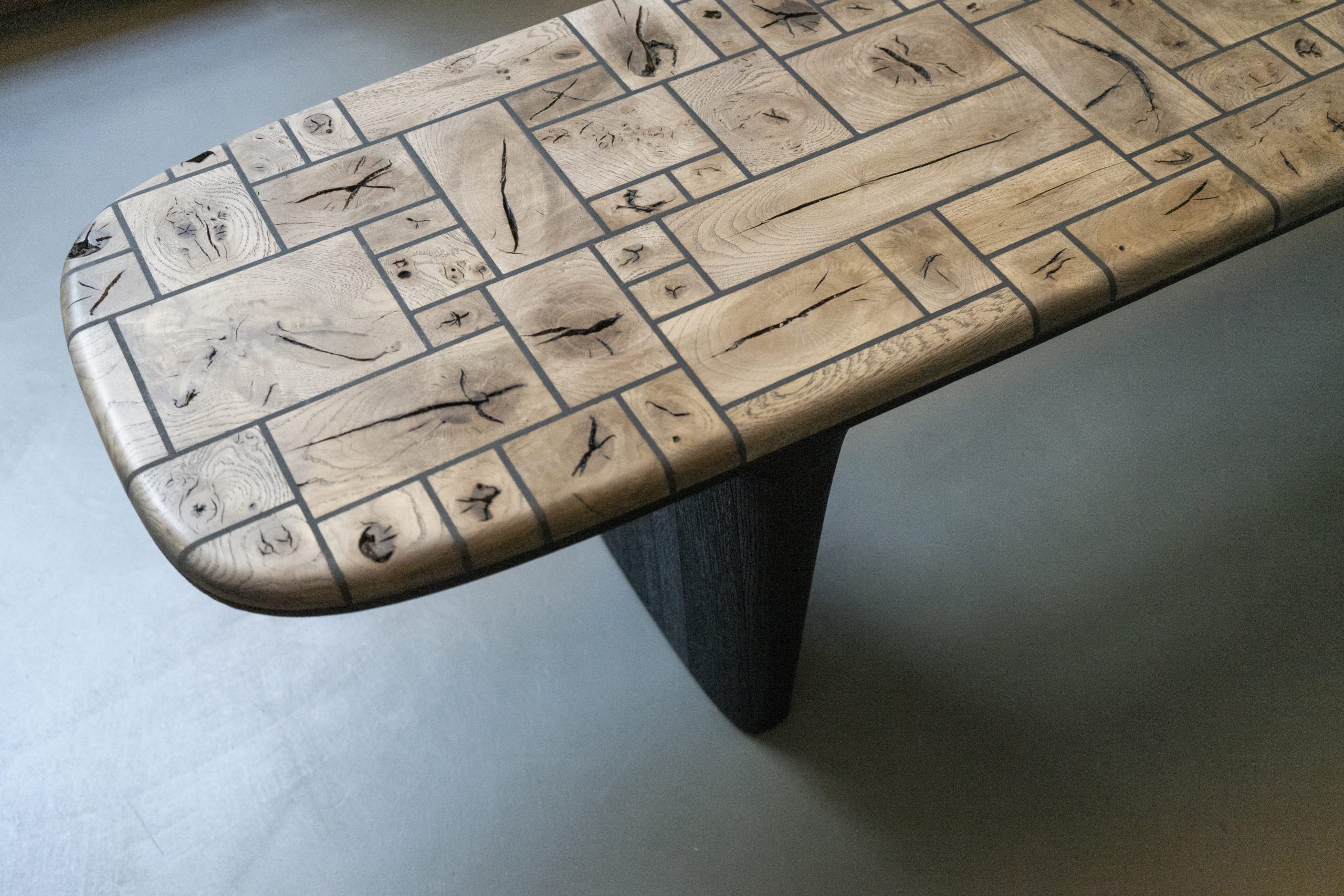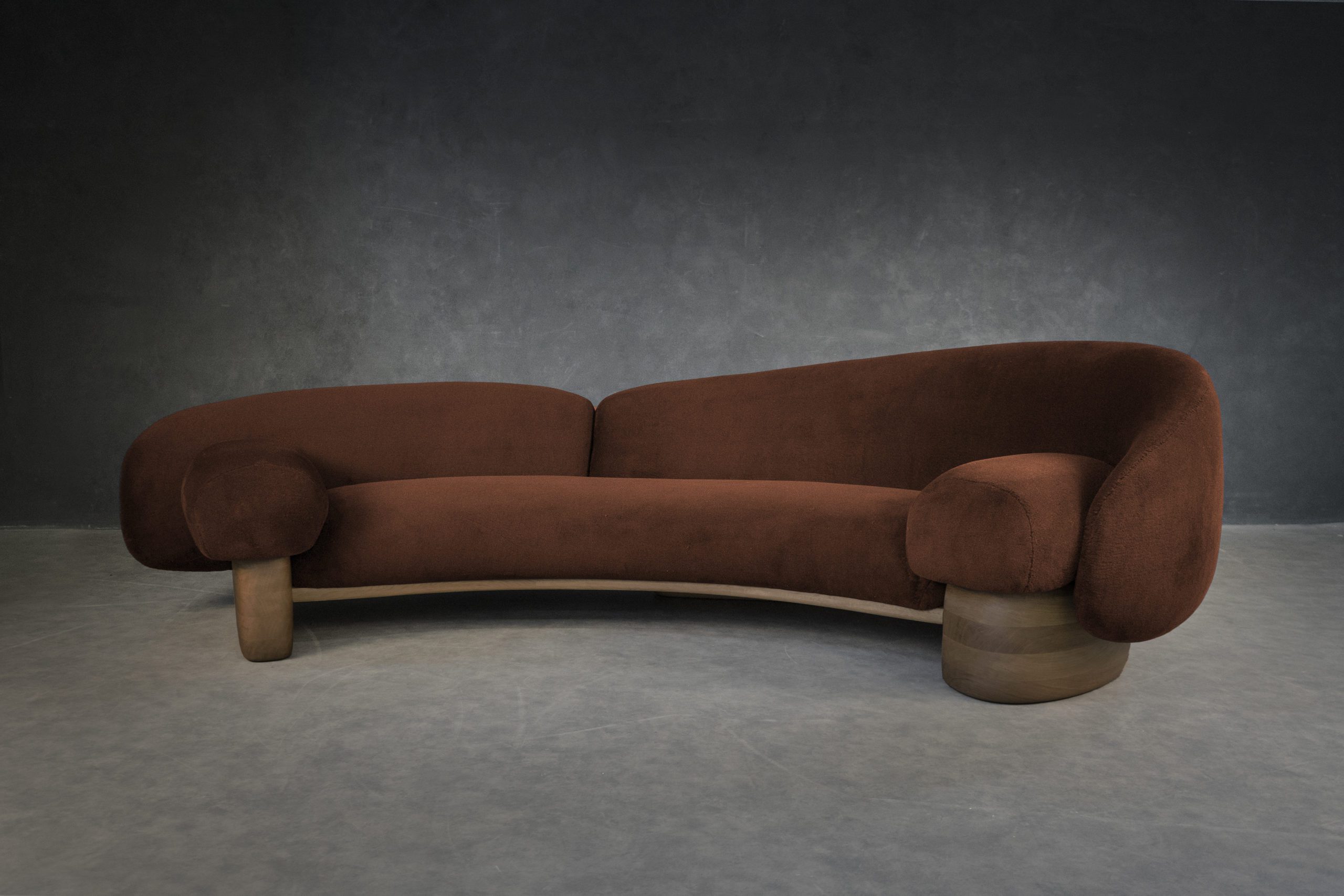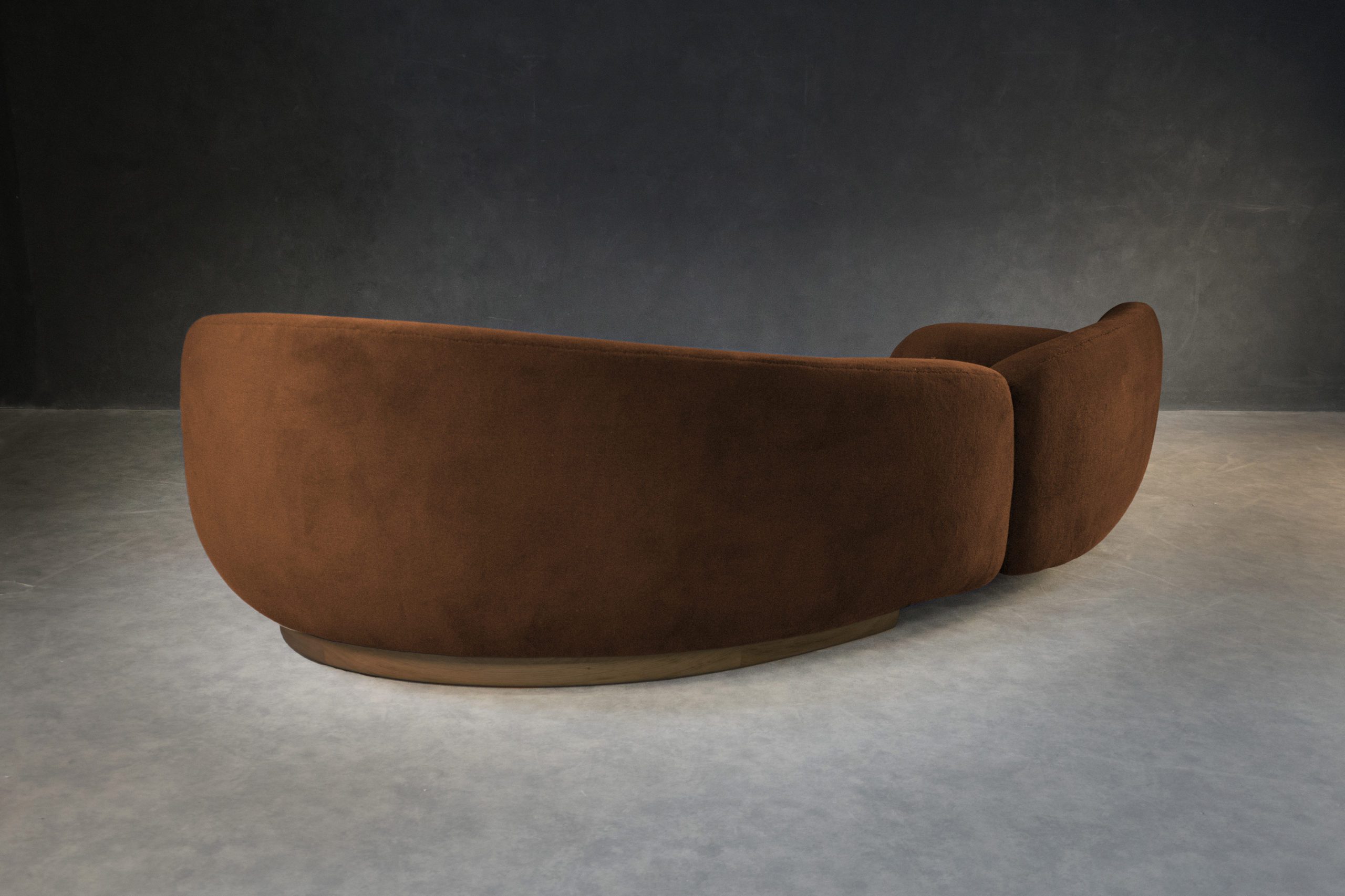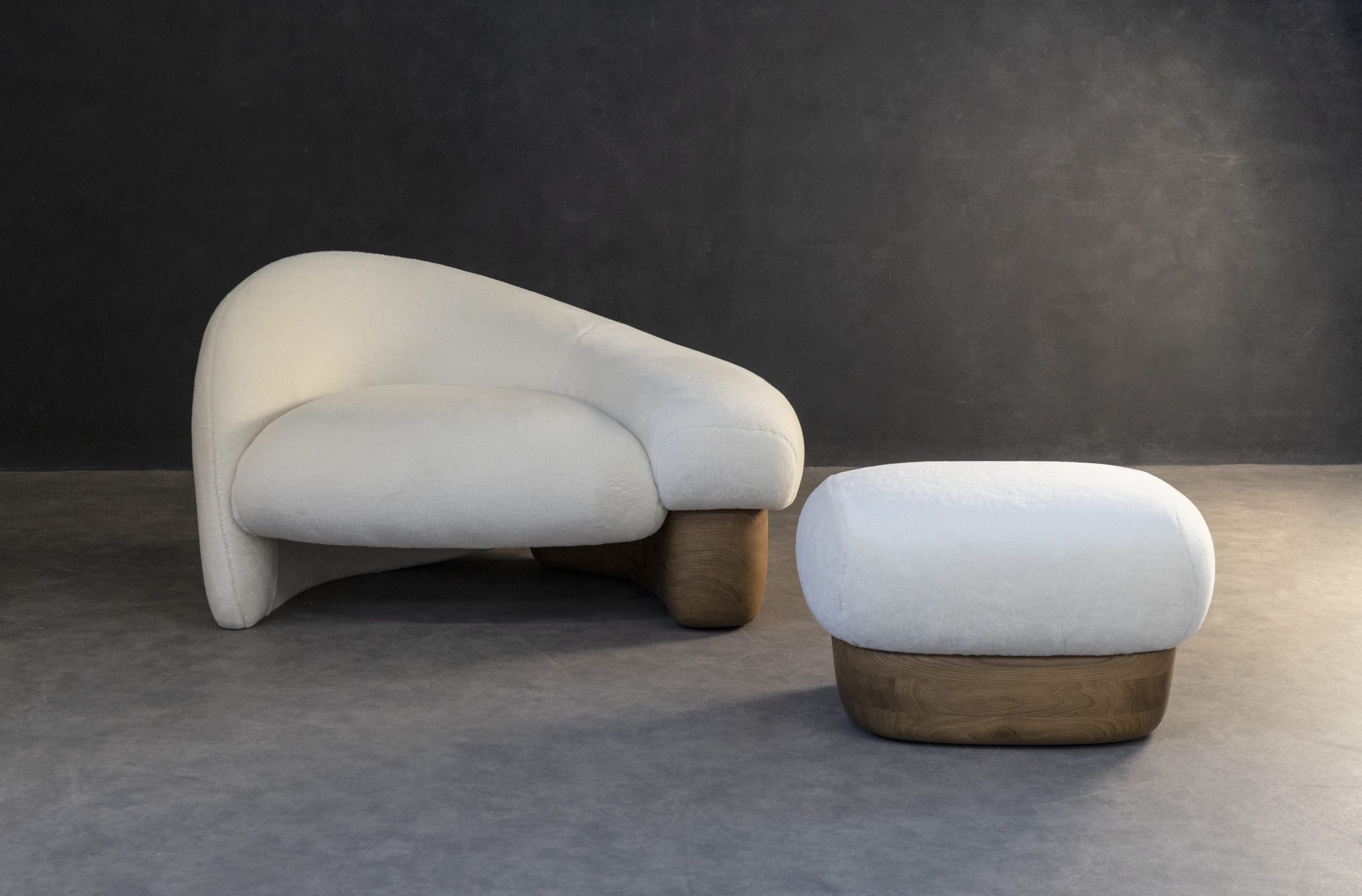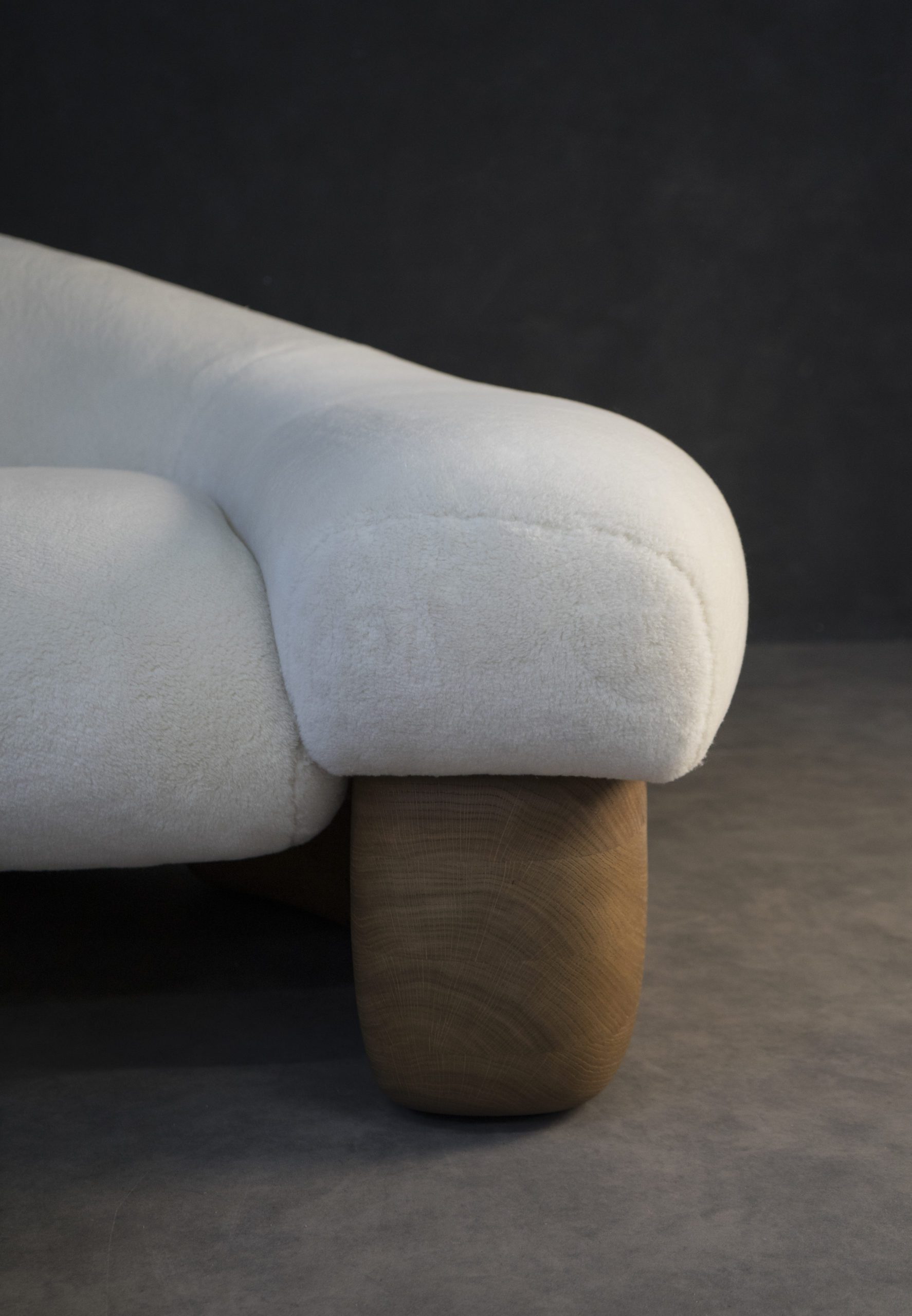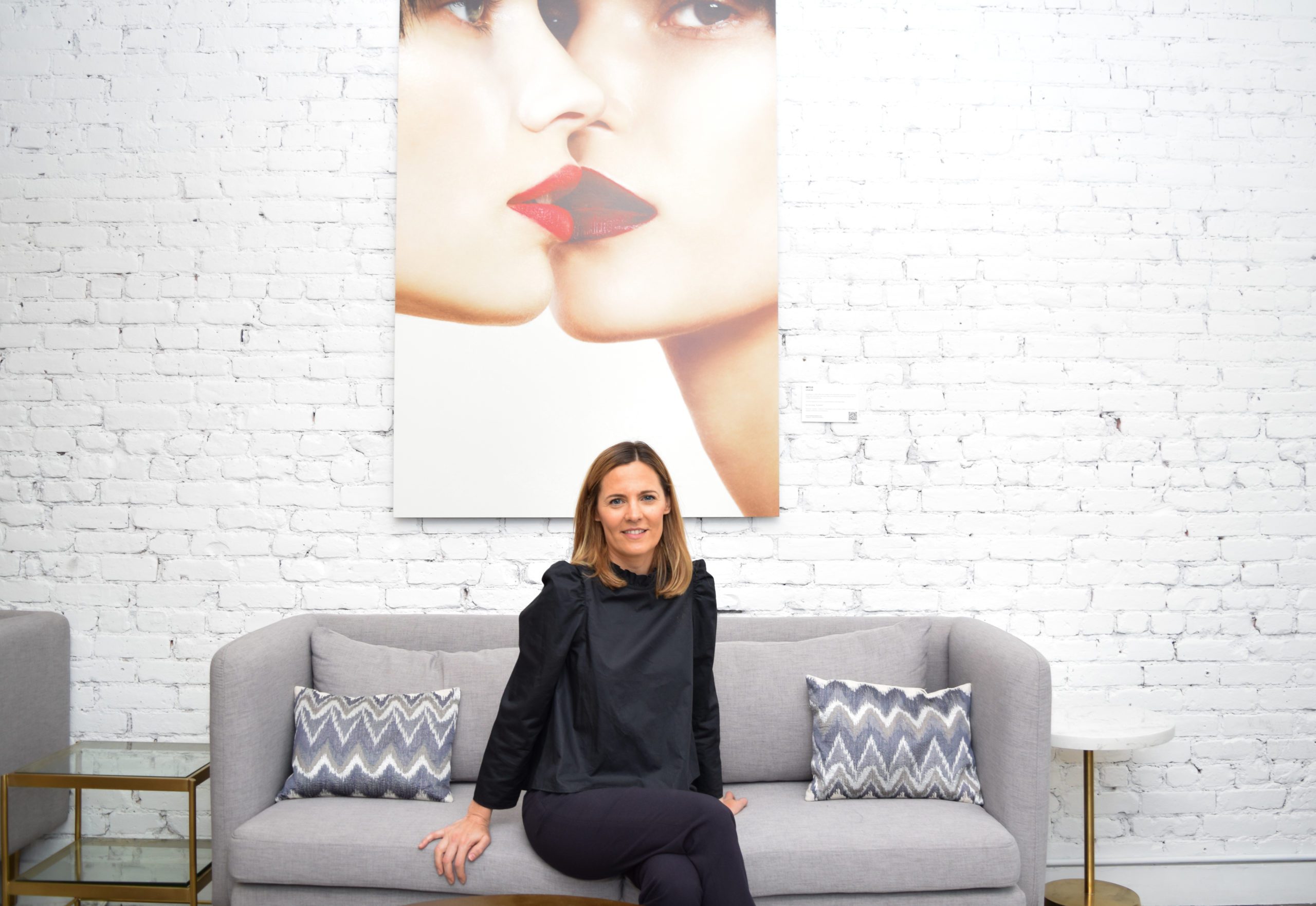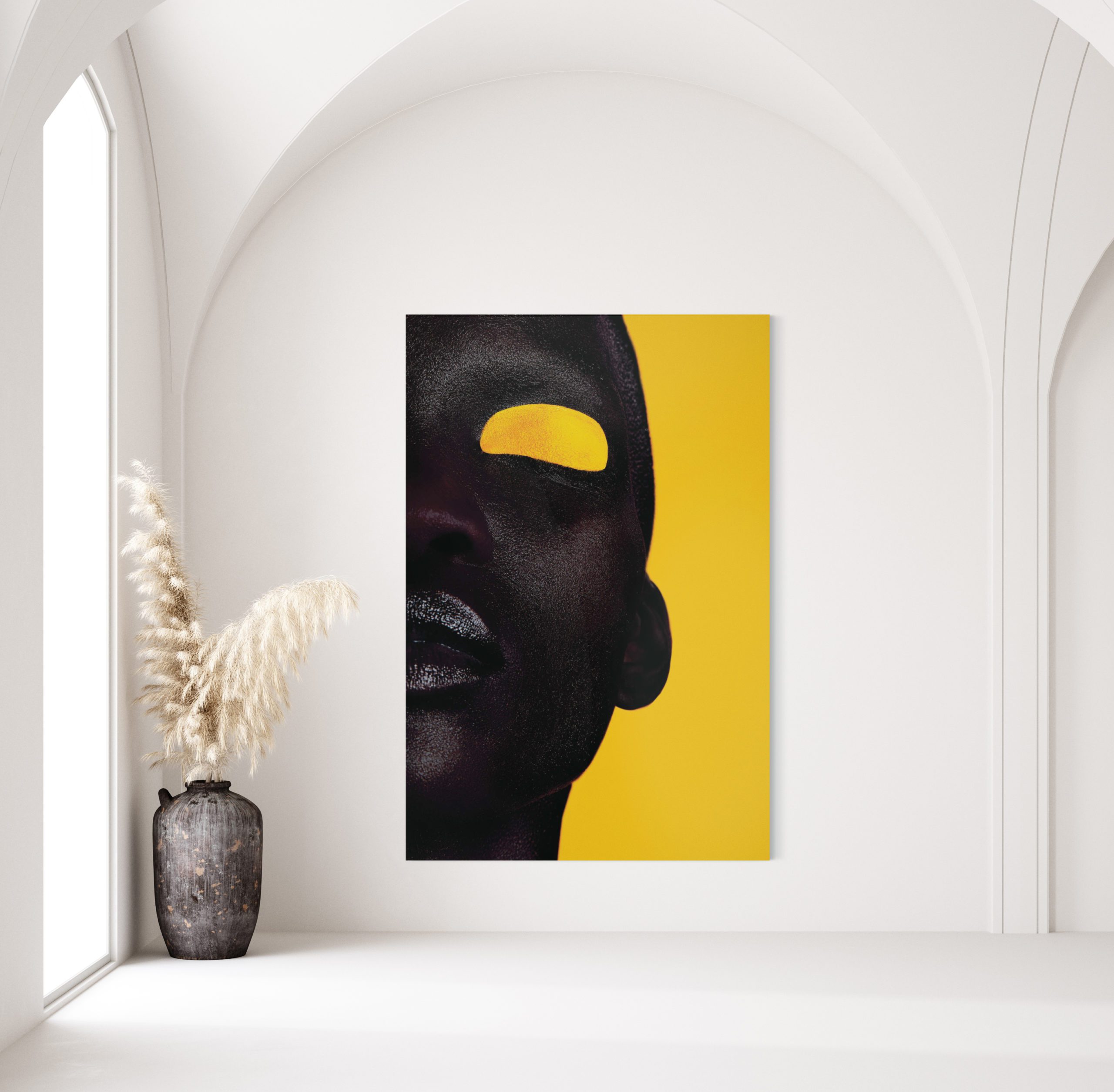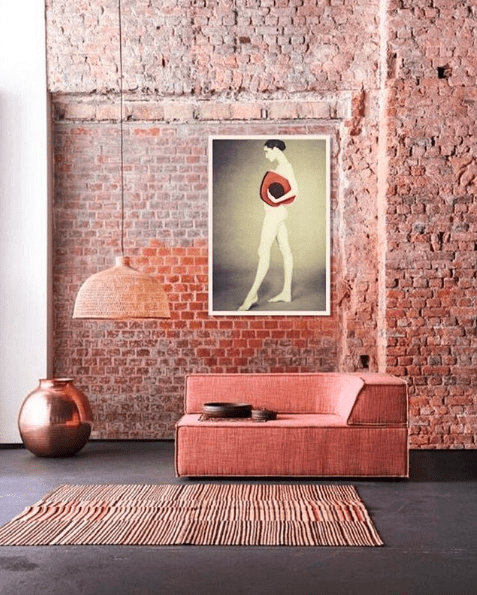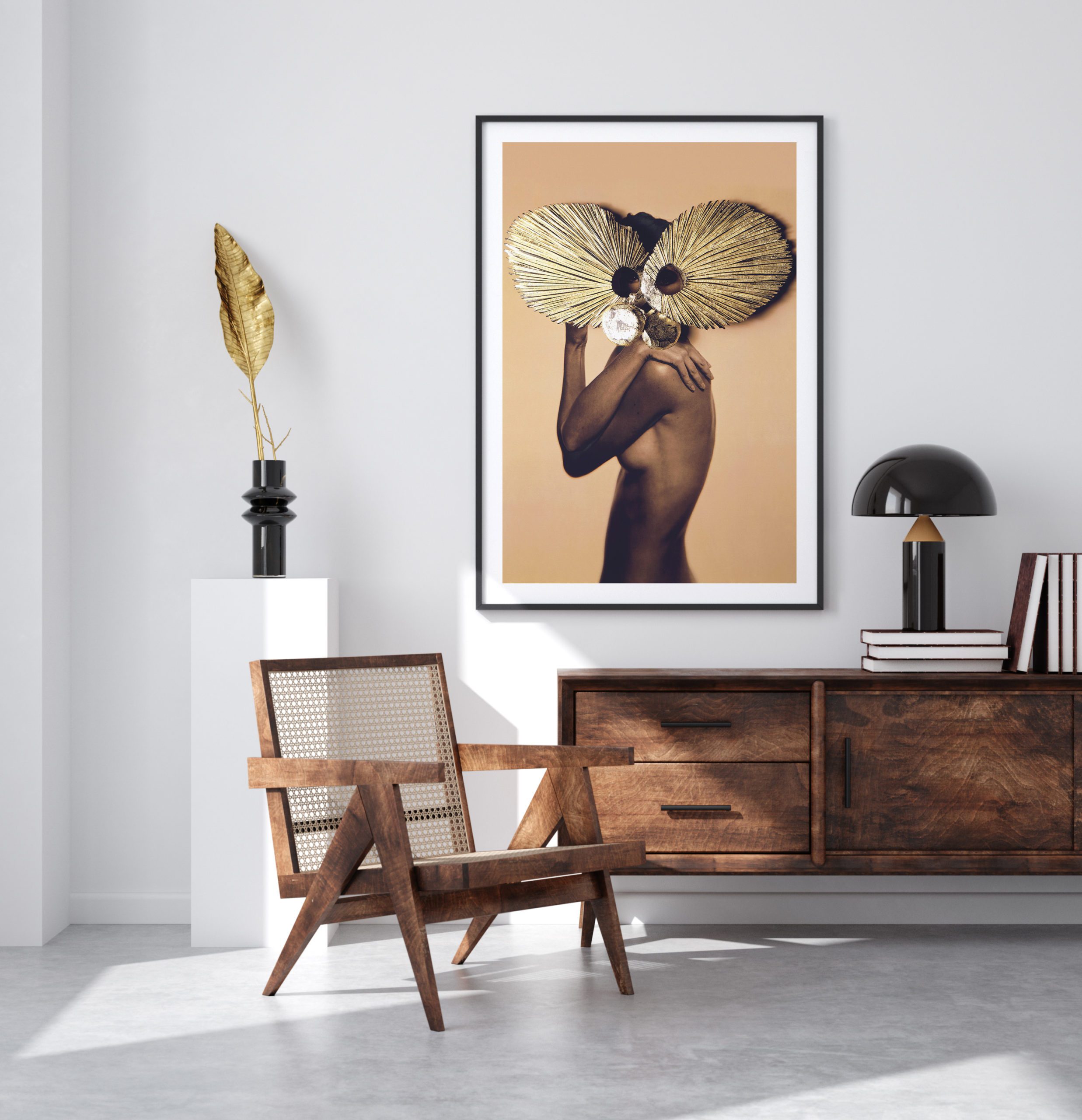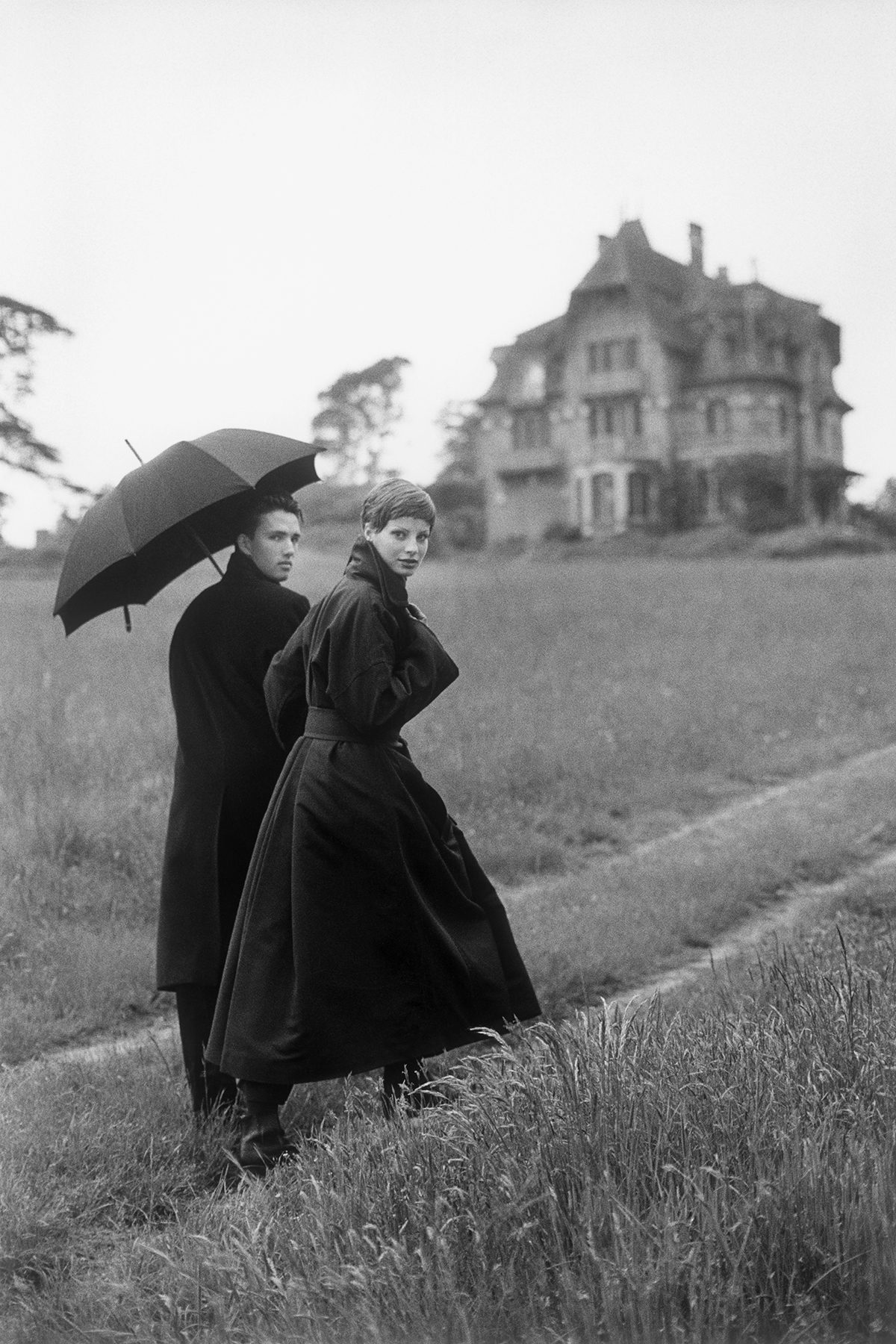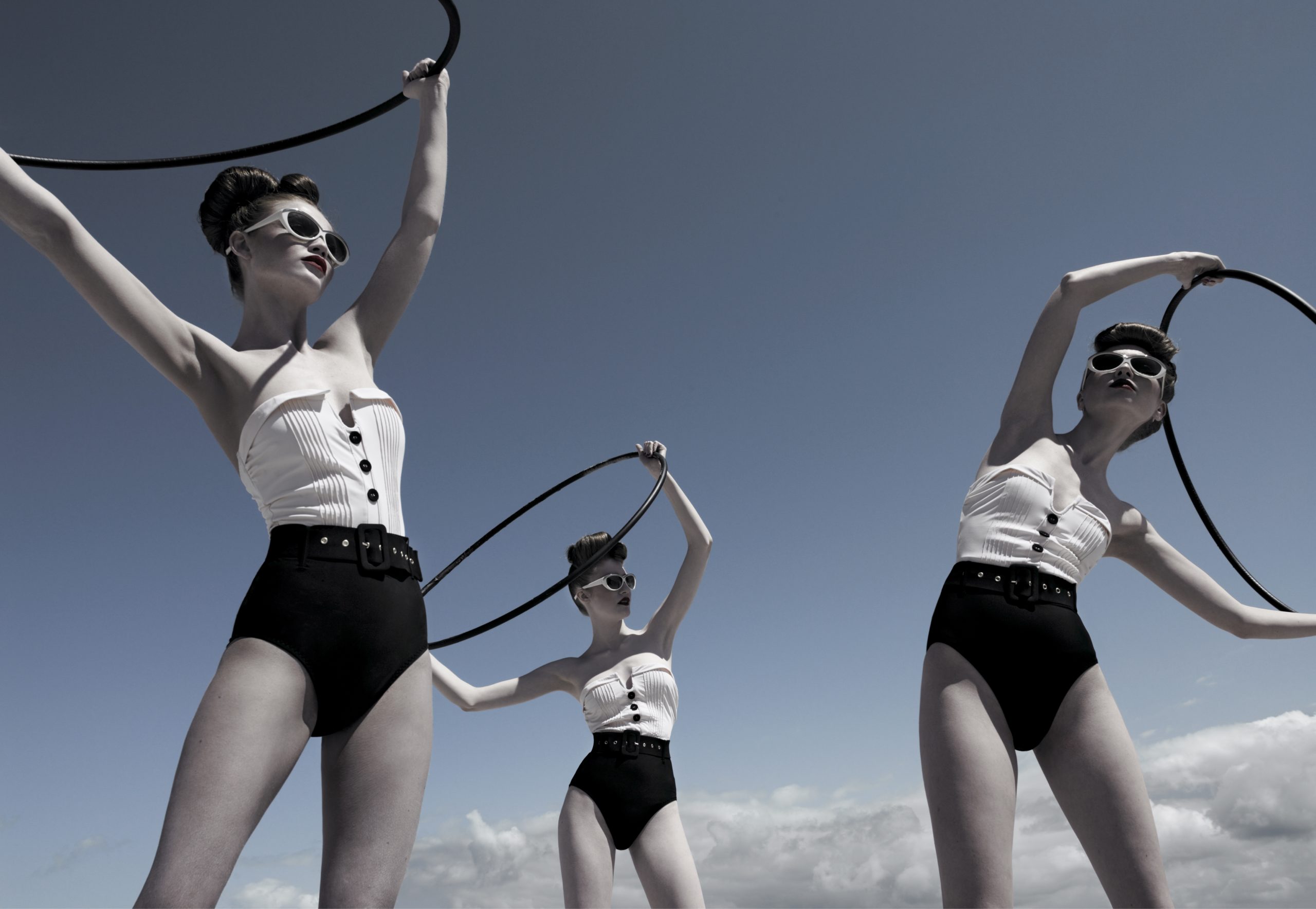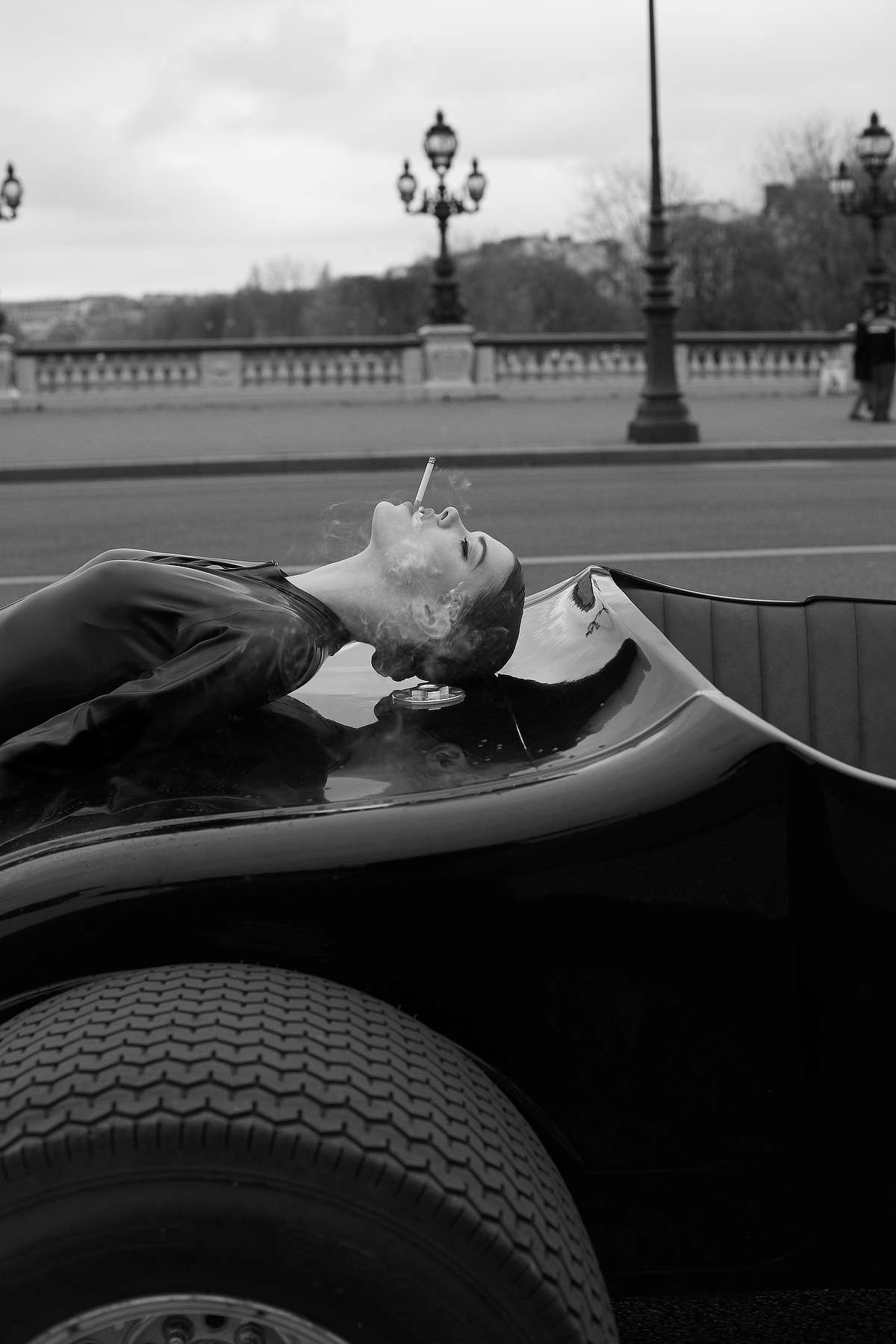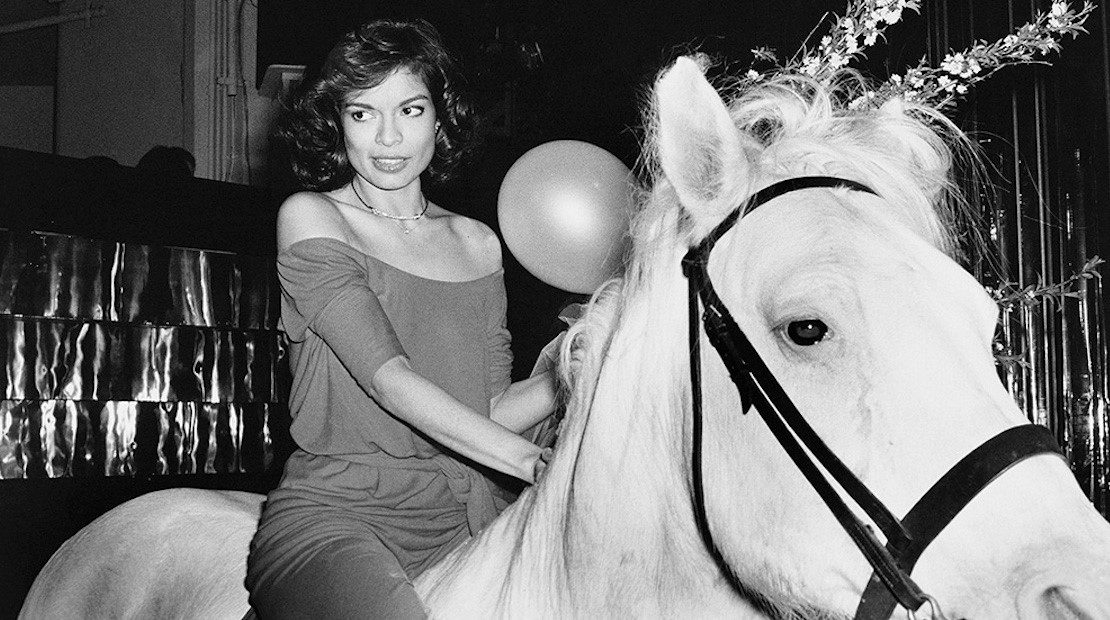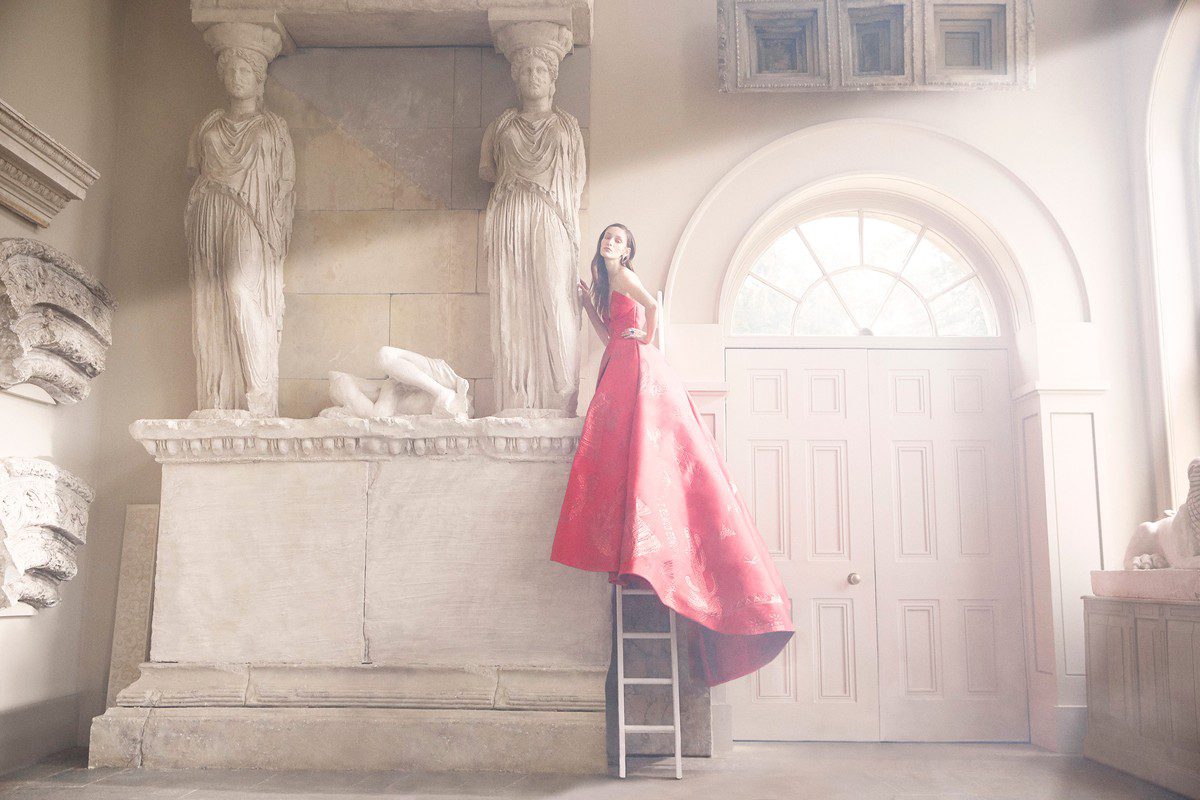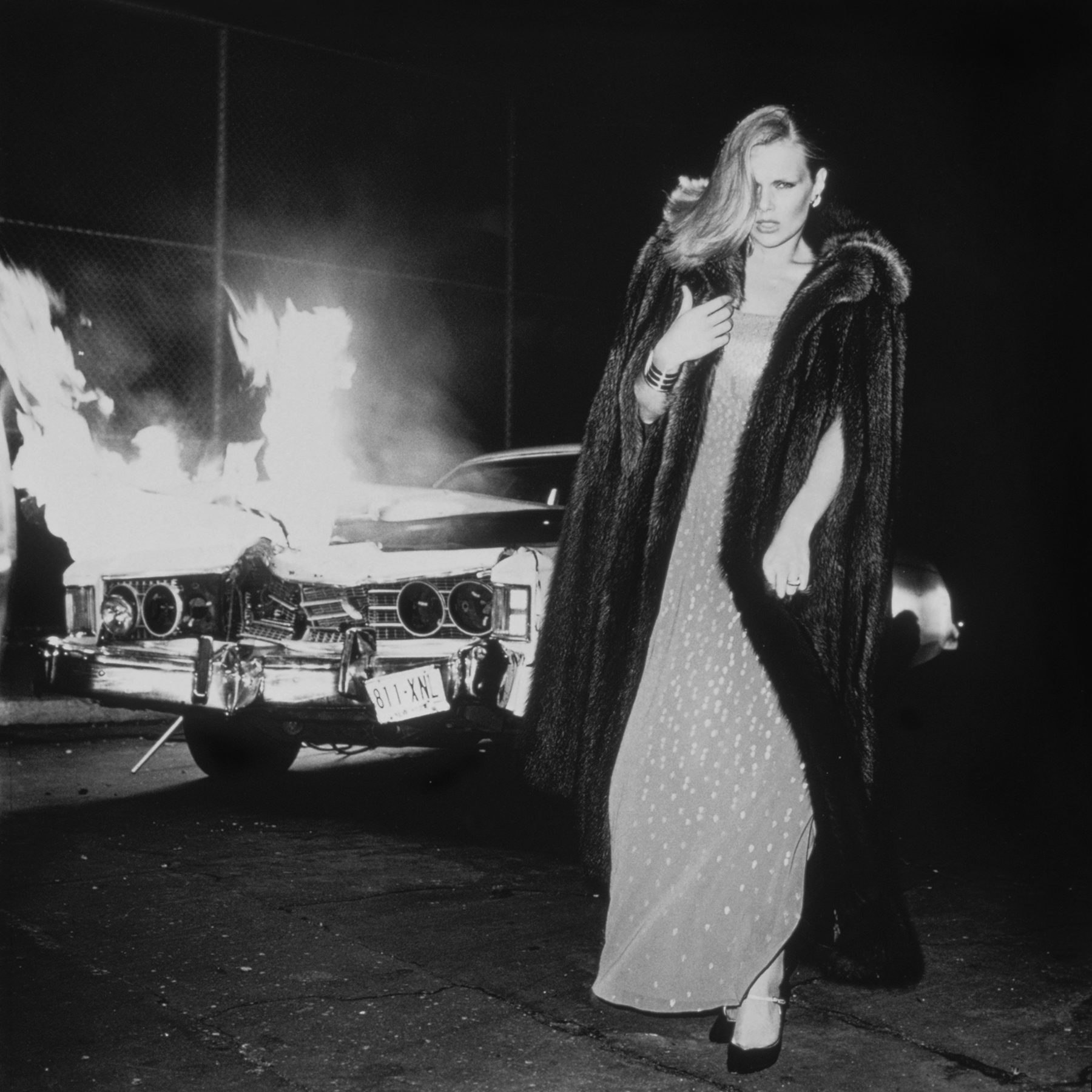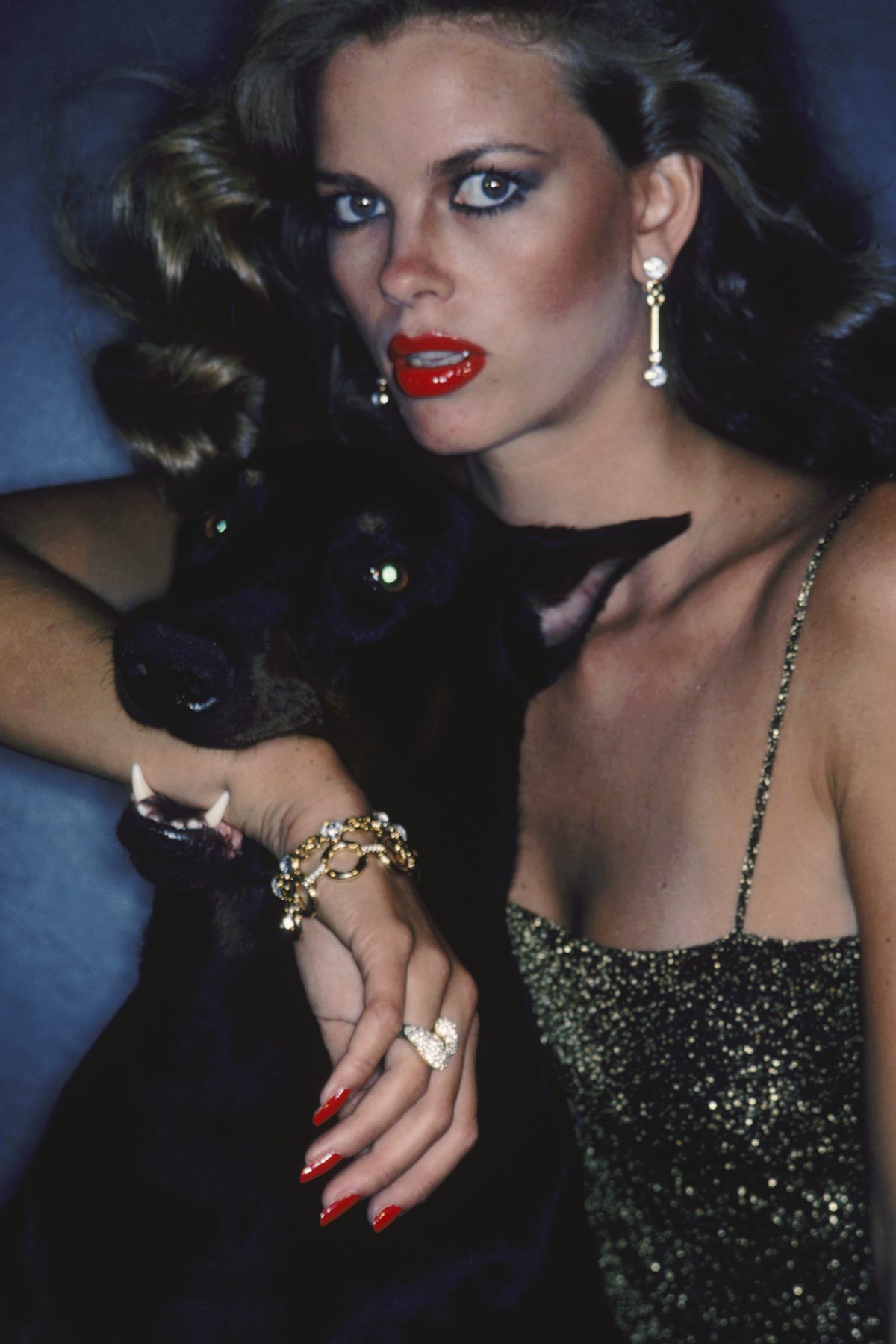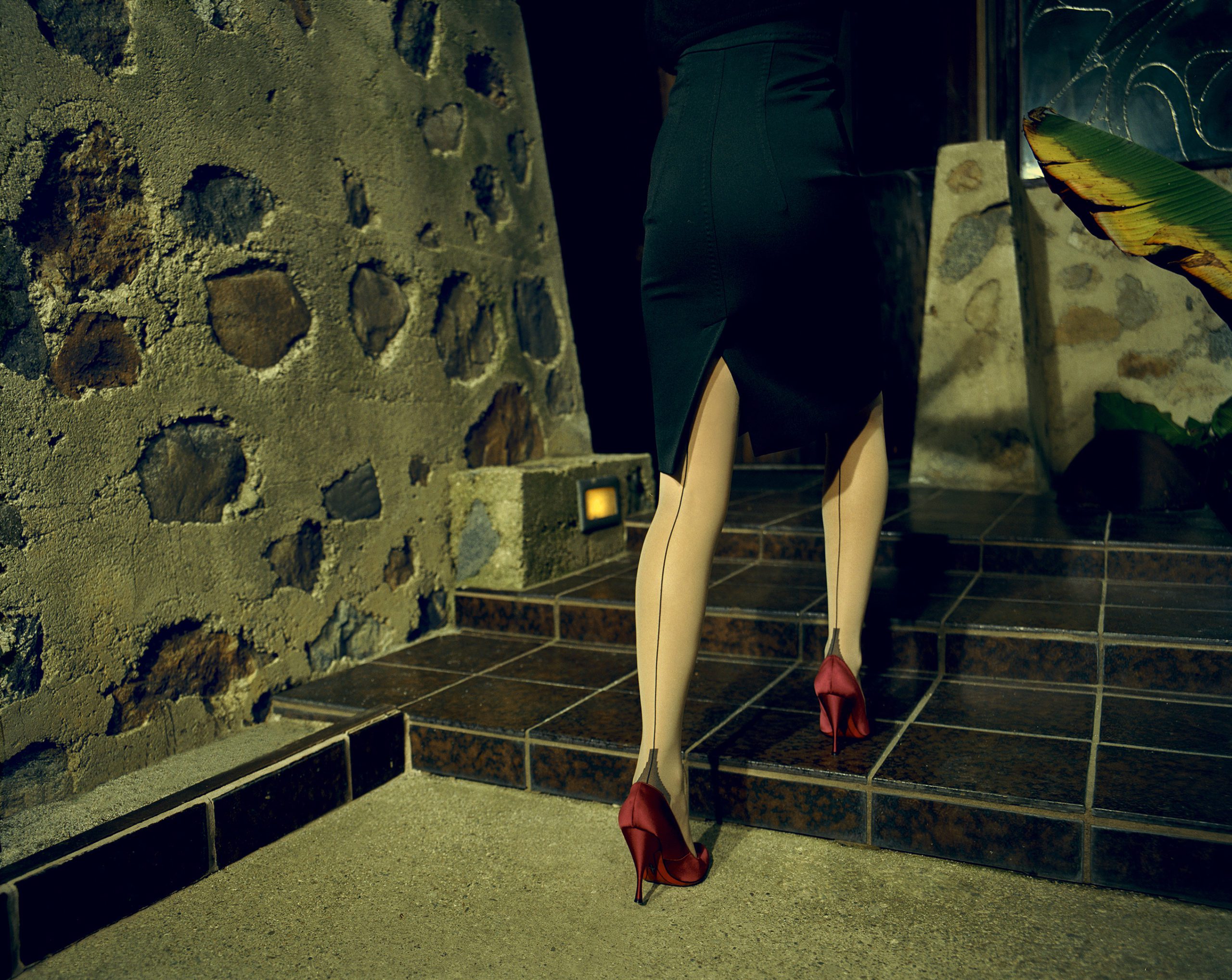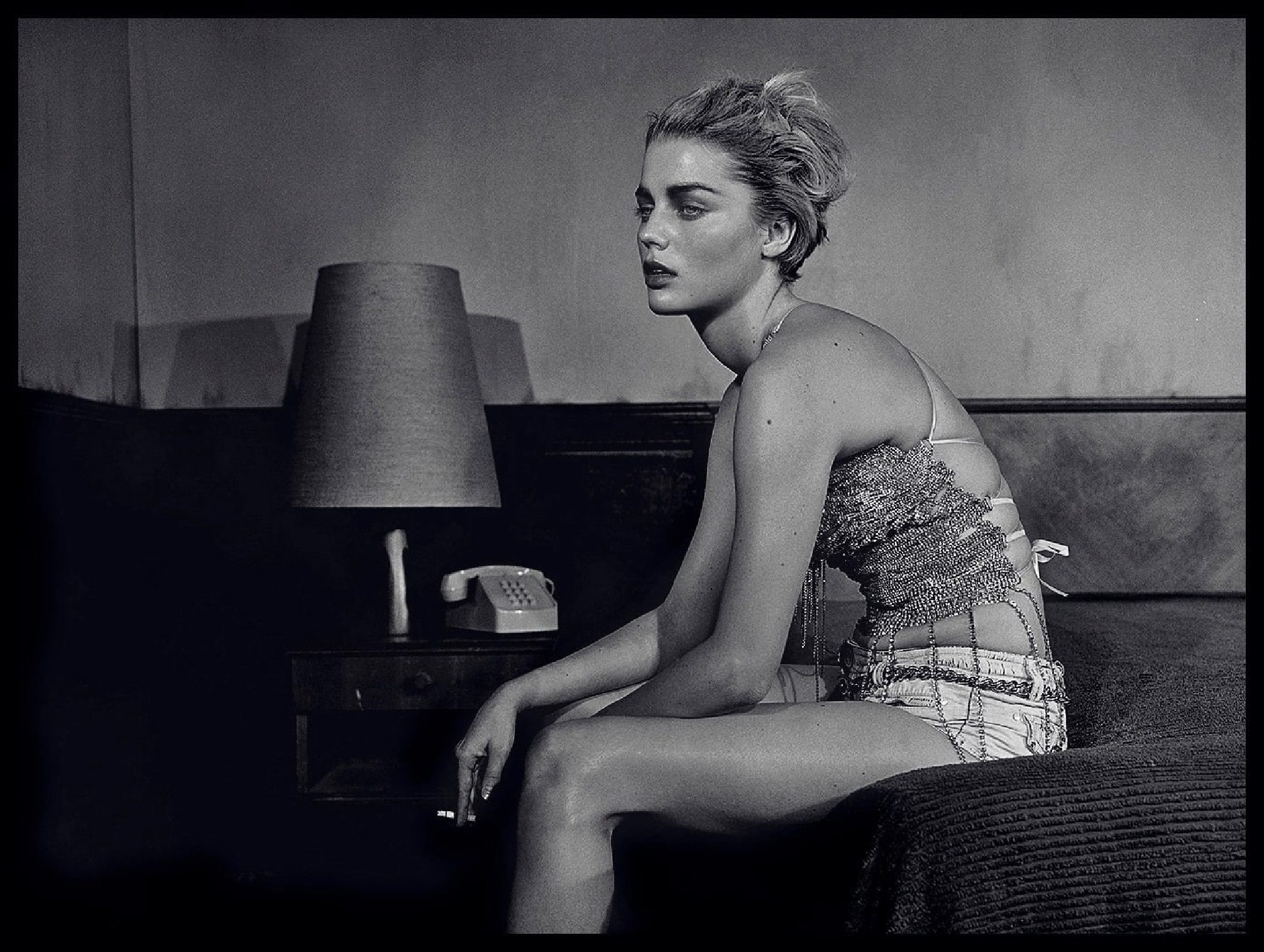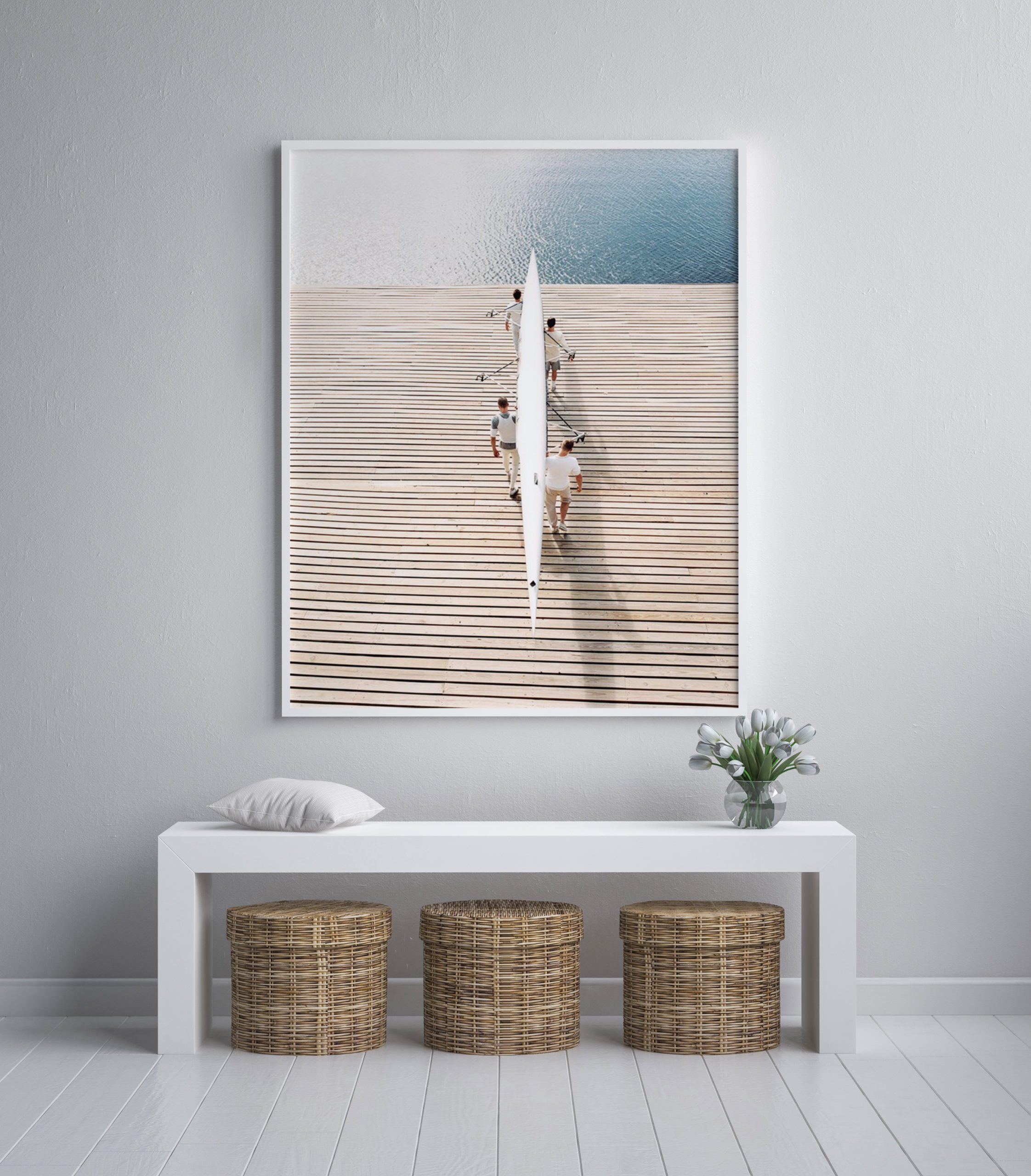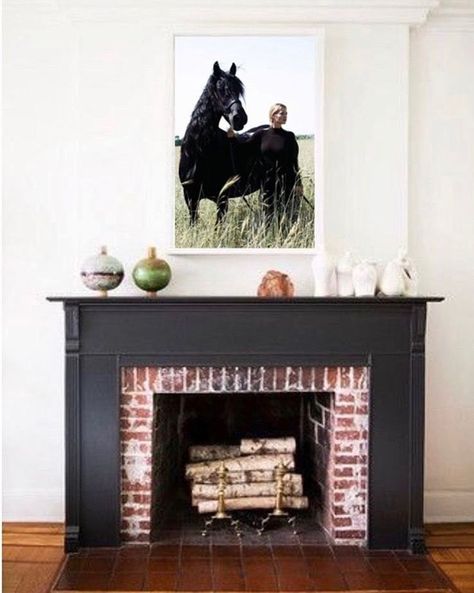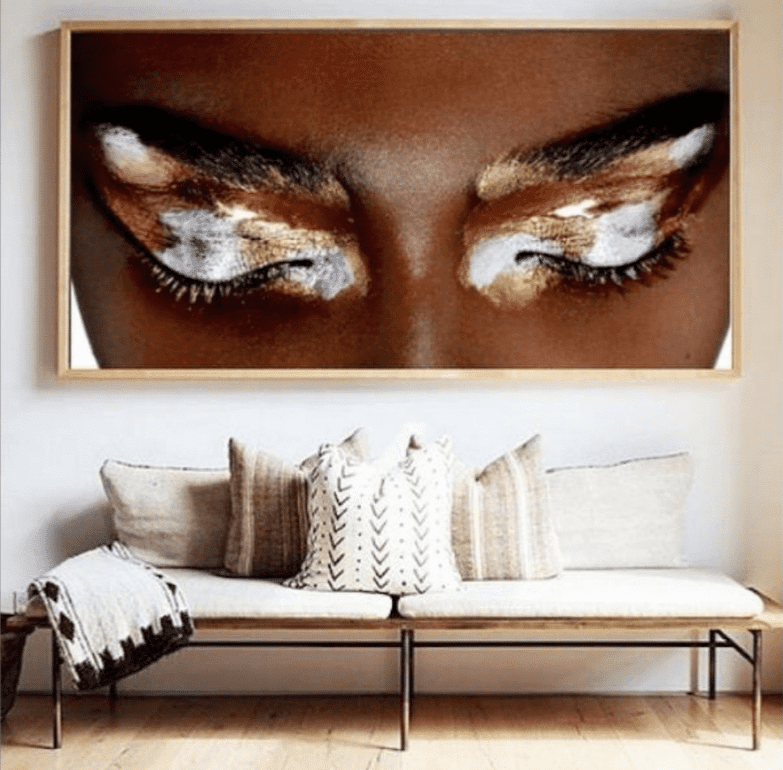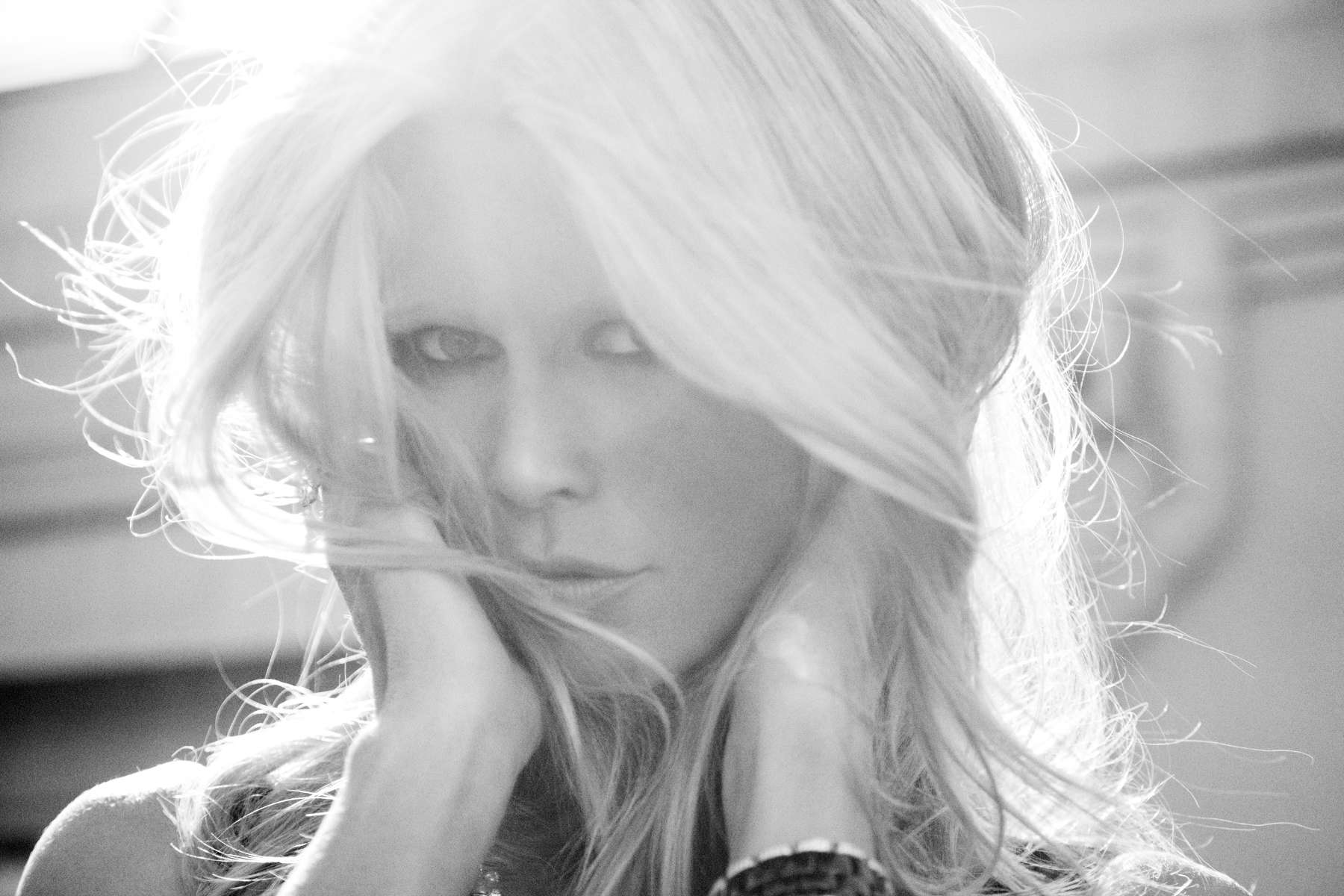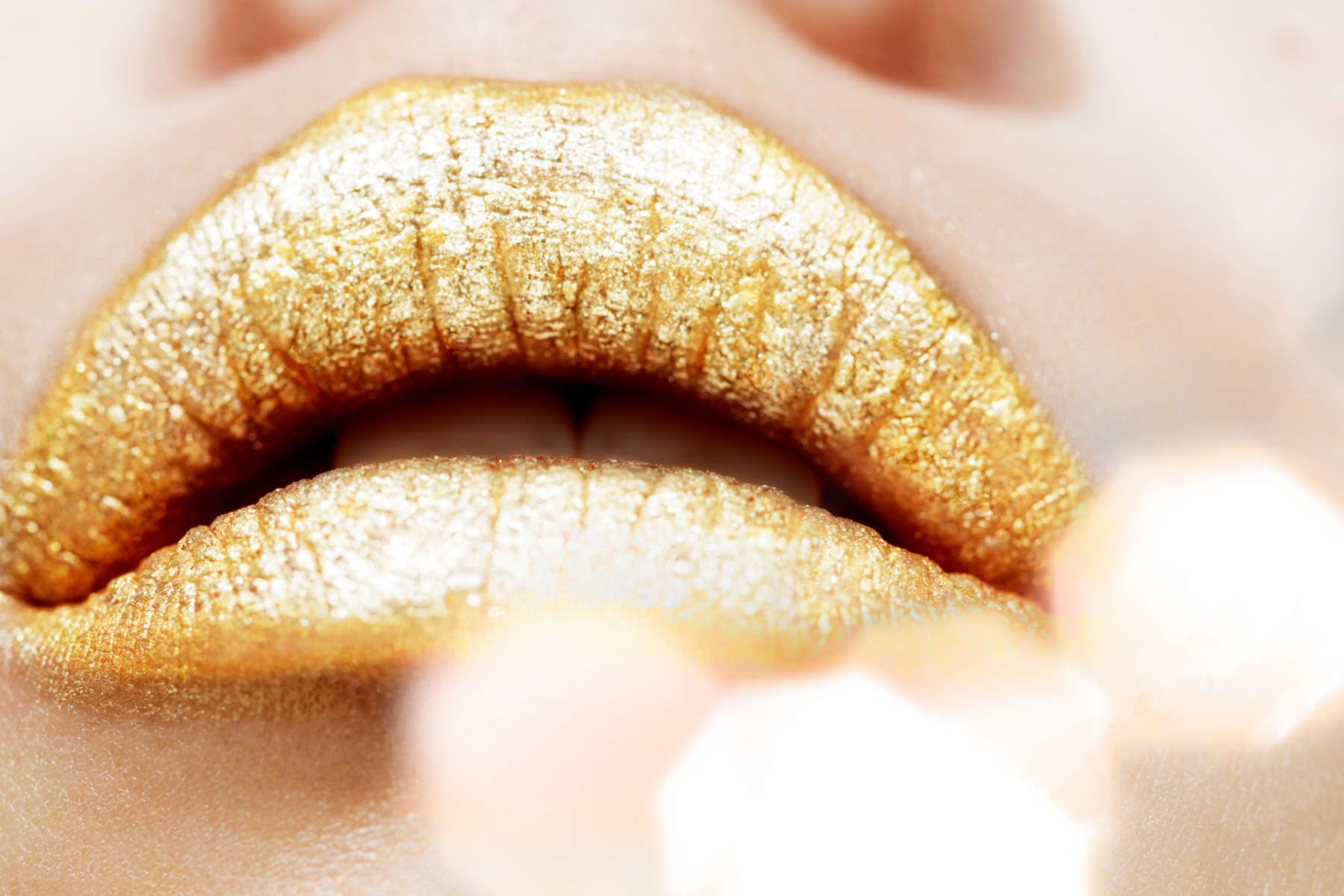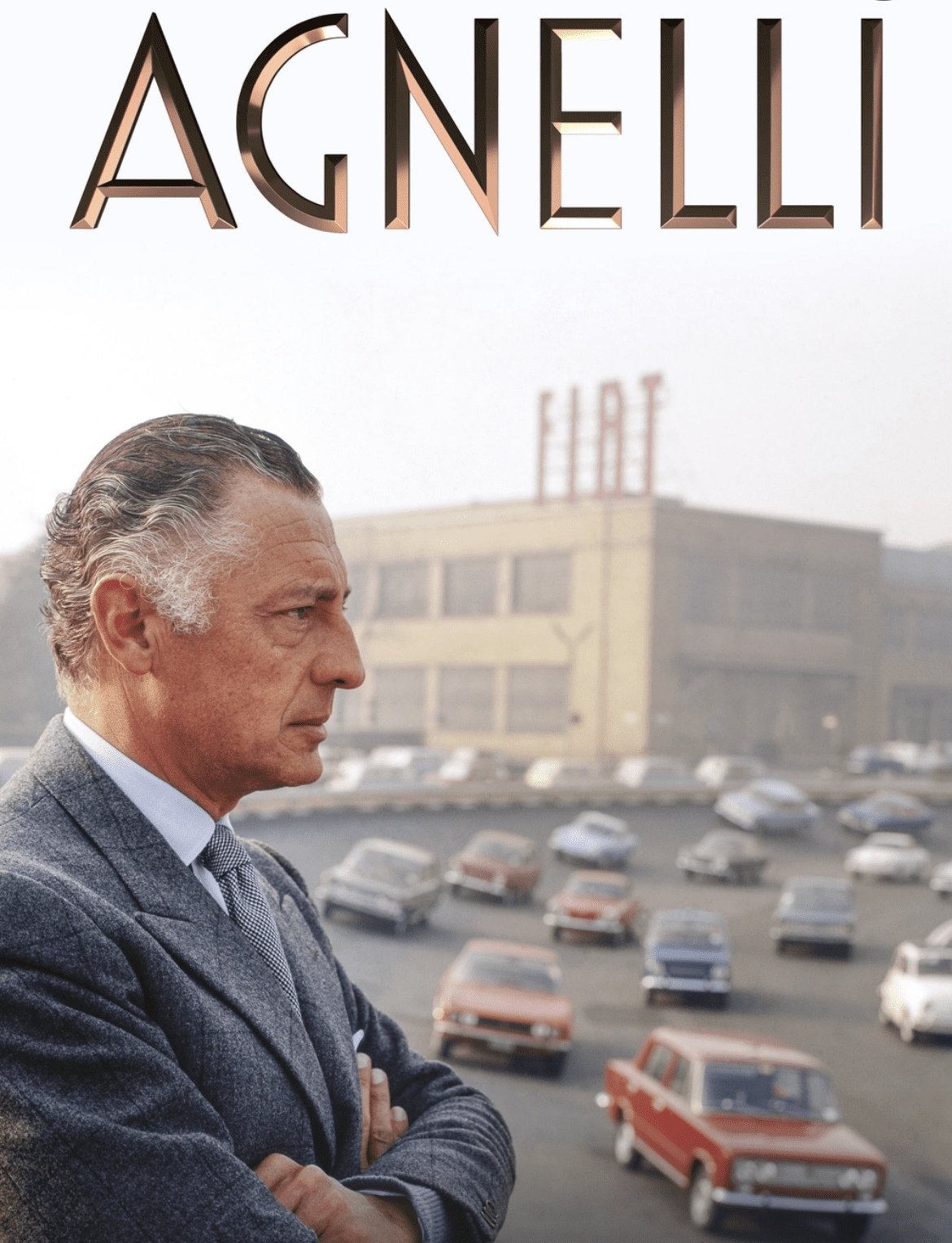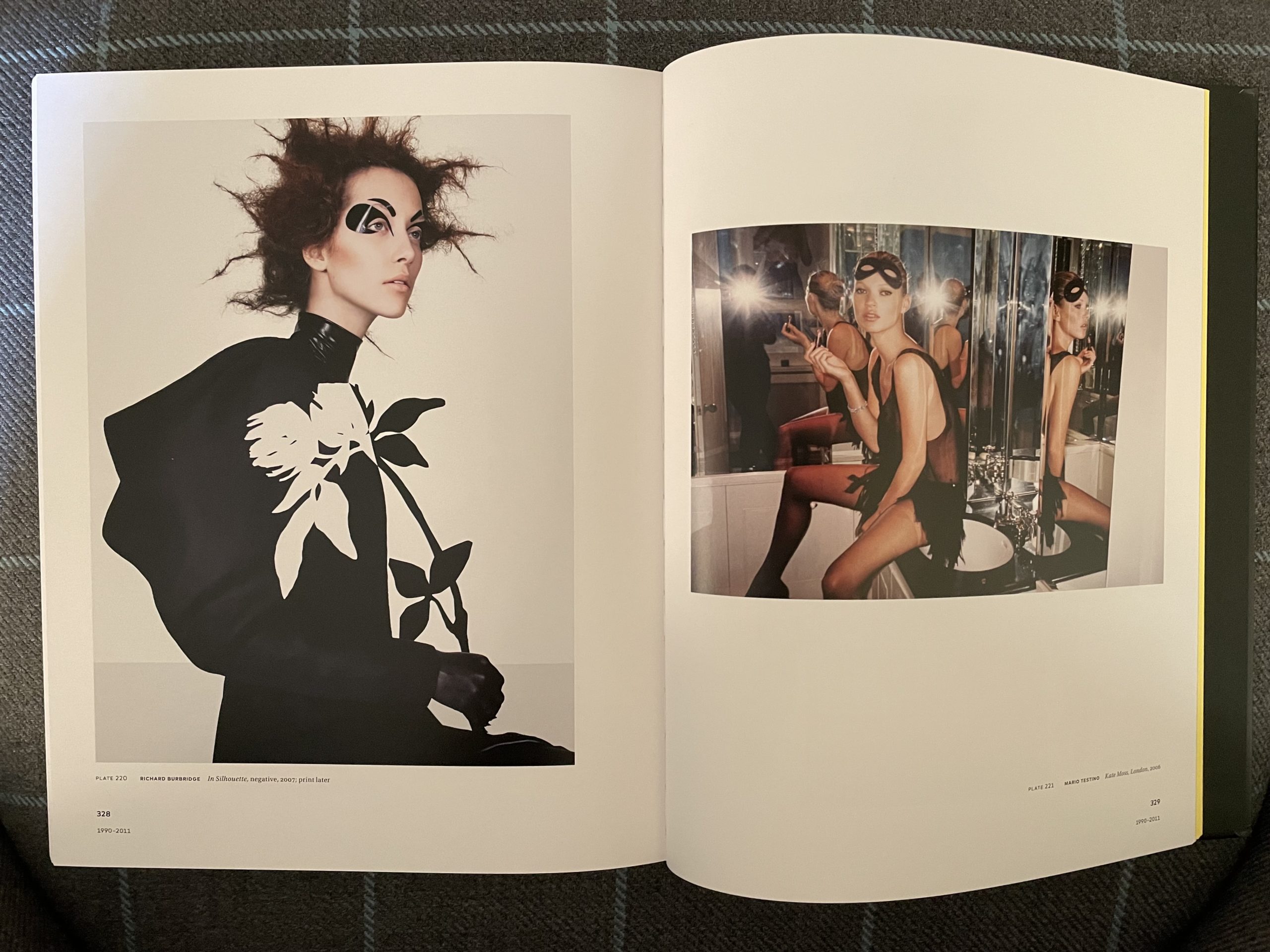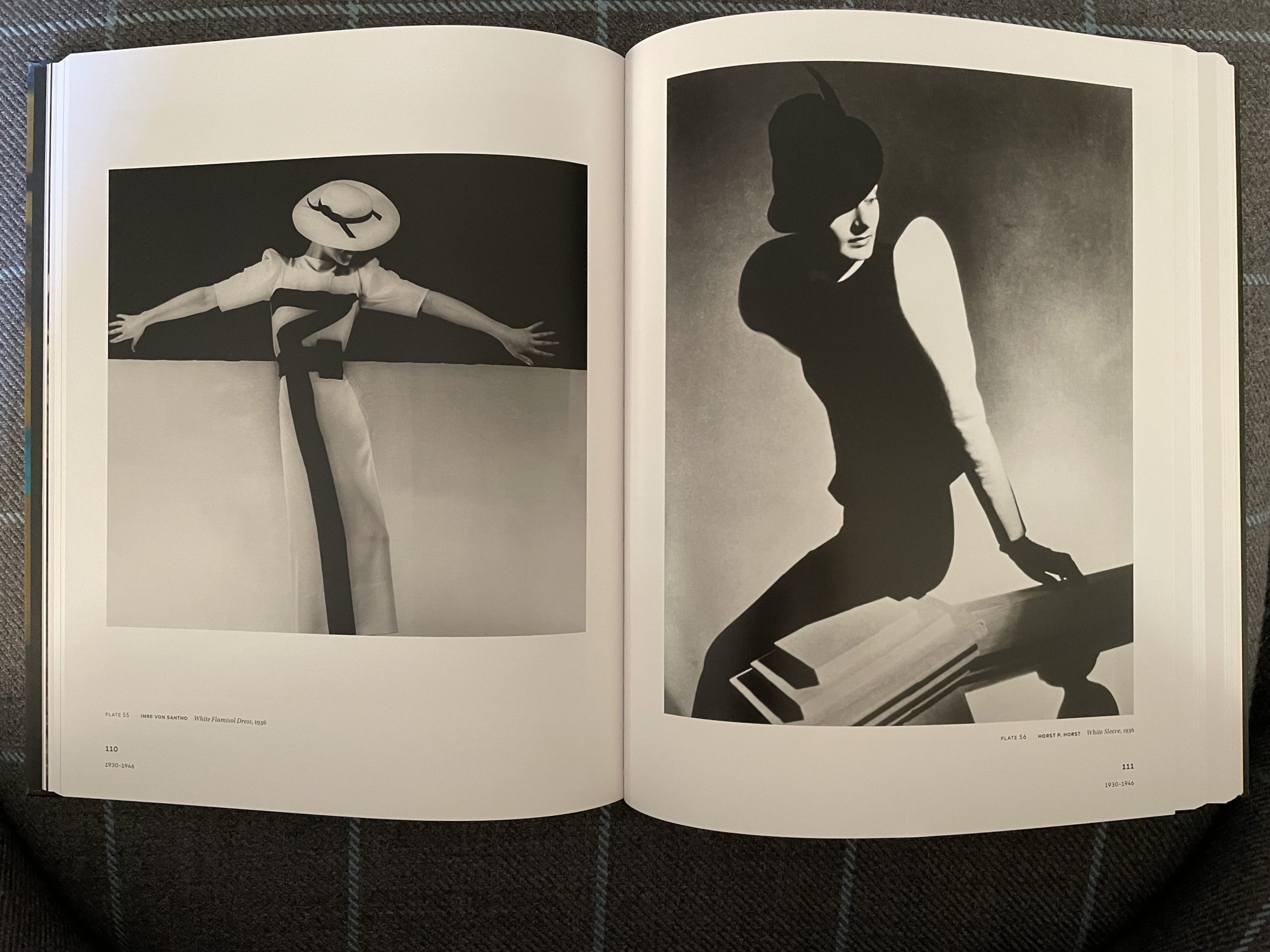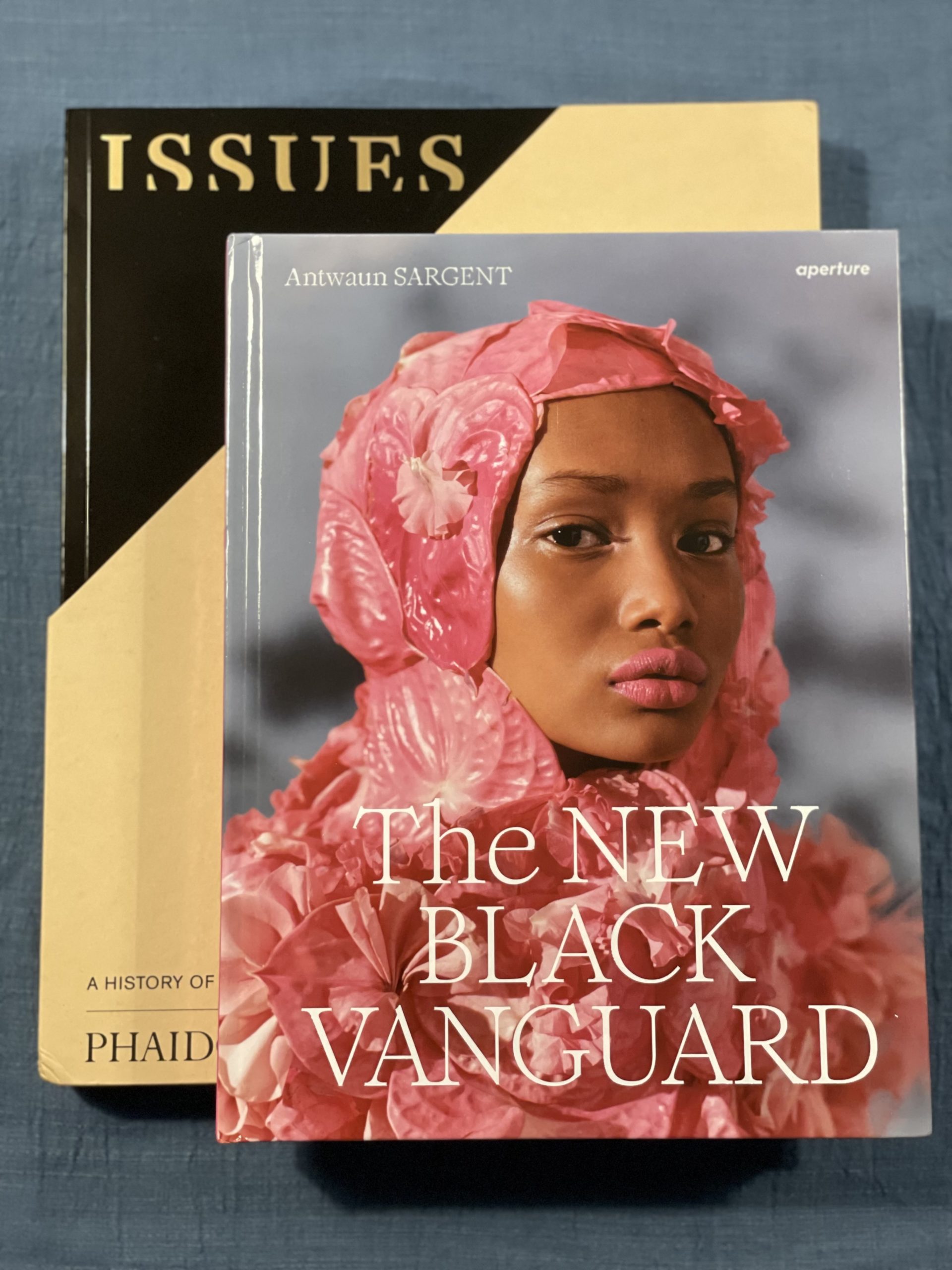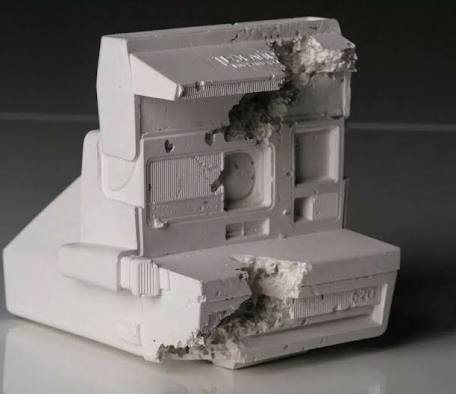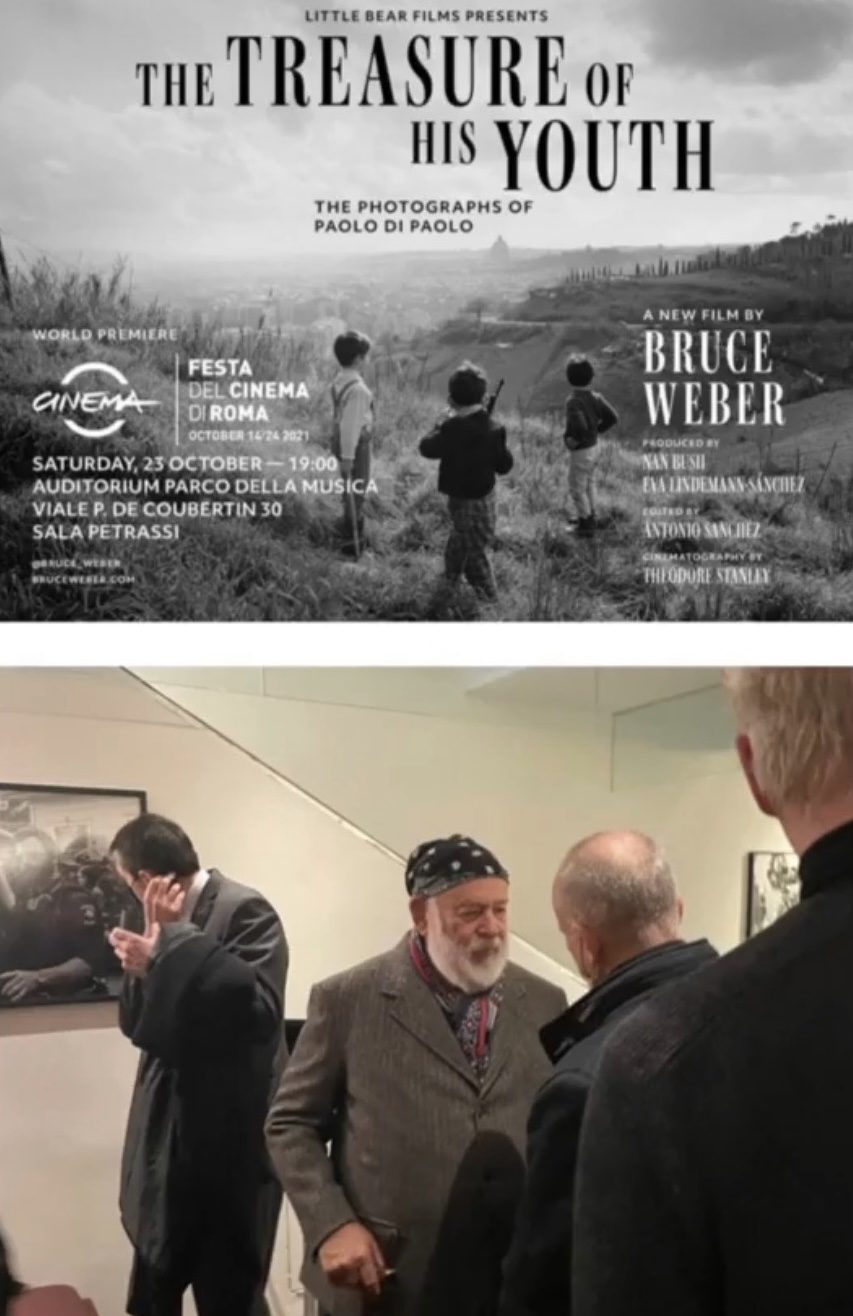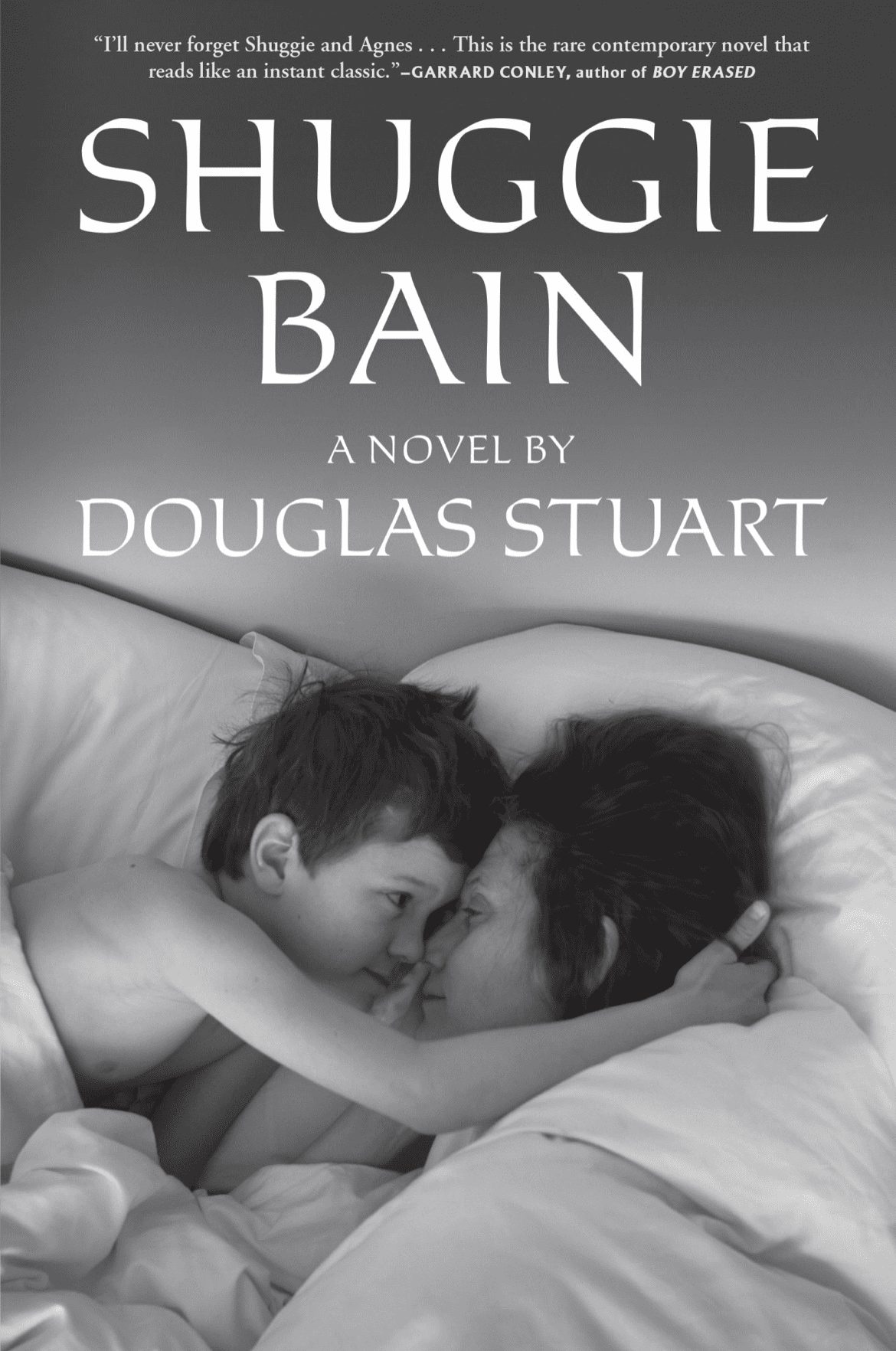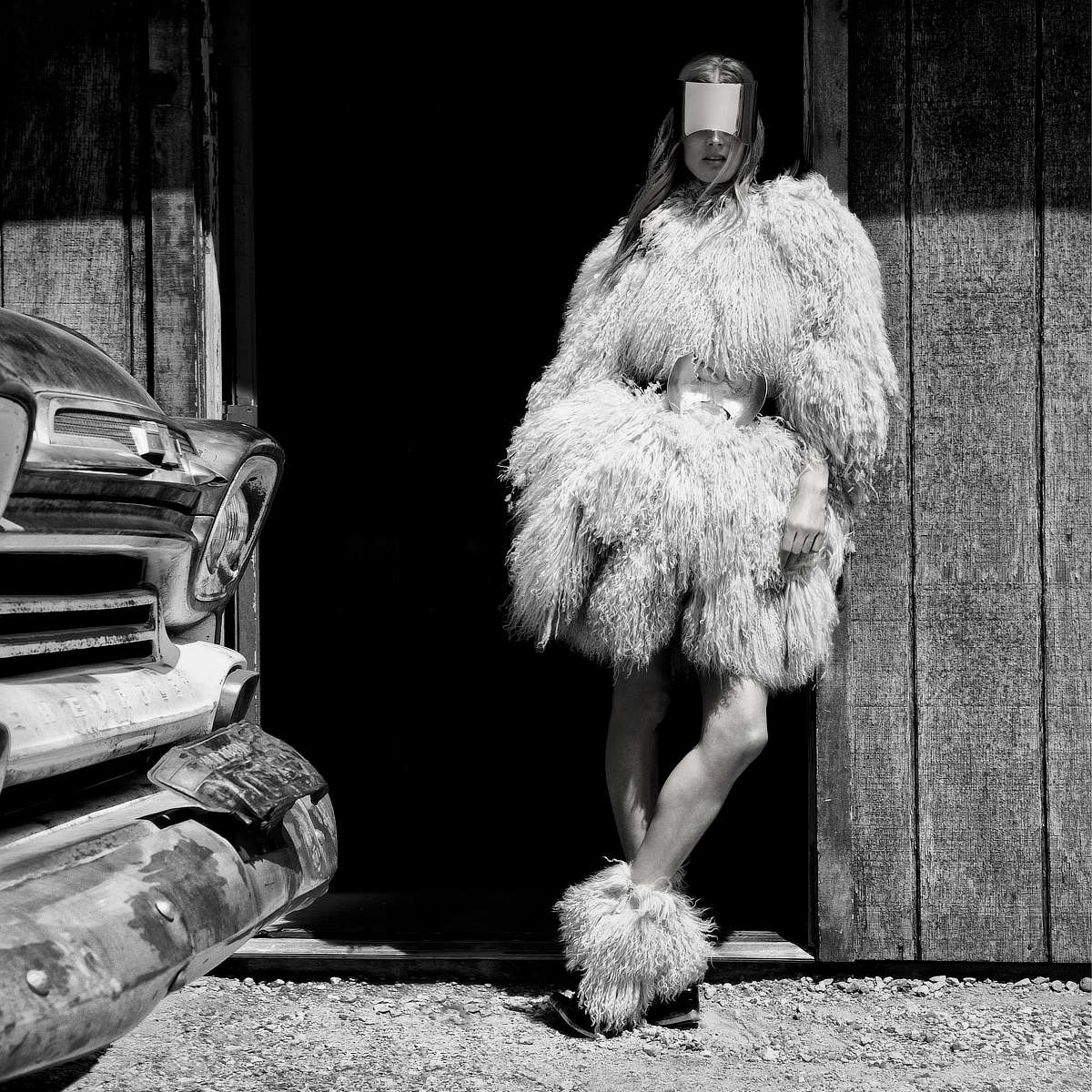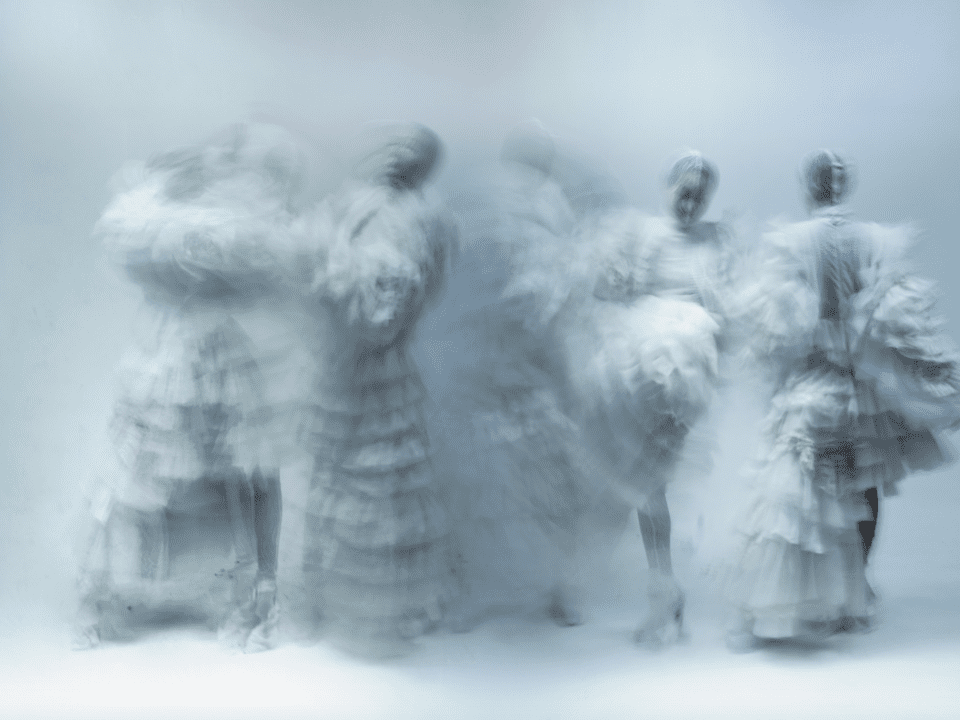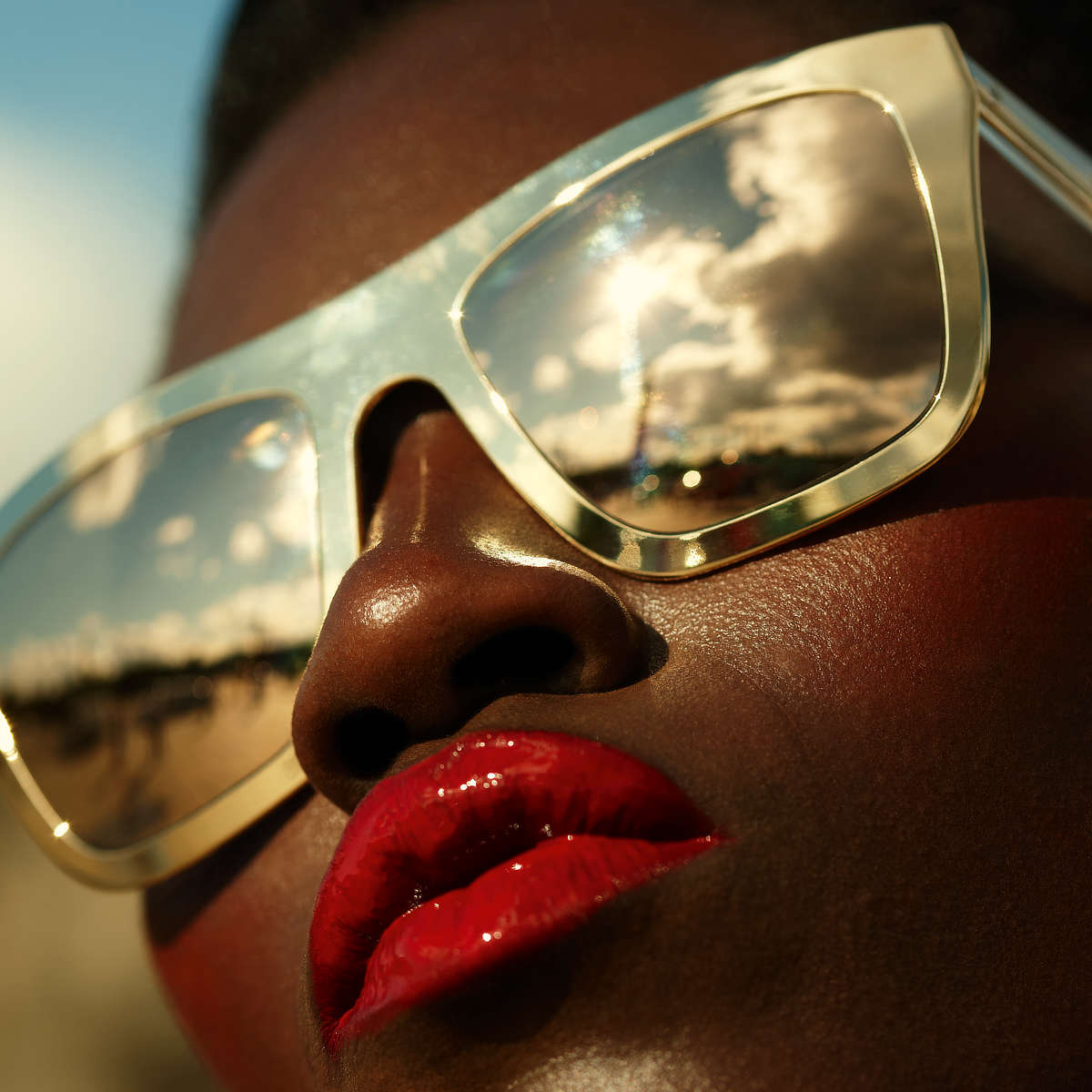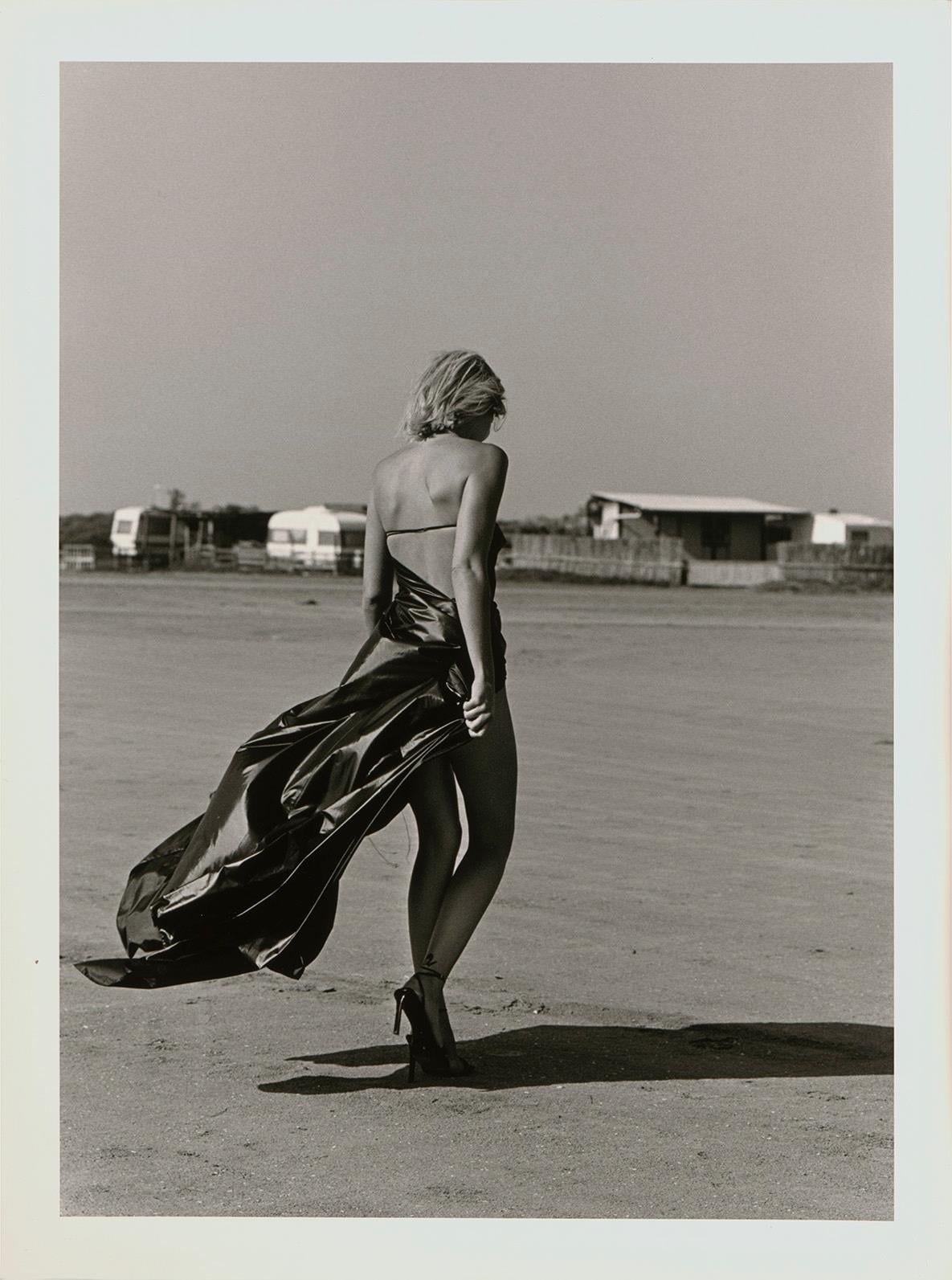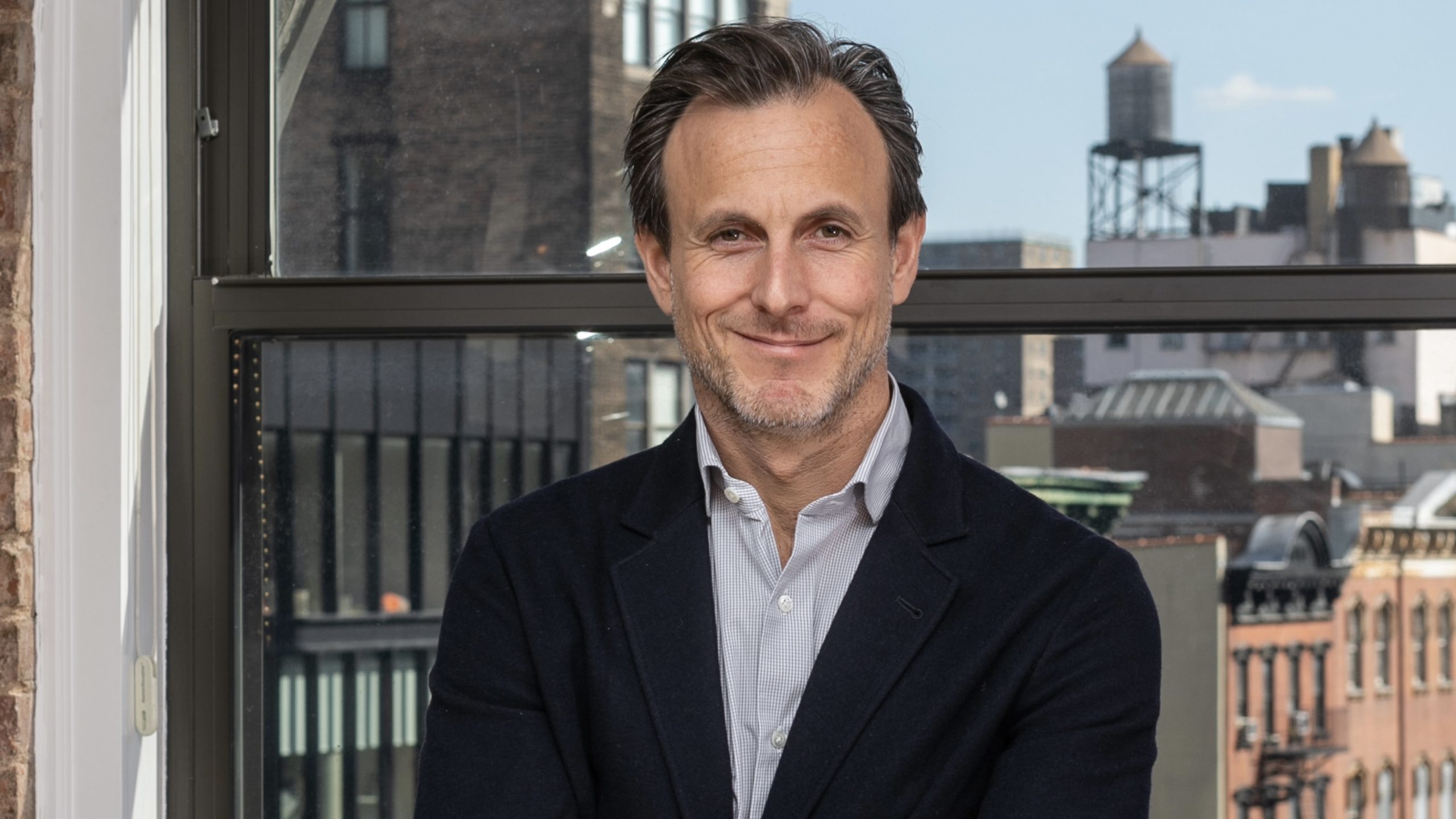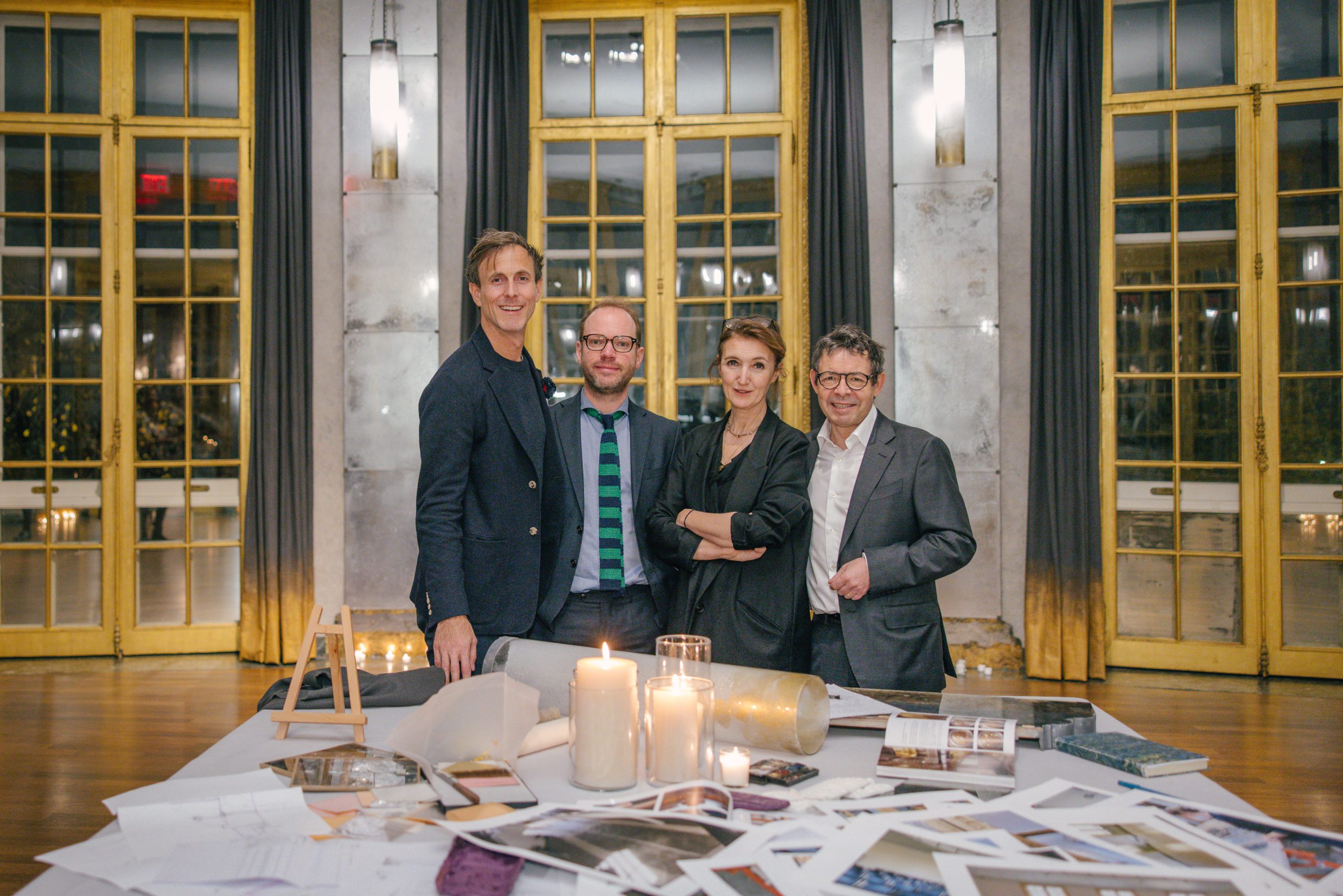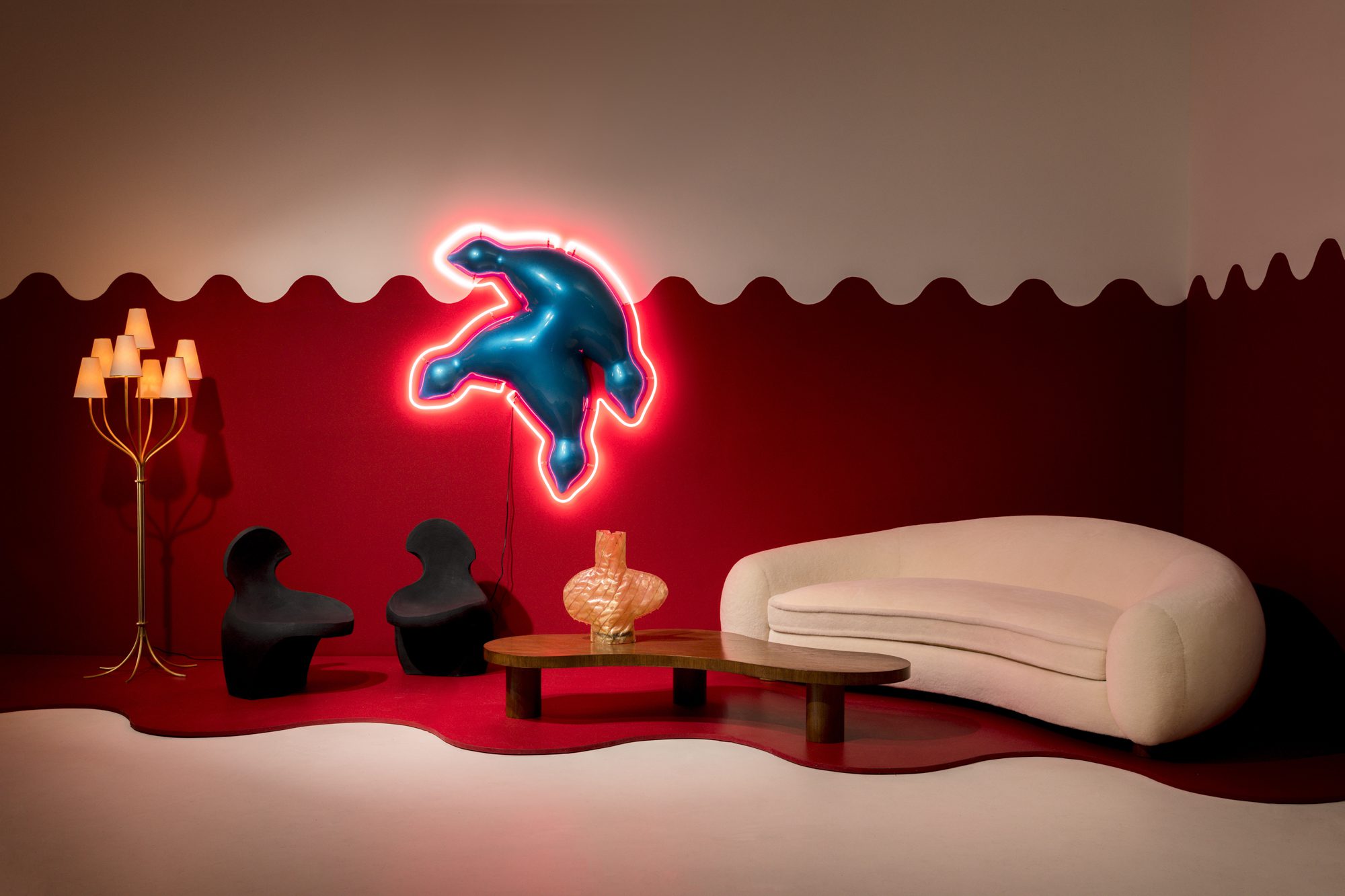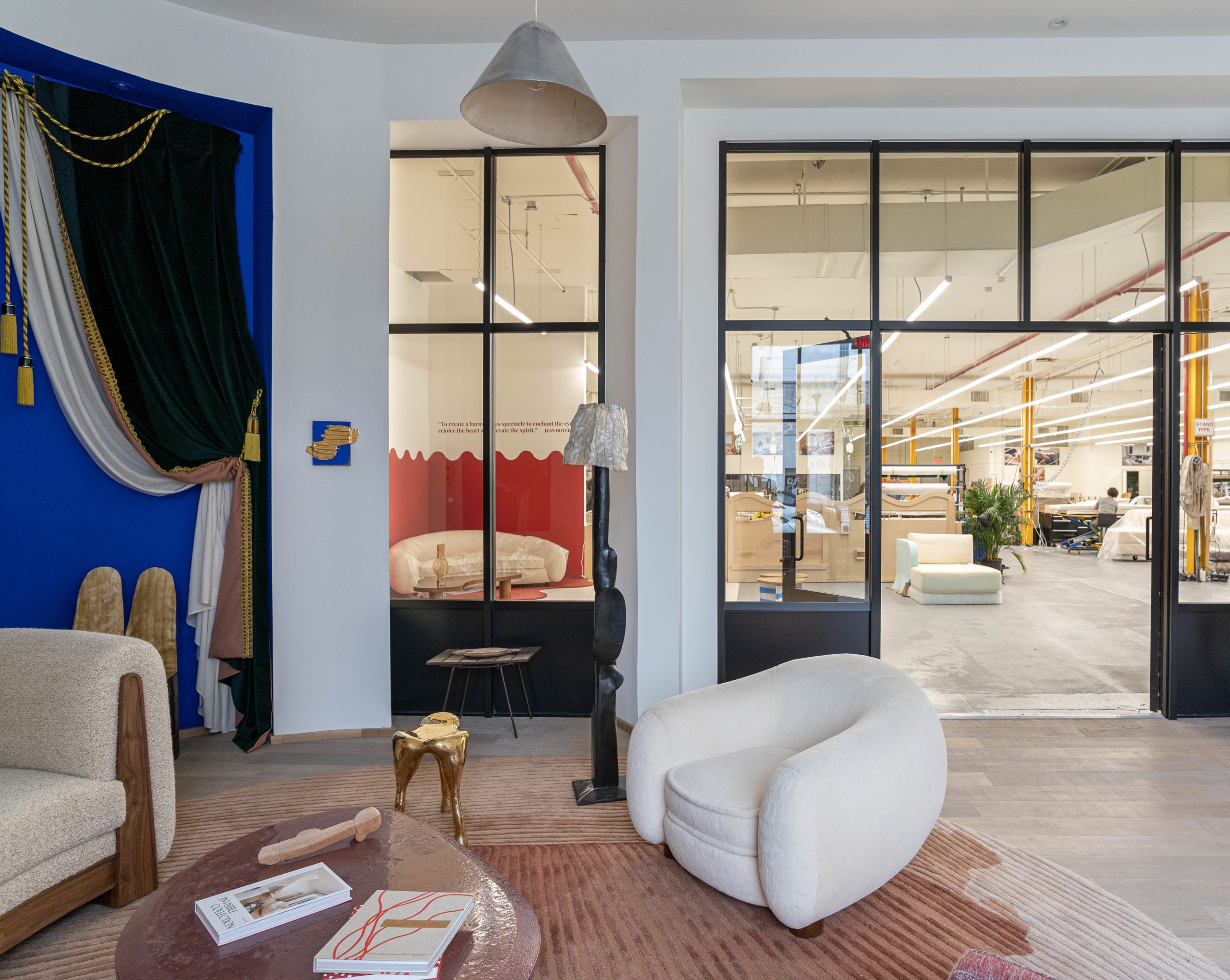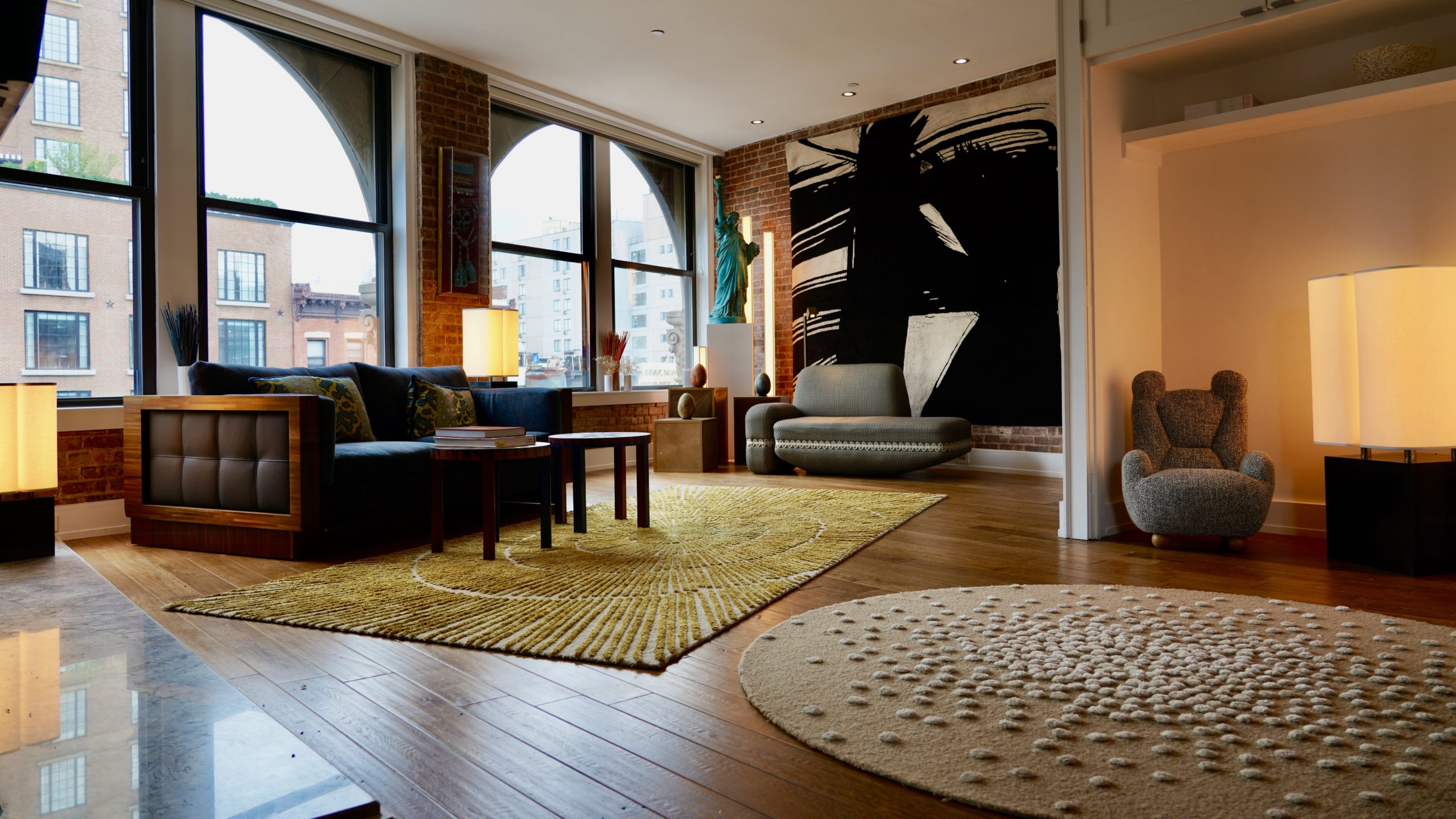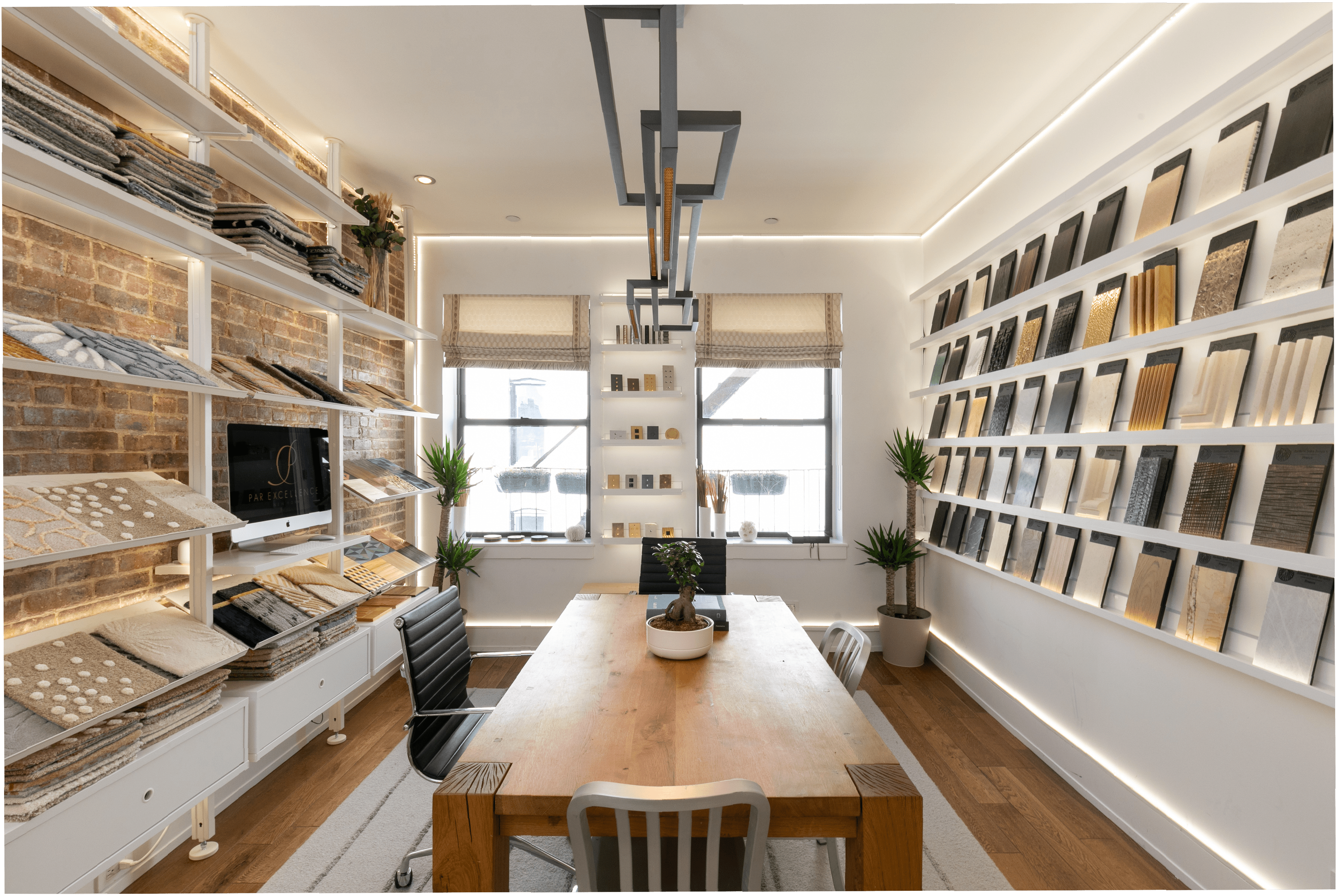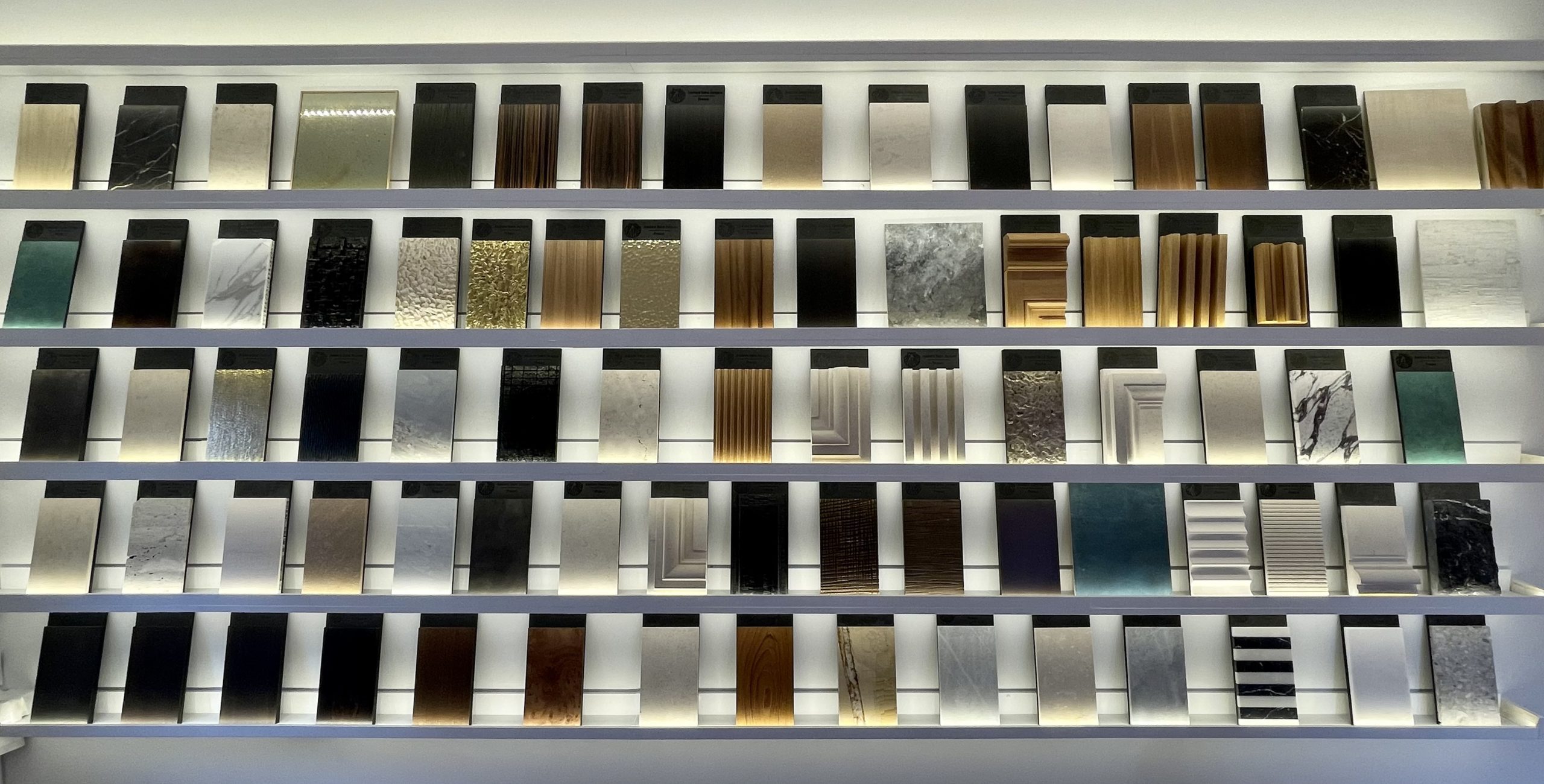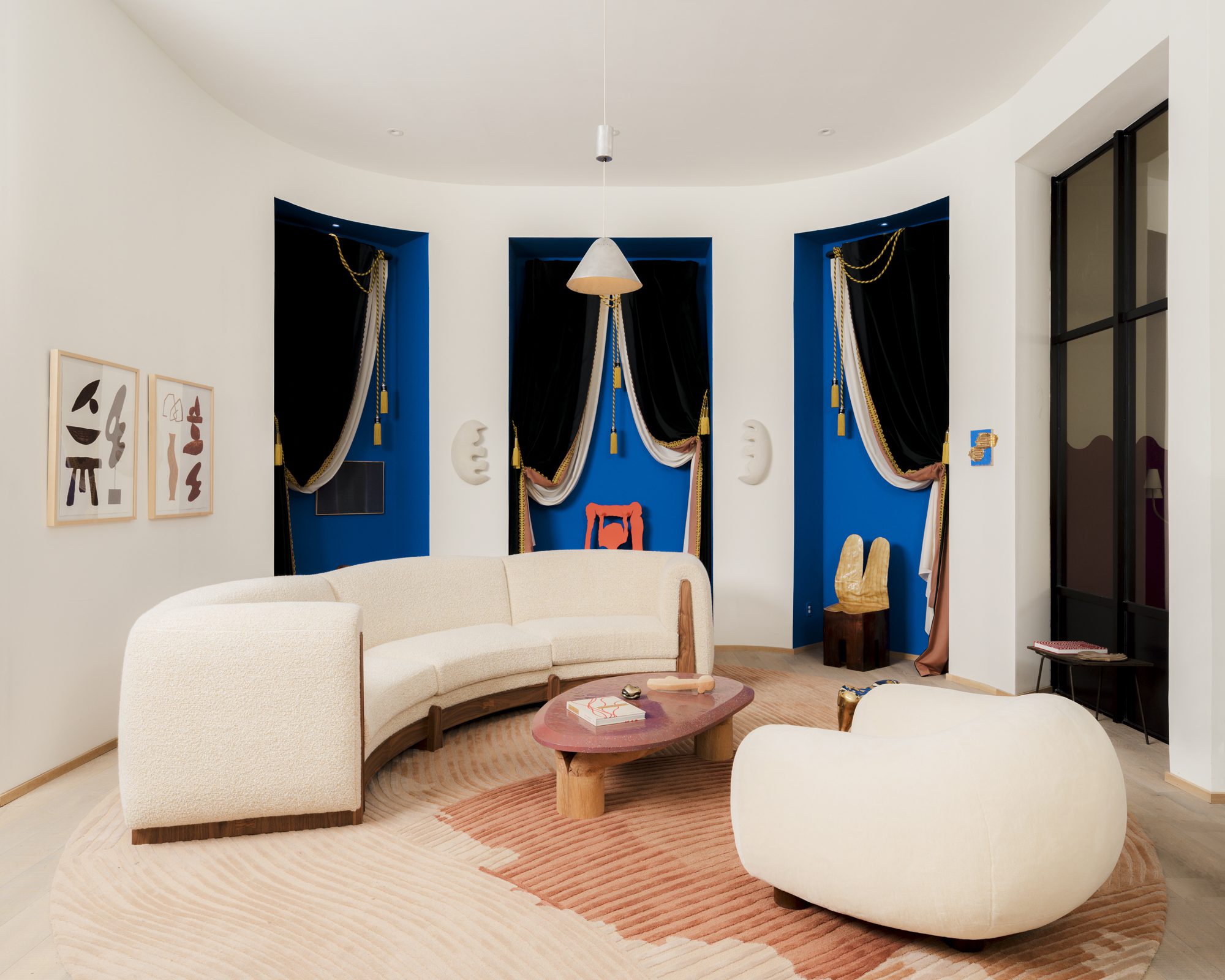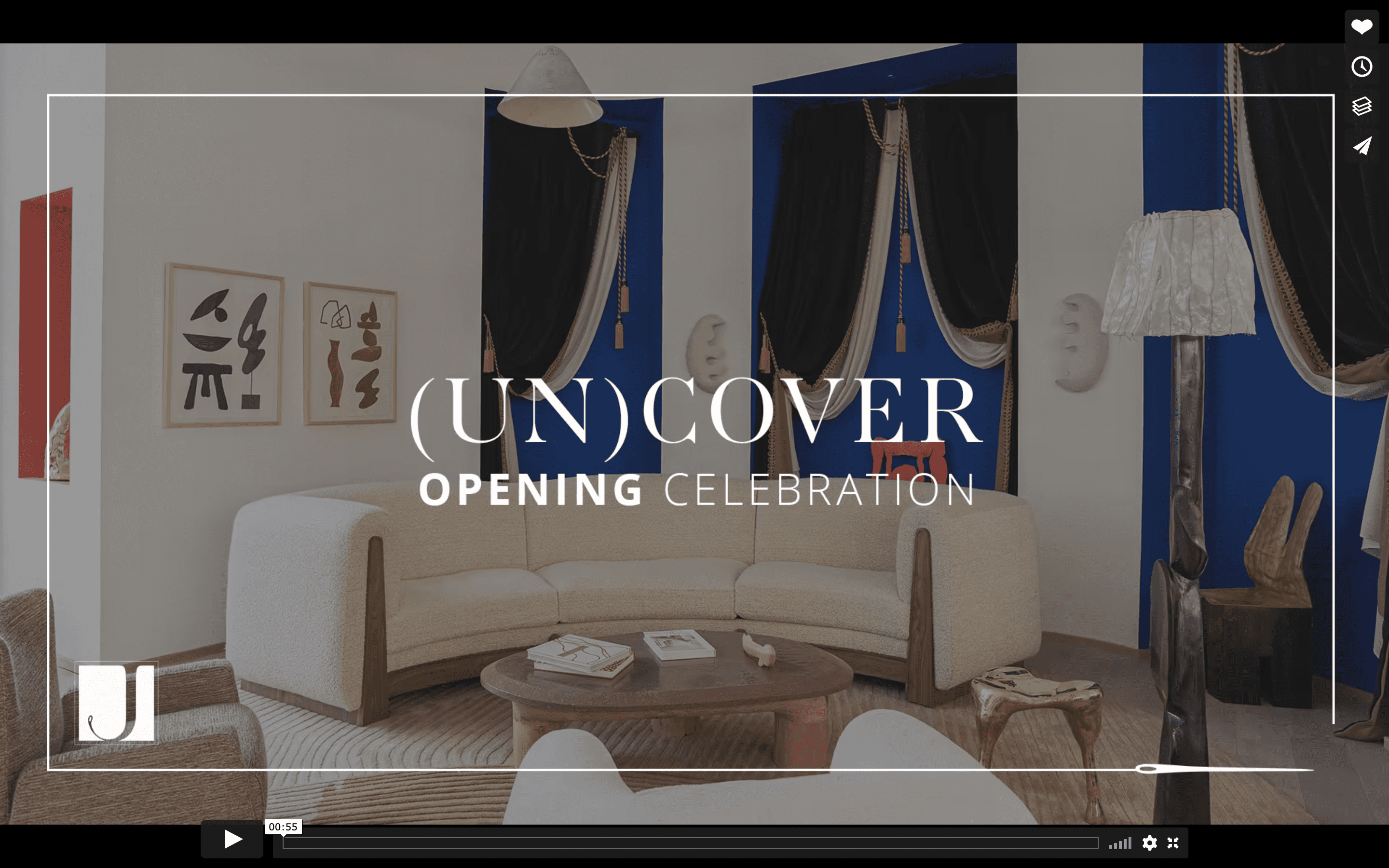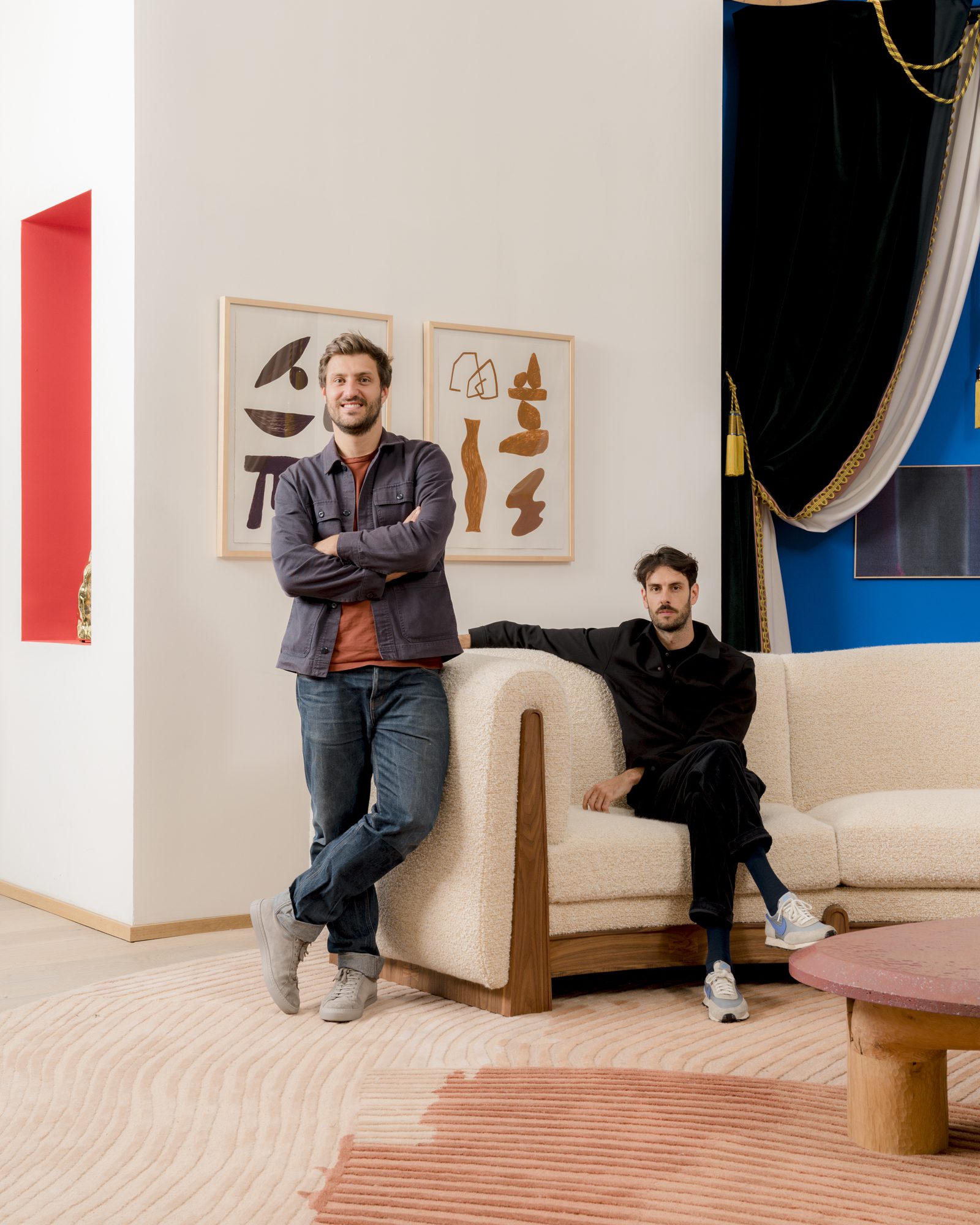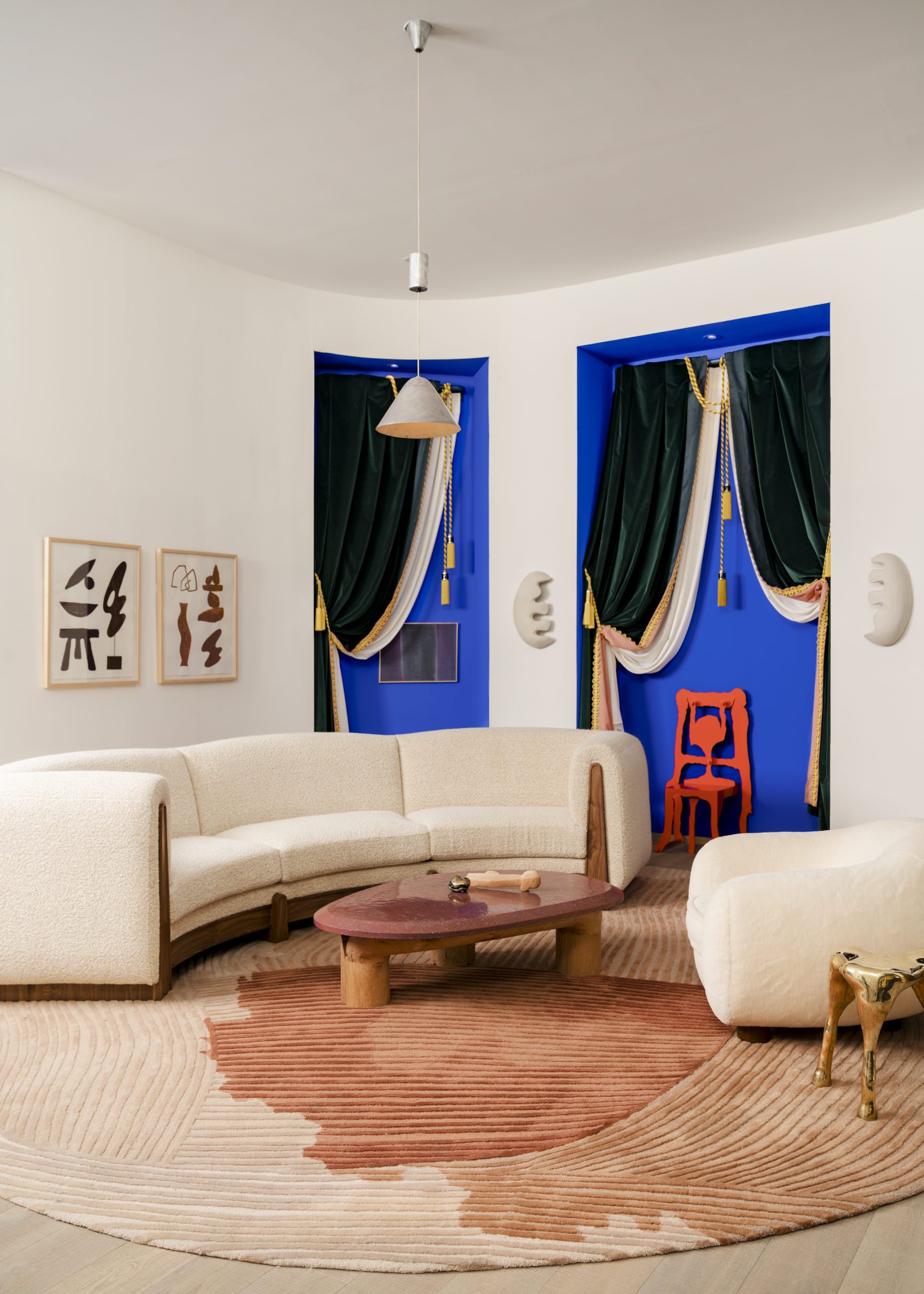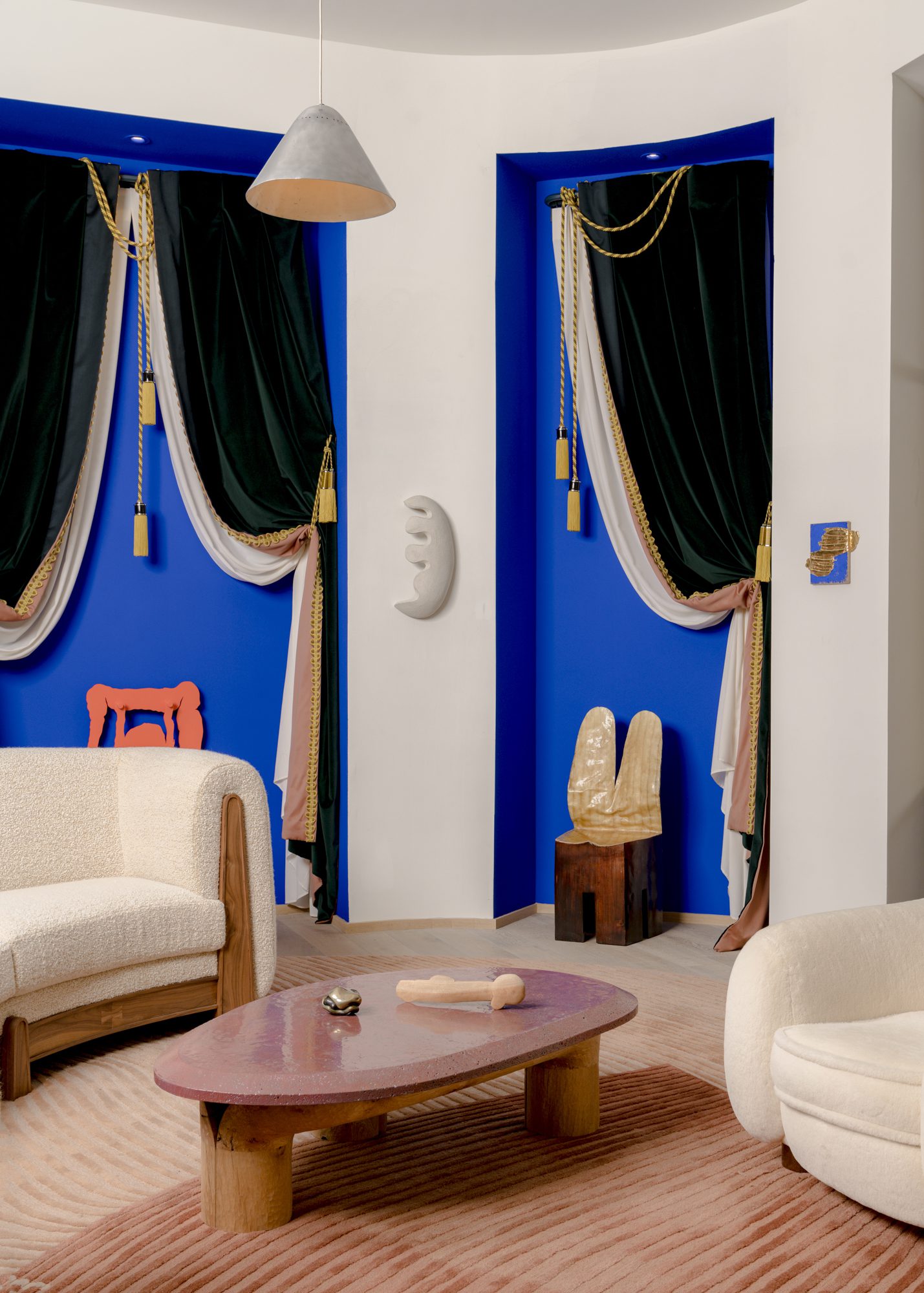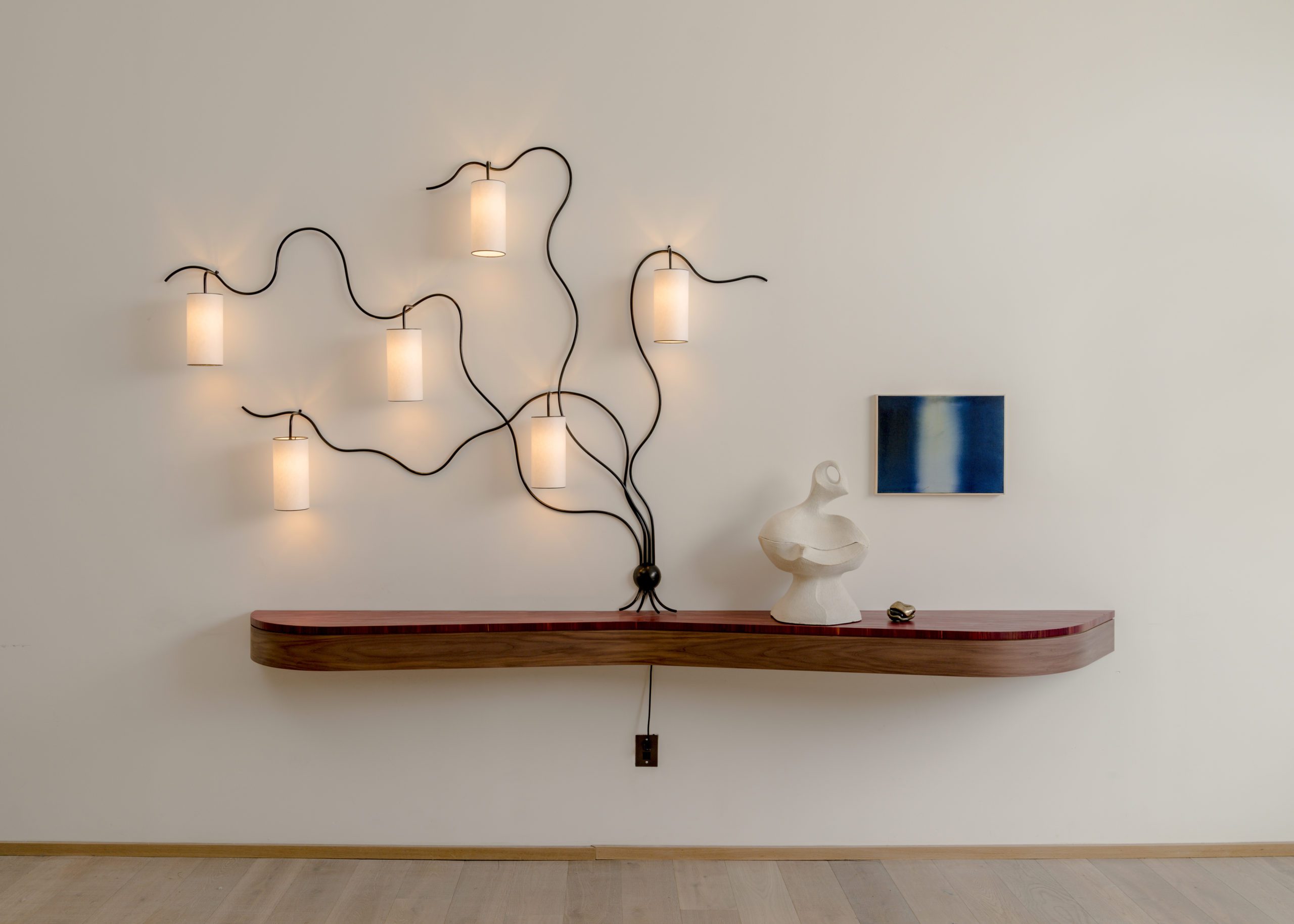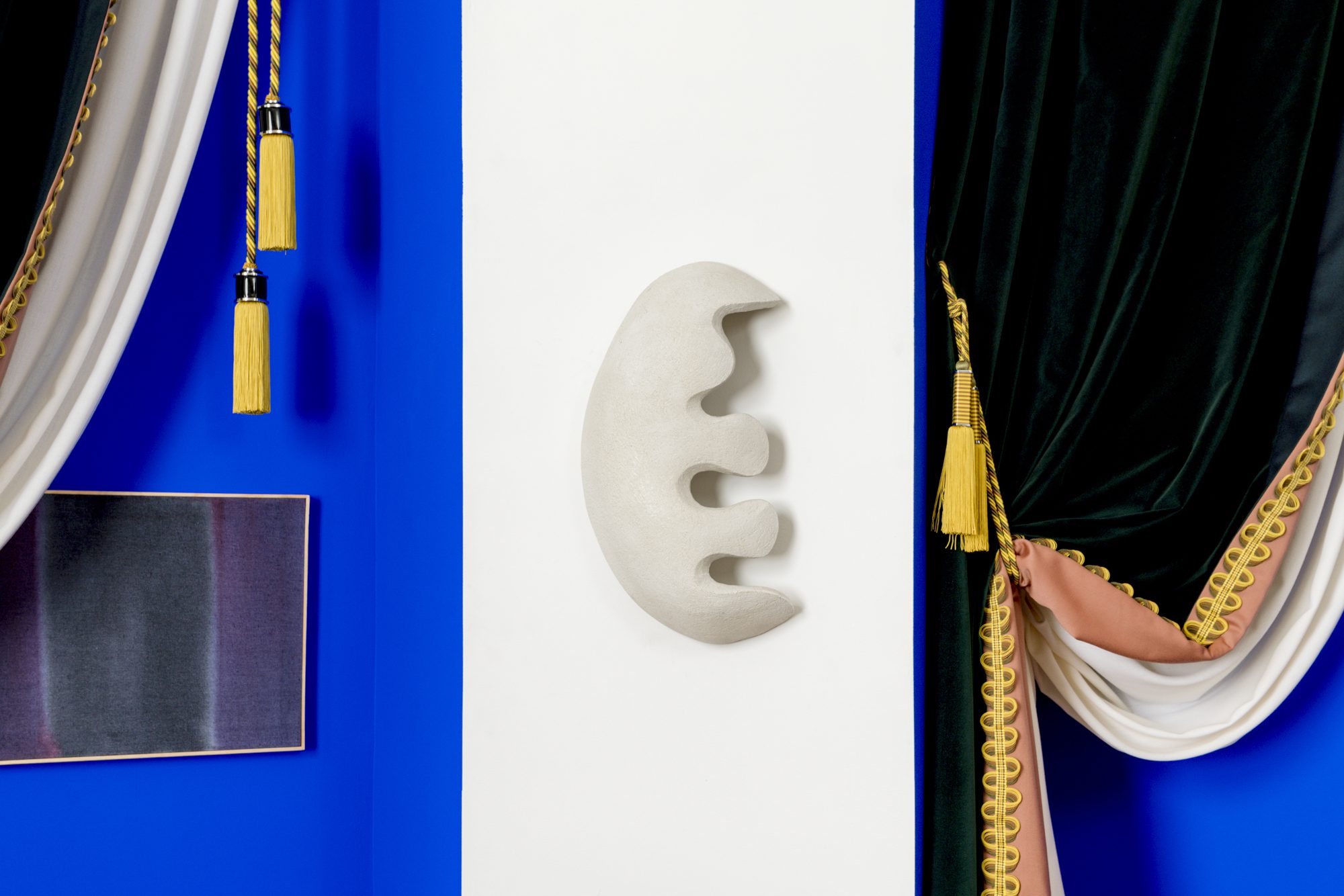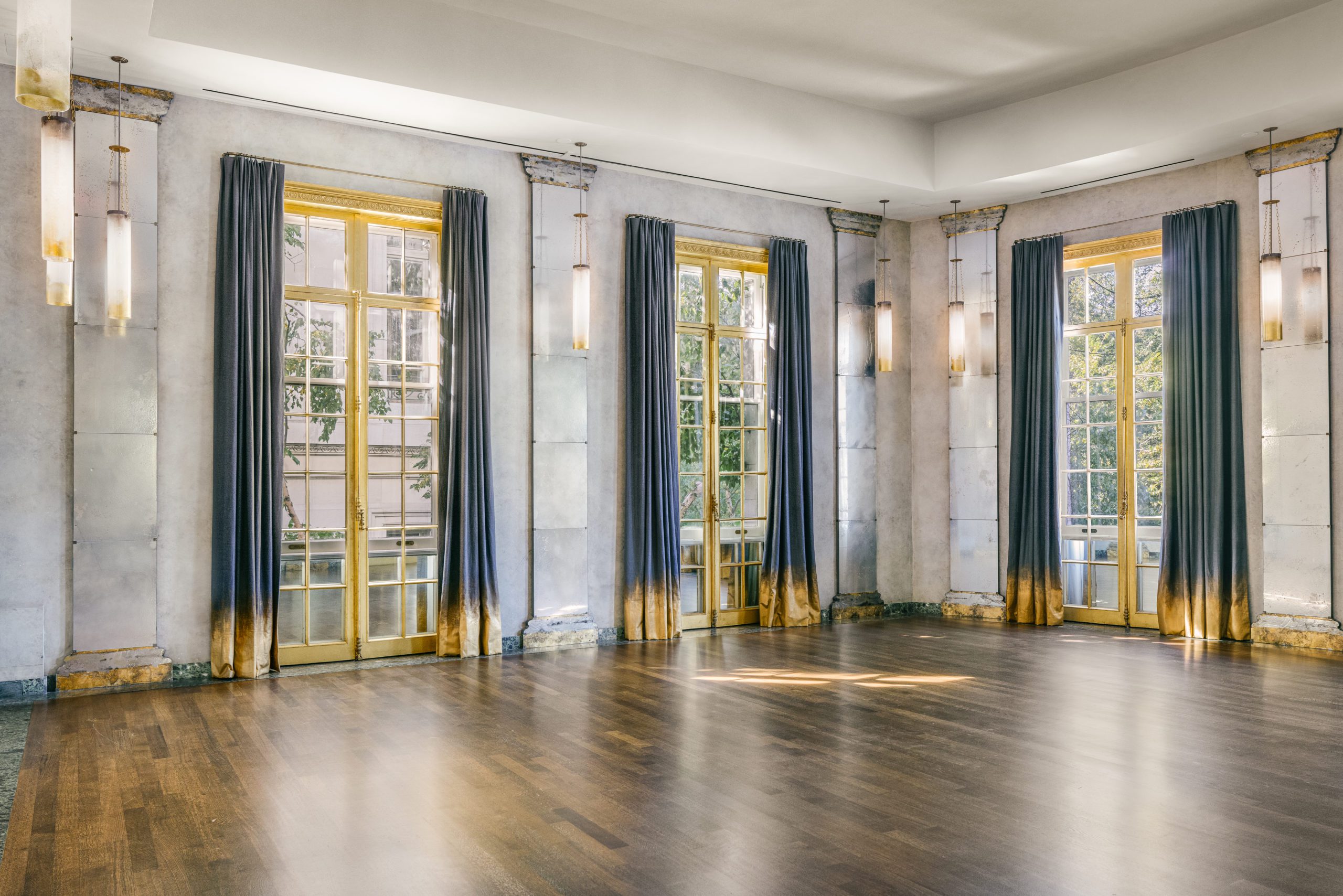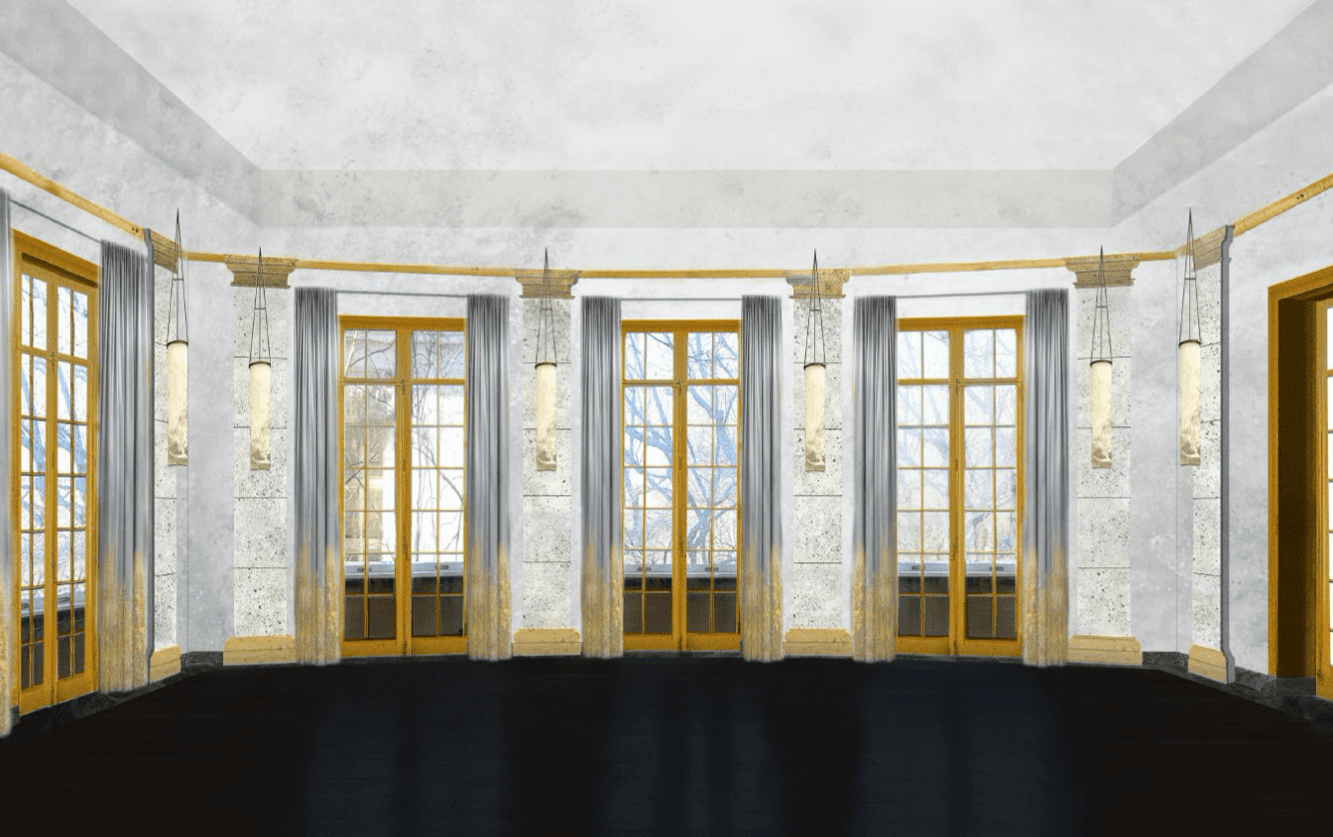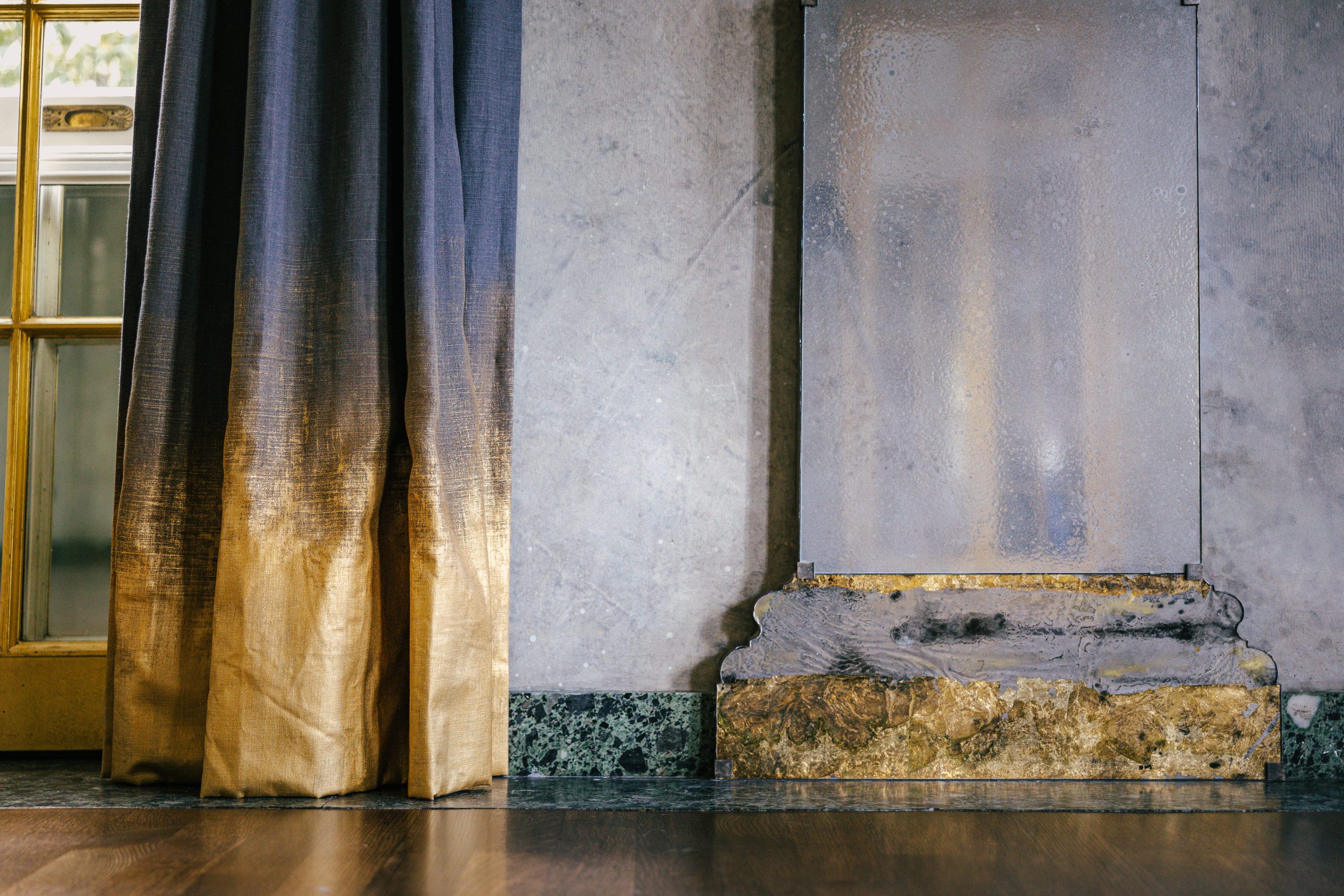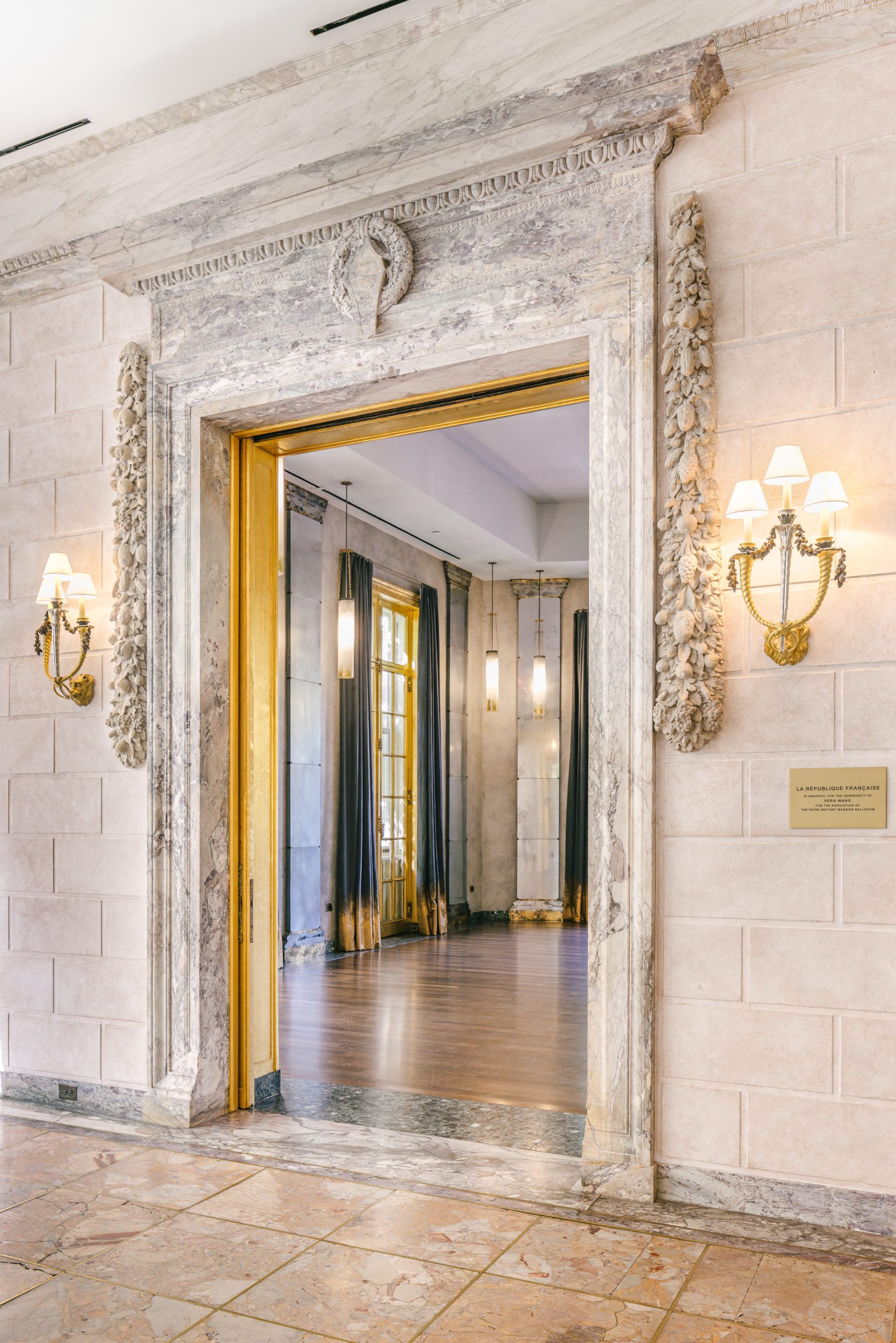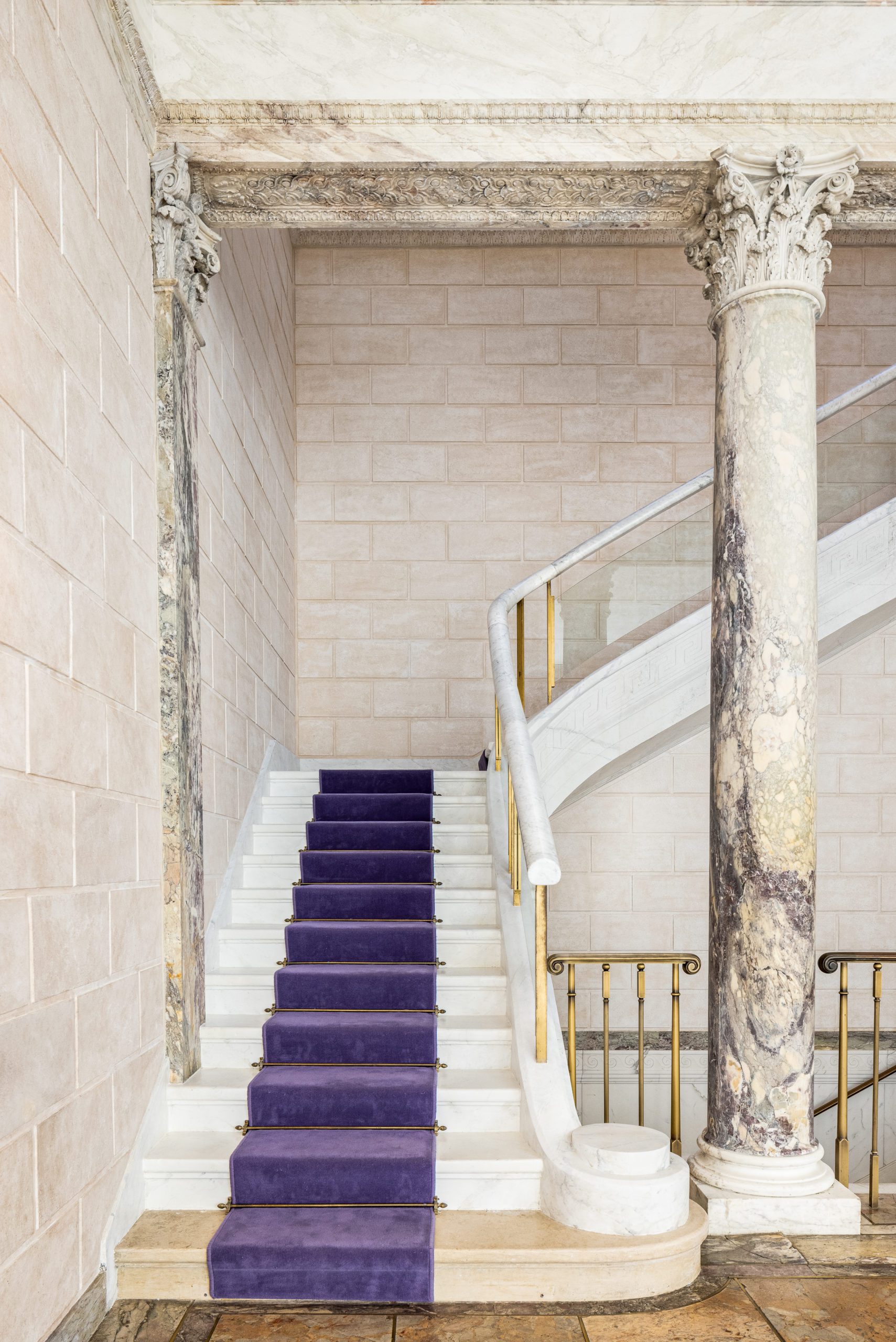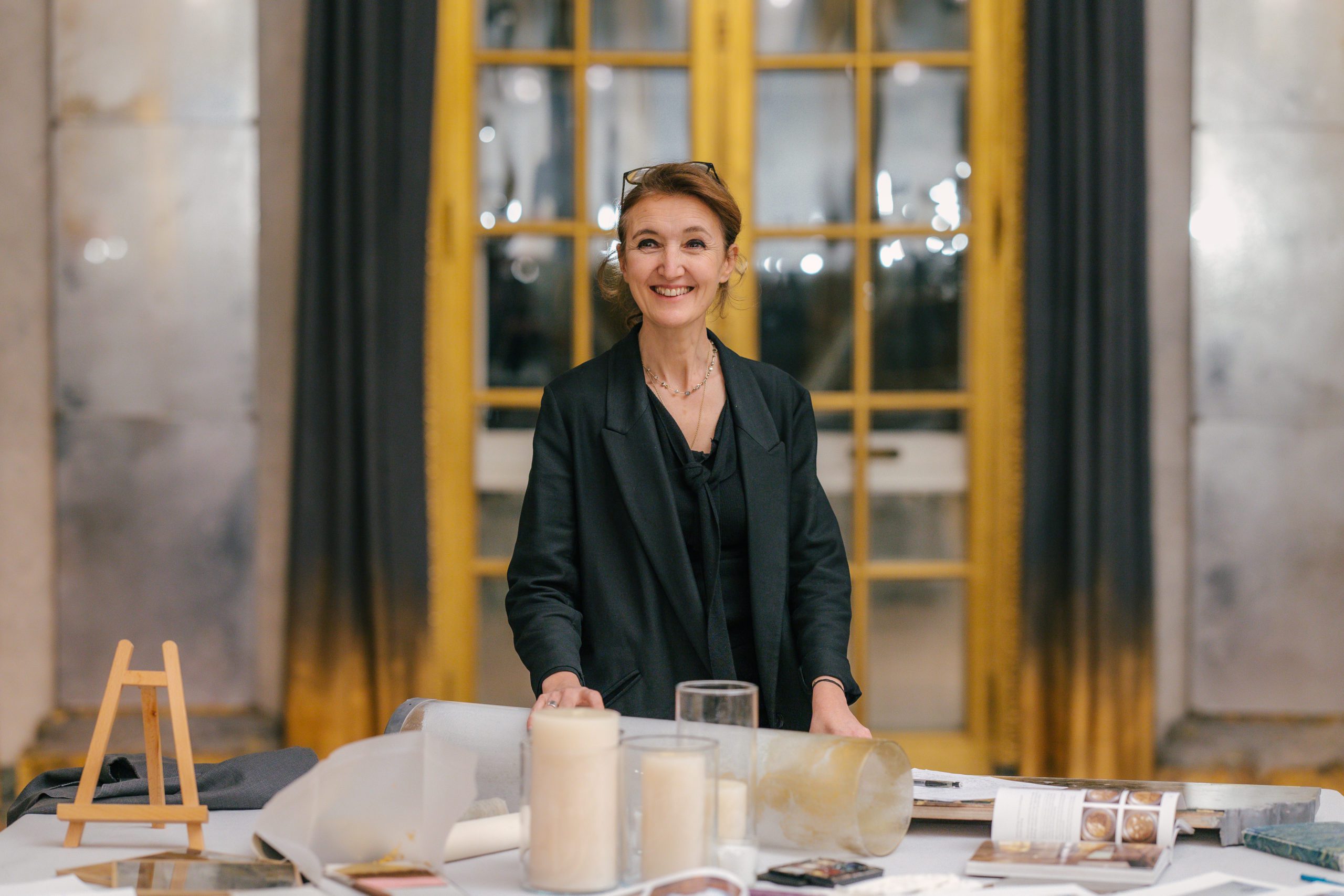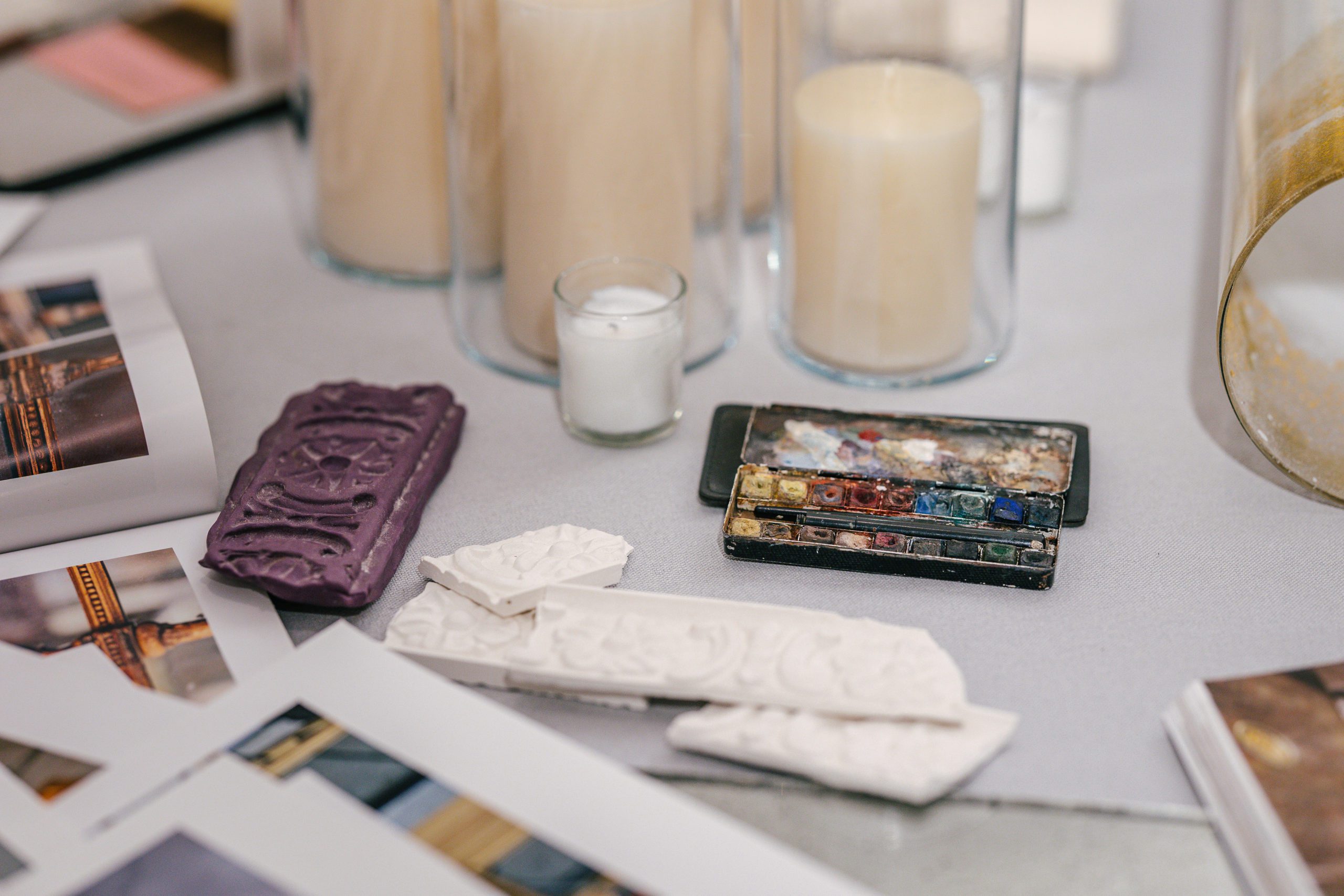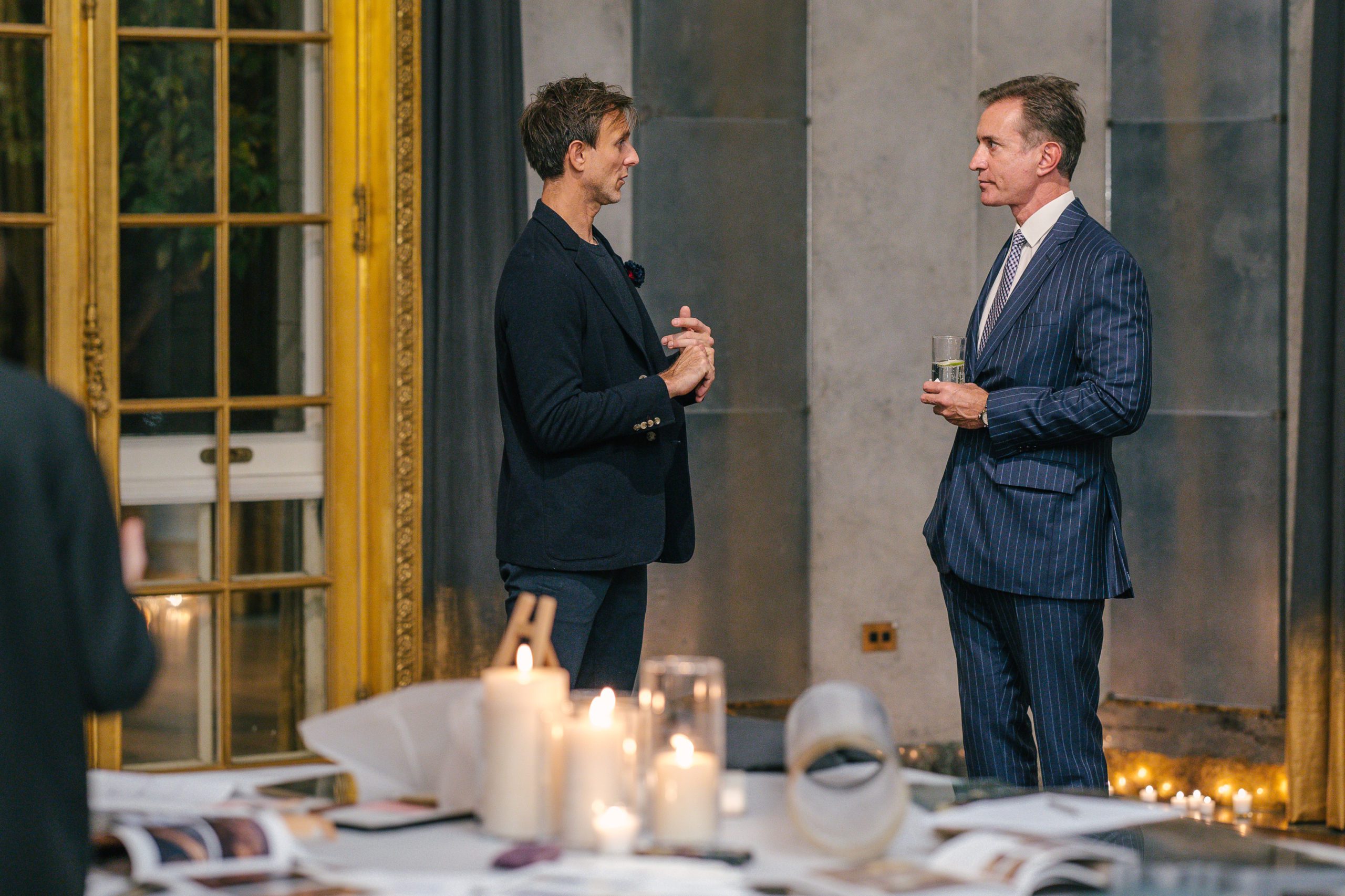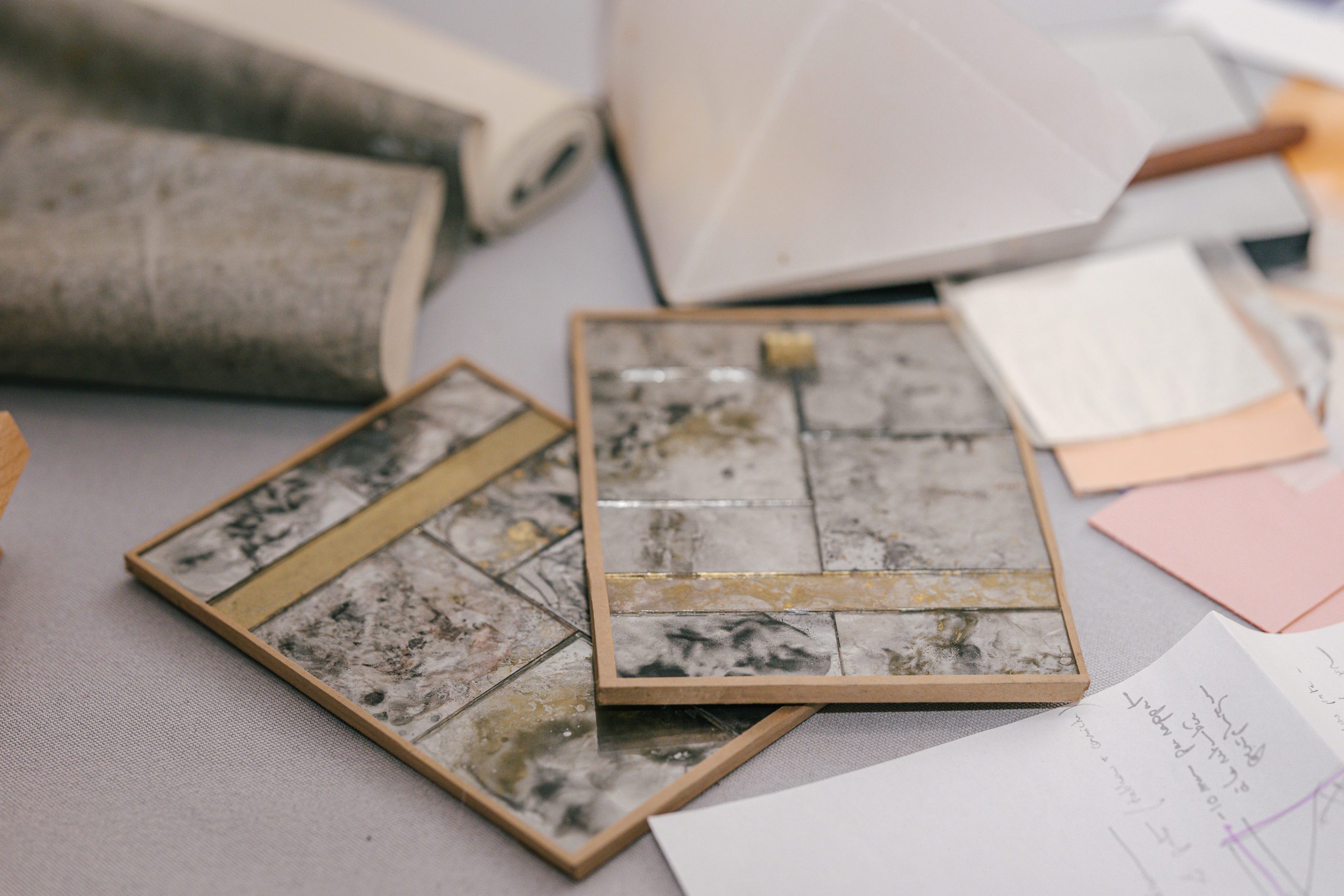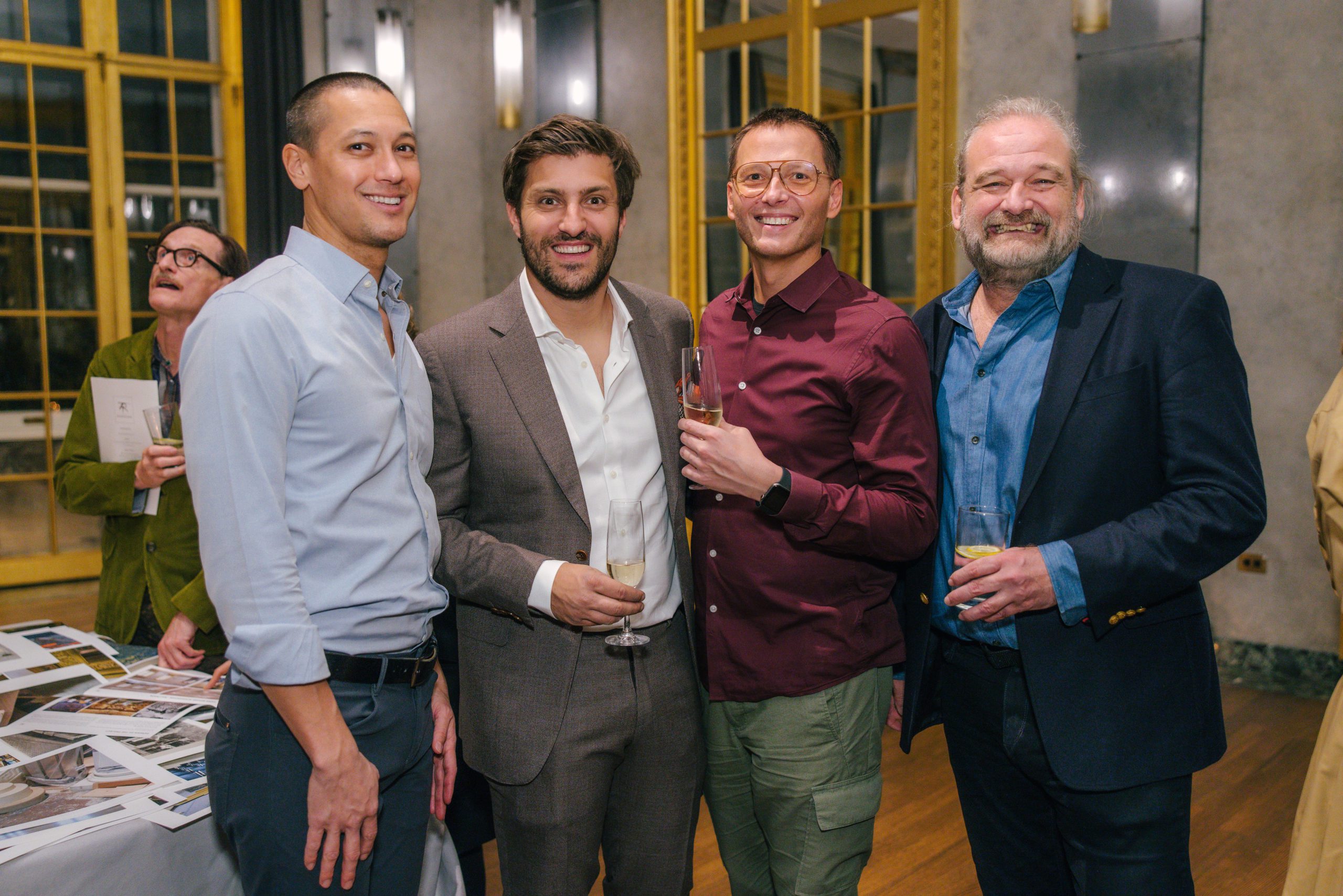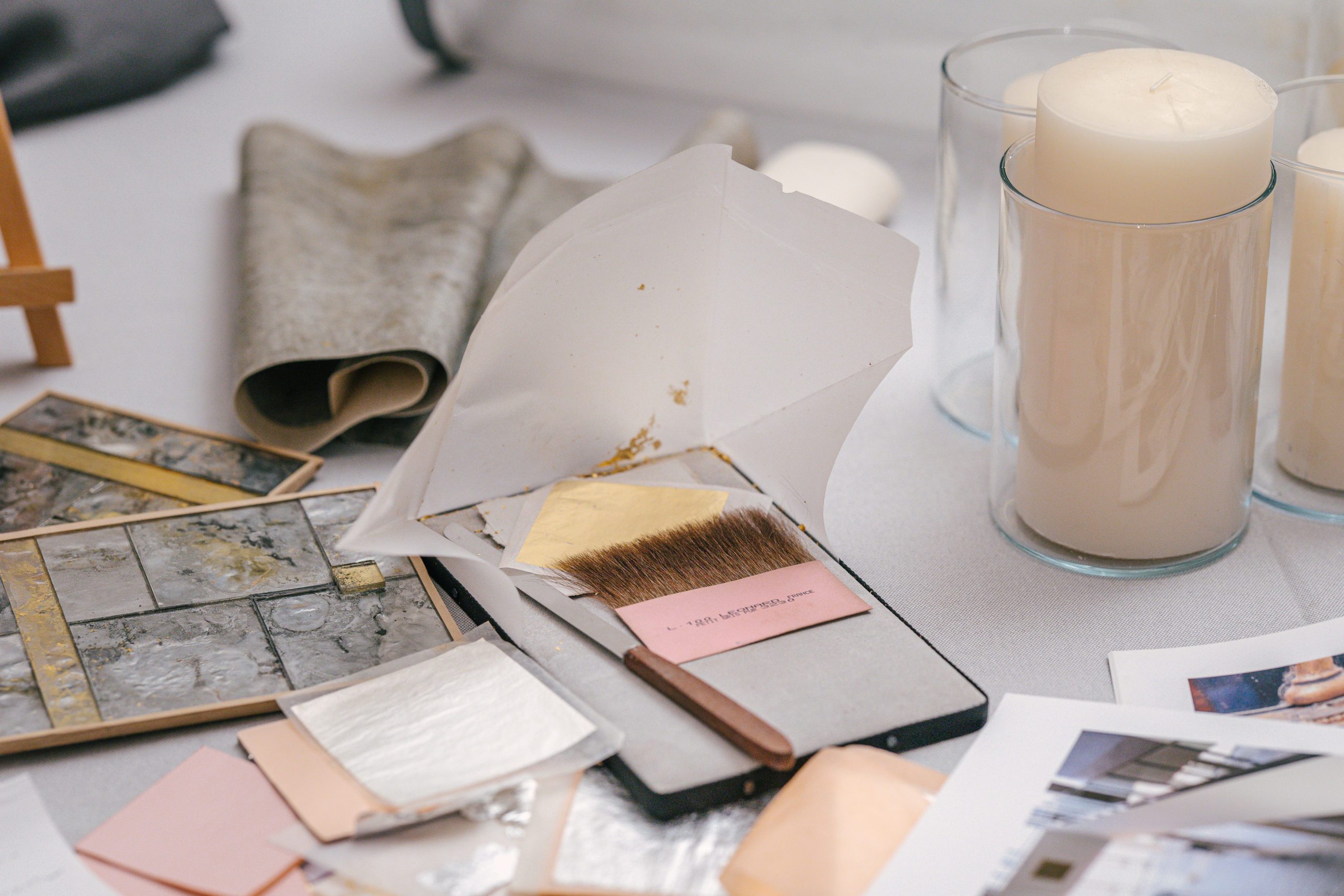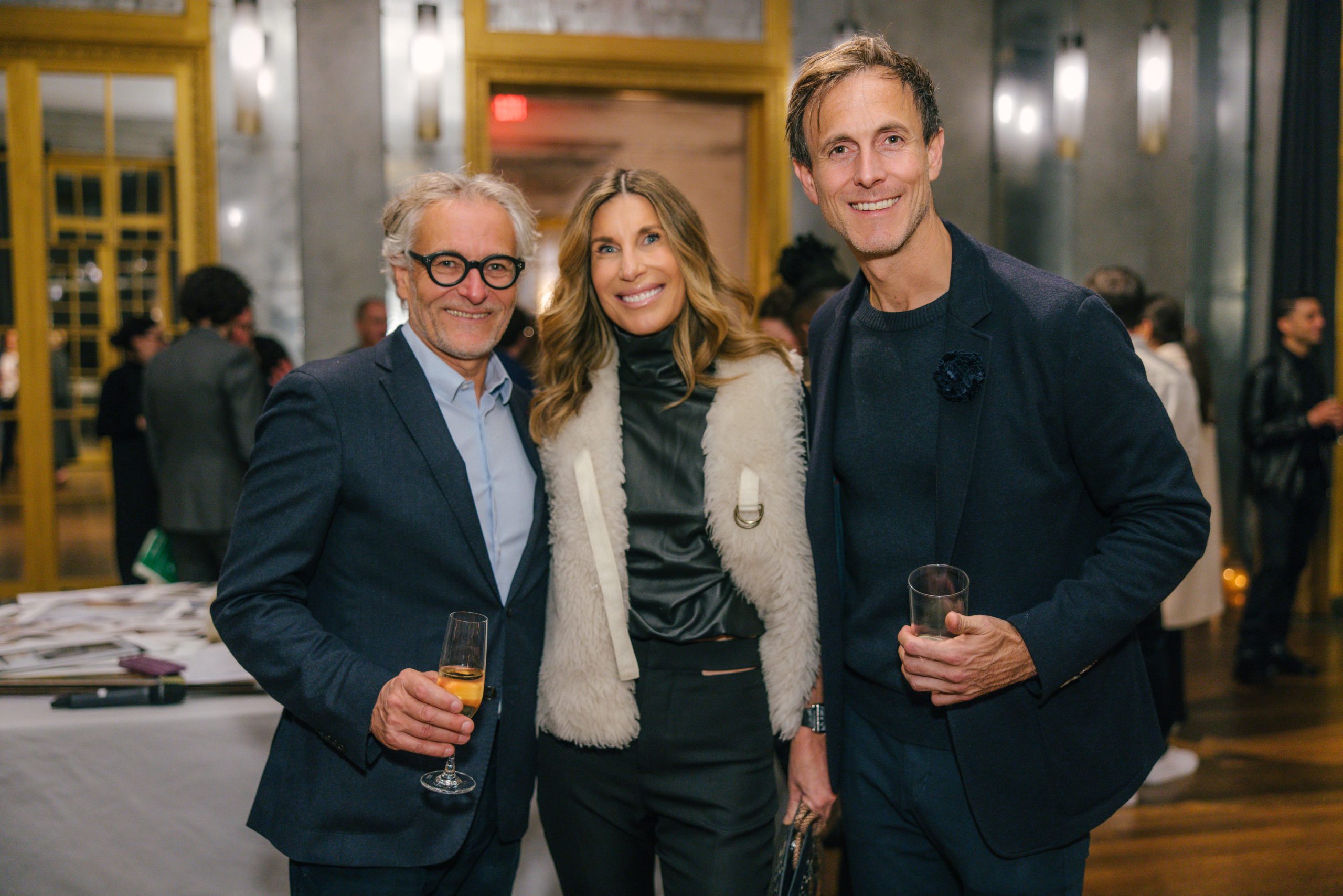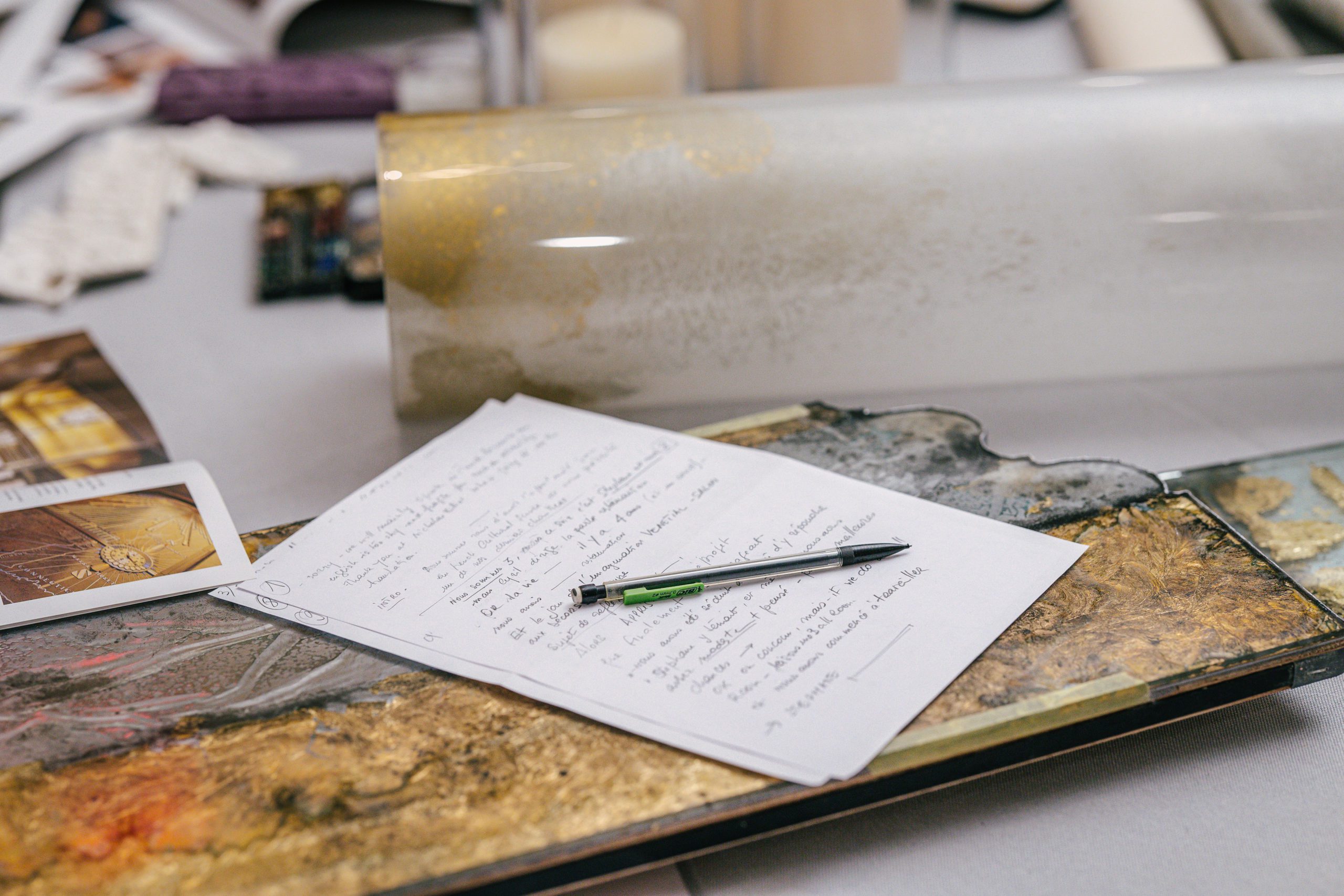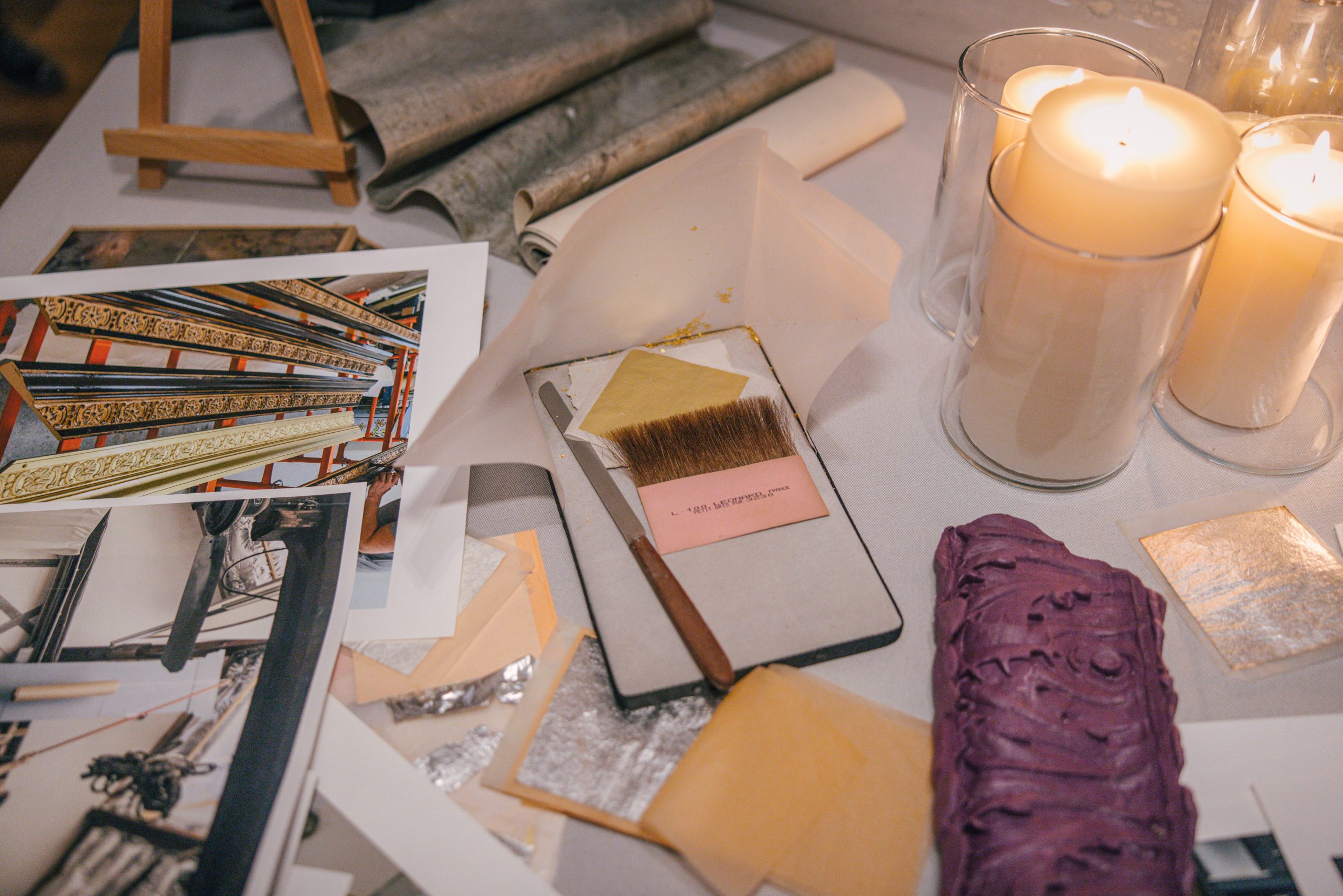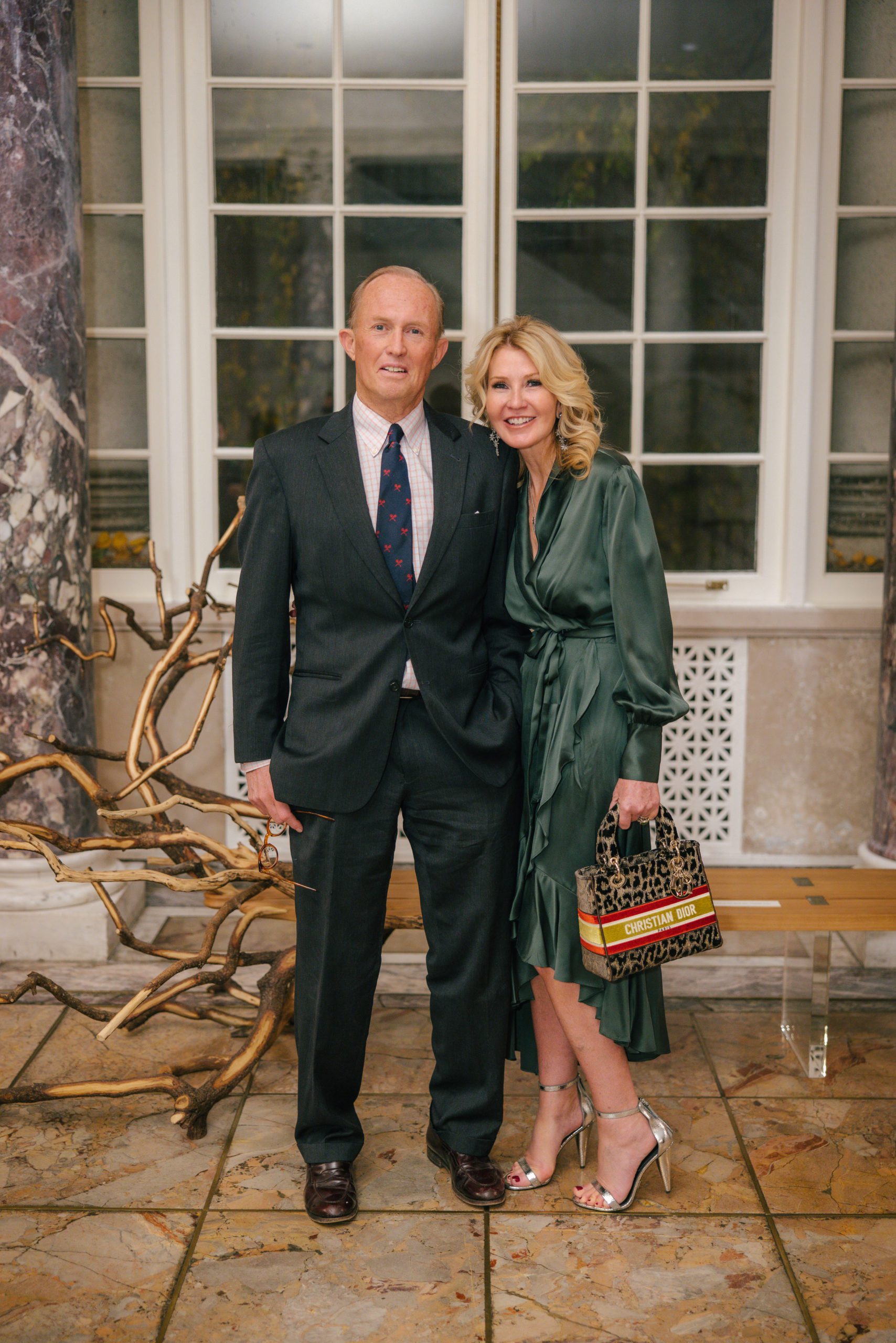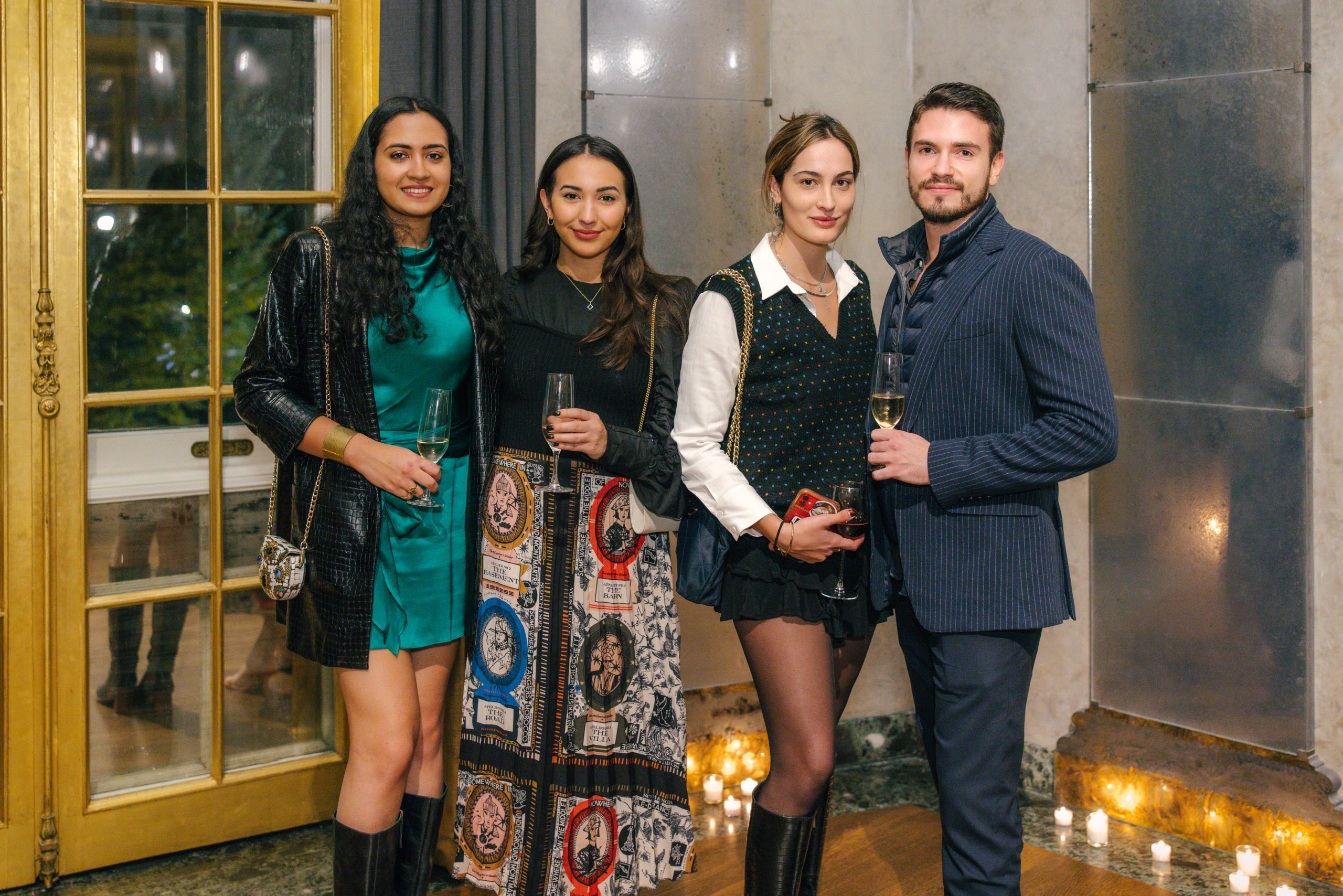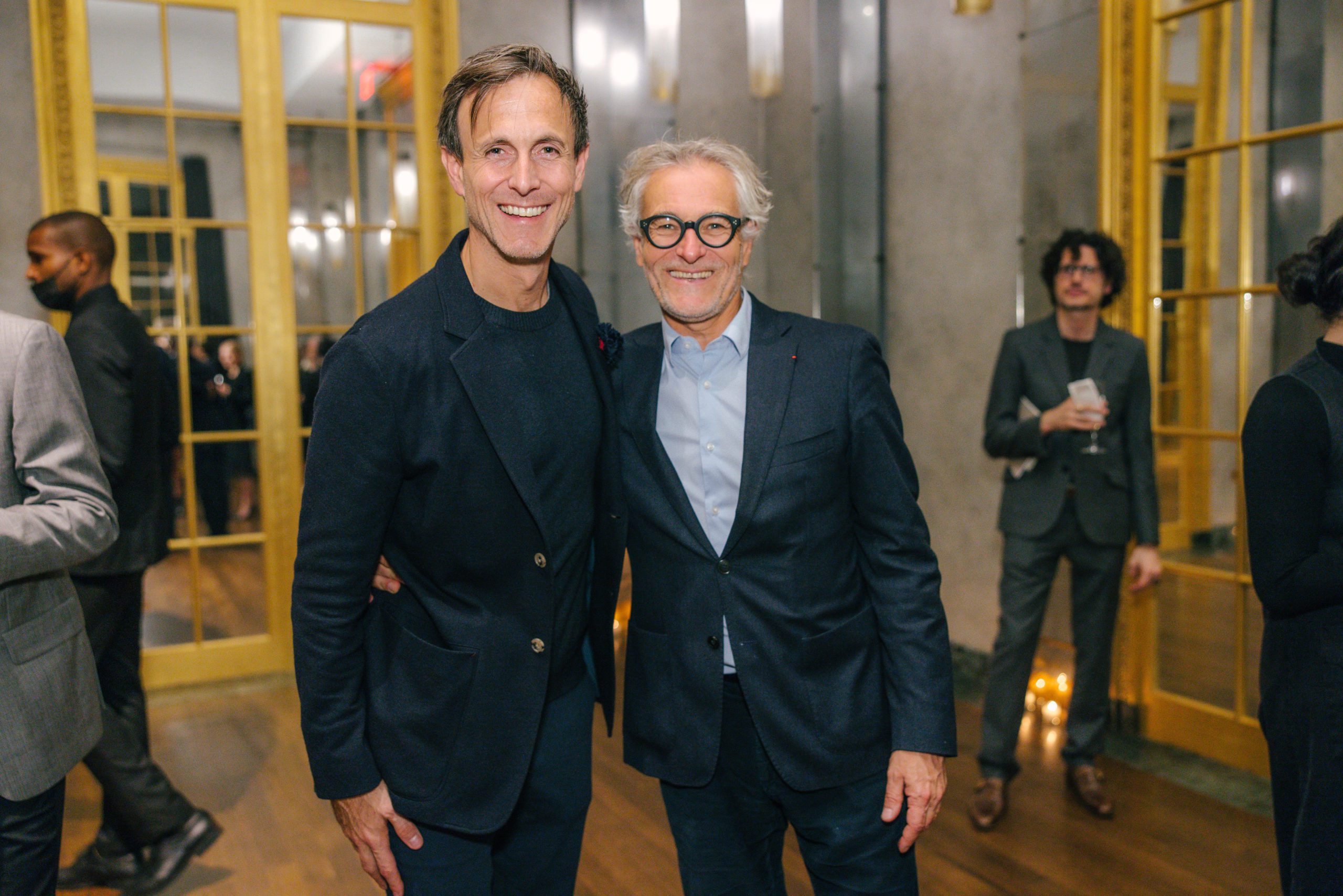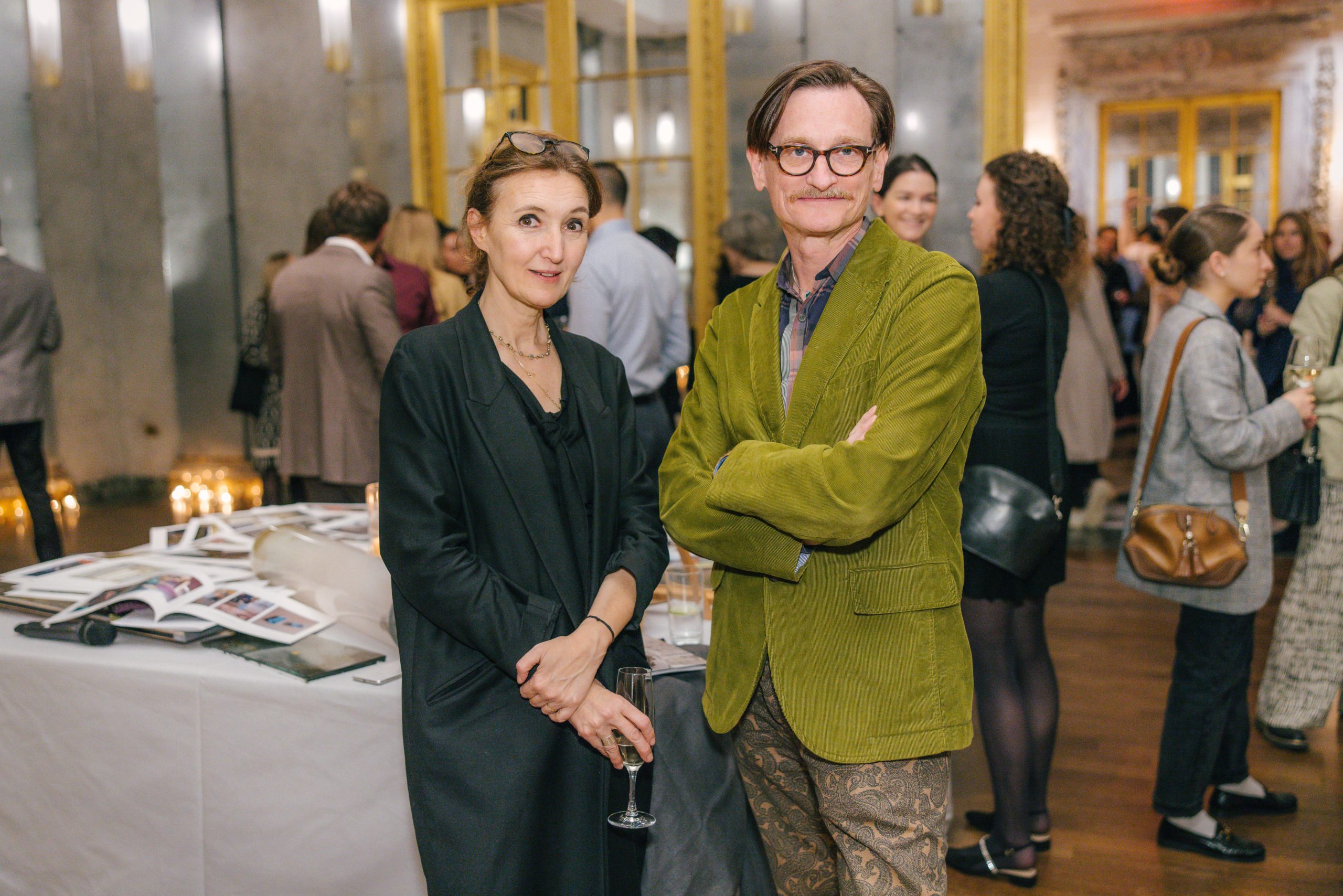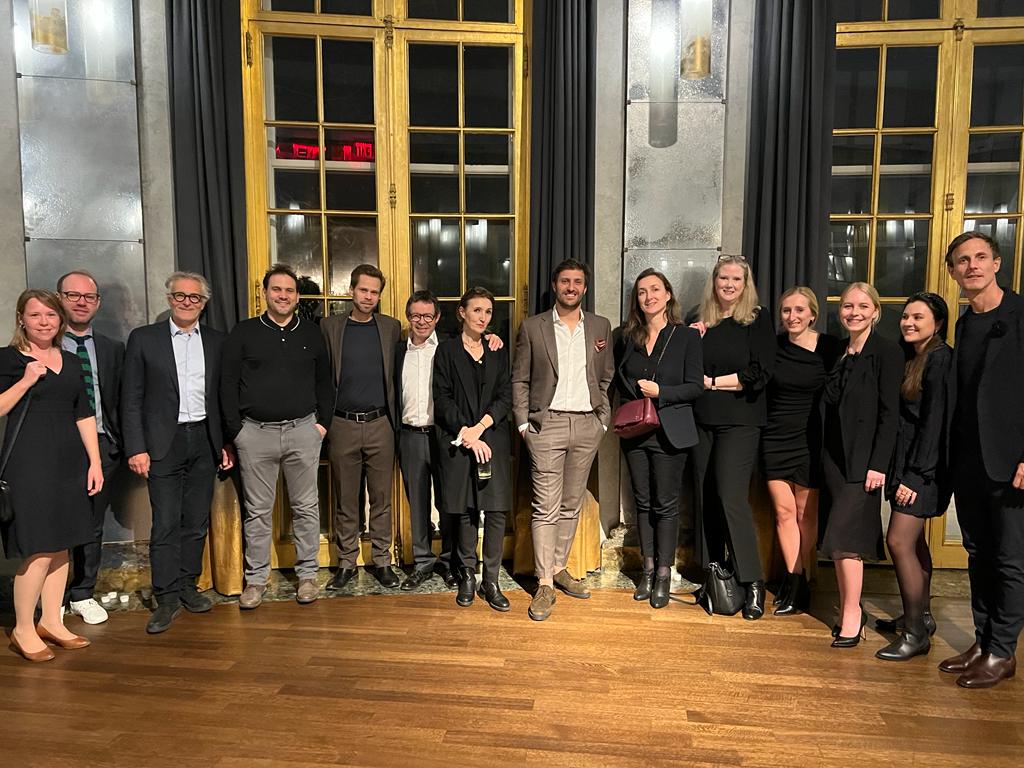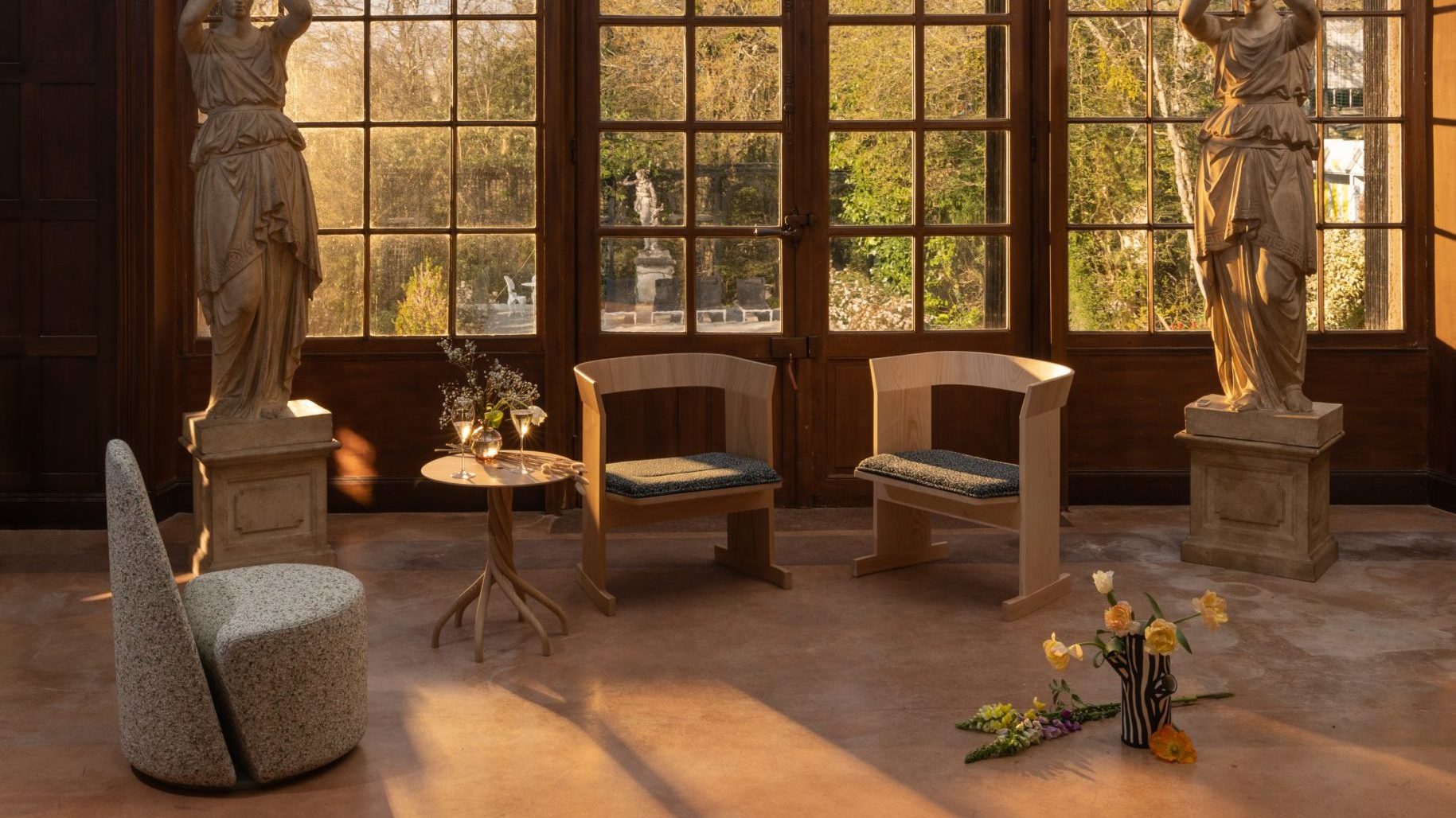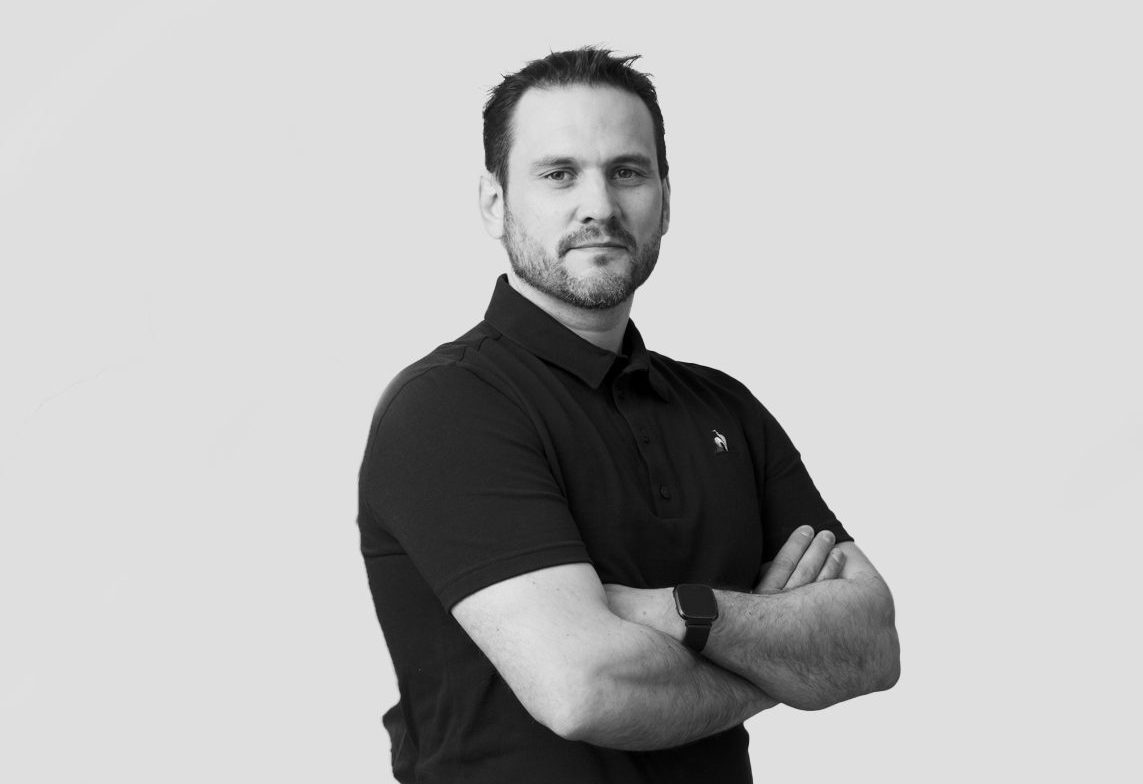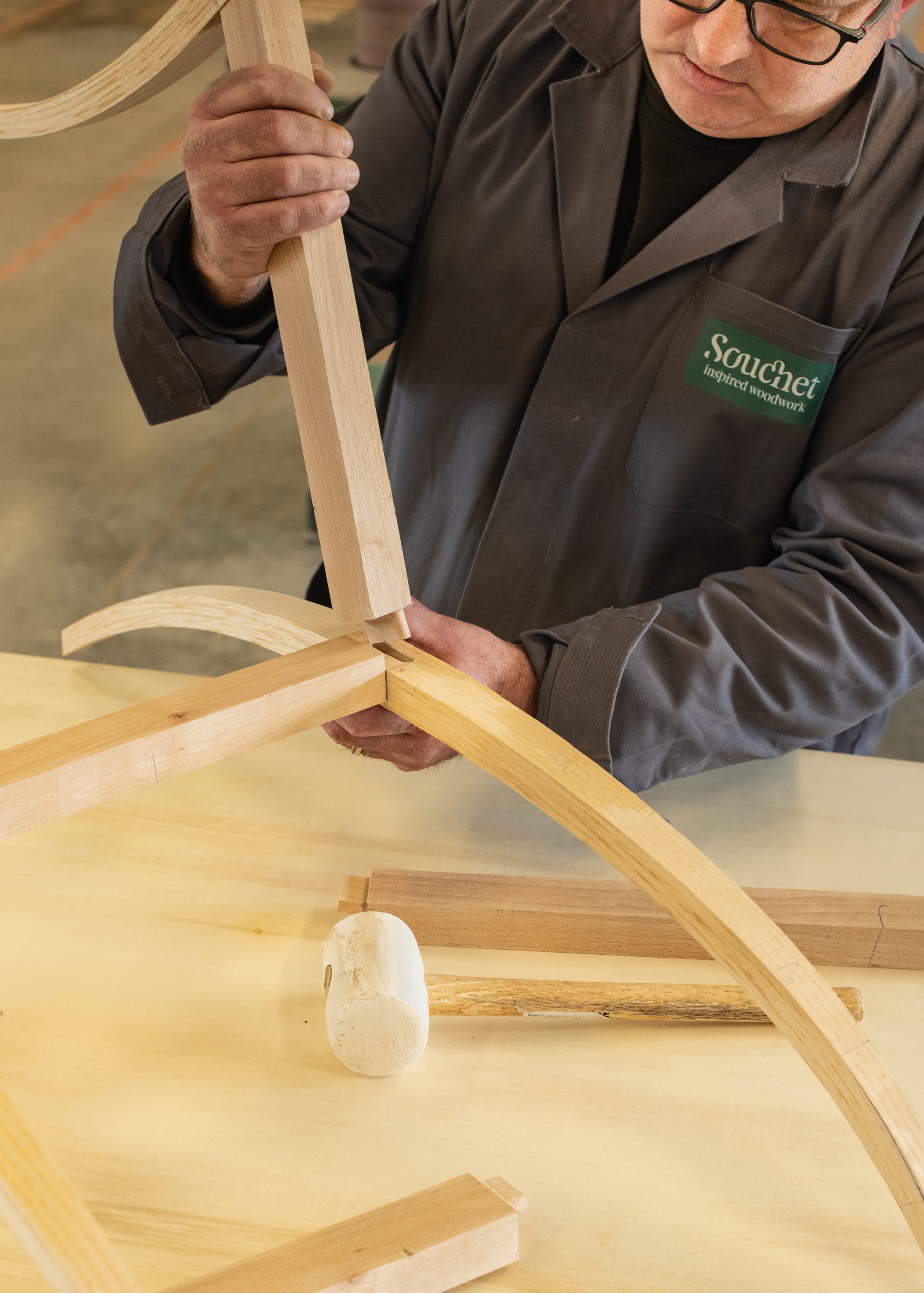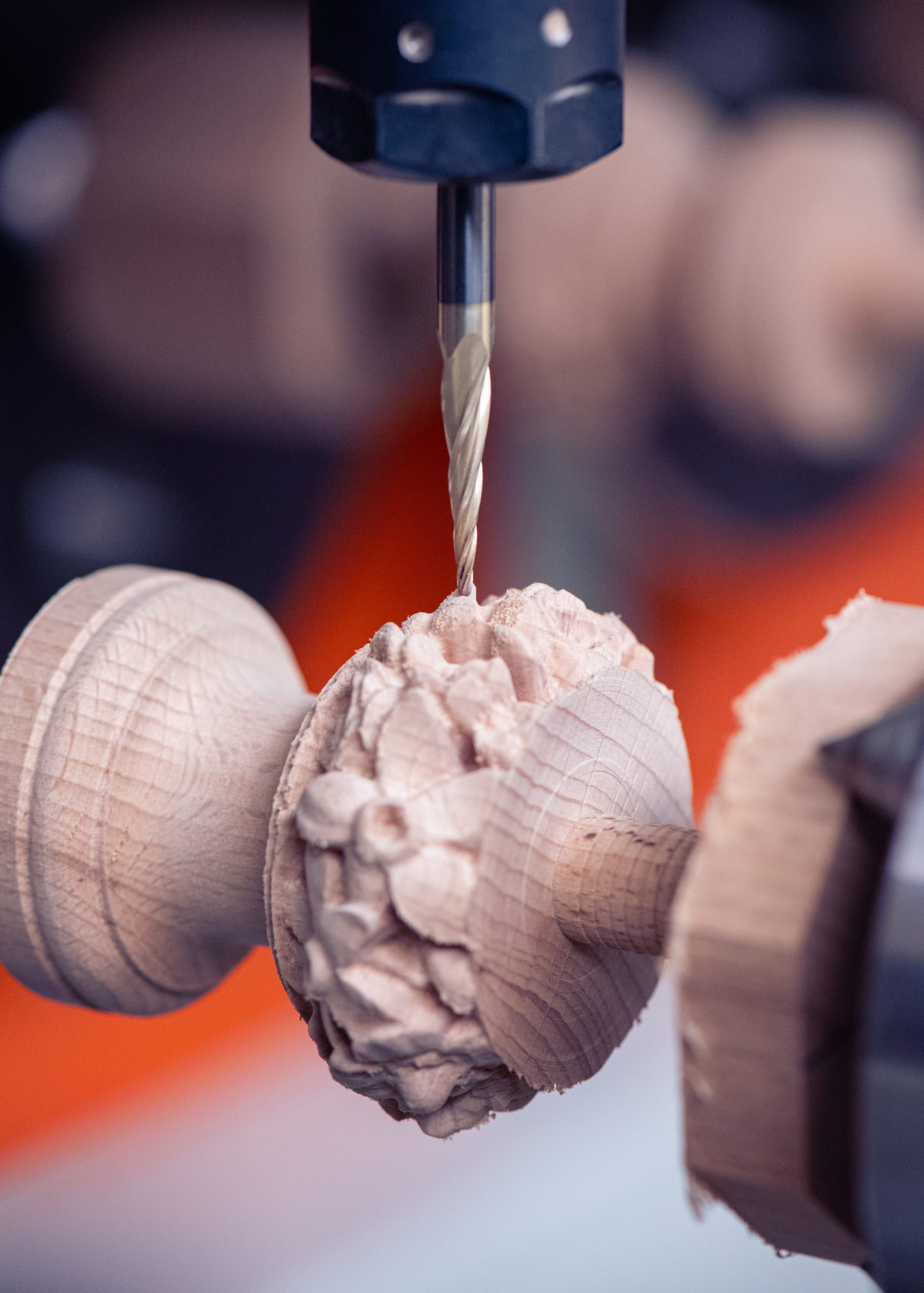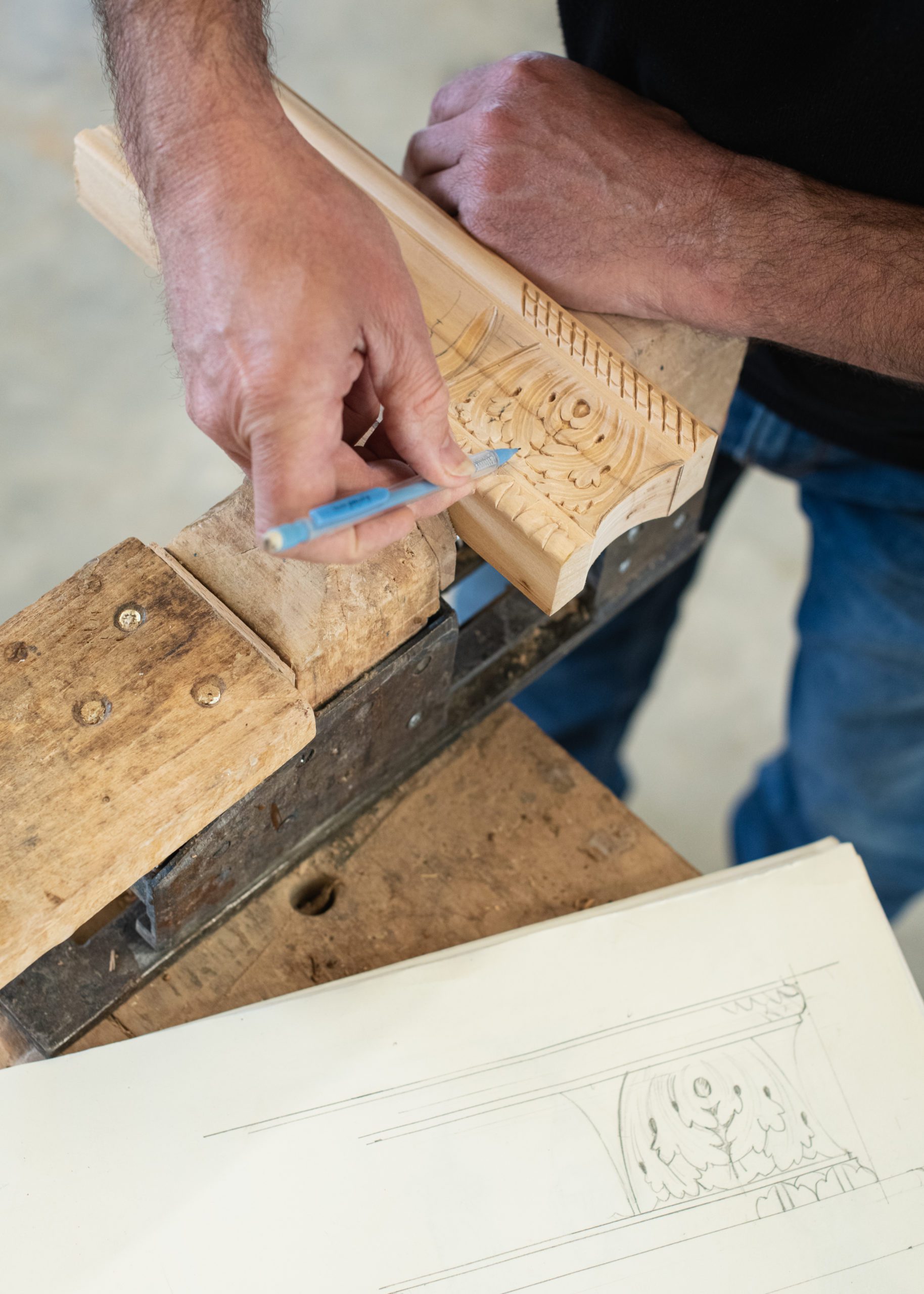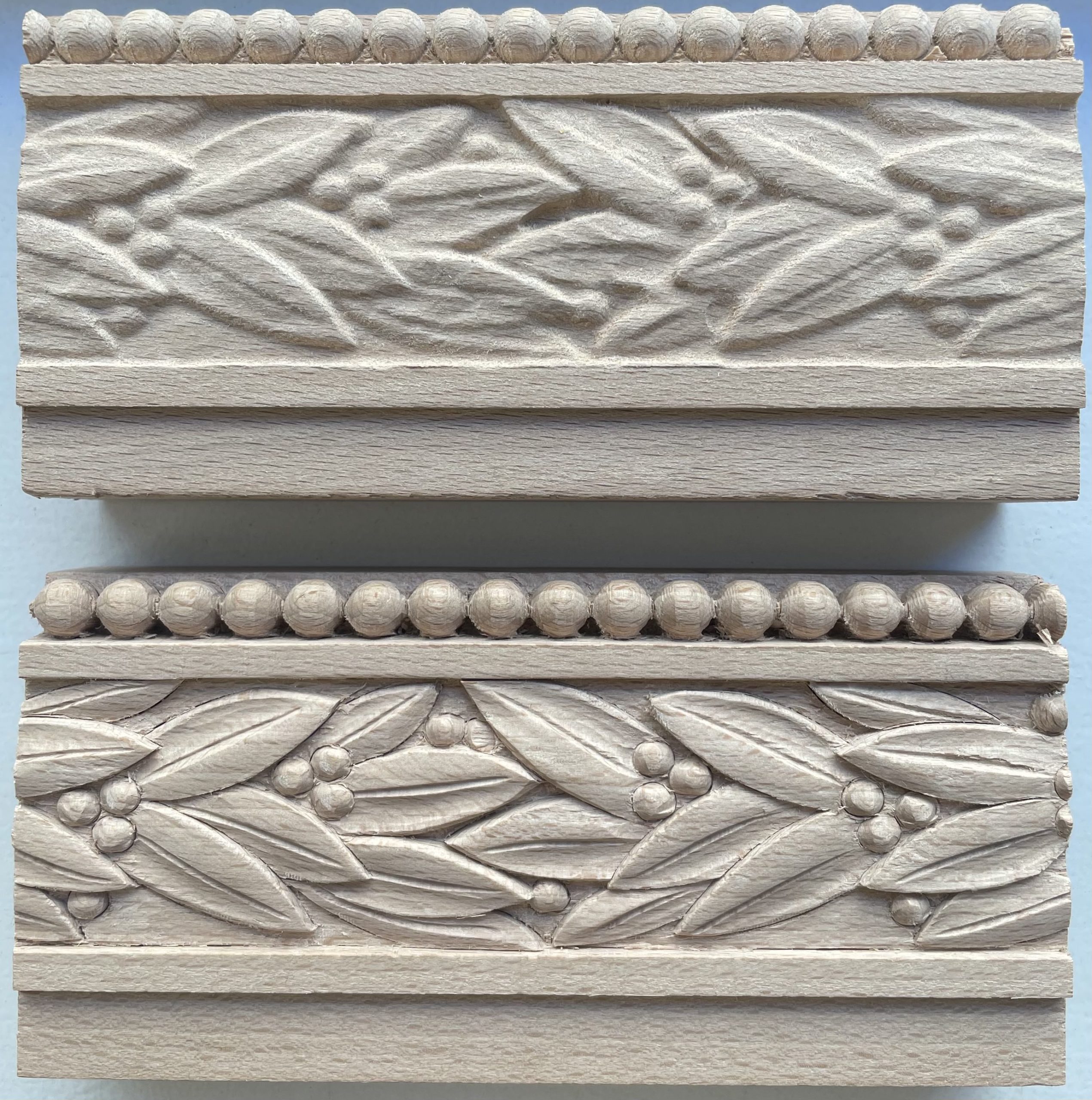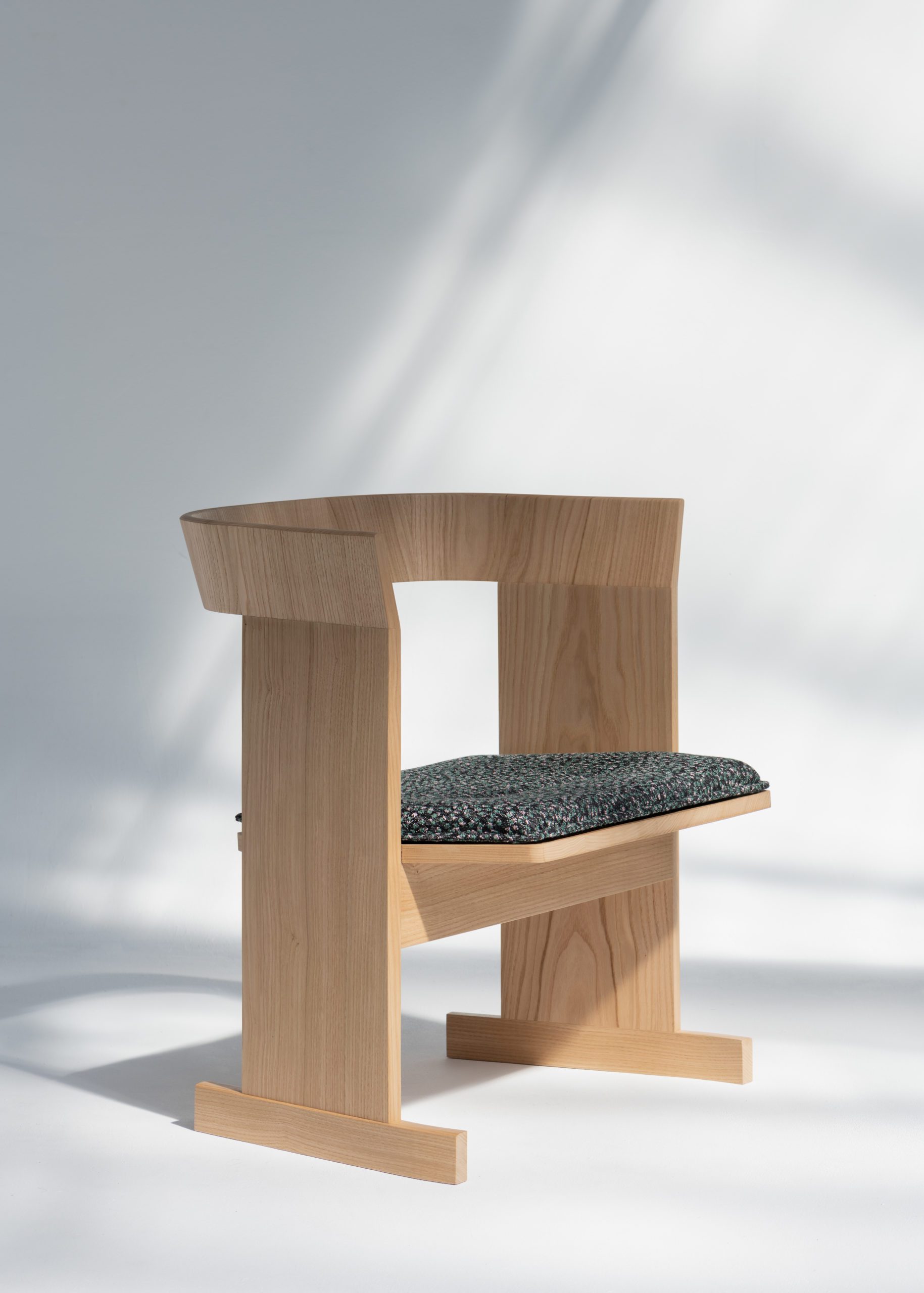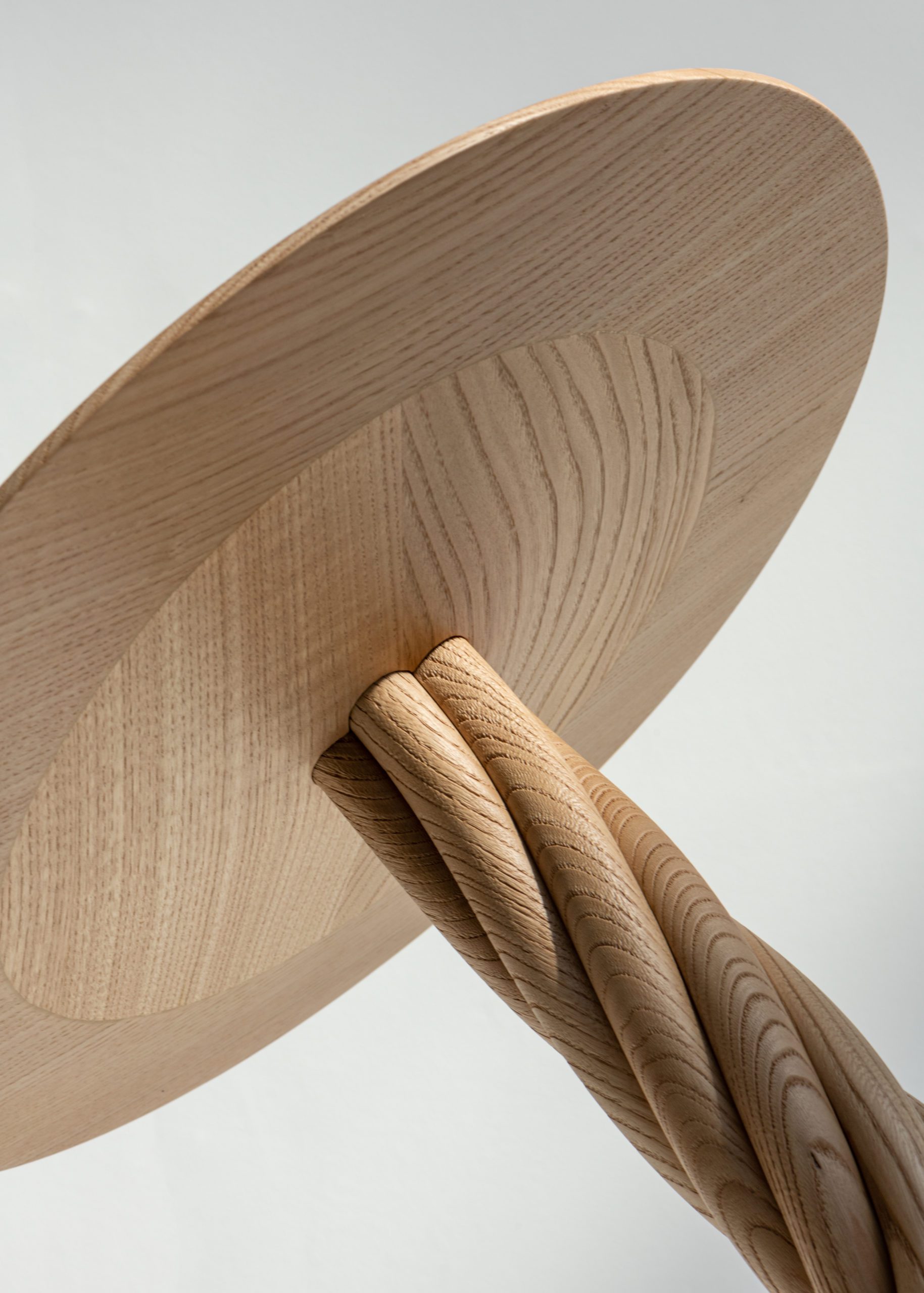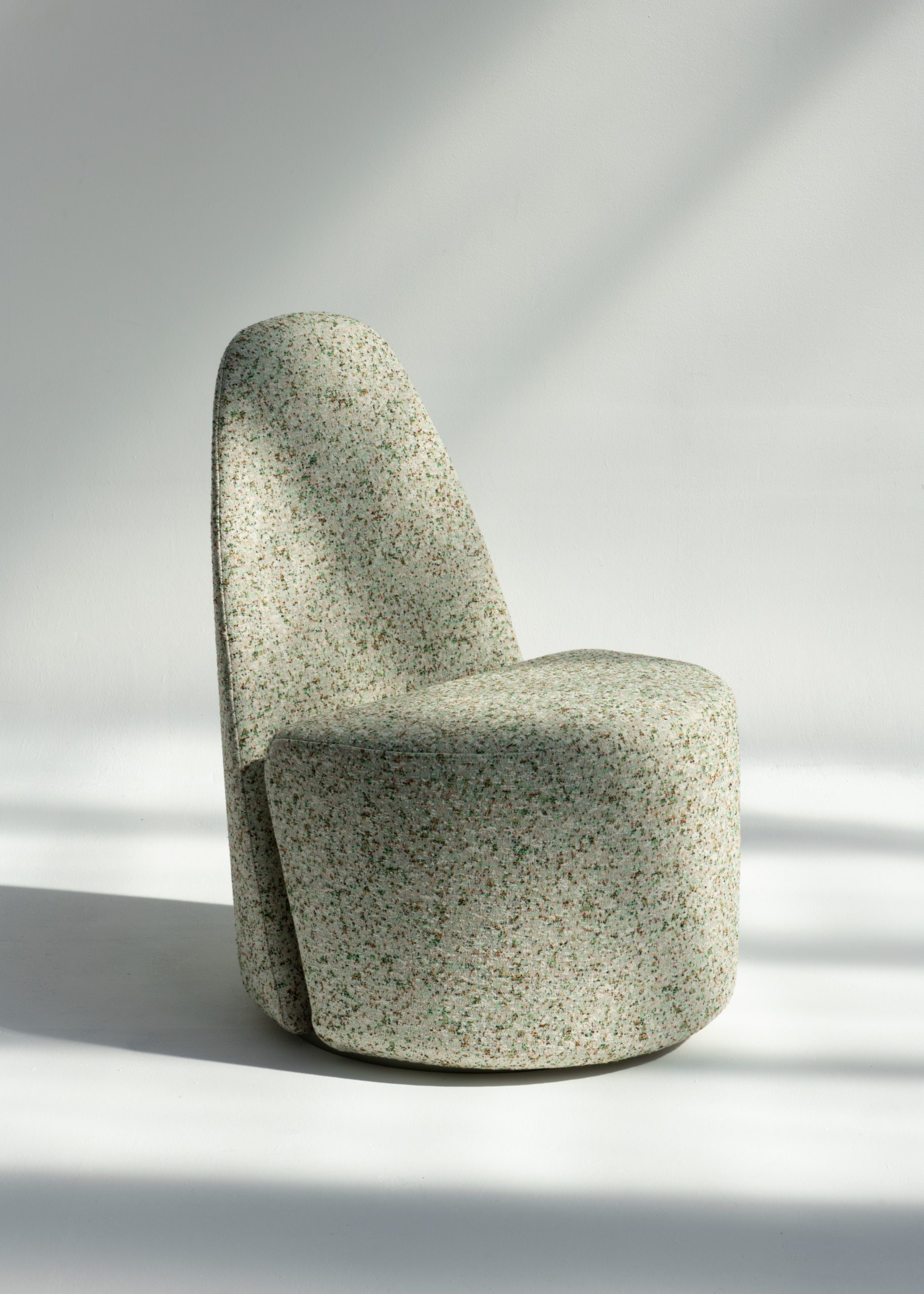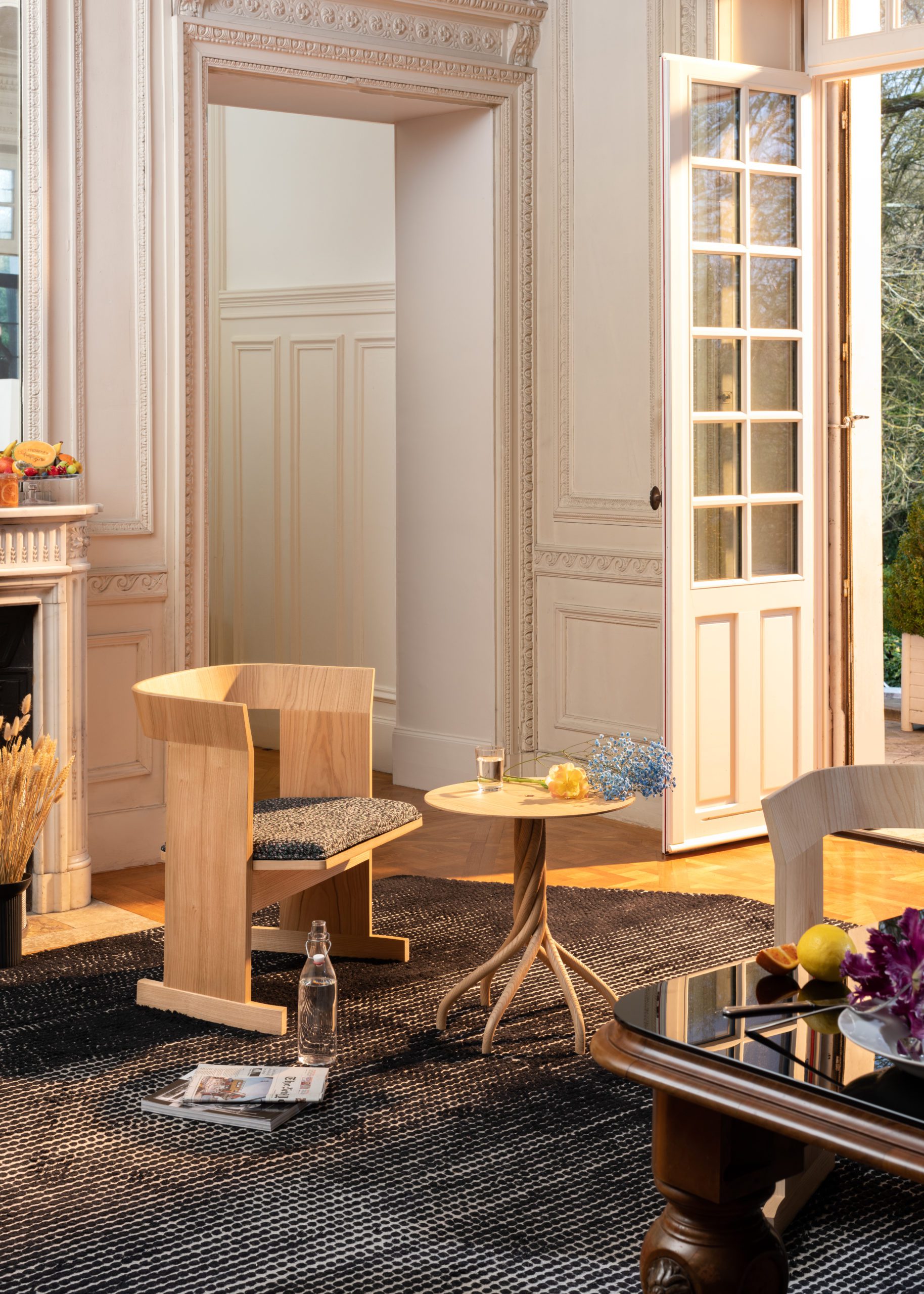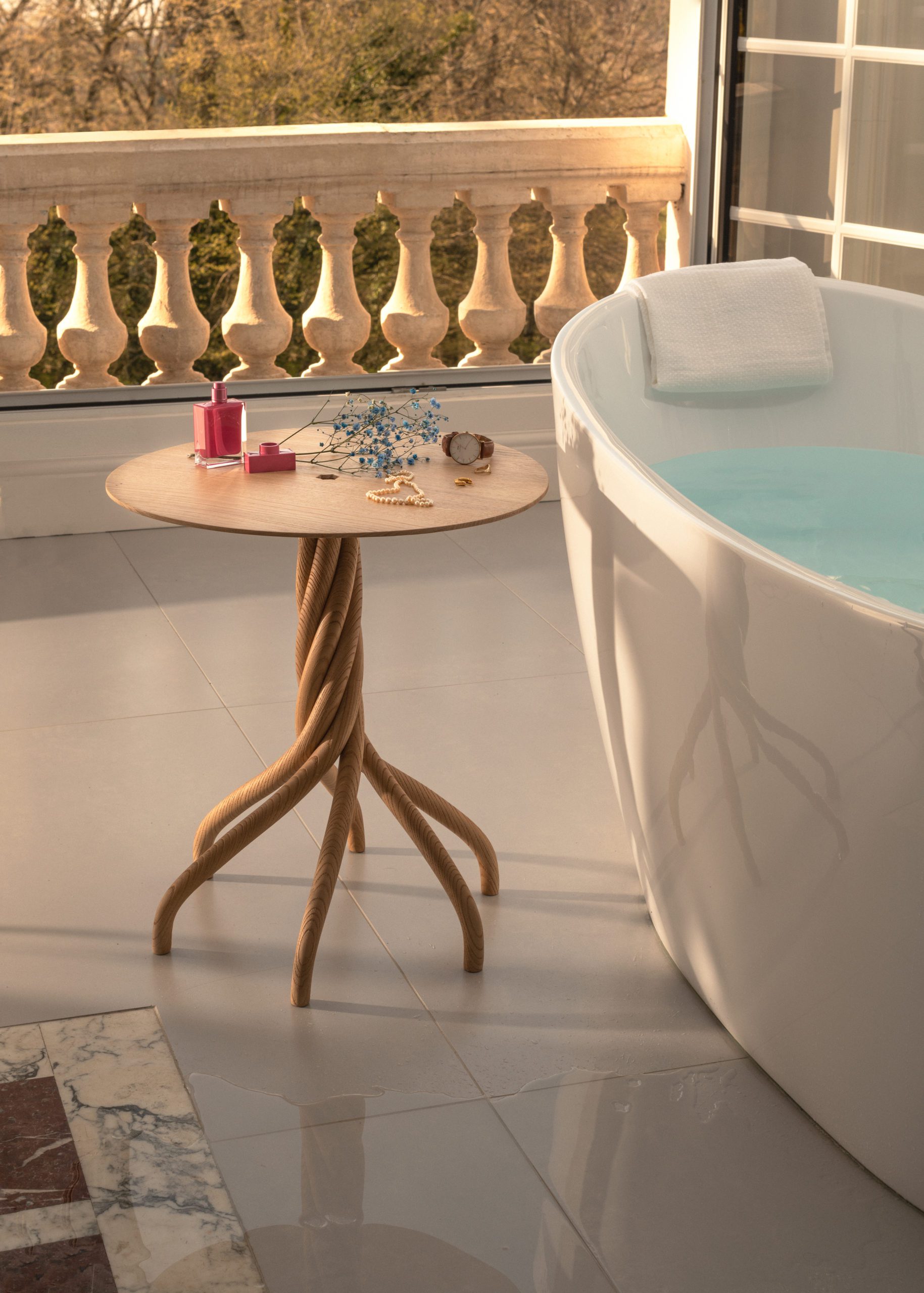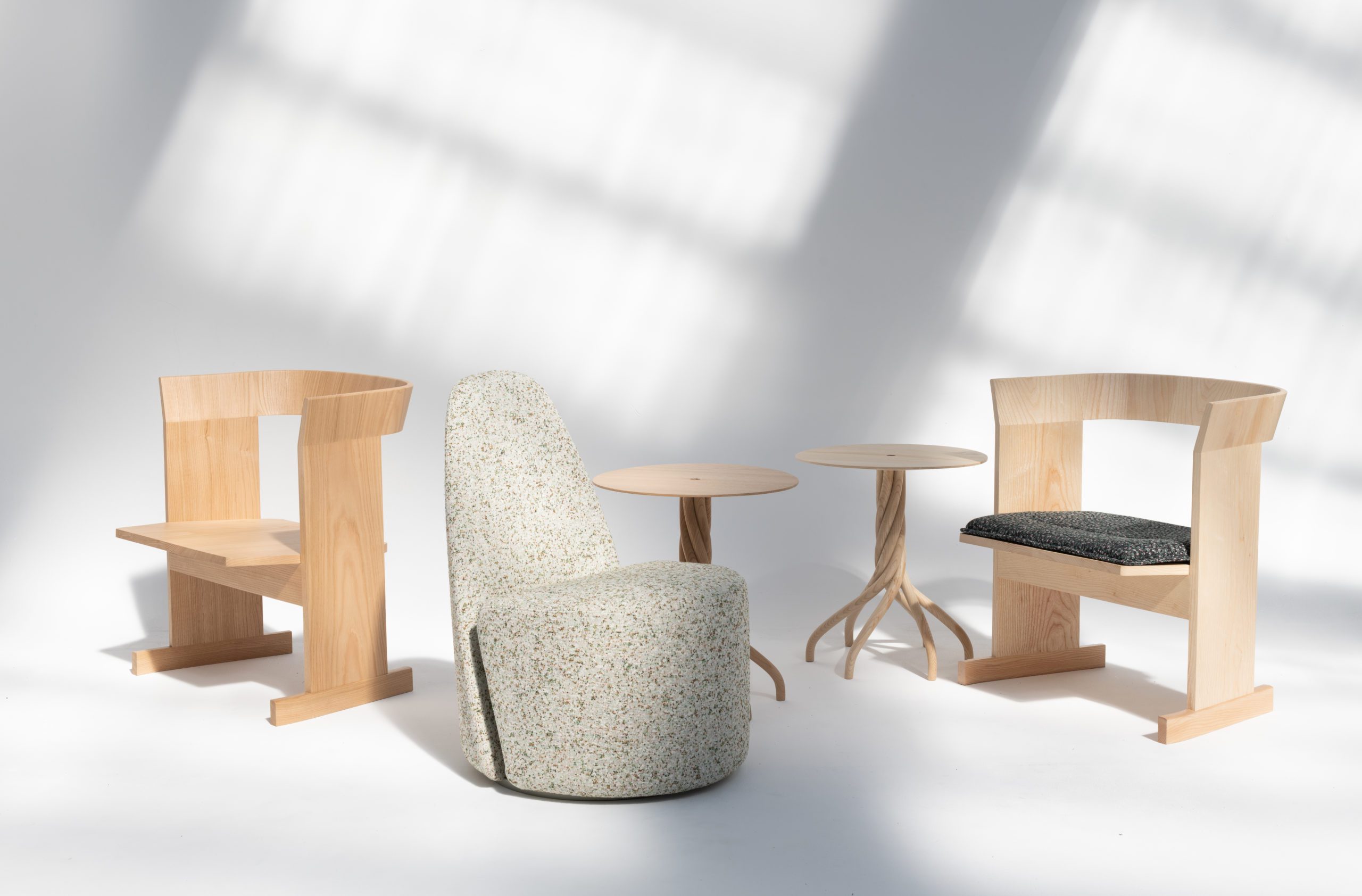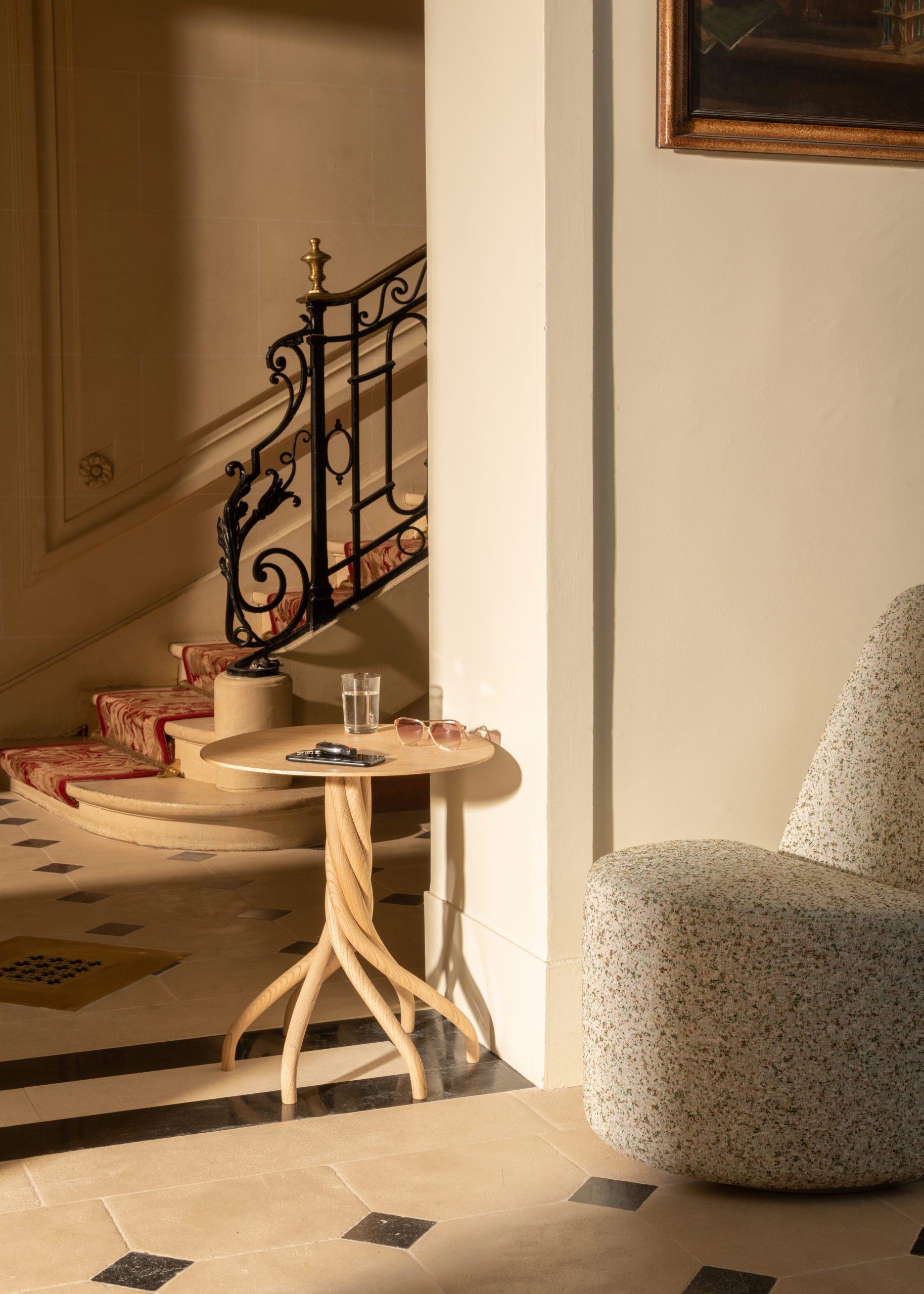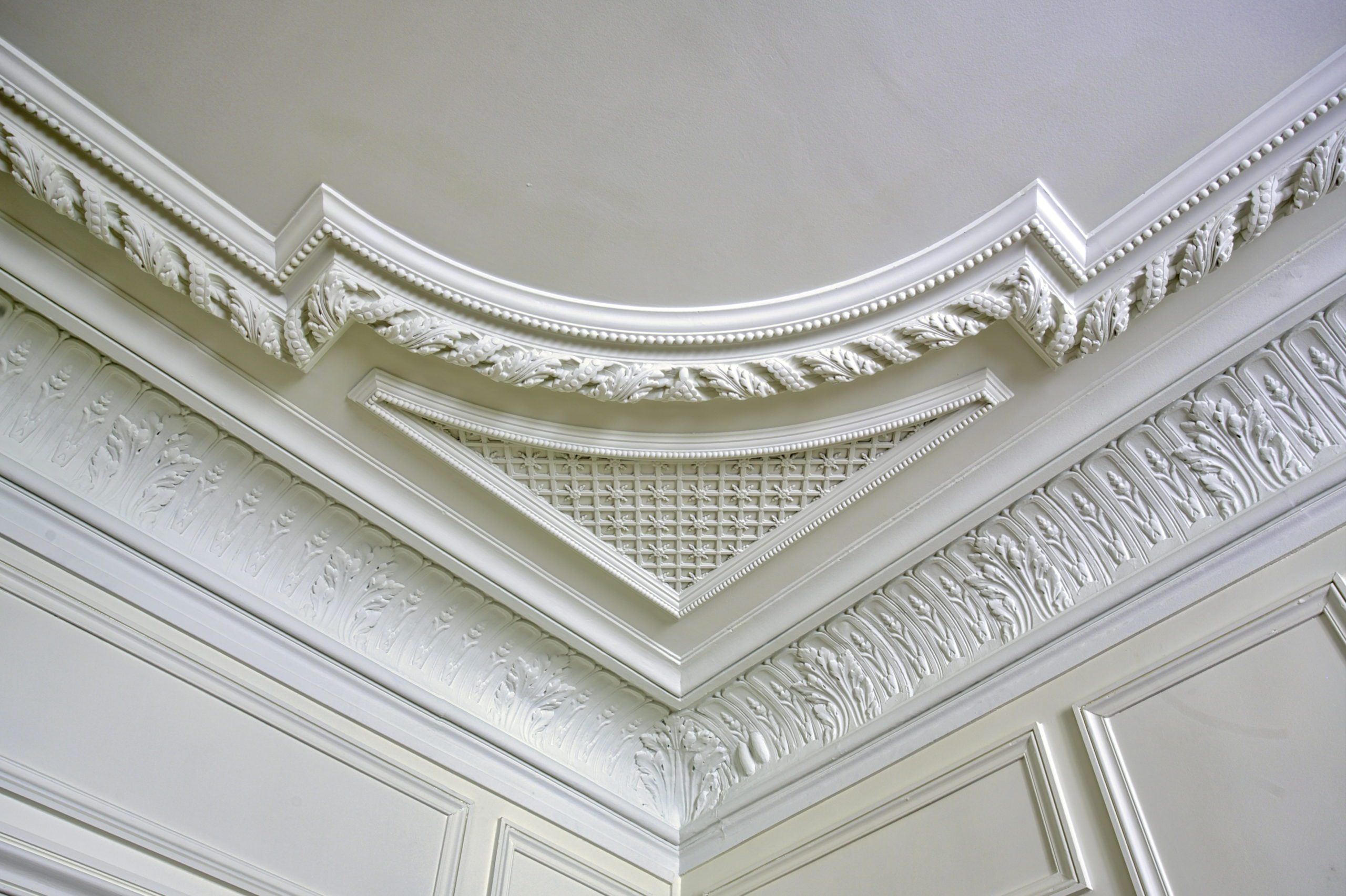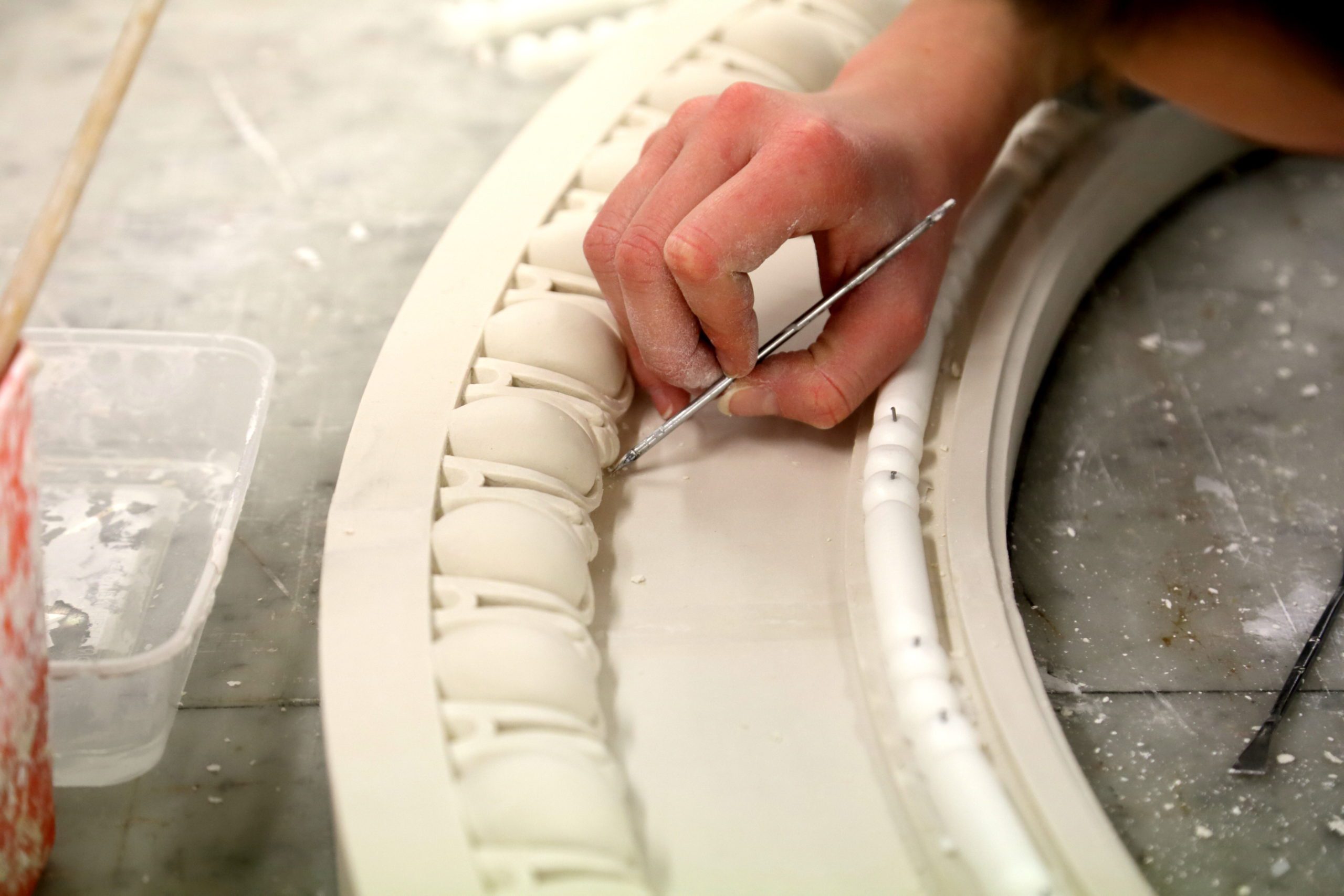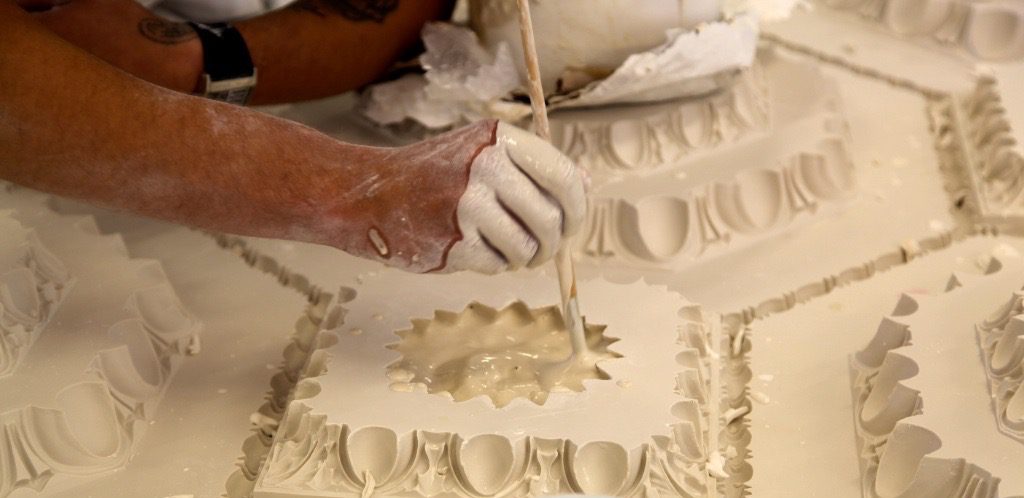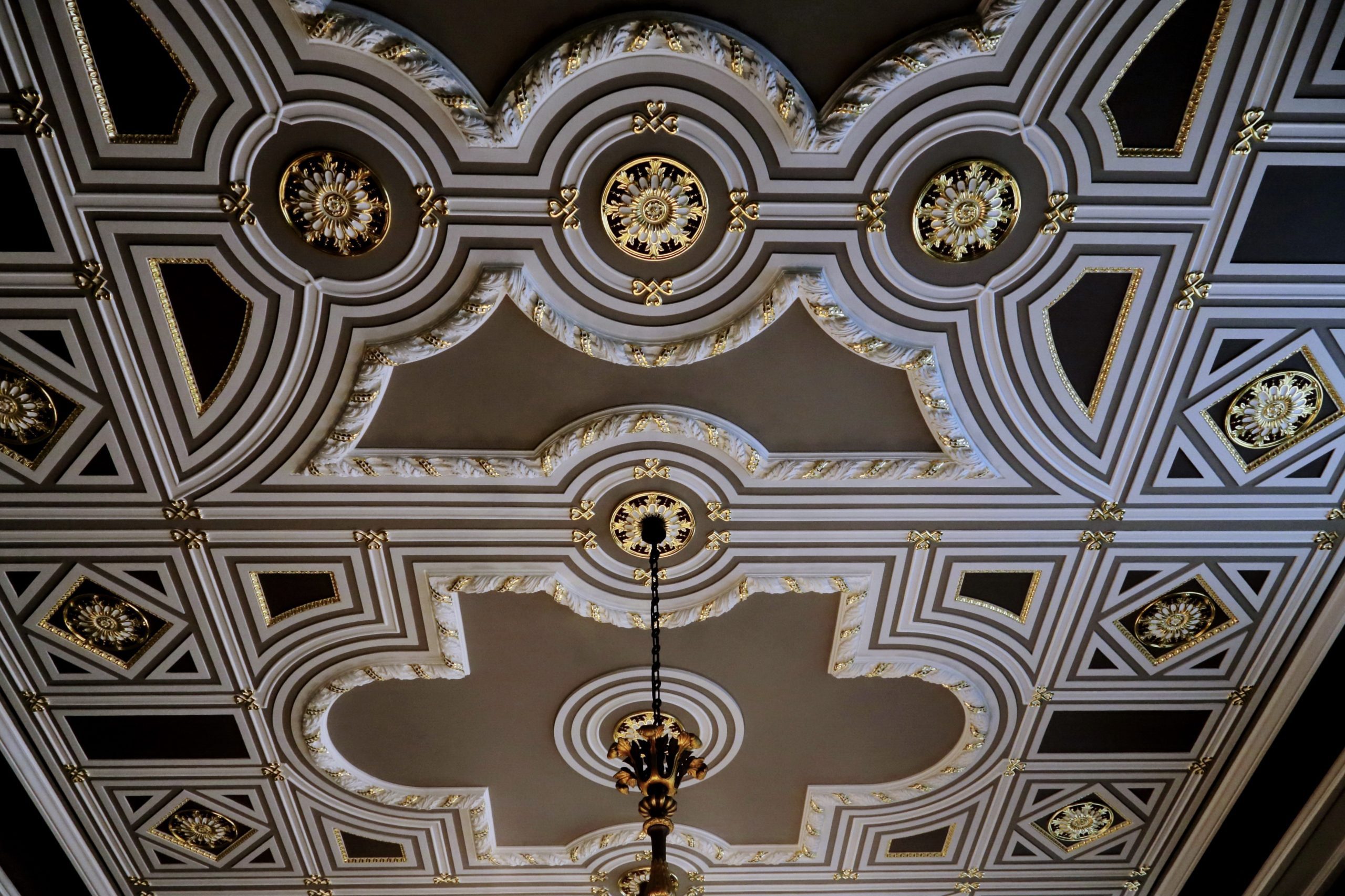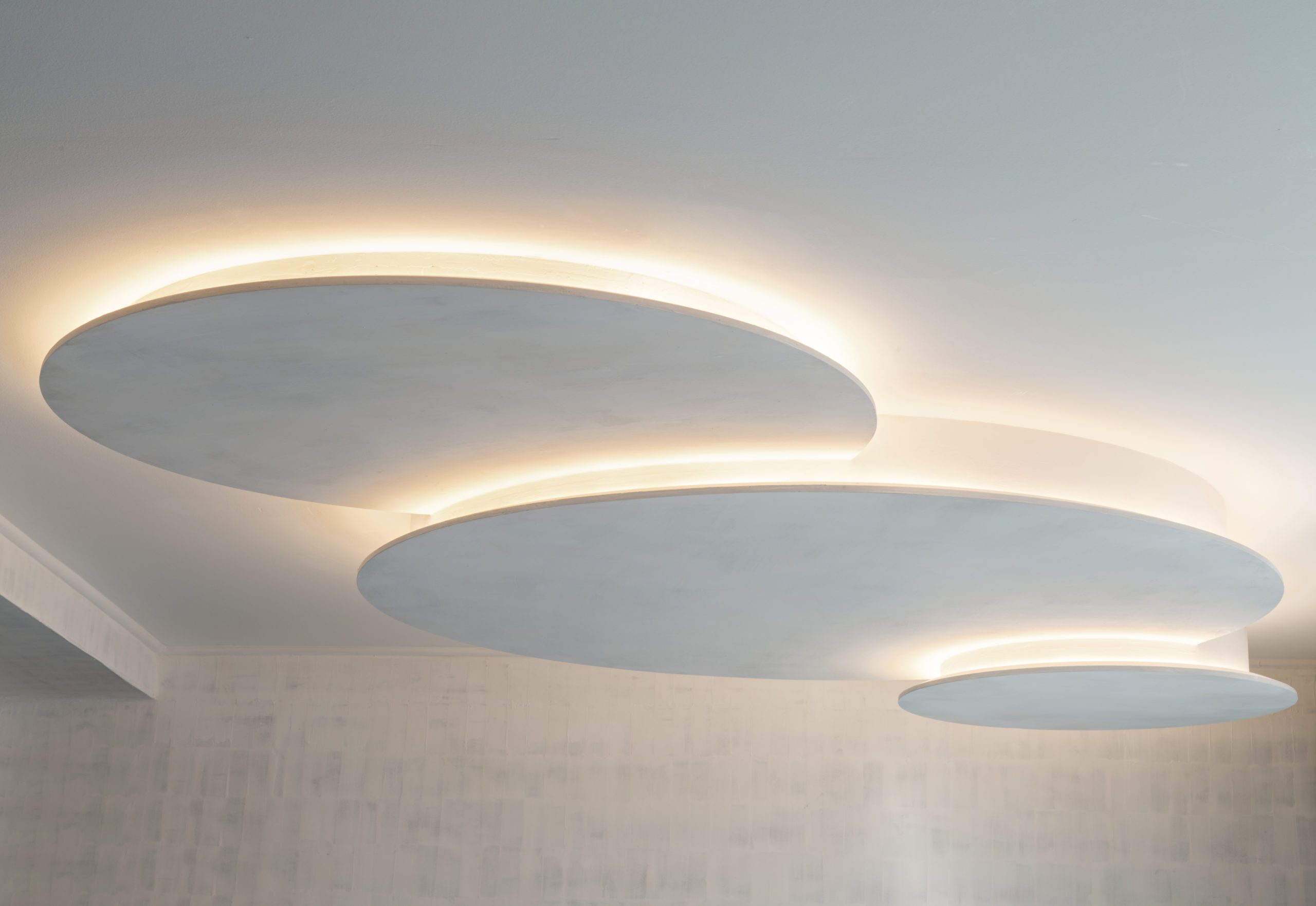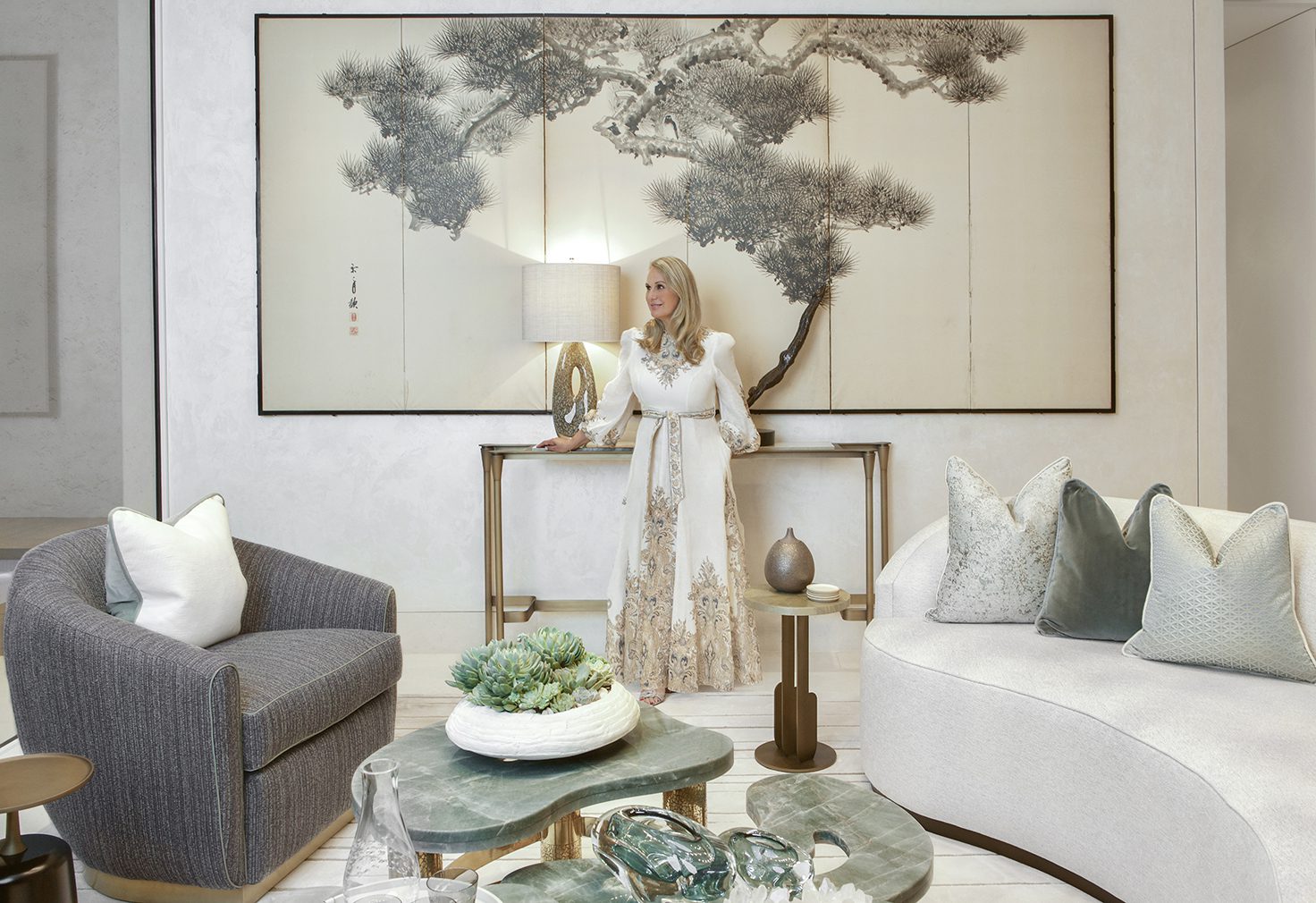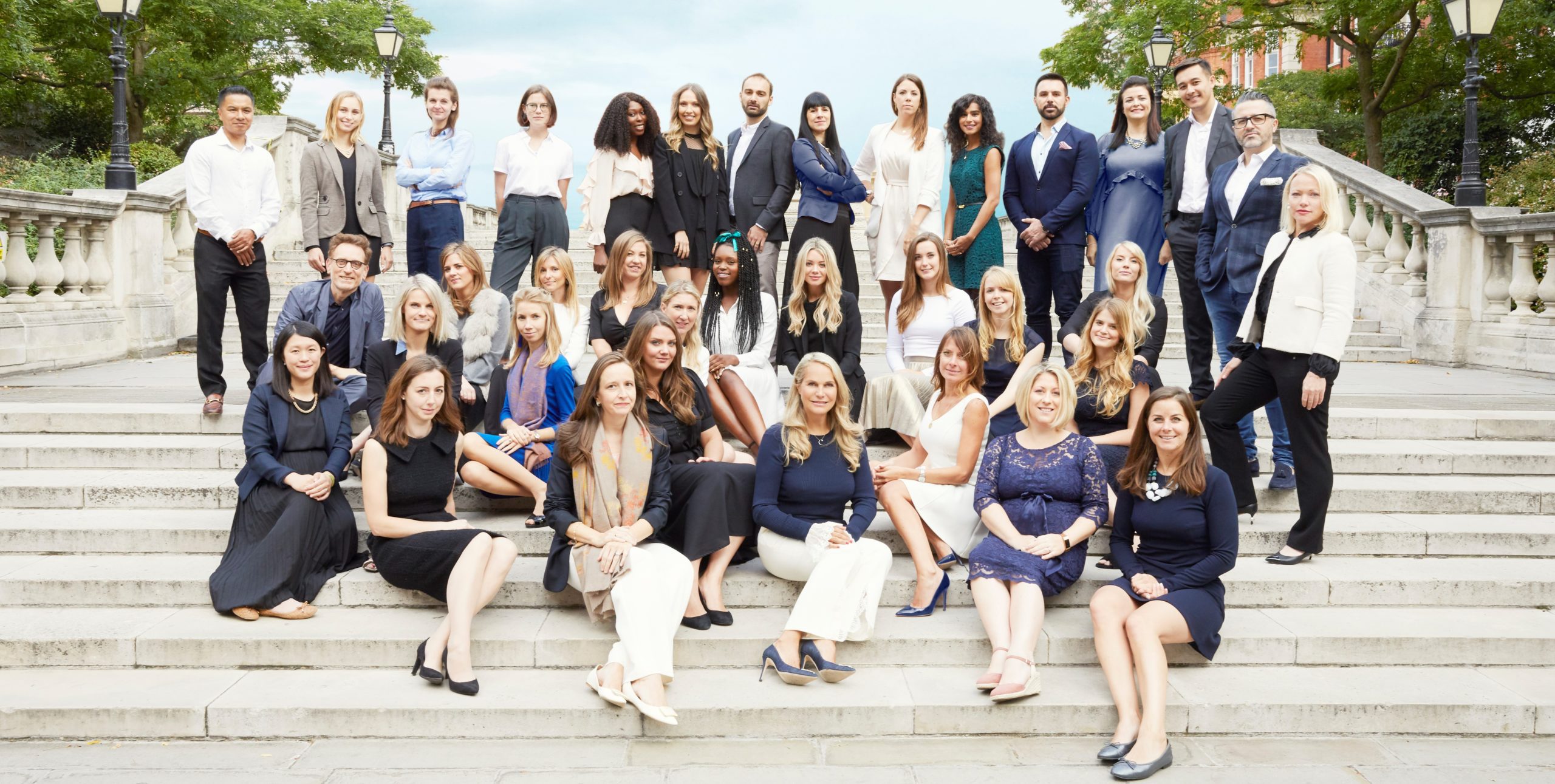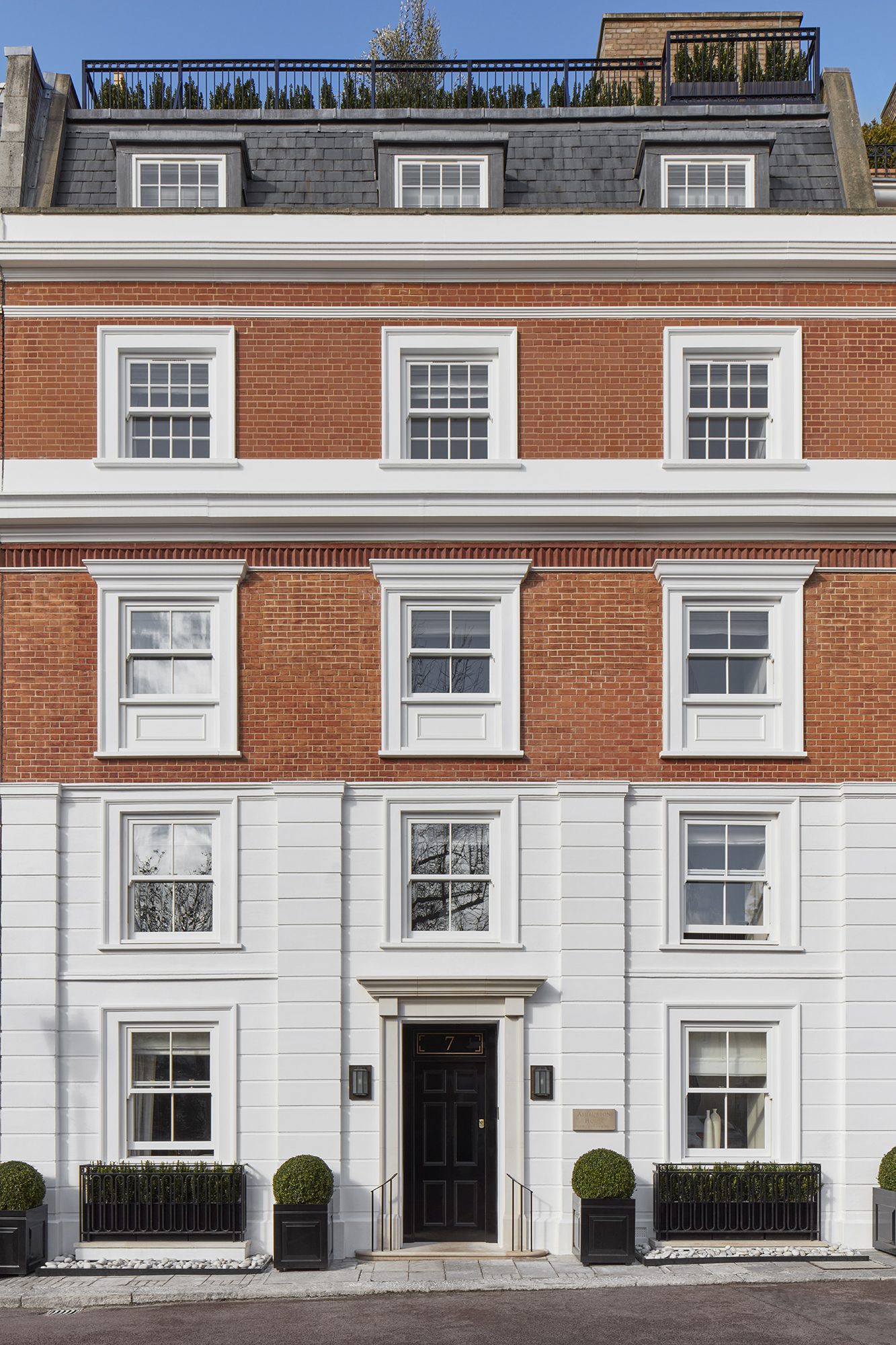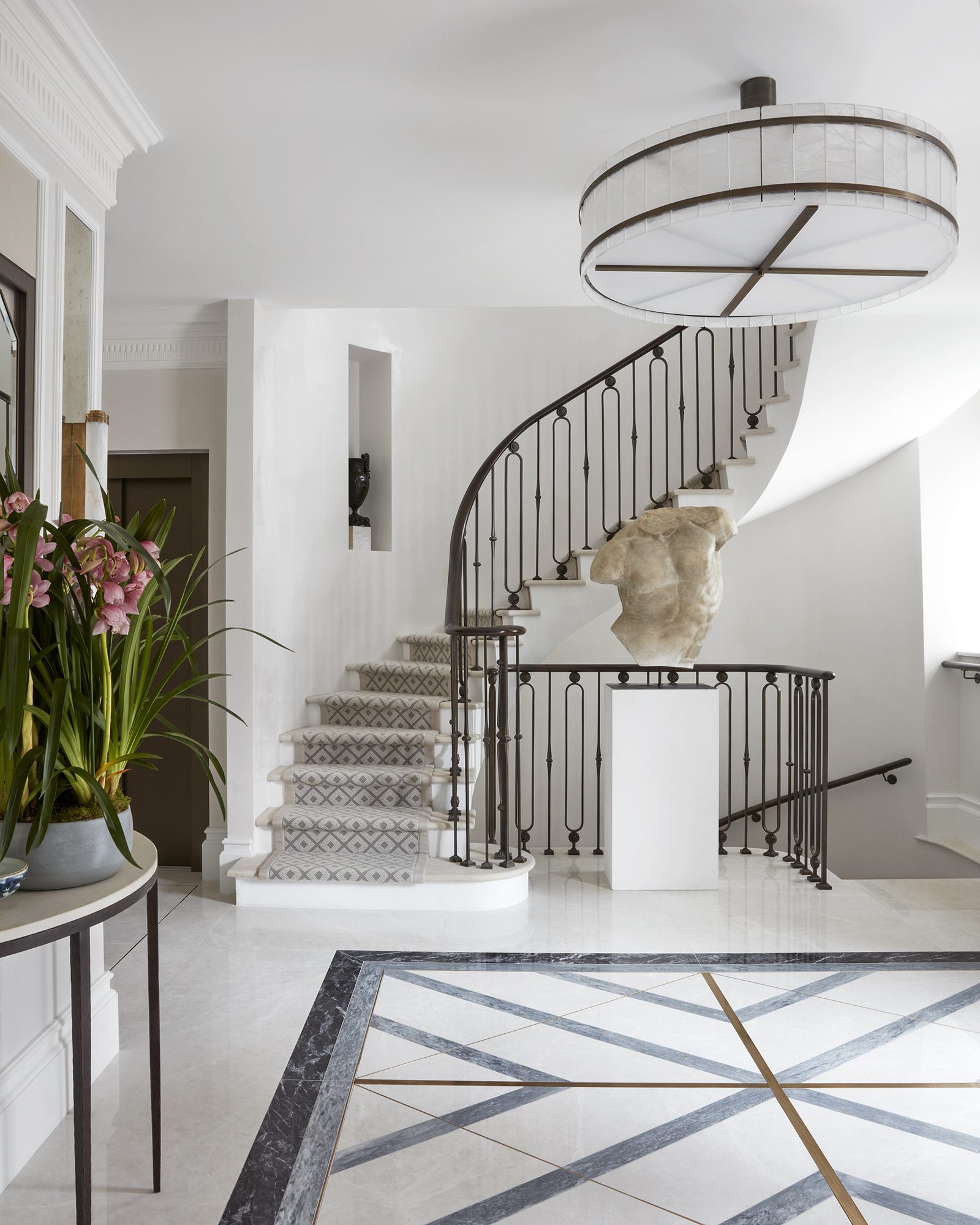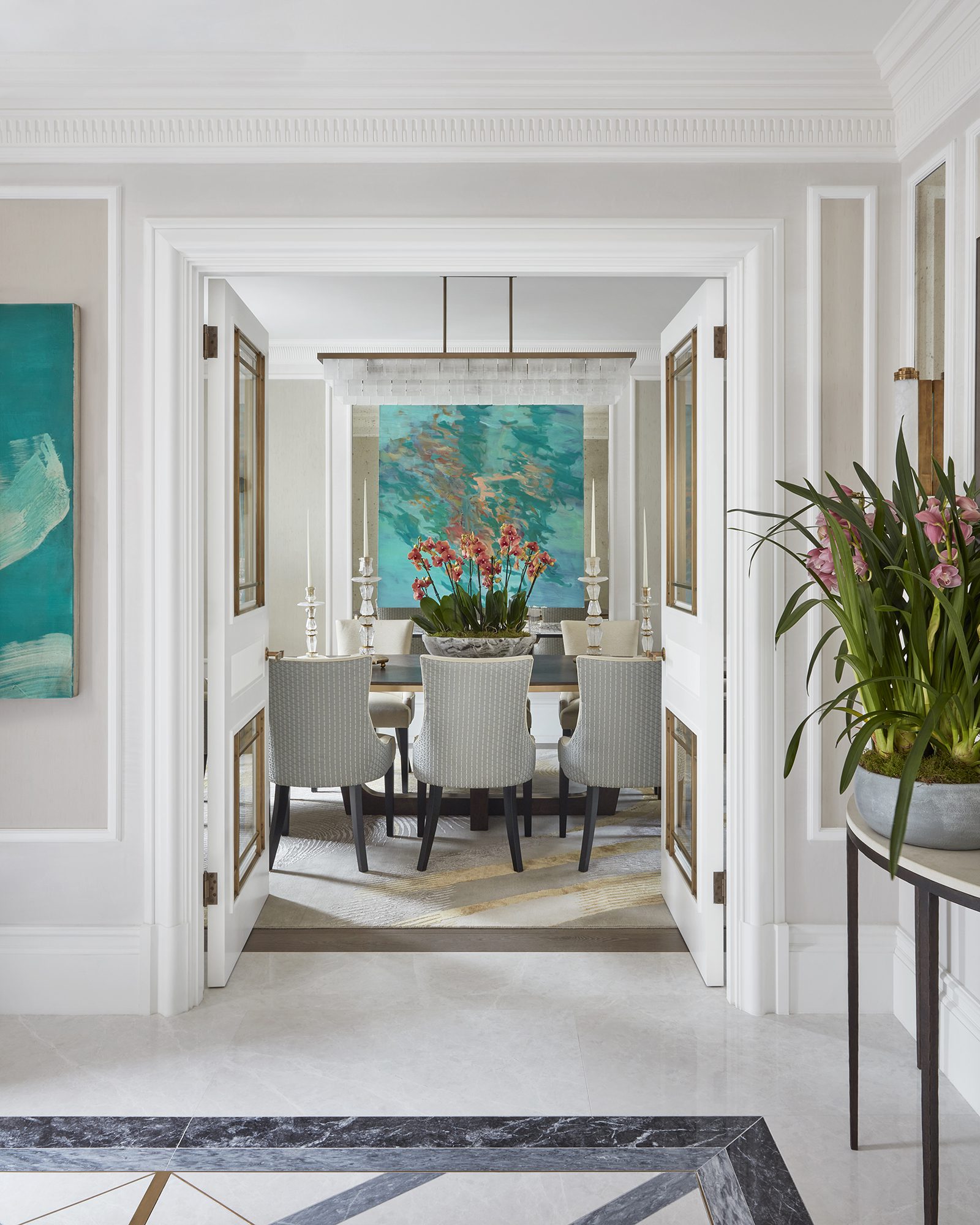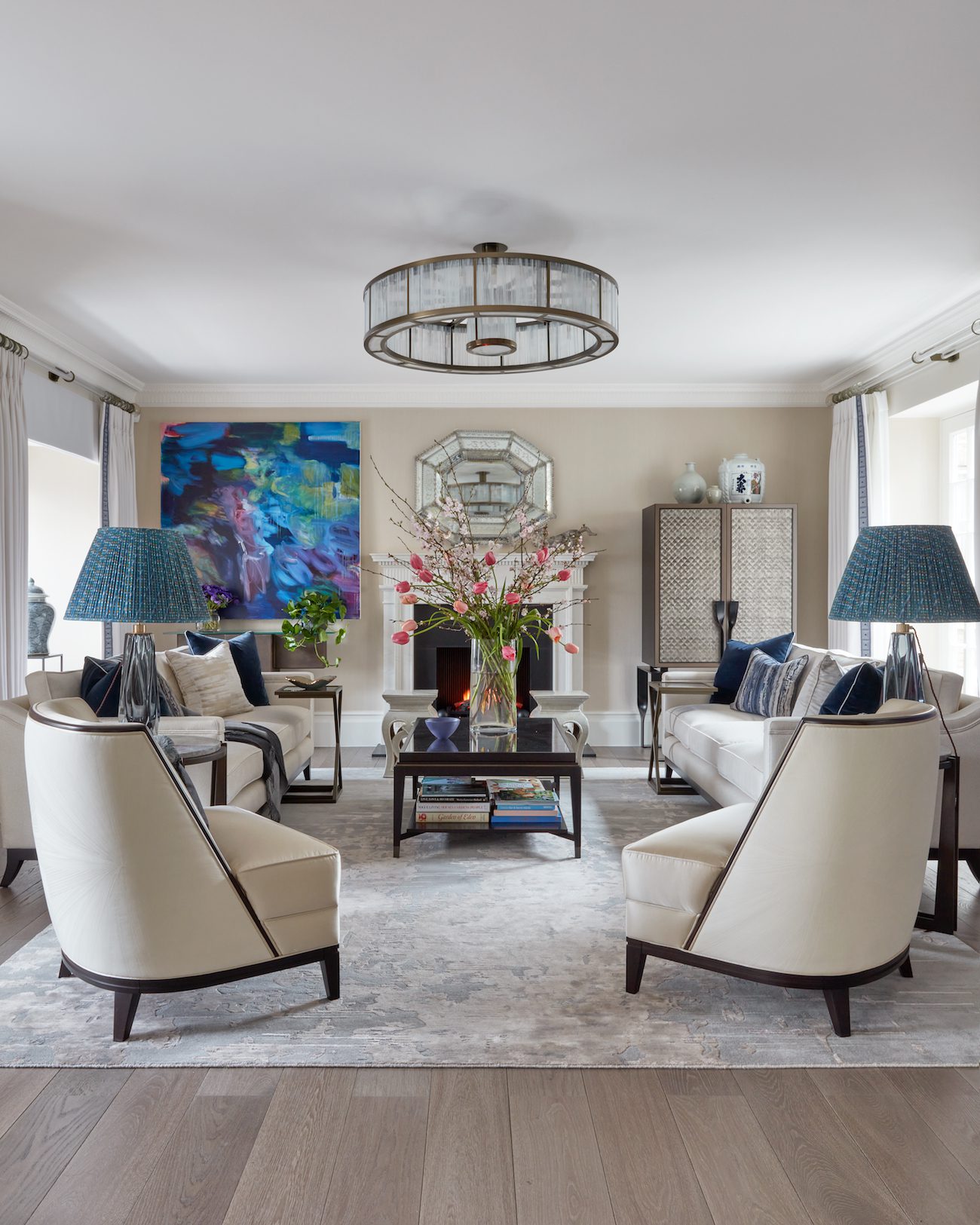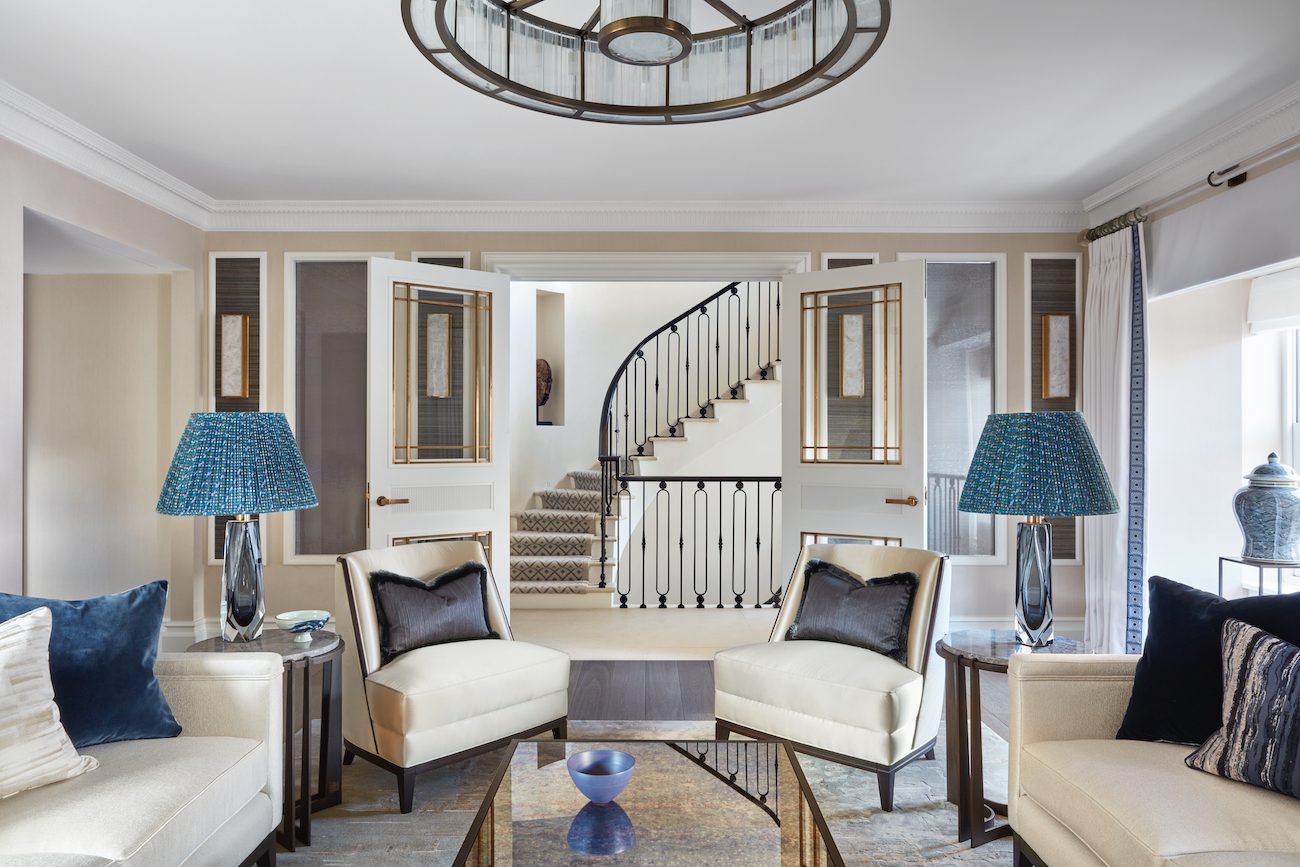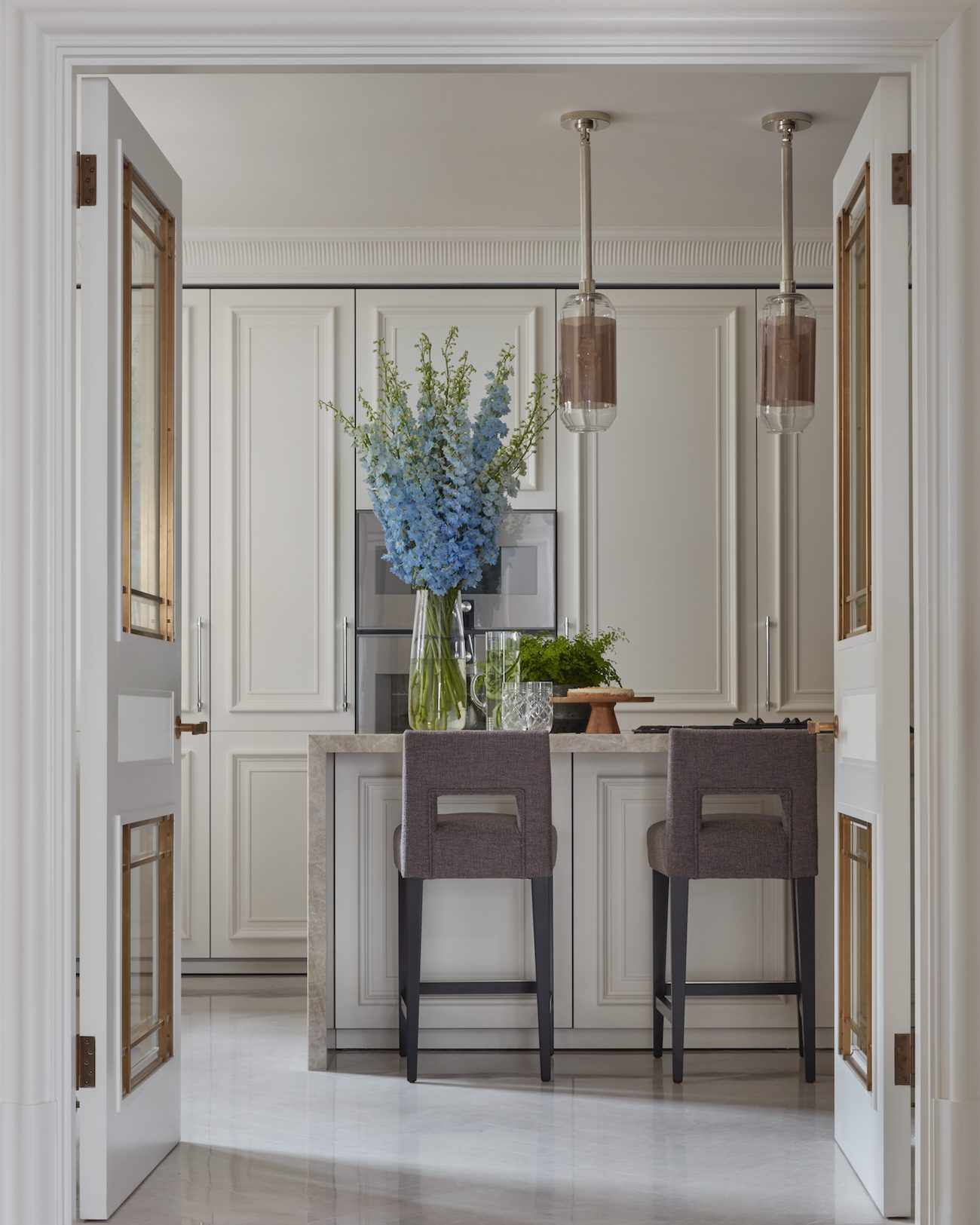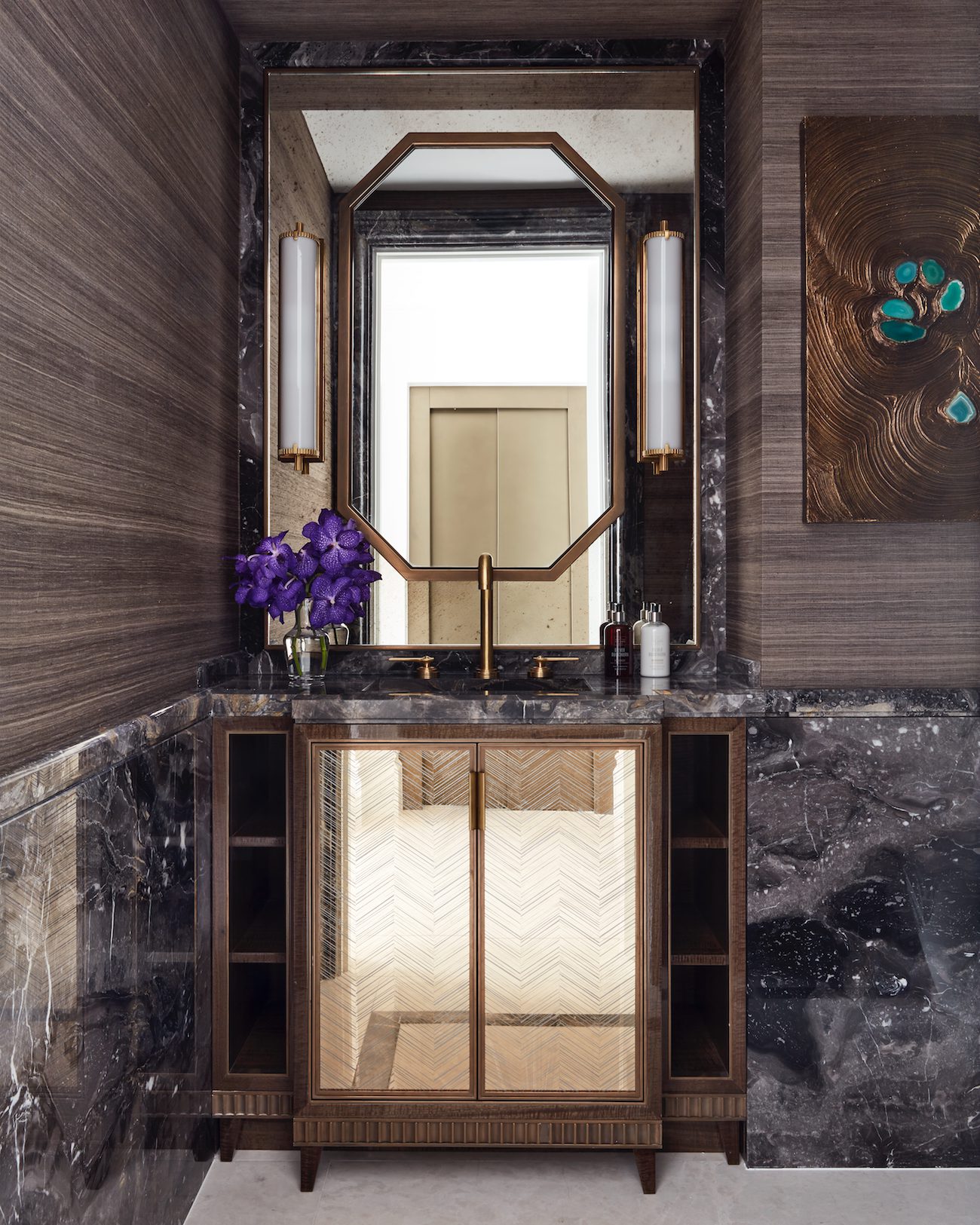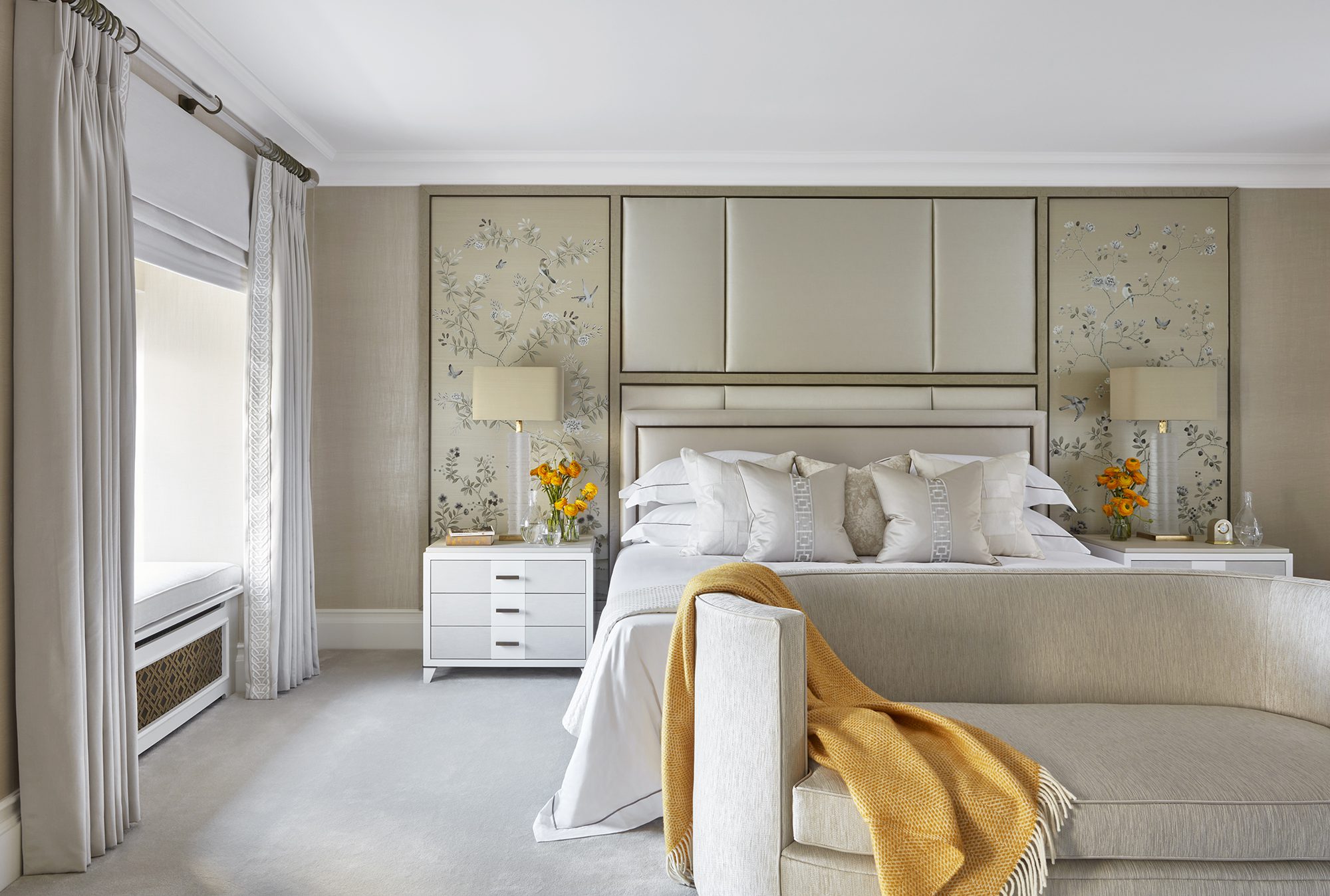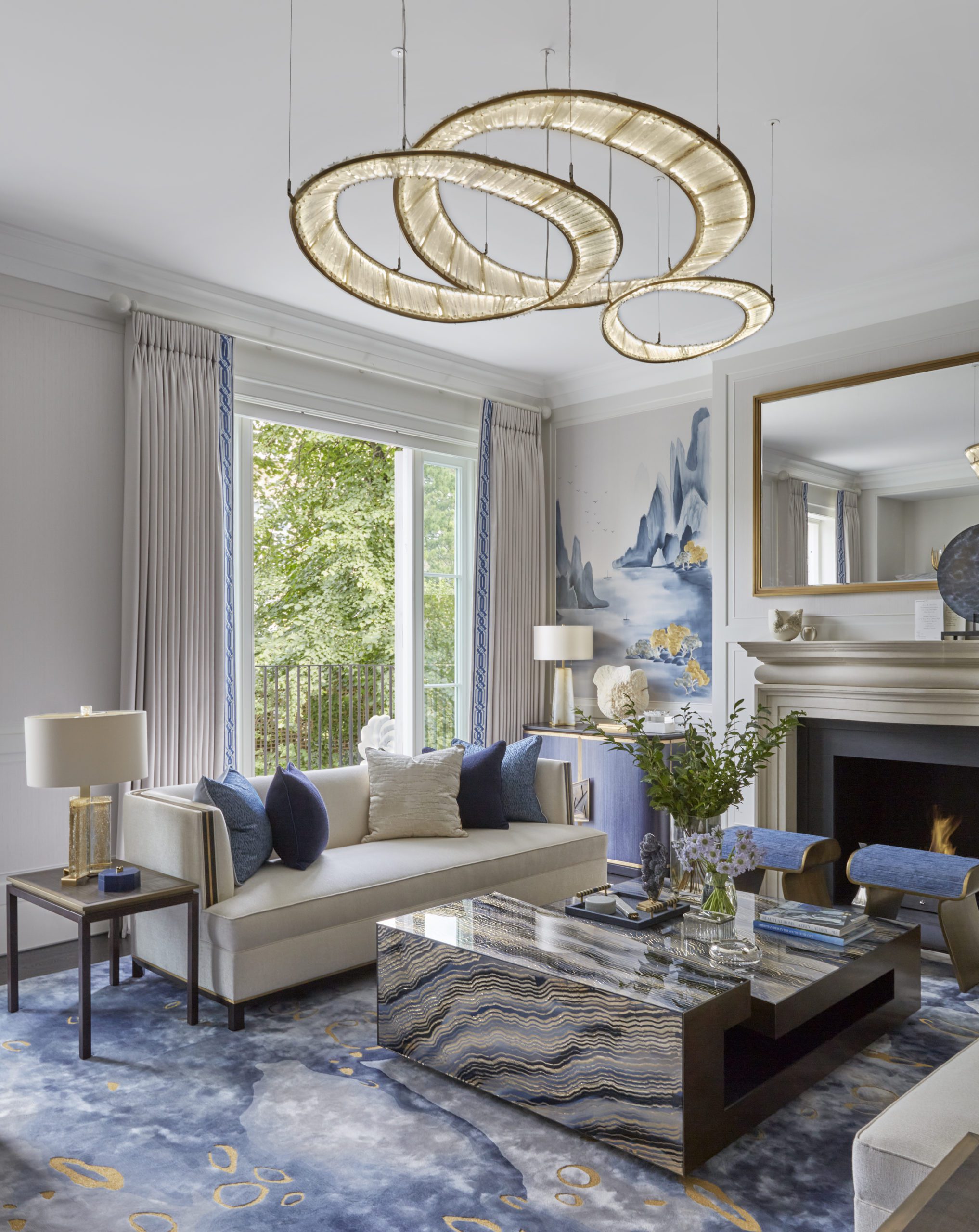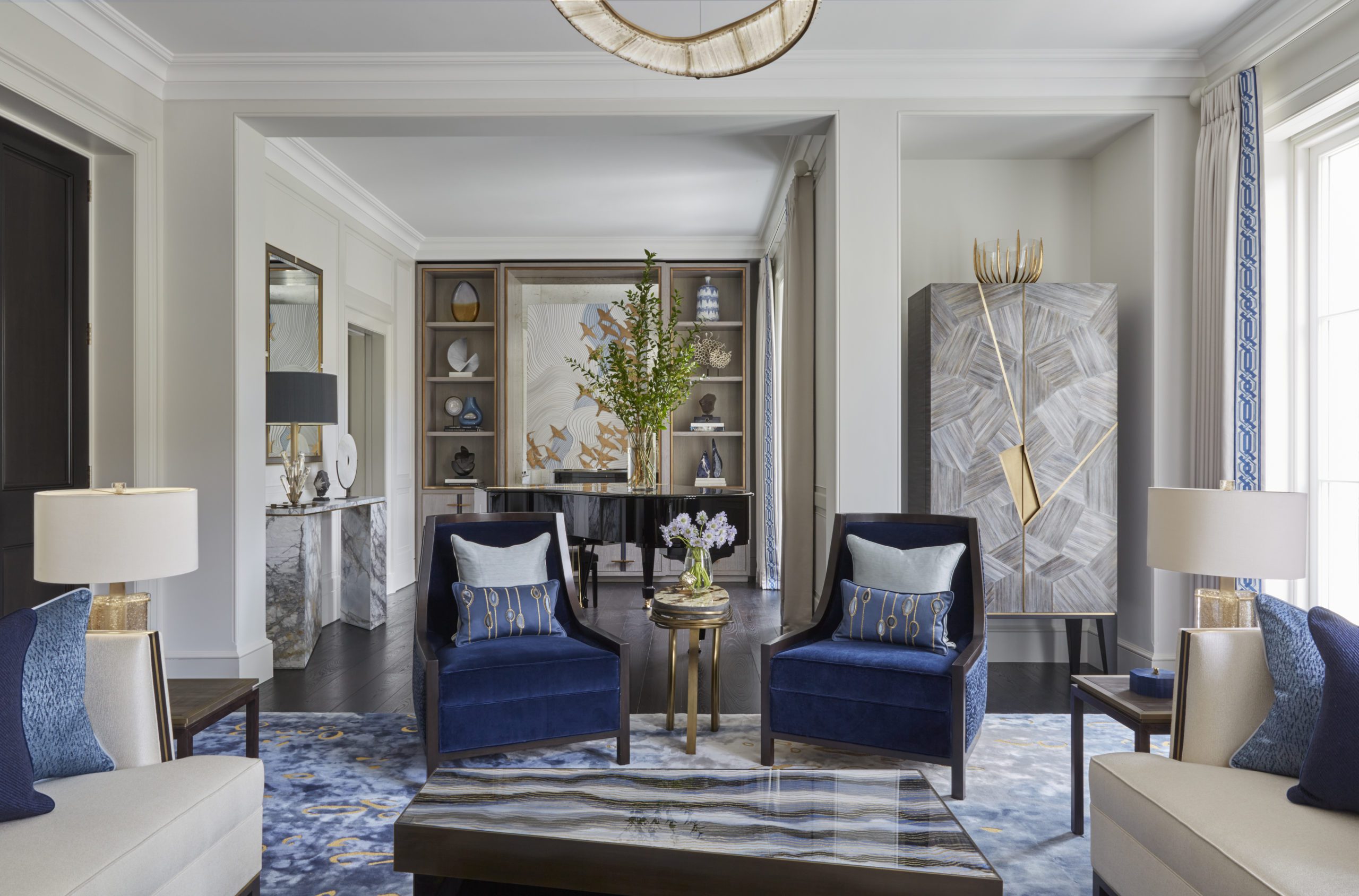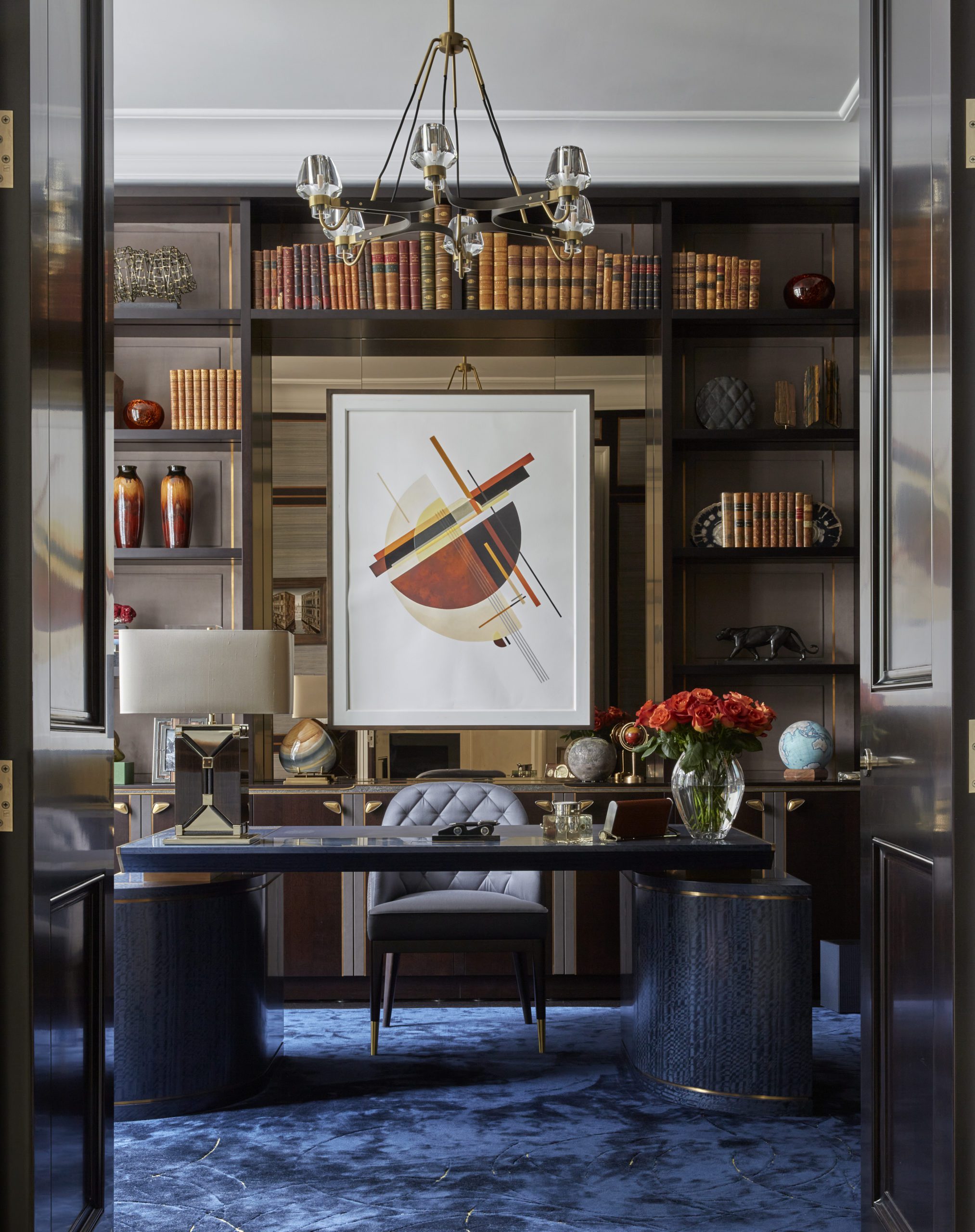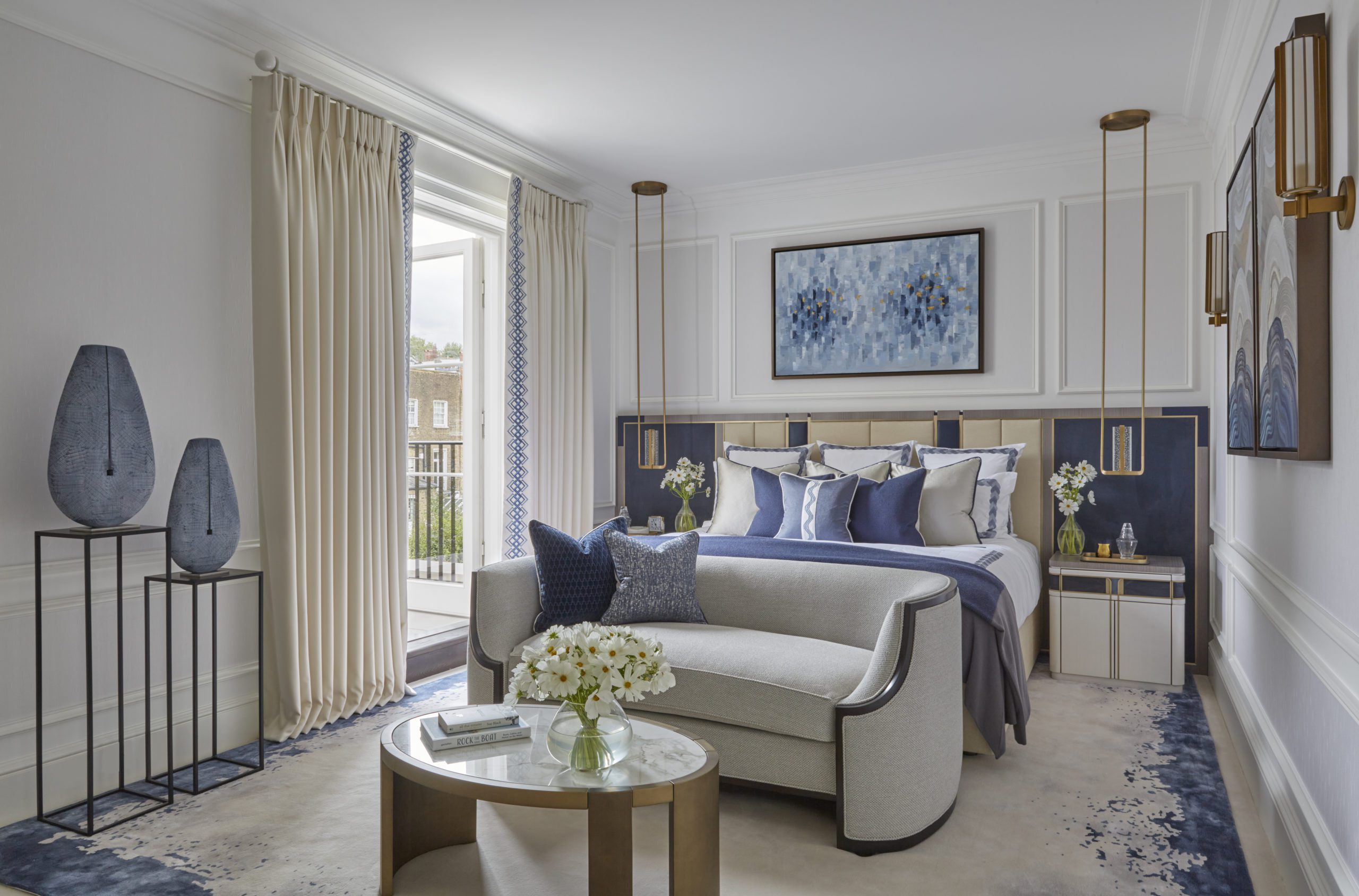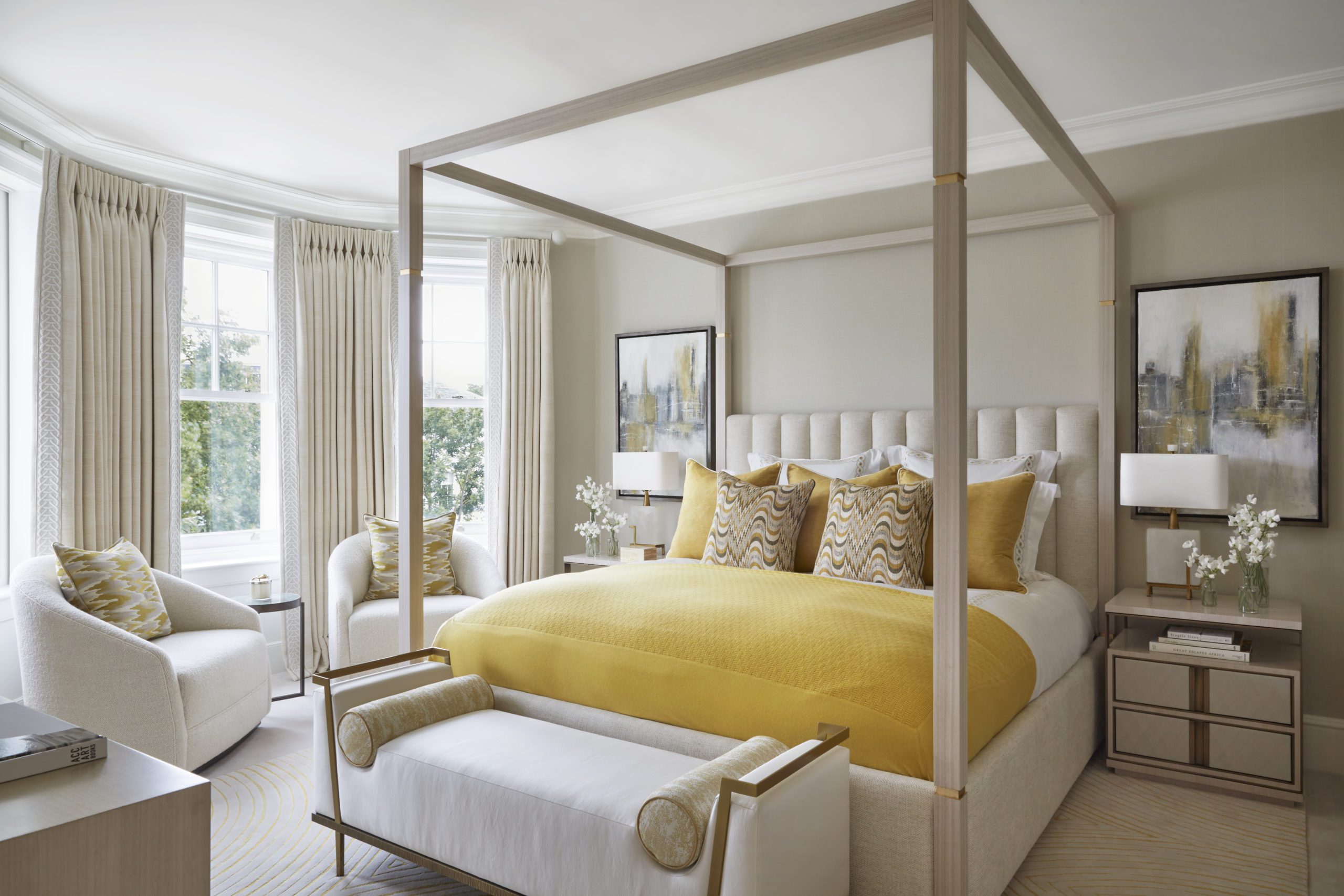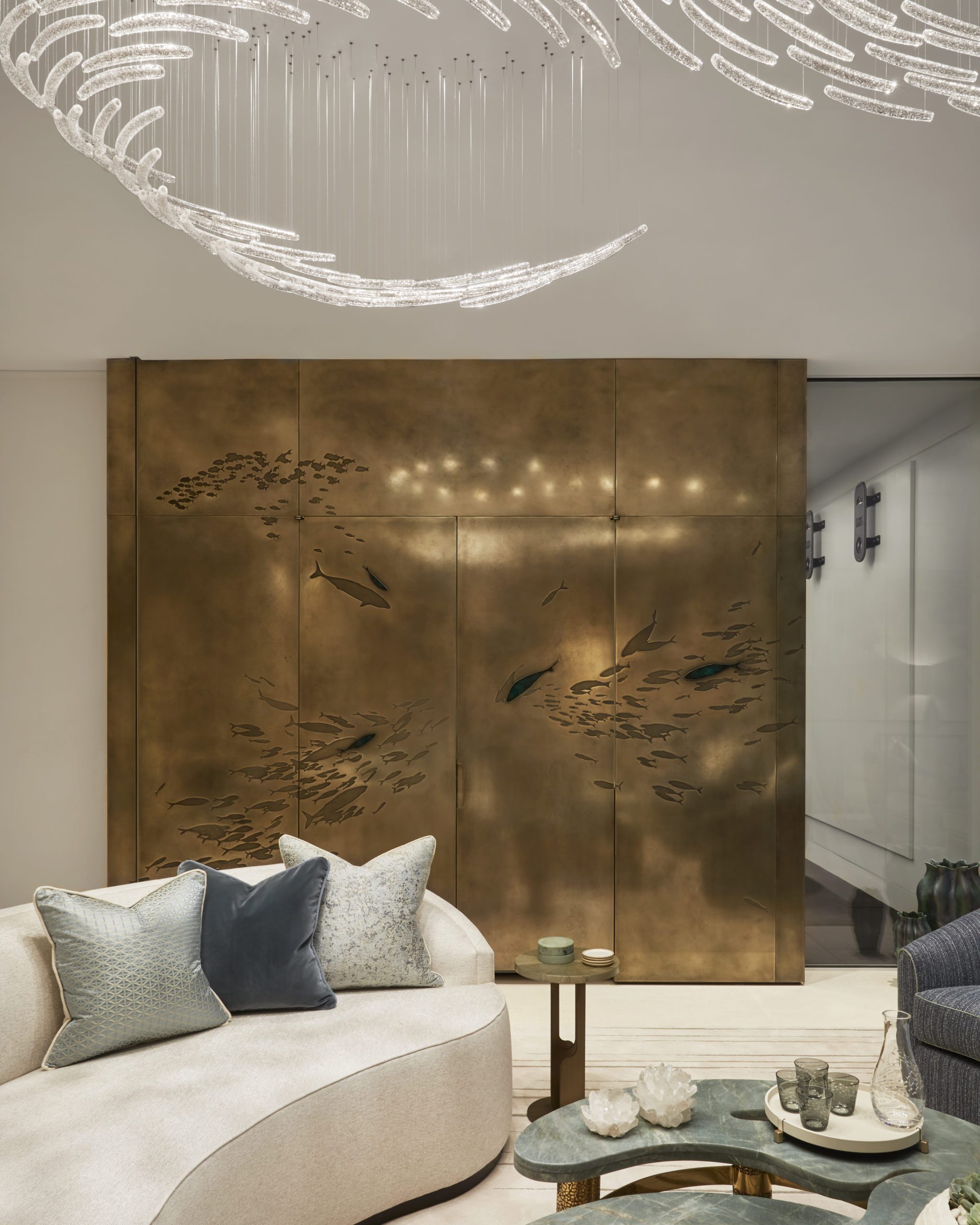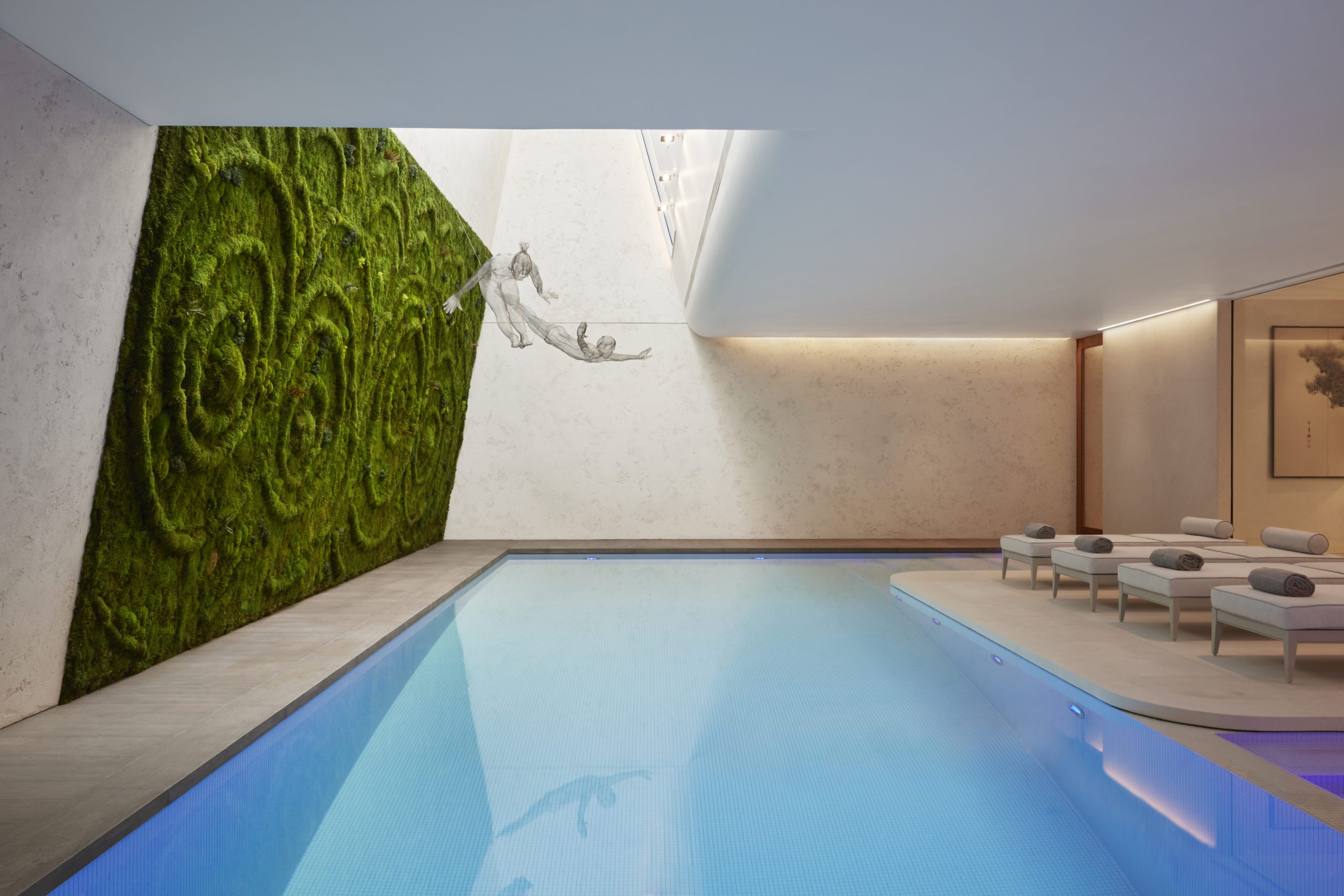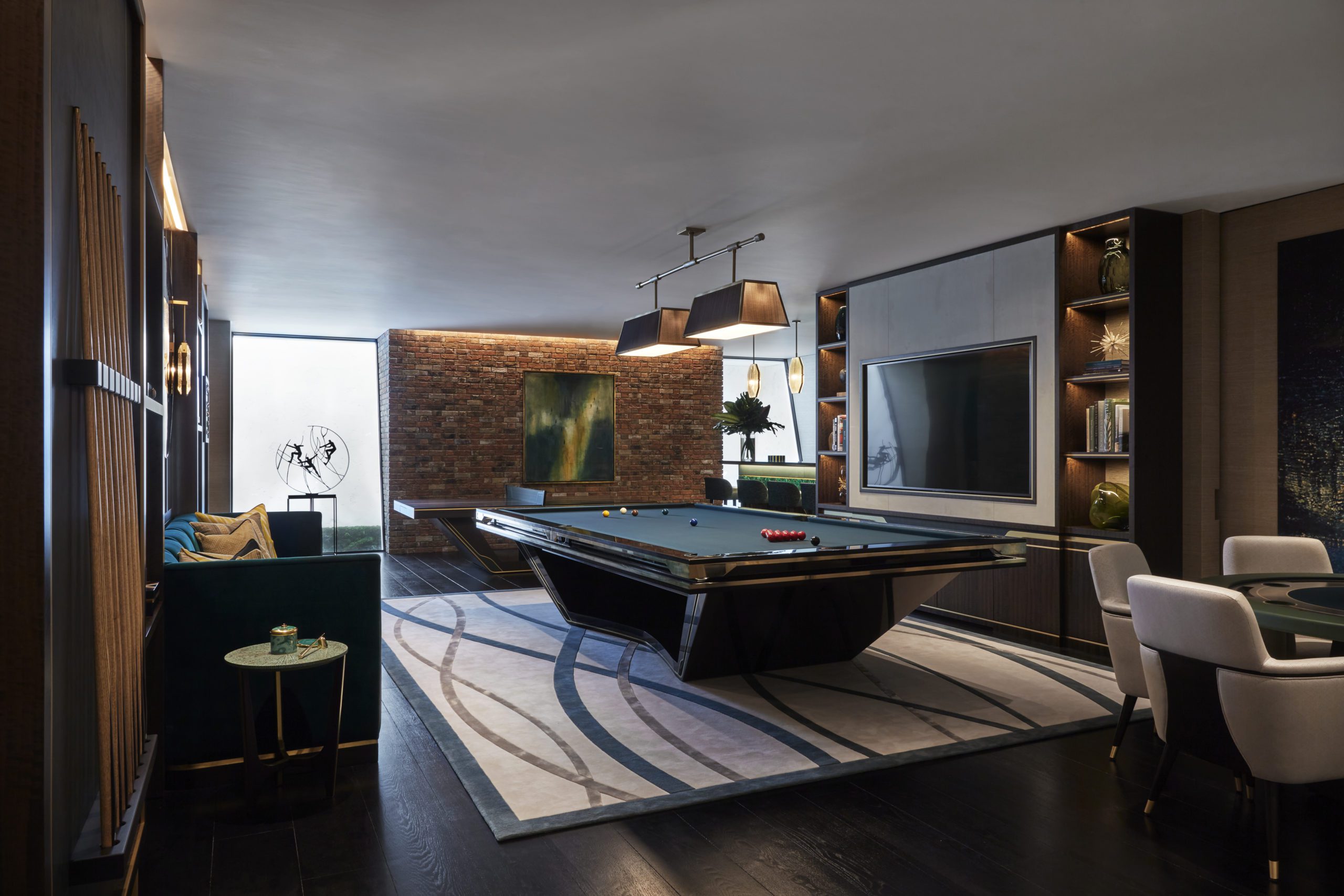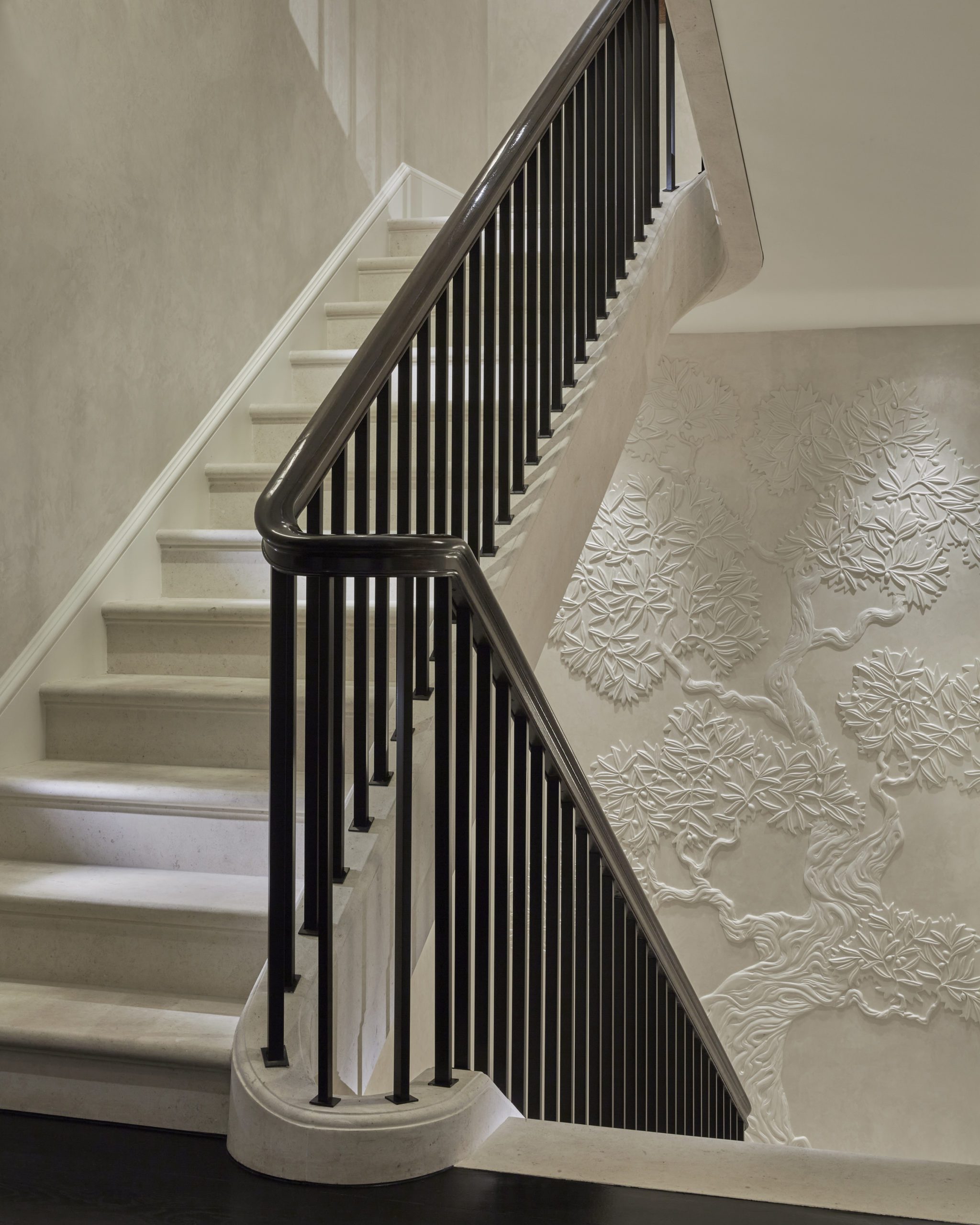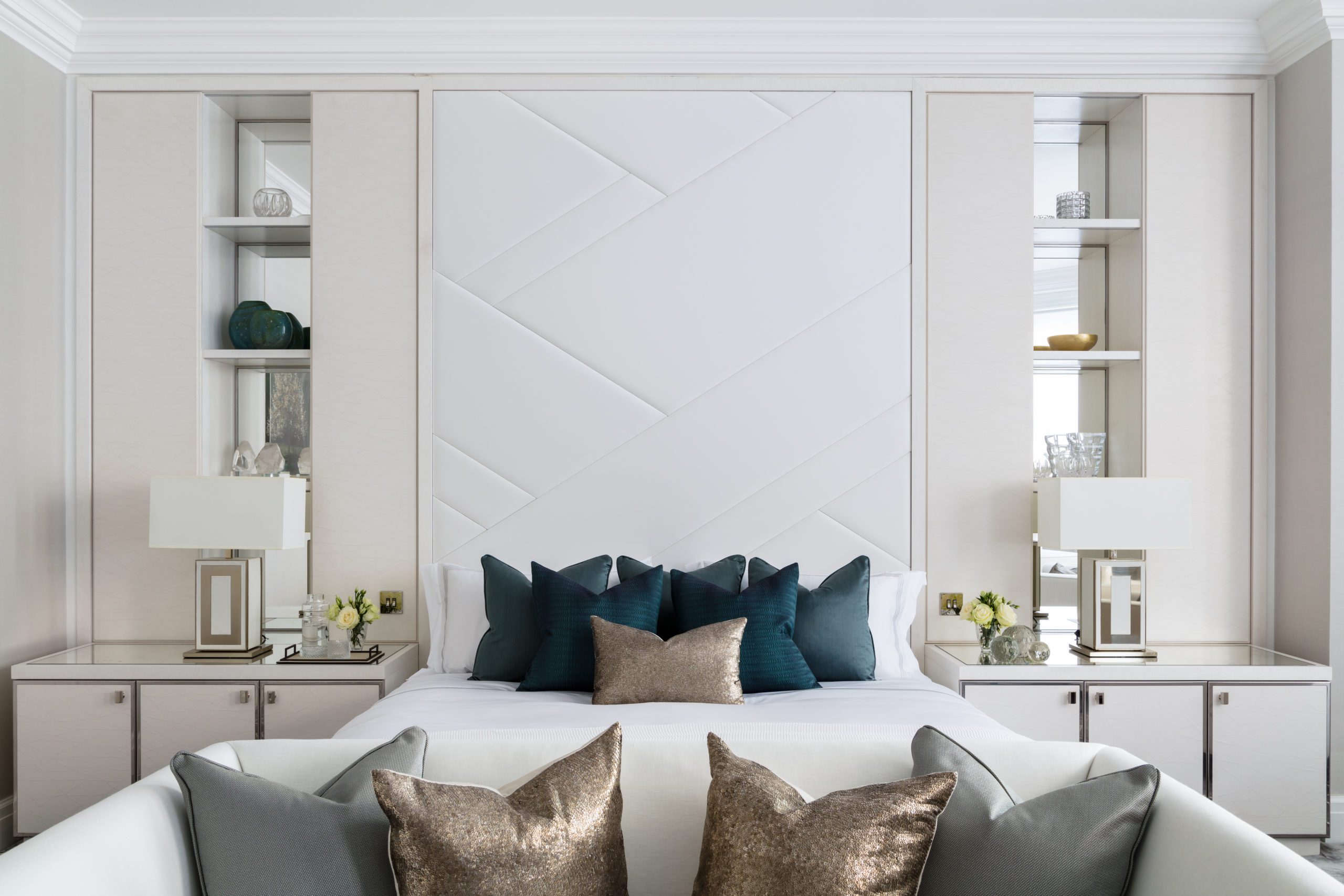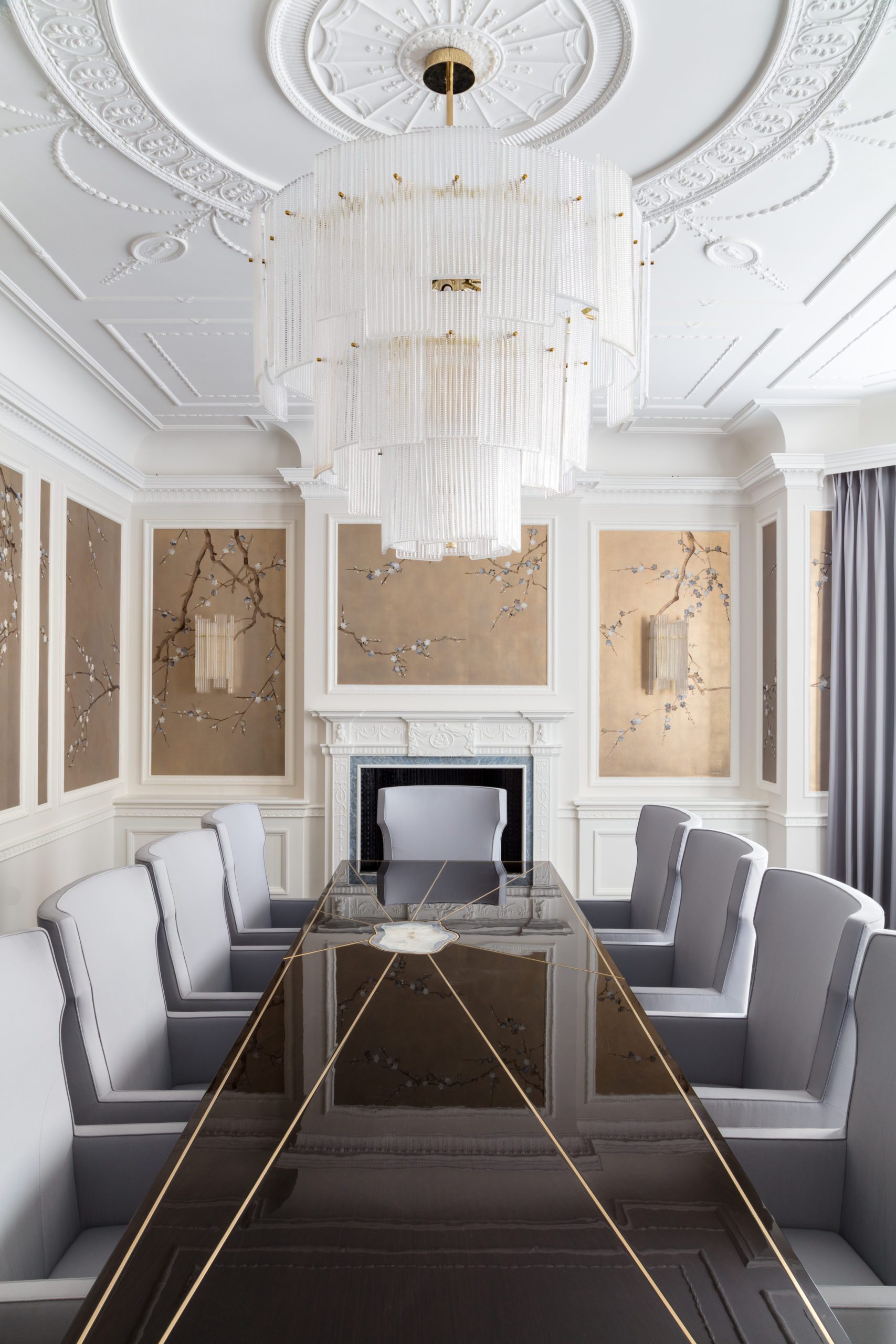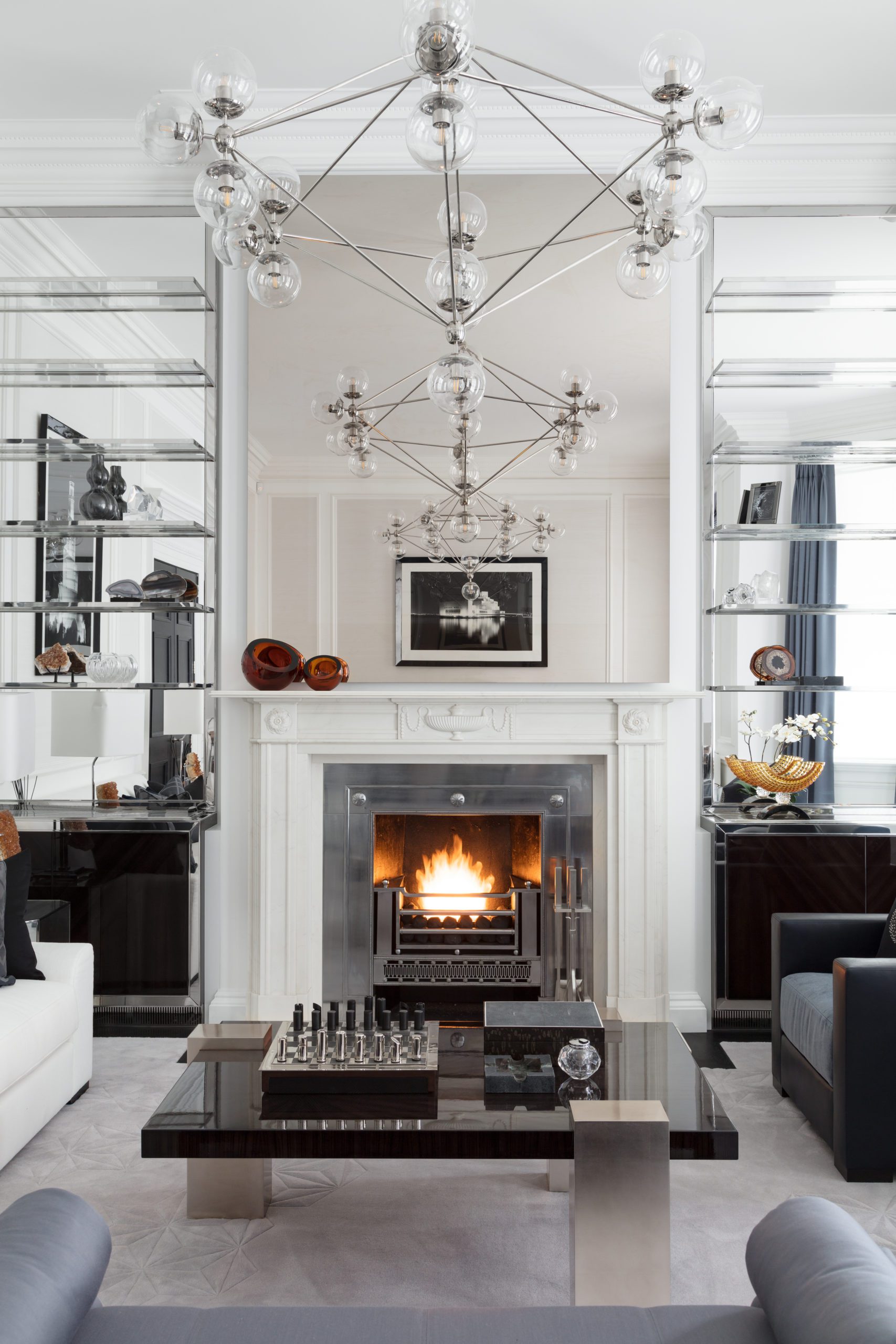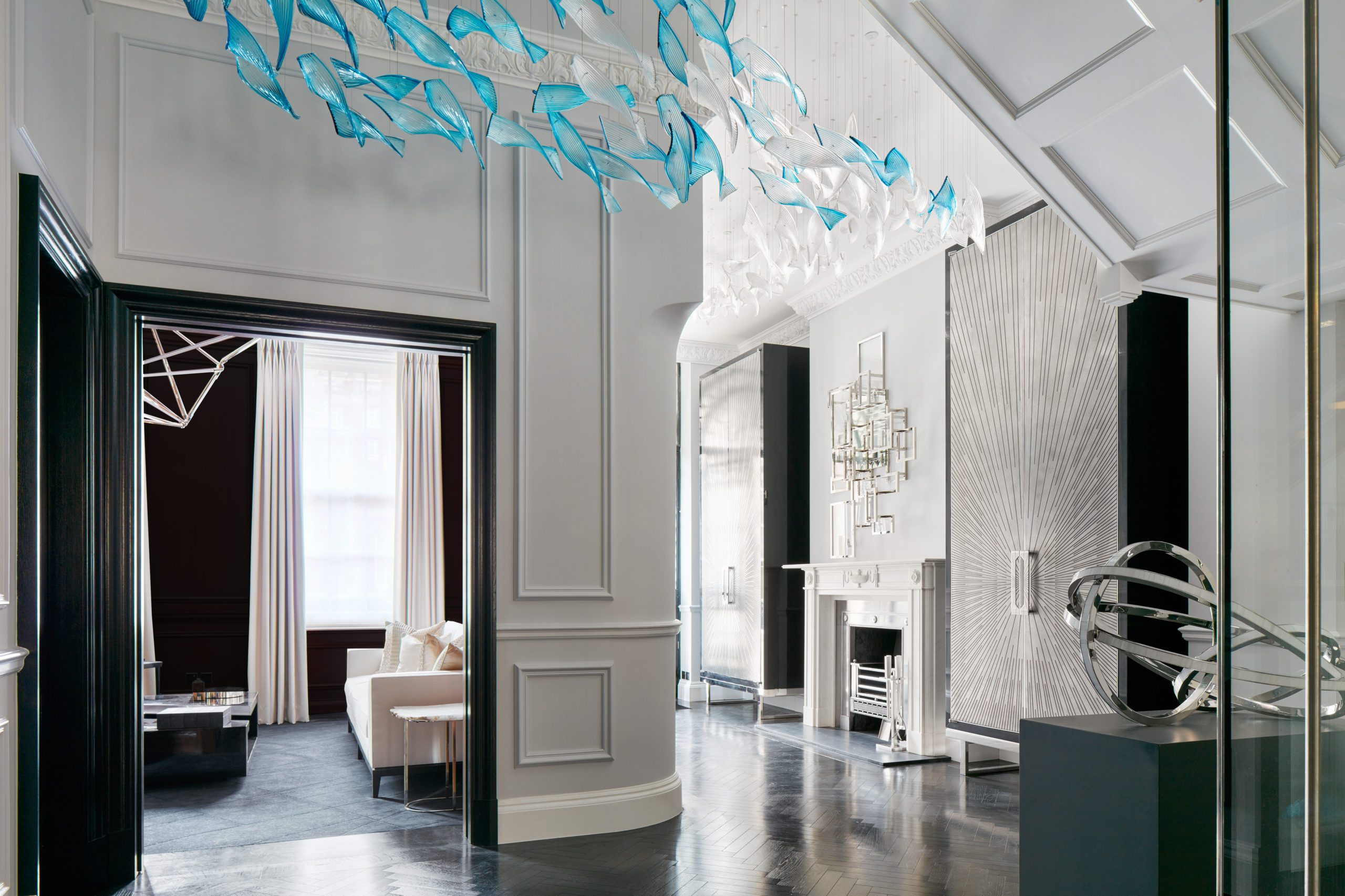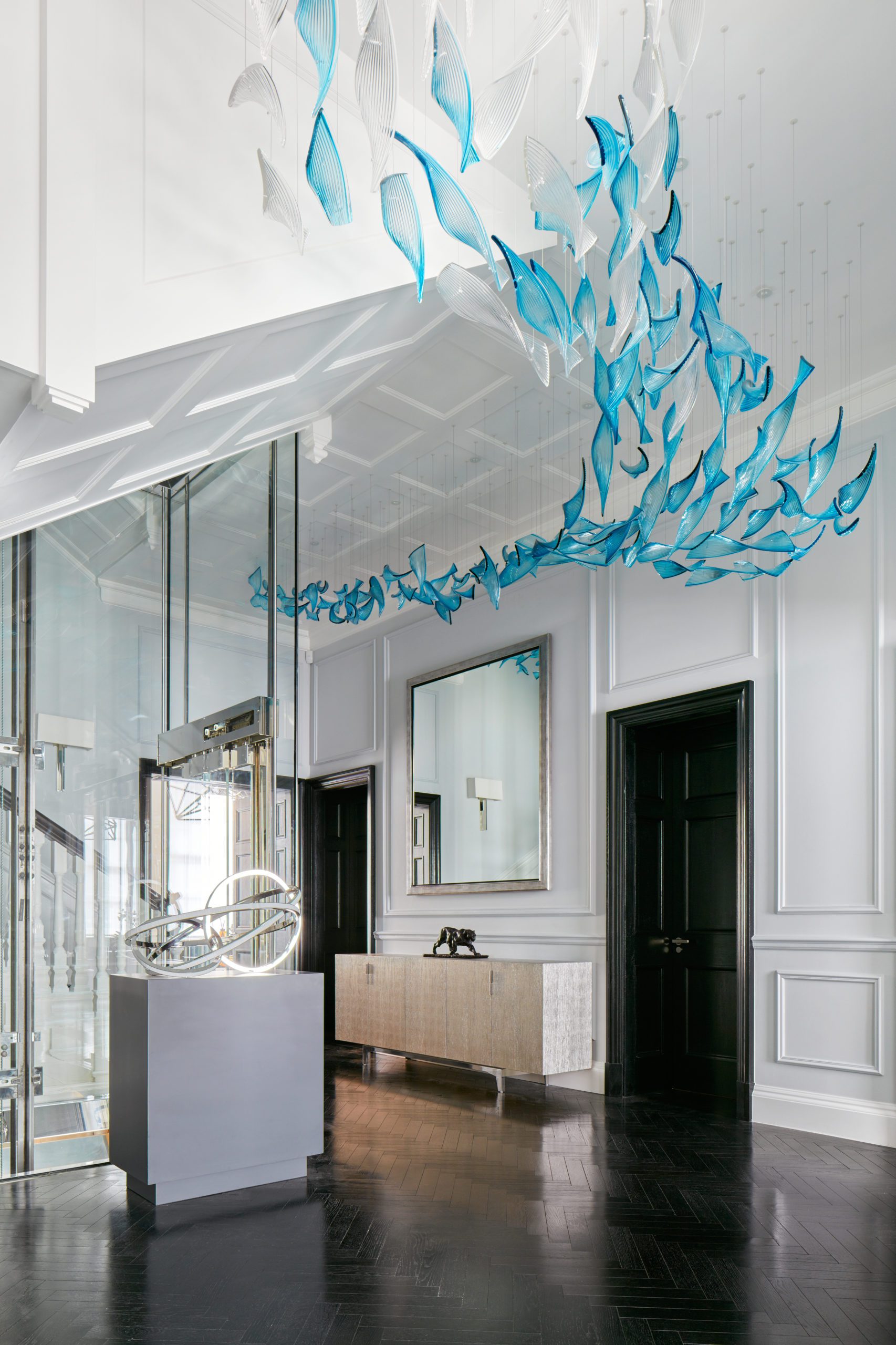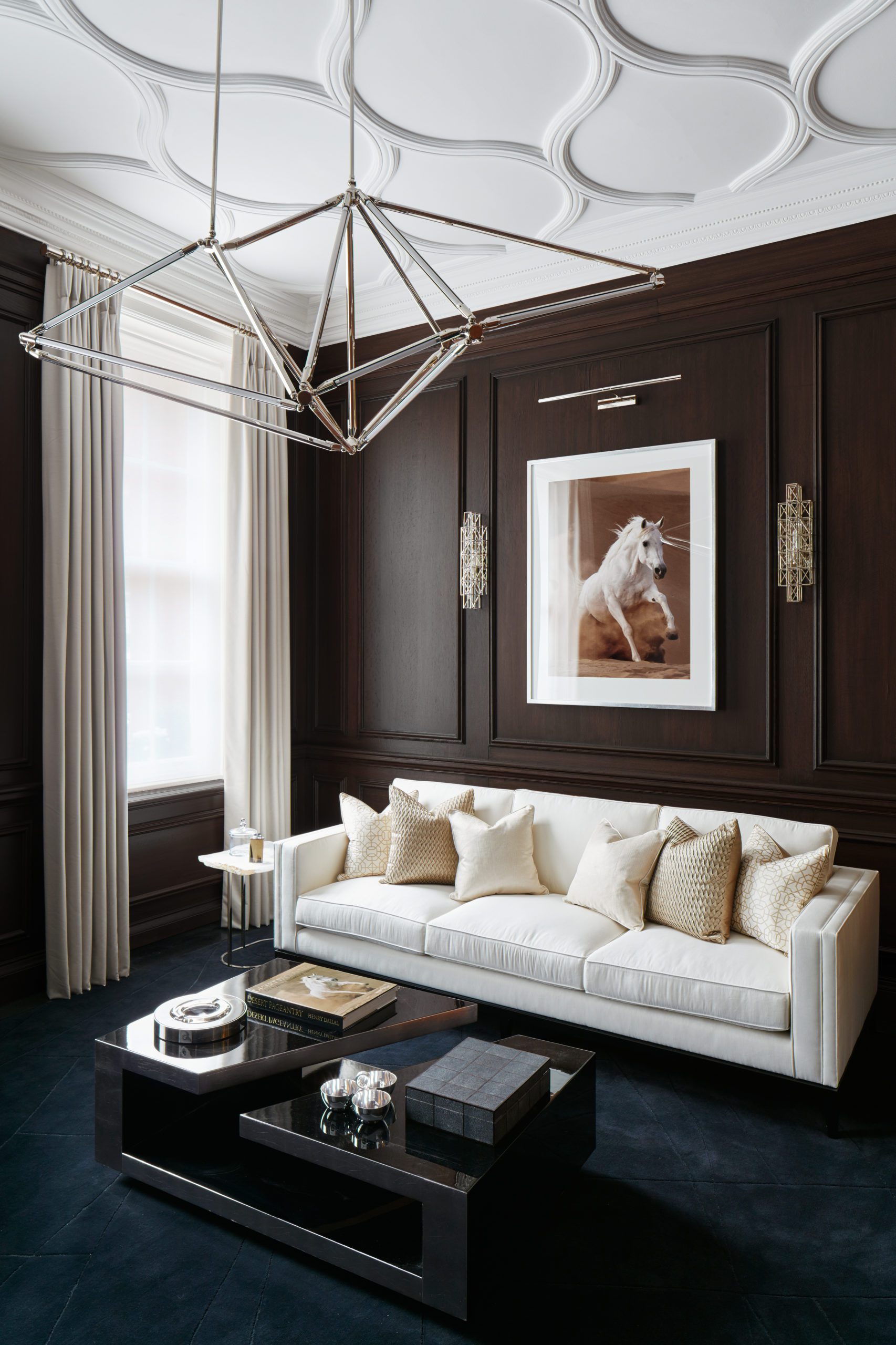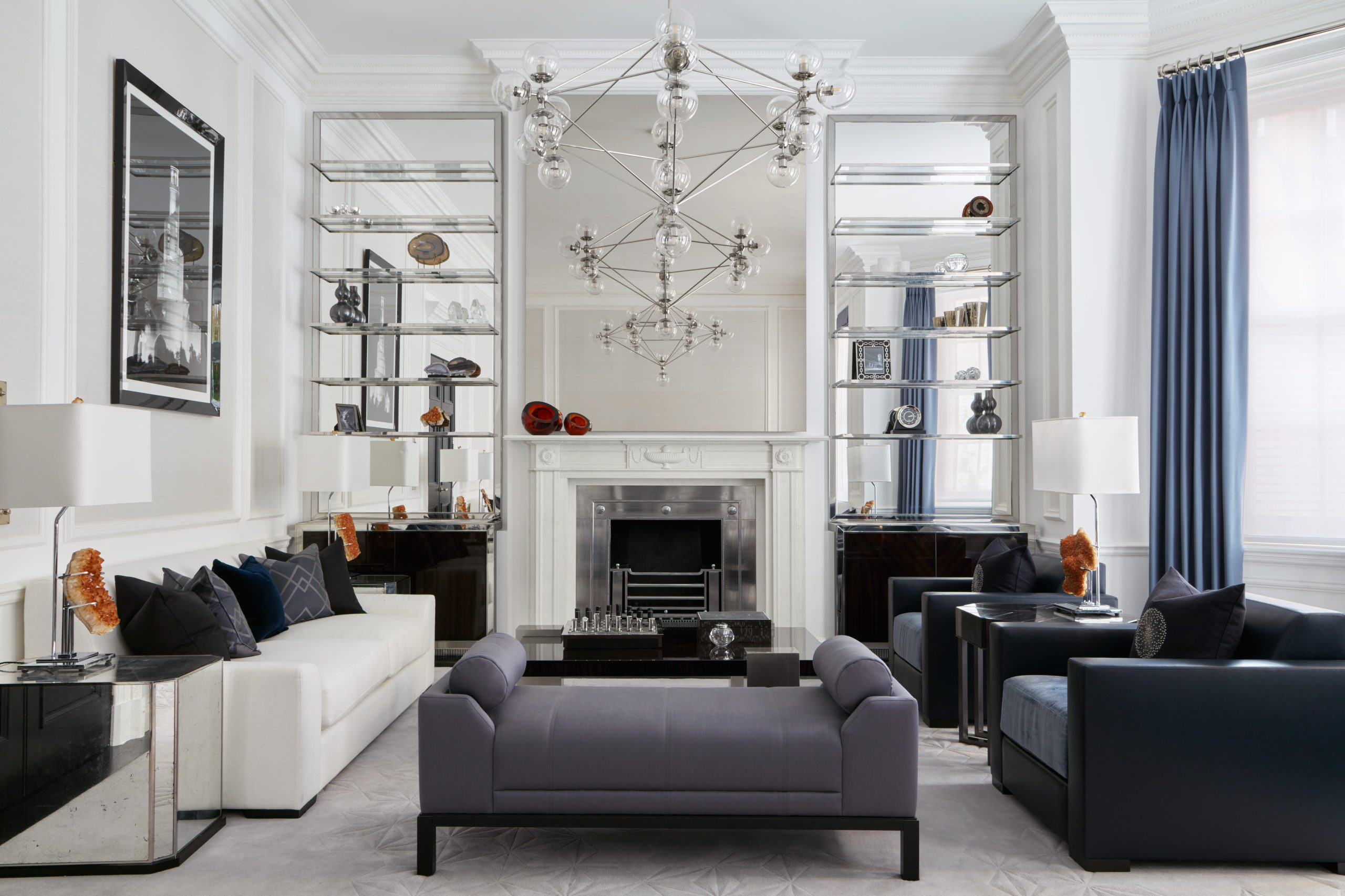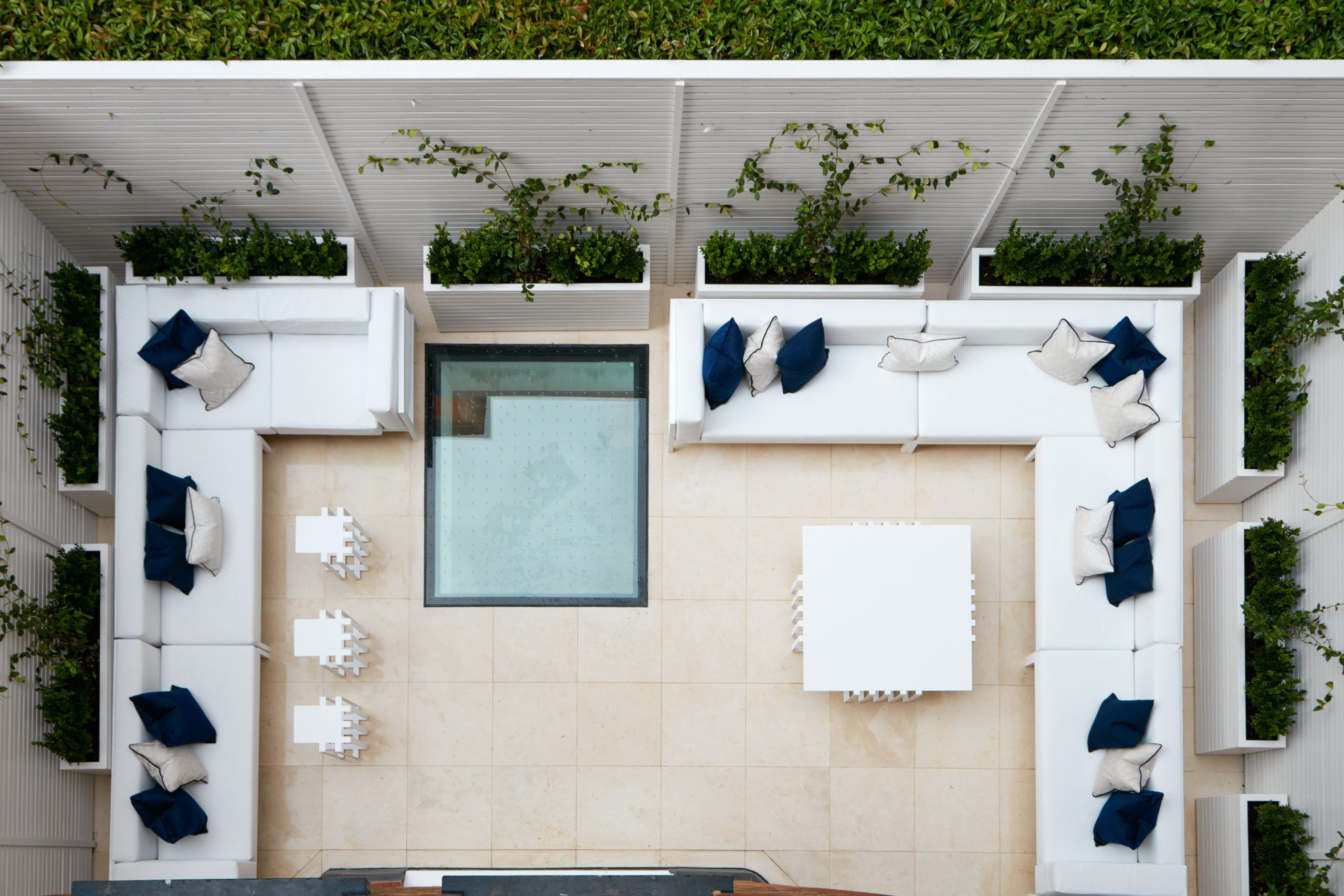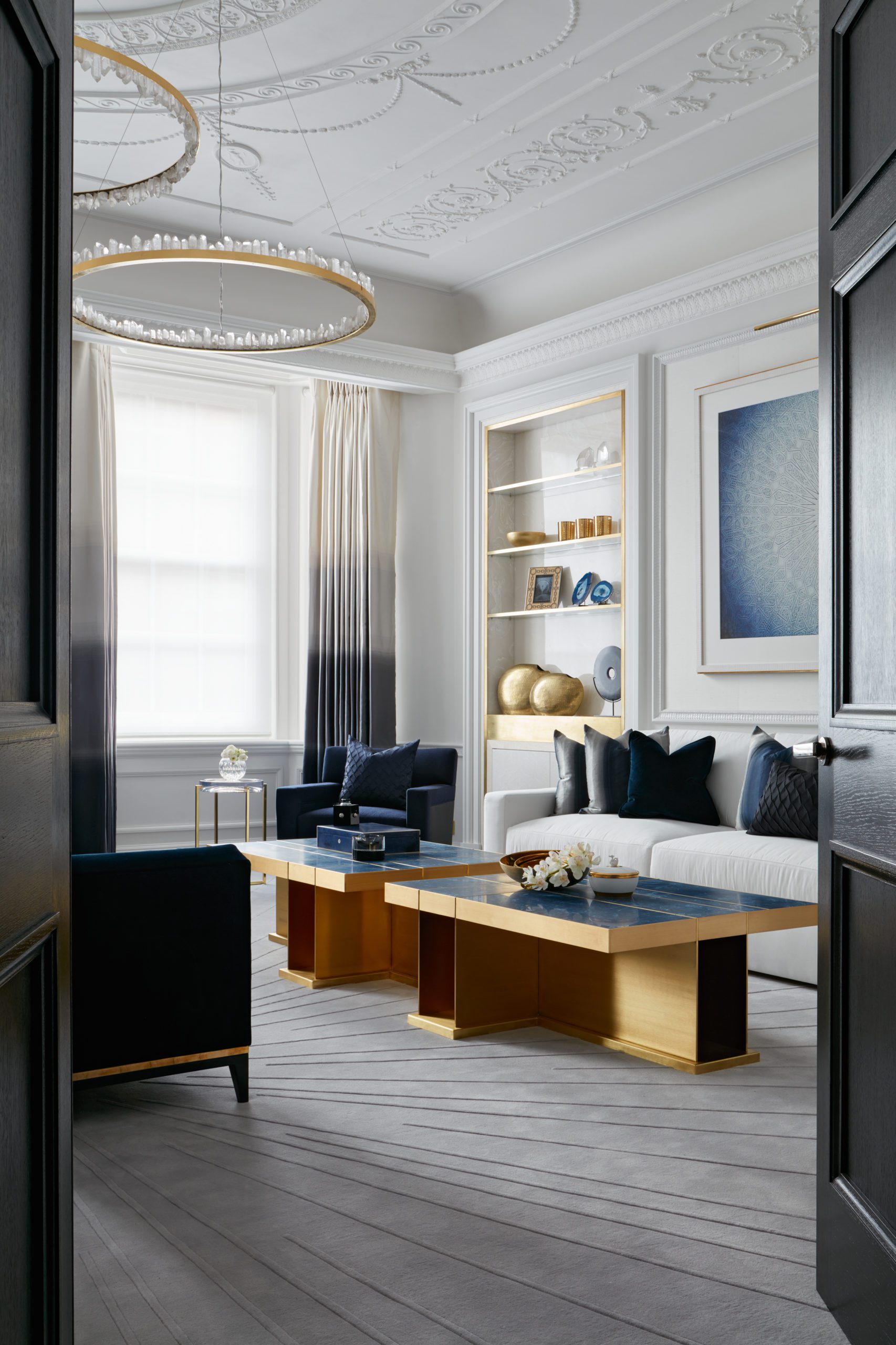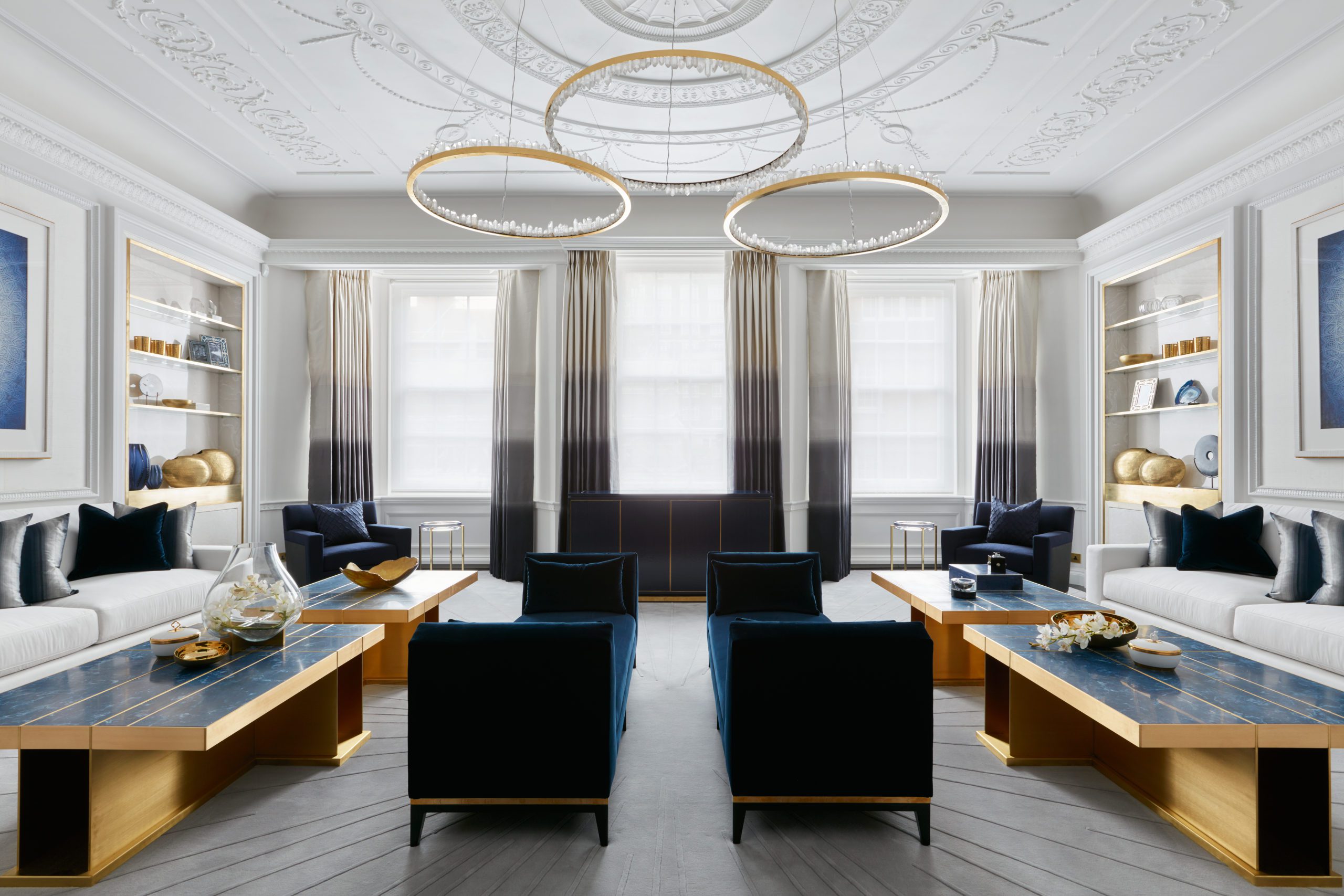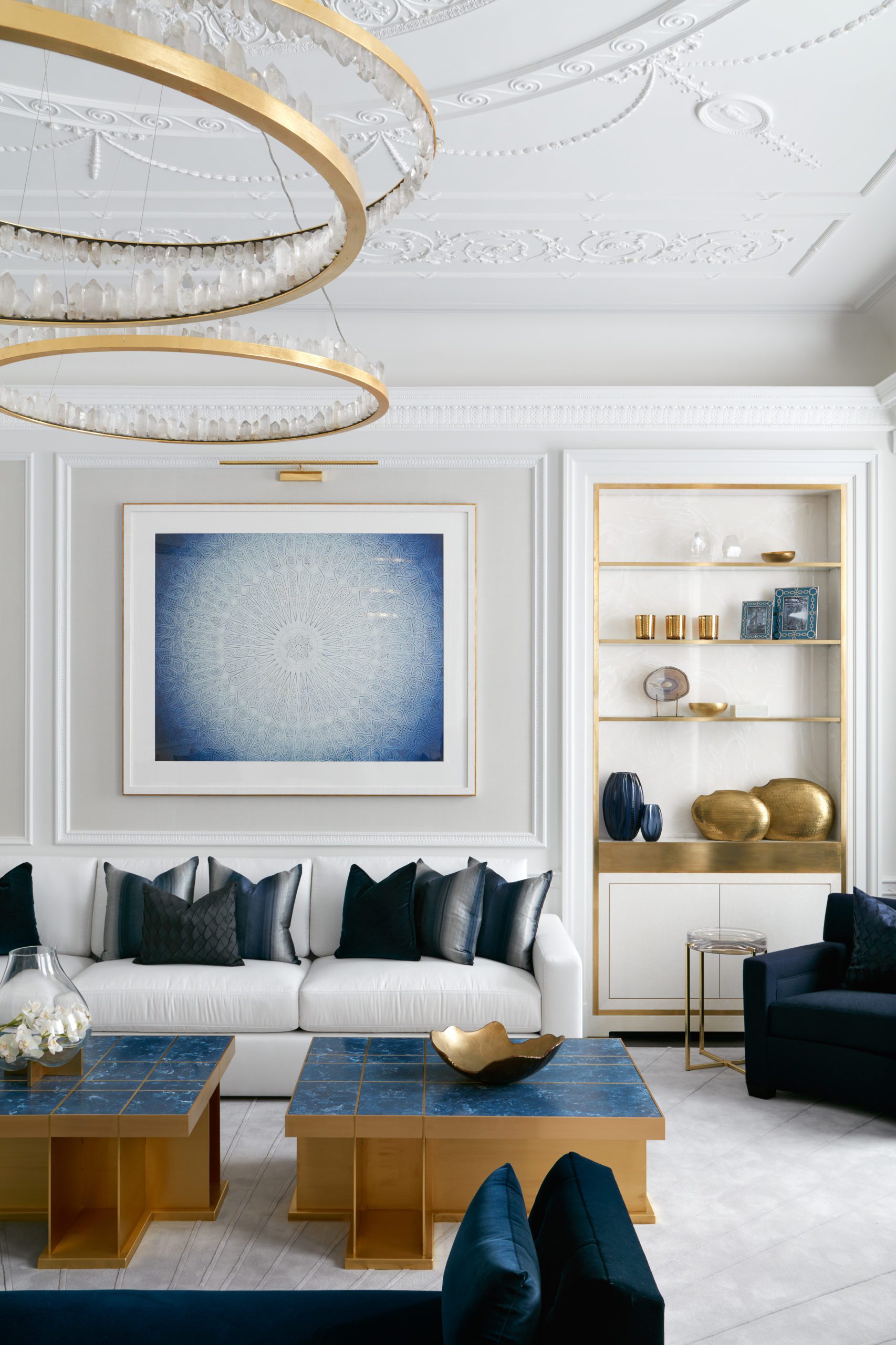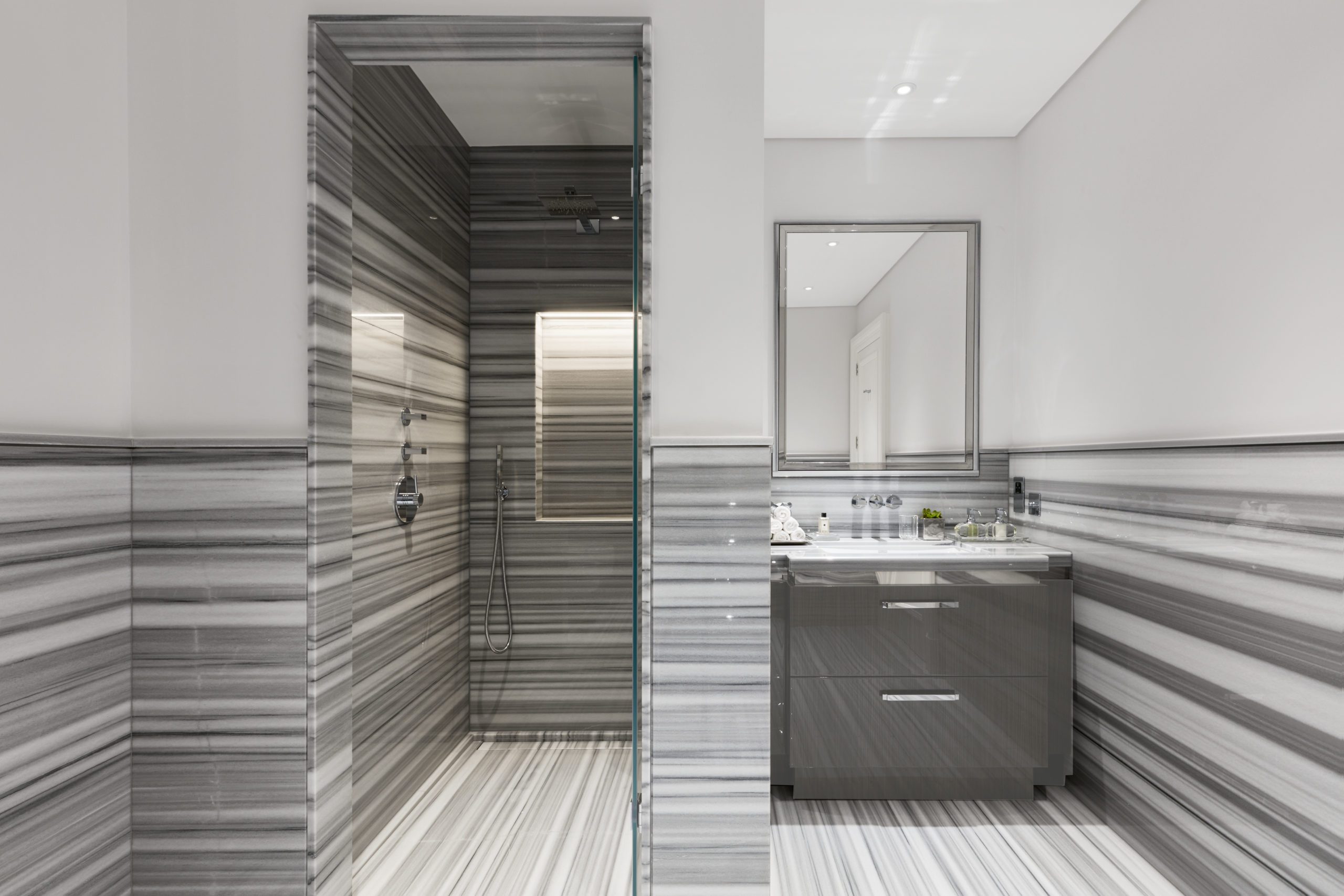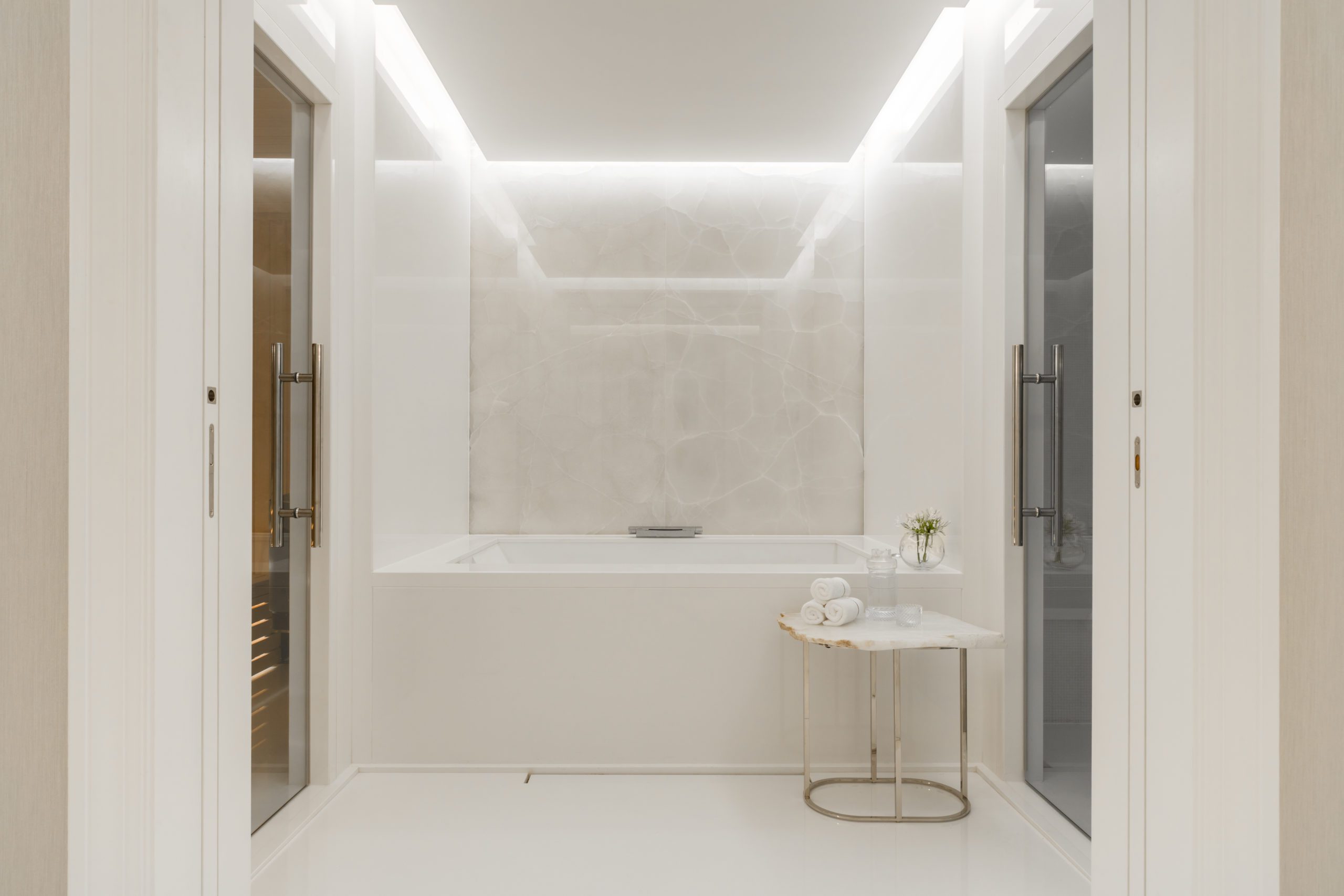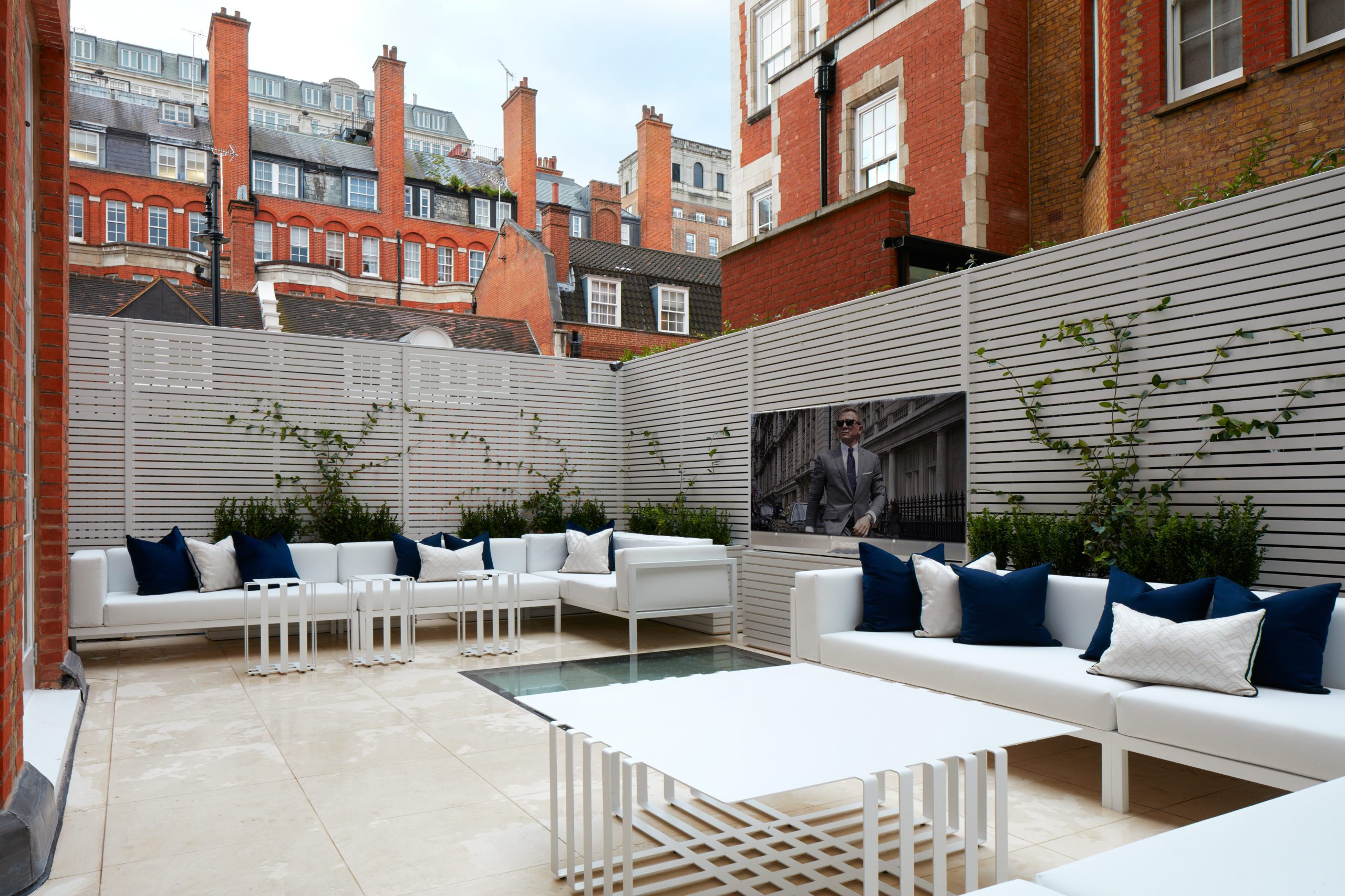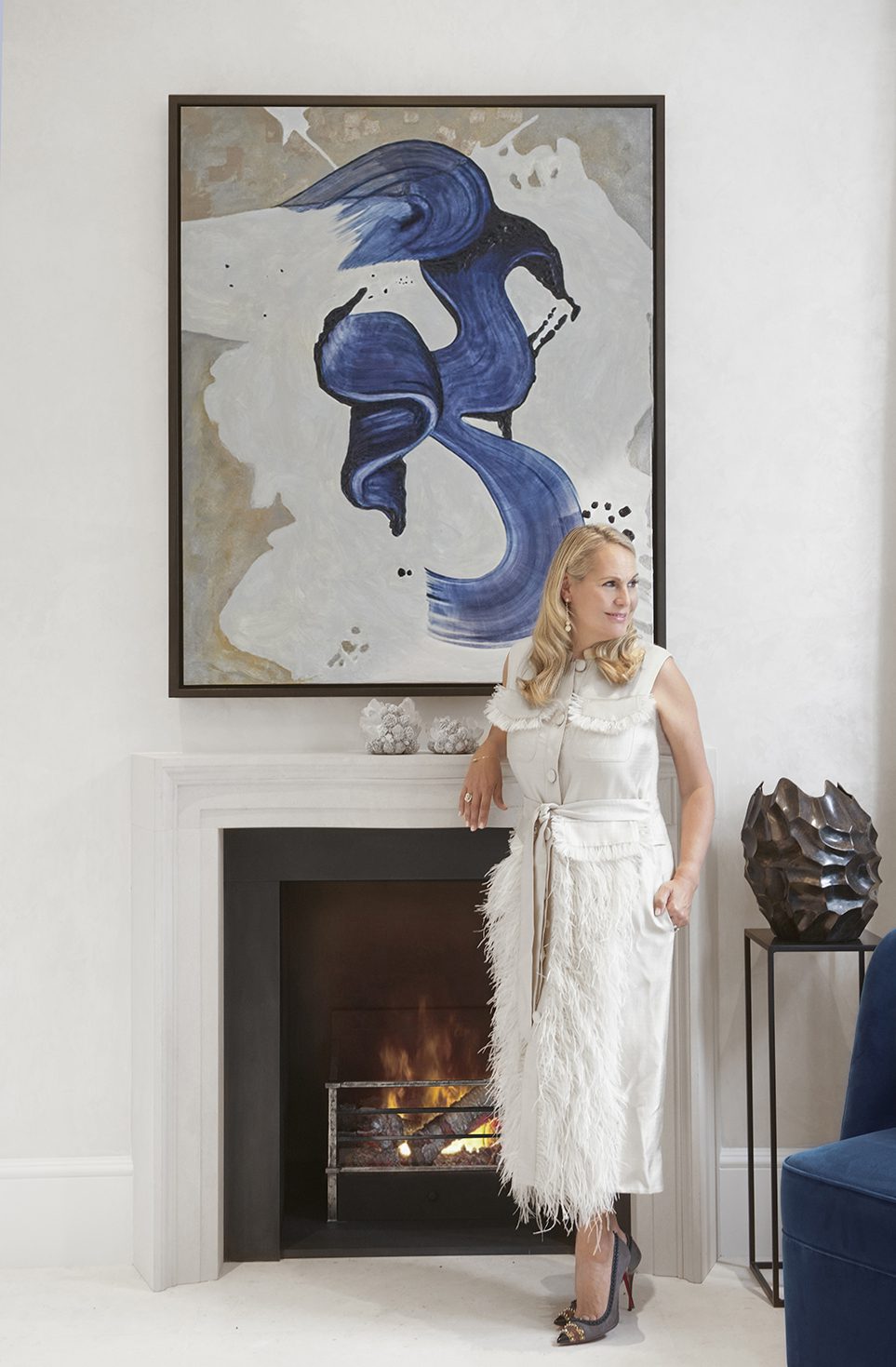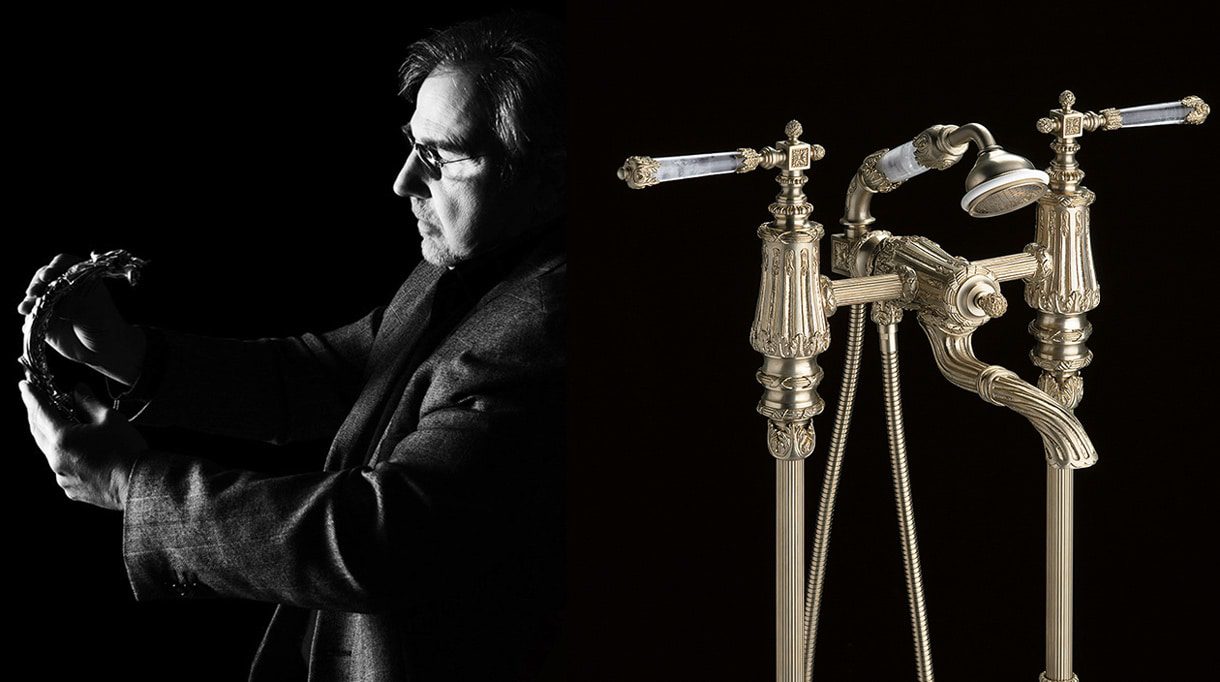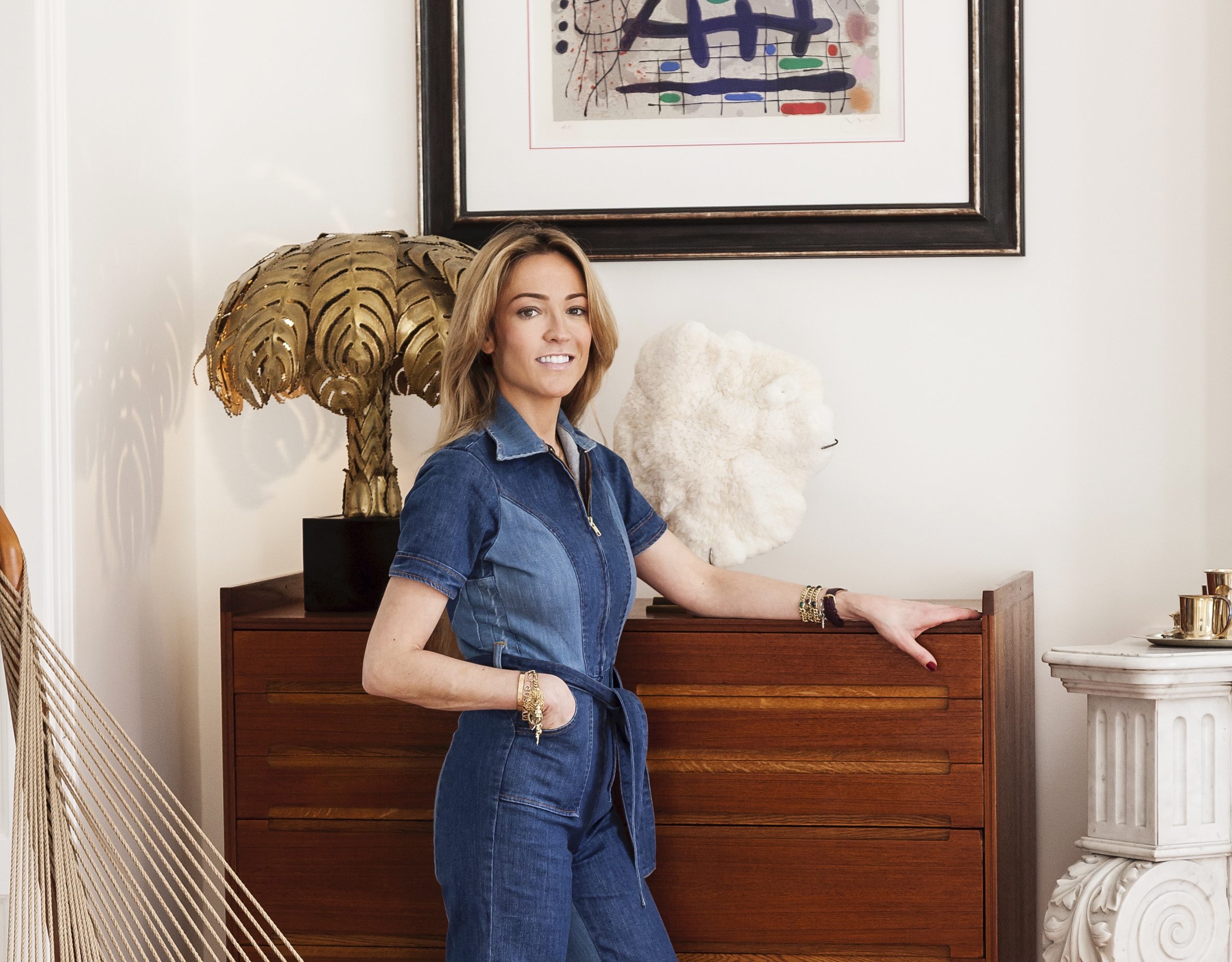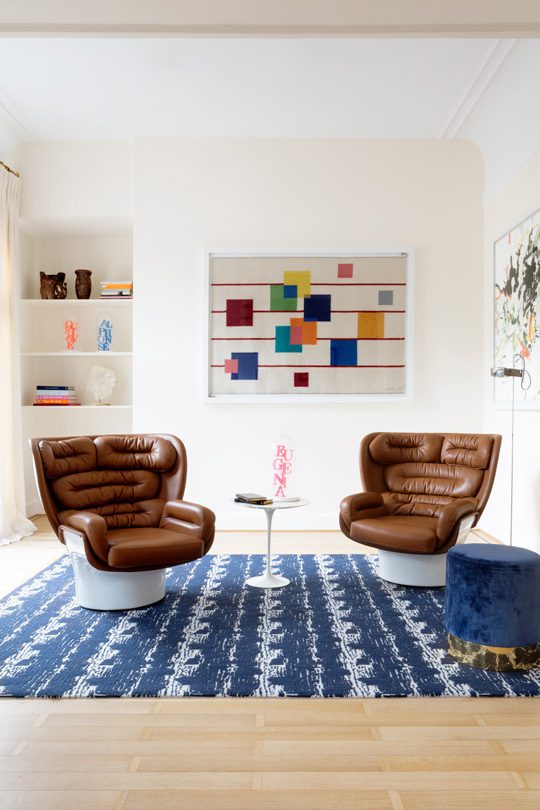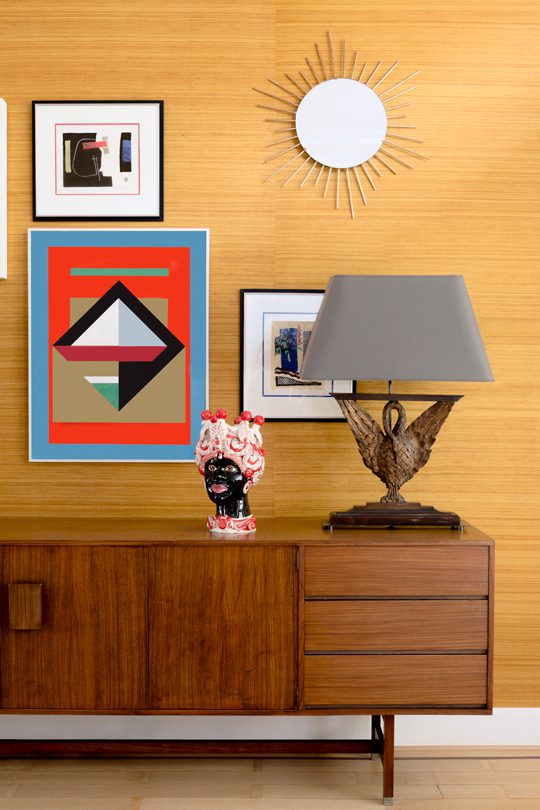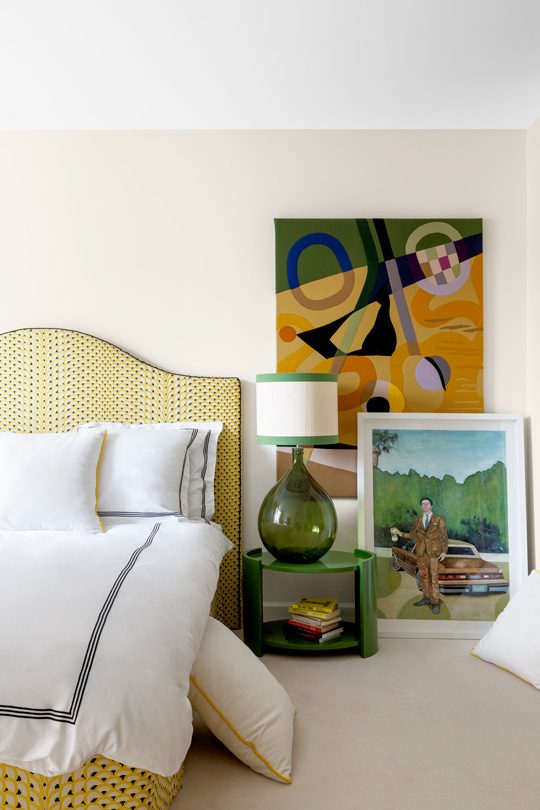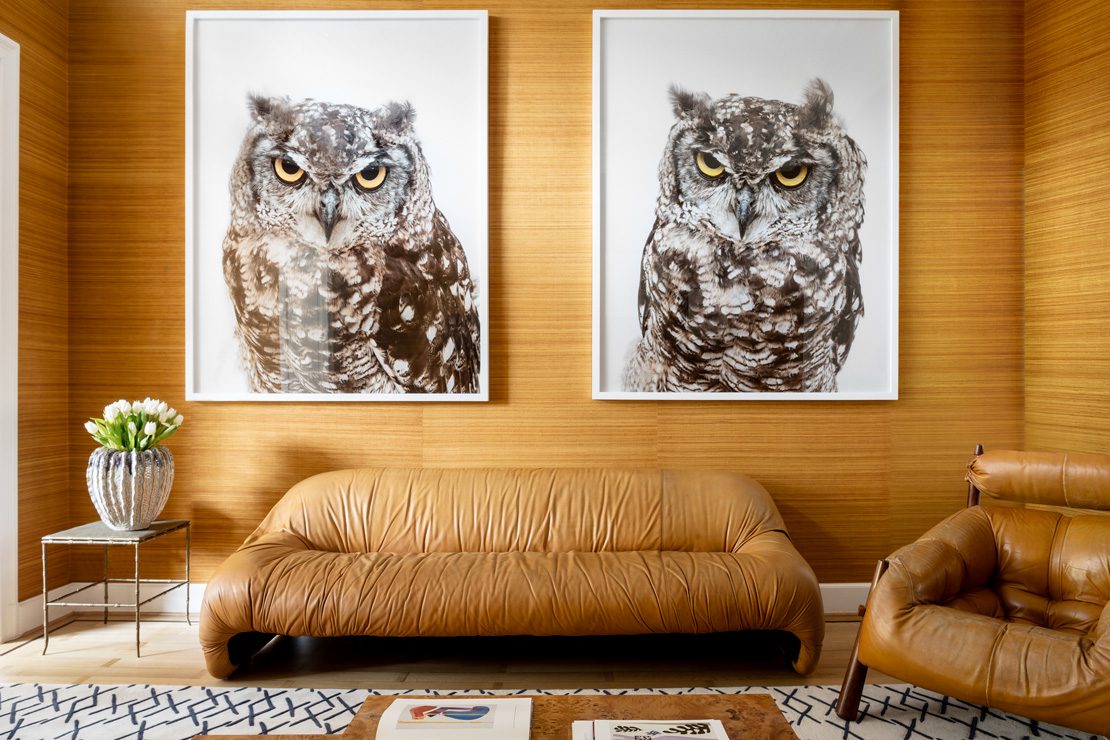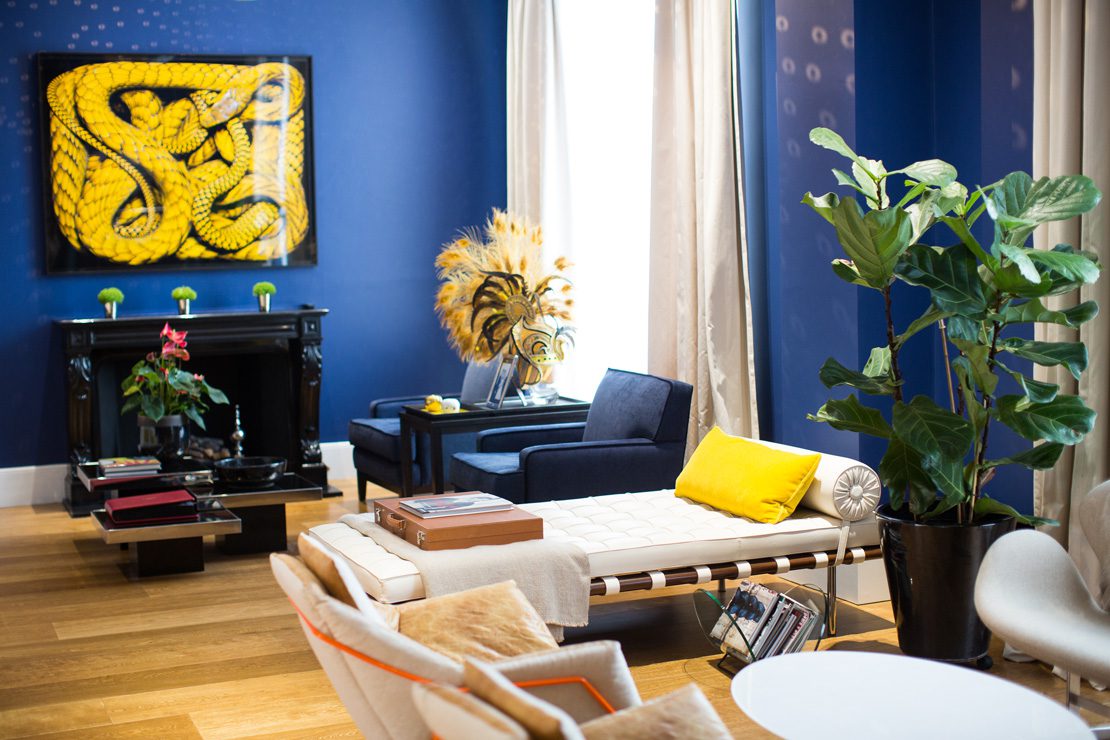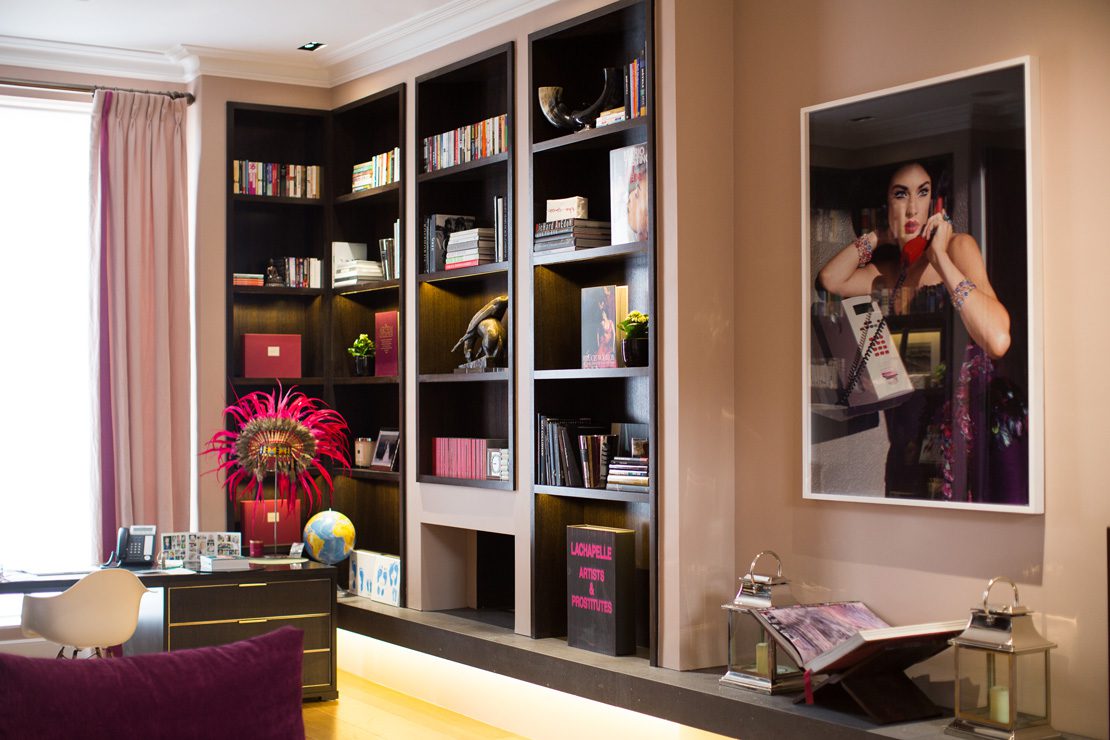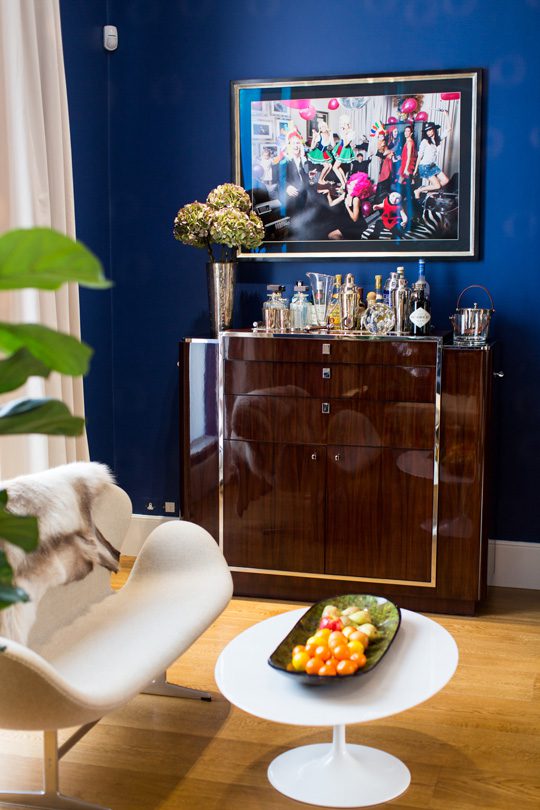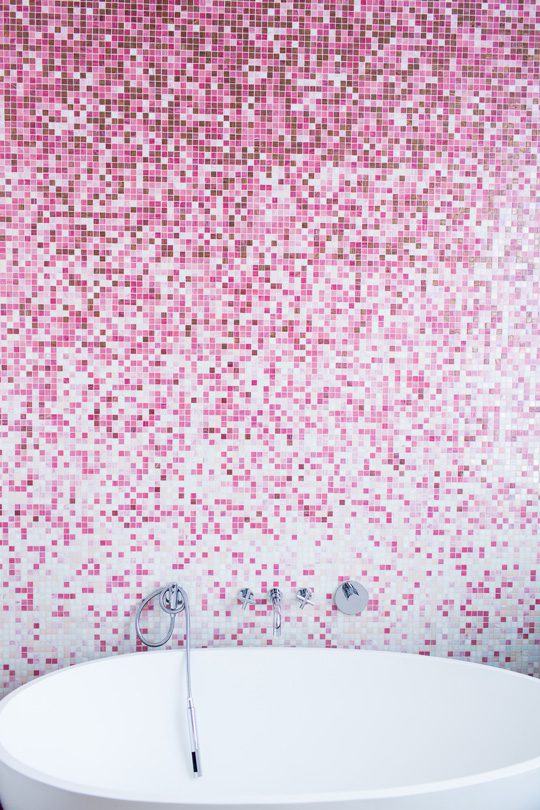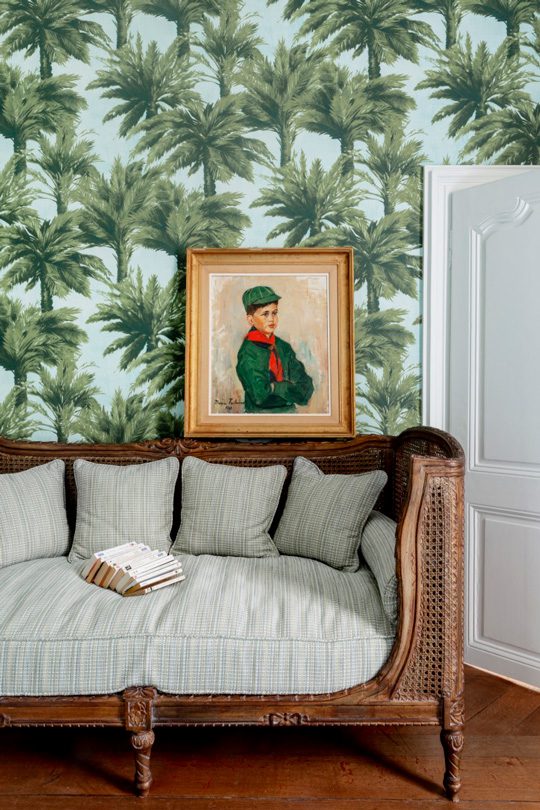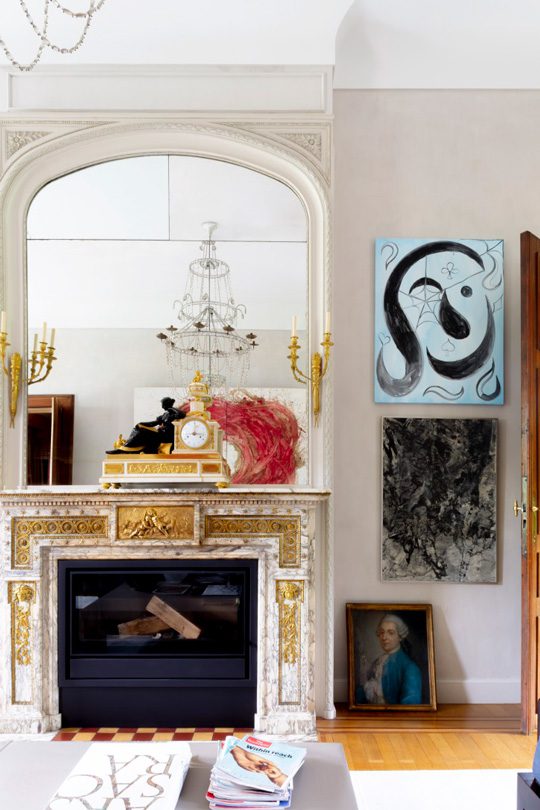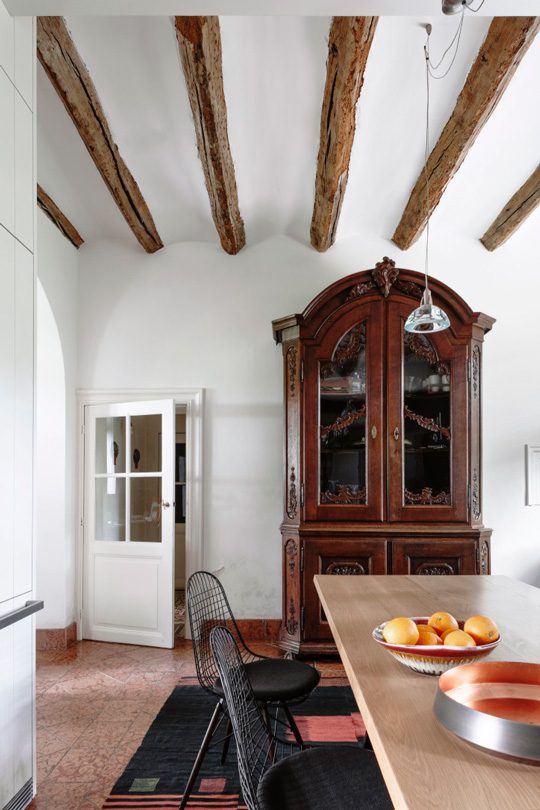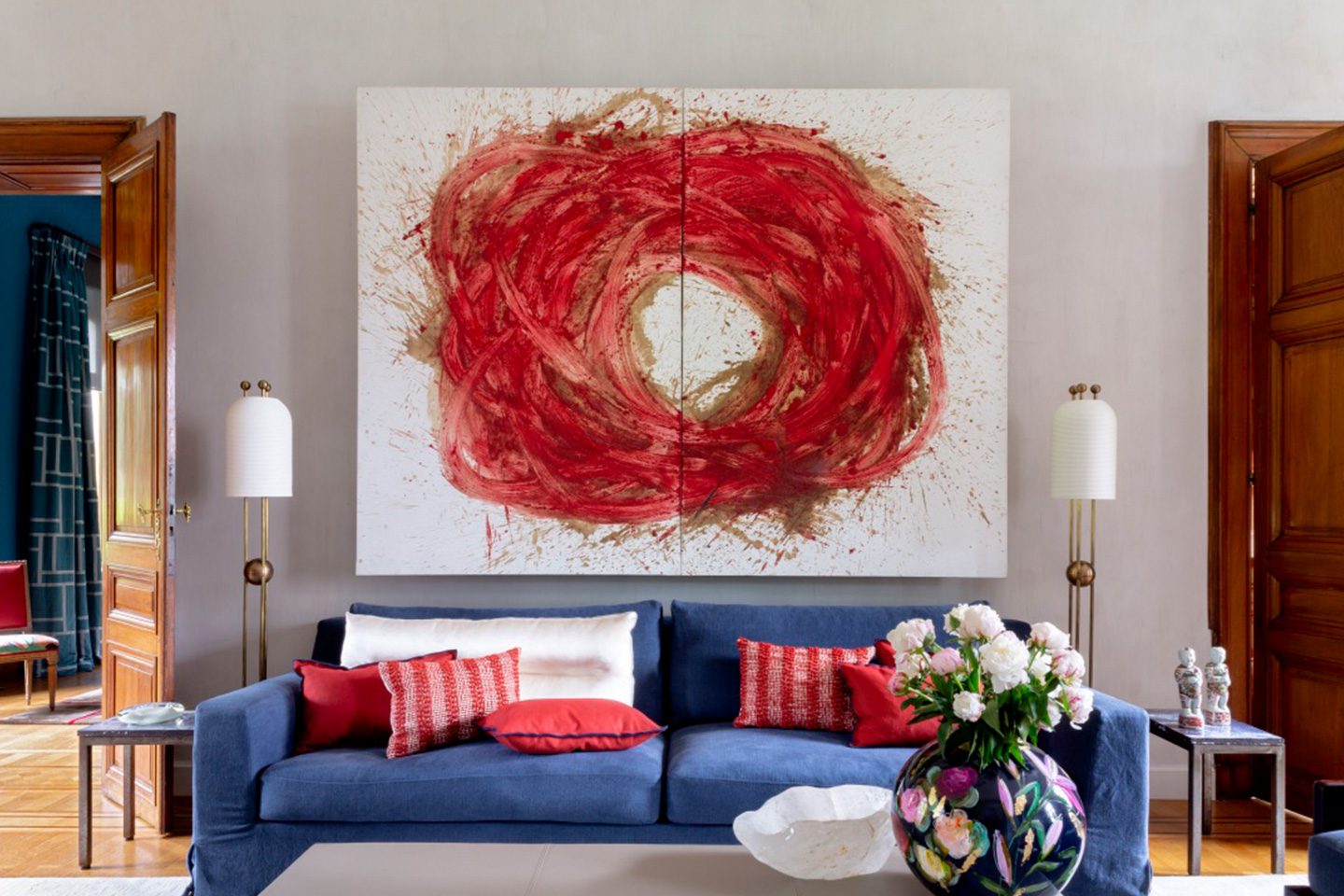"What Inspires Me" with Raphael Navot
The Paris-based designer Raphael Navot is first and foremost a storyteller. For each project, he executes everything from the concept and design of the space to the custom furniture and fittings. Each space he designs is unique and defined by the essence of the purity of form, the use of noble, raw natural materials and his high regard for craftsmanship. With his unique design language and artistic sensibility, he chooses his projects with much thought and care and although he works in architecture, interior design and furniture design, he considers himself a “non-industrial designer”.
Born and raised in Jerusalem, he attended the prestigious Design Academy Eindhoven in The Netherlands. During his studies, he caught the eye of Lidewij Edelkoort, the renowned trend forecaster and, at the time, university chair. After his graduation in 2003, he went to Paris to intern for Edelkoort where he worked for the forecasting magazine View on Color. Six months later he launched his career as an independent designer. His diverse portfolio of work includes projects such as the interior design and creative direction of the highly lauded and internationally recognized Parisian nightclub Silencio (in collaboration with the film director David Lynch), the Hôtel National des Arts et Métiers in Paris and the newly redesigned Parisian restaurant, Le 39V, along with sculptural furniture and design objects, which are now being represented by Friedman Benda Gallery in NYC. He has long called Paris home as its historic tradition with savoir-faire is something that feeds his creativity. We recently spoke with Raphael to find out more about his singular style, his unique working process, why craftsmanship is important to him and why writing is an important part of his creative process.
You did Conceptual Design as your degree?
Yes, I studied at the Design Academy Eindhoven, which is known to be a school that is focused on design thinking, so I’m not coming from a background that is technical. I think it’s more the philosophy of design. It was more abstract as we were studying the concept of “why we are creating”. Back then it was really a school that put the person at the center allowing the students to discover where they design from rather than what do they wish to design and that’s why there were departments that were called “Men and Well-being”, “Men and Leisure”, “Men and Activity”, and instead of calling it “Fashion Design” it was “Men and Identity”. We were doing more group studies while we were creating and working on eccentric projects that challenged our intellect.
Did you think that you were going to do interiors?
No, not at all! But you know now, funnily enough, working on interiors seems to have been a stepping-stone for me, and now I feel more connected to design and craft than ever before.
Is that from working with artisans on your projects?
After graduating from the Design Academy, I followed Lidewij Edelkoort to Paris and I was working in different fields within arts and crafts. I was actually making my own pieces by hand, something between sculptural and furniture pieces. For me the distinction between design and art, I think it’s quite new, and I remember that in Holland they called design “form giving”. If you go and study crafts or anything about decorative art, art and functional design will never form a unit. Art and functionality have not always been as separate as they are today. The principle of “form follows function” can be seen in reverse – “function follows form”. Any of these versions is what I call design. I am working in different fields now, from large scale editions to hospitality to gallery pieces and to be honest the question in the end is always about the limitation, I mean where are the constraints that lead to a design? What are the conditions? What is the context? So, I think that it is just the surrounding for me that is changing but not the way I work, it is only the territory that is different. I apply the same principles to each project. I don’t see a difference in making jewelry or designing a building. It’s about semantics, materiality and expression.
When working on a project, are you creating everything or do you bring in, for example, vintage pieces or work by other people?
Essentially, yes, I create everything. I prefer this especially for hospitality where I feel like one enters a universe, similar to Silencio, the Parisian underground club that I designed, and there are areas in which you live that are isolated from the world. It’s a bit of the opposite when you go really underground, and it never ends. You kind of live in a bubble of a micro universe and, for example, with my recent project at the restaurant Le 39V, you go up to the rooftop and have this inverted panorama into the center of the space where a floating 100 year-old olive tree is located. Instead of having a panorama on Paris rooftops, the space is inverted upon itself like a floating ring. This is why I thought that a tree can be the most adequate centerpiece. A celebration of nature. In the past, architecture was so particular. I like the idea of old school architecture when you enter a space and everything is bespoke and made according to the parameters of the space. I do use some design pieces, especially chairs, I tend to buy chairs and not to design them because it takes a lot of time to develop. But what I do for each space is to introduce a group of craftsmen and with them we develop new materials. We even make new textiles; colors were made for projects. I feel like it’s something romantic. That’s why I’m not really a decorator, or an interior designer, I’m more of a designer: I draw, I develop concepts and I happen to do interiors.
Back to the restaurant, Le 39V, some sections felt like a cocoon, was that all wood or fabric?
The whole space was actually very angular, so I wanted to soften it. I fell in love with the idea of a space being somewhat futuristic and very natural, and having an optimistic future with technology. I like to think of it as a “natural future”. So we have everything hidden but the space still has a very minimal presence. We have Taj Mahal marble, wood and silk and mohair. All kinds of tactile materials, some are more noble than others. For the seating area by the bar, I used a foam with a special textile to make it more acoustic. There is a “fresco wall” where we created a gradient from browns and blues to warm white that is similar in feeling to the ocean. The tables have rounded corners and echo each other. I wanted to create a feeling of a futuristic science fiction set – to create a “nostalgic future”.
In your work you are known for your love of materiality.
My inspirations are derived from the materials themselves. I hardly work with aluminum or polymer. I work with earthy materials such as stone, wood, iron. These are corporal materials, you understand them. You can lay your hand on a massive stone or wooden table and you can feel its history, how it is linked to nature. For Oscar Ono, I created an end grain floor that took five years to develop. I like to push the craft. I am using a very old technique of parquetry, but in a contemporary way with a spiral movement. In my designs I am not being referential, I am not looking at design movements but instead I am inspired by geology, biology, by just listening and tapping into the knowledge of the artisans that I work with and I am greatly influenced by them. Good design should ask “what” – what is possible with wood, what can I do to push its capability.
For the travertine console and bronze table and lamps in my “Topographic Memories” series, I made the drawings and then we modeled everything using 3D technology. I worked with the artisans at Ateliers Saint-Jacques and for the table and lamps we did a bronze casting of each piece like in the Middle Ages. I use technology as a planning tool but not in the execution. I did the texturing by hand. The travertine bases were burned and immersed in water. This quick shock mimics the hundreds of years of time that it normally takes to create this coral like look. I am mimicking time by the process we use to create the effect.
For the “Senza Misura” table for Friedman Benda Gallery, it was inspired by the form of the palm of one’s hand. To create the patchwork assembly, I used the 7,000-year-old tradition of “mortise and tenon” (putting together two pieces of wood without the use of nails or glue). It is a “know-how” that is sadly going away as there is only one craftsman in France who can do this. To create the design, one is working with the forces of the wood and it is creating a tension. When I am creating something completely new, I have a lot of discussions about the design with the artisans and they come up with solutions. My ideas push the limits of the materials and they are responsible for the end result.
I am fascinated by your “Eyes” bench. It looks like it was something unearthed from the ground and it is telling a story through a new language, like hieroglyphics.
For the “Eyes” bench, the wood pieces that I used were rejected pieces from the wood industry. We tend to prefer our wood straight and calm with as few “surprises” as possible. The industry is constantly inventing methods to control it. I find these errors very meaningful and to be telling an important story – a knot can represent the birth of a branch, or a scar tells the story of a terrible storm. It is a language of celebrating the faults of the wood. Each “eye” is unique. I found an amazing artisan in Belgium who could create this piece. To attach the small pieces of wood together, we used rubber that is typically used on boats, as it is a natural material and allows the wood to move during the extremes of heat and cold. The black burned wood frame was a result of using this black rubber on the top. The design solution came about from the materials we used. The materials tell a story – there is something to say.
Your made to measure environments are so carefully thought out and executed. How long does it take to complete a project?
It takes time to create these projects. Le 39V took 1 ½ years. My newest project that just opened, Hôtel Belle Plage, took 3 ½ years to create. It is a newly built hotel and spa in the quiet center of Cannes (by the same owners of the Hôtel National des Arts et Métiers). I designed the whole building inside and out and used local craftsmen. The advice that comes from seeing centuries of heritage and craftsmanship is “take your time”.
What advice did you receive that resonated with you?
It was from Li Edelkoort who told me that a career happens when you are ready. I have been working for 20 years, but the last 5-7 years I really feel like I am doing what I am supposed to be doing.
Are there any other designers that you admire?
I think that there are many interesting minds out there that celebrate the idea of timelessness instead of rushing to the new or working too hard to stay in trends. I like the works of Festen, Faye Toogood, Ilse Crawford and artists such as Byung Hoon Choi.
Do you collect anything?
I collect materials about the natural world such as algae, and drawings about natural history, biology, geology, and types of stones.
I was so surprised to hear that you don’t have an office.
I work independently. So many creative people are independent. For each project I set up an office that is usually on site. I think of it as a “nomad office”. I work with local architects, artisans, and ateliers. I put together a team that is best suited for a specific type of project. I enjoy working on projects together with the artisans etc., but it is tough for me to create in a team, so in the conception phase I work on my own. I like having the office on site at the project as all of the artisans, engineers and architects can join us in the space to discuss ideas instead of working together virtually or imagining the site. Working this way, we are all there together. There is a disadvantage to this working style as I can only take on a few projects at a time and growth in a linear way is not possible, but it is a relief for me. I try to take the right projects and create a story with the owner. I wouldn’t take a project that was oversized as the small team has to handle it. The advantages of this way of working allows me a certain liberty. Many designers find themselves successful but with a big office and a “machine to feed” and projects they are accepting in order to support their staff. That scares me. I don’t want to lose the ability to discuss with my clients directly and to understand their needs. I want to see the craftsmen and to visit their workshops and talk with them. I am a designer, not a businessman and I am not a commercial entity.
You are known for your attention to materials, but also your attention to craft.
There is something about craft, the touch of the hand, the work behind it, the magic of just the material itself and the fact that we can actually see and feel the tradition, the heritage, the knowledge that is so embedded in the piece itself.
I find it easy to recognize a crafted piece, which for me means that it is just a piece that was given more attention. Somebody gave it more attention, somebody invested in it. Lots of “know how” is being lost. This important heritage, this savoir faire is something that we need to protect and we need to get to the future without losing this “know how” – we need to find new ways to bring it with us into the future.
France is a haven for craftsmanship, of renowned expertise. I work with Jouffre for my upholstery projects as they respect the tradition. They have a high level of luxury craftsmanship. I like to challenge the craftsmen and use different materials such as cashmere, silk and oak that we used for the “Acrostic” pieces that I created with them. With them I feel like any idea I have is possible.
I find it interesting that you don’t do residential projects.
I work mainly in hospitality projects and furniture editions. I want to work on projects where the owner wants to tell a story. There is a sensory feeling. With these clients, I can get to the story that they feel comfortable about for the space. But with a private residence it is their home. It is tough for me to say, “this is how I think you should live”. It is difficult as I don’t want to impose my style on them. The client will not know what the end result will be, as for example I don’t pick out paint colors together. My style is not coherent with pre-determined selections of furniture and colors because I don’t know the outcome until the project is completed as it is an organic process. I don’t fit that category of a typical interior designer. I don’t have a style that keeps repeating. I am trying to create an aesthetic that is somewhat timeless. It could have been from 50 years back or from 50 years in the future.
In designing hospitality/commercial spaces, the real client for me is the guest of the space (not the owner) and the next client is the staff who works in the space. If my design serves the guest and the staff, then the client should be pleased.
Do you follow what is going on in the design world and what is current in terms of trends?
I don’t deliberately follow trends but sometimes it follows you. I am not a big fan of the word “trend” in general. I think especially when you talk about what has always been good and will be good there is not much change in that. However, I do find it very exciting when people ask for something we haven’t seen before but feels like it has always been there. In the end, the search for beauty of form is more important than the need to follow the trend of the moment.
What inspires you when you start a new project?
I start every project by drawing and writing. Writing helps me understand the intention, the core of the project, the values, what is the space about, the atmosphere. For me, writing is very important in the creative process. The design is the last part. When I began thinking about the design for the Hôtel National des Arts et Métiers in Paris, I walked around the neighborhood and thought, “what is craft in Paris – copper, chalk, stone, granite”. I wanted the craft seen around the city to echo inside the hotel. The colors we used came from a color that abounds around Paris – oxidation. It is Paris’s signature color. So, blues and rust were our main color chart. Most of the colors I use in projects derive from the materials themselves. I hardly used any paint in this hotel.
I create a story for each project. I create mood boards, I think about the artists of the time, of history. I have the script and I just need the casting (of the artisans).
Raphael Navot will have a solo show at Friedman Benda in NYC this October.
To discover Raphael’s projects please click here
Share
"What Inspires Me" with Marie Audier d'Alessandris
For many, the idea of a brick wall has a bad connotation, as in “I have hit a brick wall”, but for Marie Audier D’Alessandris a brick wall became an inspiration for a wonderful business idea.
Marie was born and raised in Paris. After many years as a marketing executive for the beauty company L’Oréal, Marie and her husband took a sabbatical and moved to Bogotá, Colombia. They made their home in a beautiful historic apartment building designed by the renowned Colombian architect Rojerio Salmona. The “Alto de Pinos” building was built between 1964-70 and was made entirely of brick. While it created a beautiful contrast on the exterior with the abundance of plants surrounding the area, making for a striking color combination of the deep red of the bricks with the greens of the plants, it was the inside of the apartment that had all brick walls that made Marie rethink things. She was accustomed to white walls and felt a bit overwhelmed by so much brick, so she took images from some shoots she had been on, contrasted them, cropped them, and printed them in a large format. The idea was to cover the brick in an interesting way. She was pleasantly surprised when anyone who came to her apartment instantly fell in love with the images.
When she and her family moved back to France and lived in two different apartments, with her favorite white walls, she hung the same images and again was met with a positive reaction. Finally, when they settled in NYC in 2006, they first lived in a modern penthouse apartment and then moved into their current pre-war apartment and again the photographs were the stars of the apartments. In each space and country, totally different from each other, the original photographs that she had made in Colombia always received the same strong response – people loved them. Marie then had an “Aha” moment. During her years as a beauty industry executive, she was on many advertising shoots where she witnessed all of the hard work that went into making an image from pre-production and creative ideas to the teamwork involved in shooting the photo and even post-production, and how that image would have a short life span (in a magazine, on a billboard) and then disappear. She thought about how she could give a second life to these images. She also had another insight while a Chief Marketing Officer at Coach when she witnessed the collapse of print (she placed ads in magazines) and therefore wanted to invest in digital. So, the idea of her online gallery came together and The Selects Gallery was created in 2018. She delves into photographer’s archives and finds the “sleeping giants” that would have not seen the light of day and creates large format editioned prints. And she means large, as the smallest print is available in size 24 x 36 inches and the largest is 58 x 87 inches. Her mission was to change the perception of fashion photography and for people to discover these hidden gems. We are so happy that she hit the brick wall and turned it into her dream project of celebrating the beauty of fashion photography. We chatted with Marie to find out more about the gallery and what inspires her.
Can you please tell us a bit more about why you started The Selects Gallery.
I had a long career in the beauty and fashion industry and I was fortunate enough to spend a lot of time on fashion/editorial and advertising shoots. While working with the best photographers to create these images I saw the amount of work, talent and money that went into a fashion or beauty photo. It is a very creative and thoughtful process that brings together the best talents, from scouting the right locations, to stylists, makeup artists, hairdressers, creative teams, models and obviously the photographer. So much effort for such short-lived results! I always thought that it was such a waste that these beautiful images will be seen for such a limited amount of time, particularly for editorial pictures which are usually published for a month in a disposable magazine. I decided I wanted to give these images a second life, and this is how The Selects Gallery was born. I knew it was a risk to leave my corporate job to pursue my artistic vision. It was nerve-wracking but it was a project that was dear to my heart, always, for 15 years I thought about it. I felt that if I never got to do it I would regret it. We scout the best images in the archives of renowned fashion and beauty photographers and offer them in large format, museum quality and limited editions. We also frame the prints in customizable frames and ship them directly to the client.
Please tell us about some of the photographers that you represent.
We feature works from renowned contemporary Fashion and Beauty photographers who continue to work today such as Kenneth Willardt, Sylvie Castioni, Greg Lotus, Emmanuelle Hauguel and Richard Phibbs. We also have images from iconic photographers of the late ‘70s, ‘80s, and ‘90s such as Andre Carrara whose timeless images became a cornerstone for French Marie-Claire and Maire-Claire bis from 1980-2000, Giovanni Gastel who was one of the most famous Italian photographers in Italy and Rose Hartman who took many of the famous photos from Studio 54 including Bianca Jagger riding on a white horse.
You also have the estate of Chris von Wangenheim?
Yes, we are thrilled to represent this important photographer’s estate. Chris radically challenged the public taste with high fashion photographs capturing the zeitgeist and cultural changes of the 1970s. He ranked alongside Helmut Newton and Guy Bourdin. His images have remained largely unseen since his tragic death at age 39 in 1981. I am working with his estate and I am reaching out to stylists, makeup artists, models etc. who worked with him so that we can build up and preserve his legacy in the history of photography. He is best known for his provocative yet extremely attractive images such as the Vogue shoot of a model with a seemingly aggressive Doberman dog which is widely considered the most memorable fashion image of the ‘70s. He left a profound legacy and lasting influence that still influences photographers and designers today such as Steven Klein and Marc Jacobs. We are honored to help keep his legacy alive.
What is next for the gallery?
We are so thrilled that we have just added 2 new photographers to the gallery (Jacques Olivar and Adebayo Jolaoso) and 2 additional photographers will be announced soon.
What do you do to feel inspired?
Spending time with the artists that I work with greatly inspires me. They are the pulse of what is going on and I always feel inspired by their insights. I also read a lot and do a lot of research. Every morning I read The New York Times.
Why should art, especially fine art photographs, be a vital part of a design scheme for homes, offices, hotels etc.?
Including art in one’s home really reflects the owner’s personality. It brings out another layer of one’s tastes, beliefs, point of view on society. I find that people who are more edgy and are in the pulse of things have a lot of photographs in their interiors. I recently wrote an article about this and I posed the question, “what is the common point between Kim Kardashian, Dakota Johnson and Bruce Willis?” It is that they have their homes filled with fine art photographs on their walls. I also feel that selecting photography is similar to how an interior designer designs a space as with a photograph there can be a purity of the composition, black & white or intense colors which are very striking and all of this can create a deep and impactful layer in the design.
For inspiration on living with art, please look at the “Scrapbook” Instagram Highlights @theselectsgallery where Marie creates beautiful scrapbook pages showing inspirational interiors by designers, creatives and influencers.
Was there an editorial/ad shoot that you were a part of and still think about?
I shot a lot with the photographer Kenneth Willardt for Maybelline, Garnier and L’Oréal. He was one of the few photographers who did not mind having a lot of people on set. I really connected with Kenneth and we became friends. In fact, he was one of the earliest photographers to join The Selects Gallery along with my dear friend Emmanuelle Hauguel. The first photographers to join my gallery were all great friends. I had a respect and love for their photographs and getting to know the photographers personally enabled me to understand their vision and to decode their artistic vision.
You champion editorial photography at your gallery. What do you think about the future of magazines?
I believe that print magazines are becoming closer to being like books. It seems like many magazines have decreased their publication to only several times a year and in a way I think that is a good thing. You can see this in magazines such as CR Fashion Book, System, Numéro – they are moving closer to becoming like coffee table books and collectible issues. The secret for magazines to survive is to reduce the frequency as they will never win against digital in the game of speed. The magazines that take a step back and make a statement with the content and photographs will last. They will become more like a reference, a guide, to immerse the reader in the latest trends, decode, disrupt. I love how today photographers in magazines are trying to change society through representation and diversity. For instance, the February issue of British Vogue with a cover photo of nine black models, is just stunning! I think having intention behind the photographs is essential. In the 1970’s, Helmut Newton, Chris von Wangenheim and Guy Bourdain were considered “The Terrible 3” because their photographs were meant to shock and to show the violence that was happening in society at that time. Now we see photographers using images as a tool to change the culture and to enable better representation. It took a long time but it is finally happening.
How is fashion and beauty photography art?
This quote by Karl Lagerfeld sums it up, “Fashion photographers are the new painters”. Art is about interpreting reality. Similar to the Impressionist, Pointillist or Cubist movement in painting, fashion photography is about a surreal vision of reality magnified almost to an extreme. Fashion photography is still marginalized but it is changing. Proof is in the growing interest in fashion exhibitions in the past few years. Fashion photography was always meant to be published in a magazine therefore seen by the general public. My mission at The Selects Gallery is to make sure this work of art does not get lost and continues to be seen and available to a wider audience. I am convinced that we will be nostalgic for the incredible shoots that used to take place when magazines were at their peak with large budgets for stories shot by extravagant fashion editors in partnership with visionary photographers such as Polly Mellen, Richard Avedon and Carine Roitfeld. The gallery is a repository of fine art photography pulled from the archives of incredible fashion and lifestyle photographers from around the world.
What time period is your favorite for fashion and photography and why?
I don’t have a specific time period that is my favorite. I like the fact that by looking at photographs from certain time periods there is a certain parallel between the images and the society of the time. You get a sense of the cultural history too. For example, I watched the 2017 documentary “Agnelli” on HBO about Gianni Agnelli and his family, and it showed the “years of Lead” in Italy in the 1970s. It gave me a more profound understanding about the work of one of my photographers, Giovanni Gastel, and his work on memory and the protection of the arts. (Giovanni Gastel was an important and highly respected Italian photographer and was the nephew of the film director Luchino Visconti. Sadly, he passed away from Covid last spring. Marie recorded a long and in depth interview of the artist that might be his last one).
What has been your favorite photography exhibition?
An exhibition that I wish I could have seen in person was the 2018 exhibition “Icons of Style: A Century of Fashion Photography, 1911-2011” at The Getty Center in Los Angeles. To see photographs by Richard Avedon, Guy Bourdain, Peter Lindbergh, Helmut Newton, Irving Penn and many others hanging all together in one exhibition would have been a magical moment seeing this comprehensive exploration of fashion photography. Thankfully the accompanying book is still available on the Getty’s website.
Do you have a favorite museum or gallery in NYC?
I really love Fotografiska and their programming. It is neither a traditional museum nor a gallery as they don’t have permanent exhibitions or artworks for sale. It is a place to discover world-class photography along with outstanding programming. I especially enjoy the videos that they create about each artist as they go deep into the story of the artist and their work. I am also looking forward to their new space opening up in Miami in 2023 (they also have locations in Stockholm, Sweden and Estonia with spaces planned to open this year in Berlin and Shanghai).
Favorite books about fashion photography?
I have so many that it is hard to say just one or two. Because of this I started a “Book Club” on my Instagram account and once a week I highlight a new book that inspires me. In the past, I have included Passages by Irving Penn, The New Black Vanguard by Antwaun Sargent, Vogue: The Editor’s Eye by Condé Nast, Issues (A history of photography in fashion magazines) by Vince Aletti, Fashion Photography: The Story in 180 Pictures by Eugenie Shinkle and A World History of Photography by Naomi Rosenblum.
You can learn more about these books plus check out Marie’s latest recommendation each week in her “Book Club” Highlights on her Instagram account, @theselectsgallery.
Favorite website?
Every morning one of the first things that I do is look at The Eye of Photography (L’Oeil de la Photographie), which is a fantastic website for all things photography. It was created by Jean-Jacques Naudet who was the former editor-in-chief of French PHOTO magazine for 18 years. I stay up to date on the latest trends, auction results, breaking news, the latest books and exhibitions. I love to discover up and coming photographers and reading the in depth articles. It is the ultimate digital magazine for anyone who loves photography, both professionals and amateurs. They also have a daily newsletter and I highly recommend subscribing to it. A side note: I also contribute articles for this magazine including a recent series about the St Barths Photography Festival where I wrote daily dispatches about each exhibition opening.
Check their website here.
If you had an unlimited budget, what artist would you collect?
I would not collect one specific artist but would buy the work of contemporary artists. They have a fresh perspective and are always working though trends. I was lucky to work with KAWS early in his career and I still regret not purchasing any of his art back then. My husband and I bought a sculpture by Daniel Arsham (represented by the Perrotin Gallery). While Daniel was living in Florida in the 1990’s his house was destroyed by a hurricane and that inspired his series, “Relics of the Future”. He takes iconic objects from the 90’s such as the polaroid camera or a Porsche and destroys them and then creates white sculptures out of the remains of these cultural items. I find it very intriguing.
What is something people don’t know about you?
About 20 years ago, while I was living in Bogotá, Colombia, I wrote a guide to Bogotá that is still being published today by Grupo Semana. What is unique about this guide is that it is for locals, not tourists. I was lucky enough to meet the famous Colombian artist Pedro Ruiz and he introduced me to the creative world there. I was able to interview local celebrities to find out their favorite restaurants, florists, home décor shops etc. The result is an interesting mix of the fresh eye of a European expat mixed with the expert eye of the locals. I am very proud that it is still considered a vital sourcebook.
My go-to film recommendations.
A dear friend recently invited me to a special friends and family screening of the new Bruce Weber documentary, “The Treasure of his Youth: The Photographs of Paolo di Paolo”, and I was completely mesmerized by the film. The film is about the 96-year-old Italian photographer Paolo di Paolo and how his beautiful photos from the 1950s and 60s were a constant source of inspiration for Bruce Weber. I loved discovering this wonderful body of work and seeing a photographer being recognized internationally while he is still alive. I was also enchanted by the inclusion of clips from Italian cinema and the “joie de vivre” of the Italians and their zeal for life and it was especially poignant as it was filmed right before the pandemic. This exquisite film received a standing ovation at the Rome Film Festival last Fall. I had the added bonus of being able to speak with Bruce after the screening and found out that he is hoping that the film will be included in upcoming film festivals so that it can receive a theatrical release.
A recent book that you couldn’t put down?
Shuggie Bain! It is a deep and profound and sometimes funny story about addiction and trauma in Glasgow in the 1980s. I particularly loved the quality of the descriptions of textures and material that the author, Douglas Stuart, brought to the story. I was not surprised to discover that Stuart studied textiles at college and worked at Calvin Klein in NYC, Ralph Lauren, Gap and others.
A podcast that I am listening to…
It is a French one, “Demain n’attend pas”. It is an amazing podcast where they interview changemakers.
https://demainnattendpas.fr/
Do you have a favorite restaurant in NYC?
Sant Ambroeus, both in the city and in the Hamptons. I love the atmosphere and the food is always so good!
Last music you downloaded?
“The Look” by Metronomy. I love the retro feel and the high energy of the song will get me through the winter months.
Springtime in Paris or Autumn in NYC?
Ideally, I like both. For me, Spring in Paris is bursting with energy and Fall in New York feels like stolen moments of a never ending summer. I feel lucky that I can travel and experience both cities during my favorite times of year.
Discover more about Marie and the gallery at https://www.theselectsgallery.com/
Intro photo of Marie sitting in front of photo by Cleo Sullivan, Untitled, 2016, courtesy of The Selects Gallery
Share
Interview with Guillaume Bouchez, Managing Partner and Director at Par Excellence
When Guillaume Bouchez arrived in New York eight years ago, he knew right away that he wanted to make this city his own one day. After meeting Charles Jouffre three years ago, he embraced the adventure that now drives him every day.
In 2018, Guillaume crossed paths with Charles Jouffre, who was looking for someone to take over the strategic development of Par Excellence. For Guillaume, it was the perfect opportunity to couple his entrepreneurial drive with his core passion for art, business, and creativity. Thus, he took the lead of this collective that now includes ten of the finest French craftsmen and their exceptional know-how.
Today, Par Excellence is proud that Guillaume helms the organization as an investing partner and director. His energy and dynamism gives the company the driving force to continue creating and developing new client experiences, such as the French “art de vivre”.
As we start a new year, we wanted to take stock of 2021 with Guillaume and share with you the exciting projects that are happening this year.
Guillaume, could you briefly introduce yourself and tell us about your career path? When did you become the head of Par Excellence NY?
I was born and raised in France in a traditional Parisian family with three siblings.
Specializing in sales and marketing, I started my career about 20 years ago organizing events on the French Riviera. Then, I gained experience in production, digital marketing, and business development in France and abroad.
While in New York in 2018, I had the chance to meet Charles Jouffre. At that time, he was looking for a new leader for the Par Excellence collective that he created three years prior. I was immediately excited by this opportunity, both in terms of the relationships it offered with the best French artisans and in the idea of accompanying them in the US market, which I knew well, having had the chance to work there several times throughout my career. My previous experiences allowed me to bring to the project a much more entrepreneurial perspective.
This is my third year at the helm of Par Excellence. At the time I met Charles, the collective had seven artisans and was looking to expand. Initially, the idea was to bring this group of artisans into a new dynamic, that would allow them to land more projects in the United States, and to promote French know-how, which is renowned worldwide. Charles gave me the opportunity to invest in the company. We then had the means to make strategic investments, such as our relocation to our new showroom, located in the heart of Manhattan in NoHo.
In line with the expansion of our expertise, we opened our first office outside the United States in Paris at the end of 2020, with the idea of getting closer to our craftsmen and accelerating synergies in Europe. This office, now managed by Stephanie Desbant, has allowed us to recruit new partners while bringing us closer to our current ones, and to create a new dynamic in the European market.
New York City has a particular rhythm of life. How do you take advantage of this energy?
I have always felt at home in New York. I love its dynamism, its excessiveness, it is an extraordinary city in perpetual motion. The United States is also the world’s largest importer in the interior design and architecture sector. New York is full of thousands of firms that I enjoy discovering. Even in our neighborhood in NoHo, for example, we are surrounded by many interior design and architectural firms.
Everything happens more quickly in this city of many possibilities, but that’s what I like. I like when things are moving forward and when new projects are taking shape.
I ran the New York City marathon last November. I was amazed by the fervor of the fans in the street and in Central Park and especially by the strength of some runners who were much older than I am and their determination to cross the finish line. It is this energy that motivates me on a daily basis and pushes me to surpass myself, in my professional and personal life.
What motivates you on a daily basis in your job?
Par Excellence is a very comprehensive project which has given us the opportunity to introduce our artisans to the world’s leading architecture and interior design firms. We are very fortunate to be able to work on some stunning projects not only in New York, but now throughout the United States. I am on very good terms with many of these great designers, some have become friends and it is a privilege to be able to work with them.
The entire team and I have also developed a special relationship with our exceptional artisans. Each workshop has its own personality, its own trademark and its own way of working, and it’s always very stimulating to get to know them and to blend the personalities of each one. It is especially rewarding to work with these artists at heart, to build relationships with them and to work hand in hand on a project when it comes to fruition.
Can you give us an overview of 2021? What happened at Par Excellence? What are the projects that have inspired you this past year?
There are three highlights which, in my opinion, marked 2021. First of all, we welcomed two new artisans to the collective, increasing the variety of know-how we offer. Auberlet et Laurent, a company dating back to 1873 and specializing in decorative plasterwork, joined us this past summer. It was the promise of new stakes and new challenges that made this family business decide to join the collective. A few months ago, Souchet Inspired Woodwork also joined our collective. We are very happy that they have chosen us to represent them and that they trust us for their business in the American market.
We receive more and more calls for new projects for several of our craftsmen. Jeffrey Maynard and Martin Brûlé, to name but a few, are currently working hand in hand on new creations with several of our talented artisans. For us, this is a testament of the growing confidence of our clients in our work. In addition, we have noticed that more and more of America’s top designers are coming back to us, regardless of the nature of their project. This confirms the fact that our collective is gradually building an international reputation among the most influential designers and architects.
November was a very exciting month for Par Excellence. At the beginning of that month, two big events were organized by our teams. The first one was the inauguration of the Ballroom and Marble Room of the Cultural Services of the French Embassy that was entirely conceived and renovated by Atelier de Ricou. A cocktail party was organized at the Villa Albertine on Fifth Avenue, welcoming emblematic figures of the design world and the recently appointed Editor in Chief of World of Interiors magazine. It was a real thrill to see this project that we had carried through the Covid crisis come to fruition after several months of back and forth.
As part of our second event that we organized in November, we inaugurated new workshops for our partner Ateliers Jouffre in Long Island City. For years they rented space for their workshop but they recently bought a nearby building to create an even bigger workshop. The day after the event at the French Embassy, we hosted the opening night party of Jouffre’s incredible new workshop. It was quite a busy sequence of events, but seeing these two projects come to life was for our team as well as our partners the culmination, the final outcome of these last months of hard work.
How did the two new partners Auberlet et Laurent and Souchet Woodwork join? What were the stages of their integration?
When a new partner joins the collective, the integration process is always pretty similar. We start with a thorough visit of their workshop (all located in the four corners of France!), in order to better understand their know-how and to meet the teams. A lot of work is done in sourcing and reviewing completed projects so that we can use these as examples. Our teams are obviously trained in the artisan’s expertise and will familiarize themselves with all the technical vocabulary, so as to be able to explain their know-how as well as possible to clients.
Then comes the first round of meetings that we organize with design agencies in New York. This is when we get to the heart of the matter, giving an overview of our dynamics and our investment with interior designers and architects.
Do you have any exciting news to share with us for 2022? What’s next?
We are constantly looking for new talent to expand the collective and provide it with new know-how that we do not yet represent. We are looking forward to the arrival of new partners, to offer expertise that we do not yet possess.
For 2022 we are working on several new and ambitious projects. We are currently working on the draft for these promising ideas but we want to keep the mystery alive for a while so please watch this space for some exciting news down the line!
We are also looking forward to working with clients on future projects around the US and we are also finalizing our plans for our soon to be renovated showroom which we are so thrilled about!
Can you tell us more about the Par Excellence showroom renovation project?
The idea for this project began when I arrived three years ago. We wanted our space to be completely decorated by using all of the skills from our artisans in the collective. Now that we are in our current location in NoHo, the renowned interior designer Thomas Pheasant has begun working with our craftsmen to realize this beautiful project. Thomas went to France several times and visited our partners and their workshops to discover their exceptional skills. He then designed the various pieces of furniture, decorative panels and rugs that will adorn our showroom and reflect the skills of our talented artisans. The craftsmen are busy creating these exceptional pieces and we plan to install everything in the coming months.
Par Excellence’s New York showroom is a space that was destined from the beginning to live and transform. When I arrived, it was nothing like what it looks like today. We have recently set up a second materials library, where the samples of our two newest craftsmen are displayed, as well as those of Manufacture de Tapis de Bourgogne. I invite you to visit us before the renovation begins as it is worth the detour!
We can’t wait to unveil this special renovation project to you very soon!
Please do not hesitate to contact us and to book a visit to our showroom for any information requests and to help make 2022 a year full of inspiring projects!
Share
Jouffre’s new and expanded workshop
On November 11th, the inauguration of the new Jouffre workshop took place in Long Island City. The opening event, entitled “(Un)Cover”, presented the brand-new expanded workshop. From the offices to the carpentry department, through the open plan kitchen for group lunches, the guests wandered at their leisure and marveled at the discovery of the showroom imagined by Olivier Garcé.
“The opening night of our new workshop was a great success. More than 250 people, friends, collaborators, suppliers, customers and partners joined us in Long Island City to discover our entire new premises and of course our magnificent showroom designed by Olivier Garcé and which honors the know-how of our beautiful companies.
The guests were able to admire the sumptuous shelf made by Ateliers Saint-Jacques in collaboration with Lison de Caunes, the magnificent passementeries by Declercq, lamps by Ozone and the extraordinary carpet of the Manufacture des Tapis de Bourgogne. Olivier also worked with Maison Royère to create a space in our photo studio dedicated to them. This space was a great success because we presented the mythical Polar Bear sofa by Jean Royère, alongside other iconic pieces by this great decorator.
On behalf of the entire Jouffre team, I embrace you and thank you sincerely.” — Romain Jouffre
Share
Atelier de Ricou’s restoration of the Ballroom and Marble Room at the Cultural Services of the French Embassy in New York
As part of the renovation project of the Cultural Services of the French Embassy in New York, Atelier de Ricou was selected to restore the Ballroom and the Marble Room. After restoring the Venetian Room in the same building several years ago they were honored to be able to continue to preserve this historic space. They were tasked to restore this Payne Whitney mansion on 5th Avenue to its Gilded Age splendor while infusing it with a contemporary spirit. By using a historical analysis, it provided them with some valuable sources of inspiration: a high ceiling, the ingenuity of the ballroom’s entrance portico, which made it possible to re-establish a centered composition of the room, the use of symmetry in a classical order, and finally, the use of special materials: gilding, mirrors and marble.
The Ballroom of the Cultural Services of the French Embassy
Two “false” windows have been completely recreated and added to the ballroom to bring symmetry. Mirror mosaic doors and columns as well as majestic pilasters in eglomized glass adorn the walls covered with a mural on canvas. The lanterns, designed in the Parisian workshops, echo the long curtains that adorn the windows, which were made by Jouffre and painted by Atelier de Ricou. The electrical outlets were created by Meljac.
In the Marble Room, the older sections have been restored and, in order to bring harmony to the room, L’Atelier de Ricou has created false marble that now covers the cornice and stairs.
After 1 and a half years of restoration work, the results are extraordinary!
In honor of this special achievement, on November 10th a special cocktail reception took place where both the press and interior designers were introduced to this exceptional place.
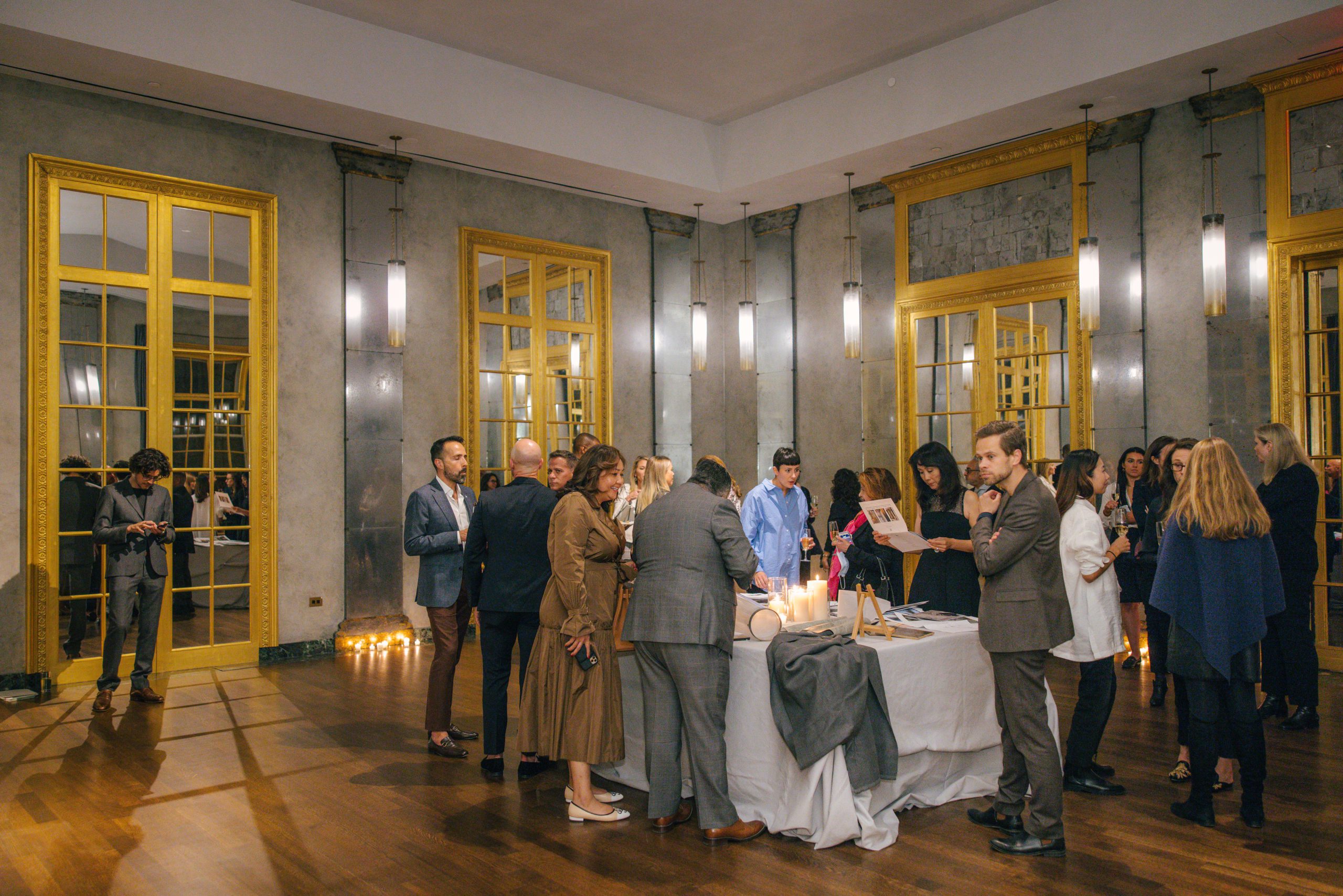
The guests were captivated by the magical atmosphere conferred by the soft and warm glow of the candles on both sides of the Ballroom, which underlined the elegance of the work done. The many journalists and other guests were able to discover the extent of the work carried out through a captivating talk given by Stéphanie de Ricou.
A sublime décor that gives back to this mansion its magic and elegance of yesteryear.
“We are very happy to have been able to restore the Ballroom and we are particularly delighted with the final result.
We wanted to mark the occasion through this inauguration because a project like this, we do not see fifty in our lives. Of course, we had to face, alas, the Covid conditions that forced us to go back and forth. We are all the more proud to have succeeded in carrying out this unlikely project and we are very grateful for all the people who helped us to make it a reality .” – Stéphanie de Ricou
Share
Our new artisan Souchet - Interview with Nicolas Souchet
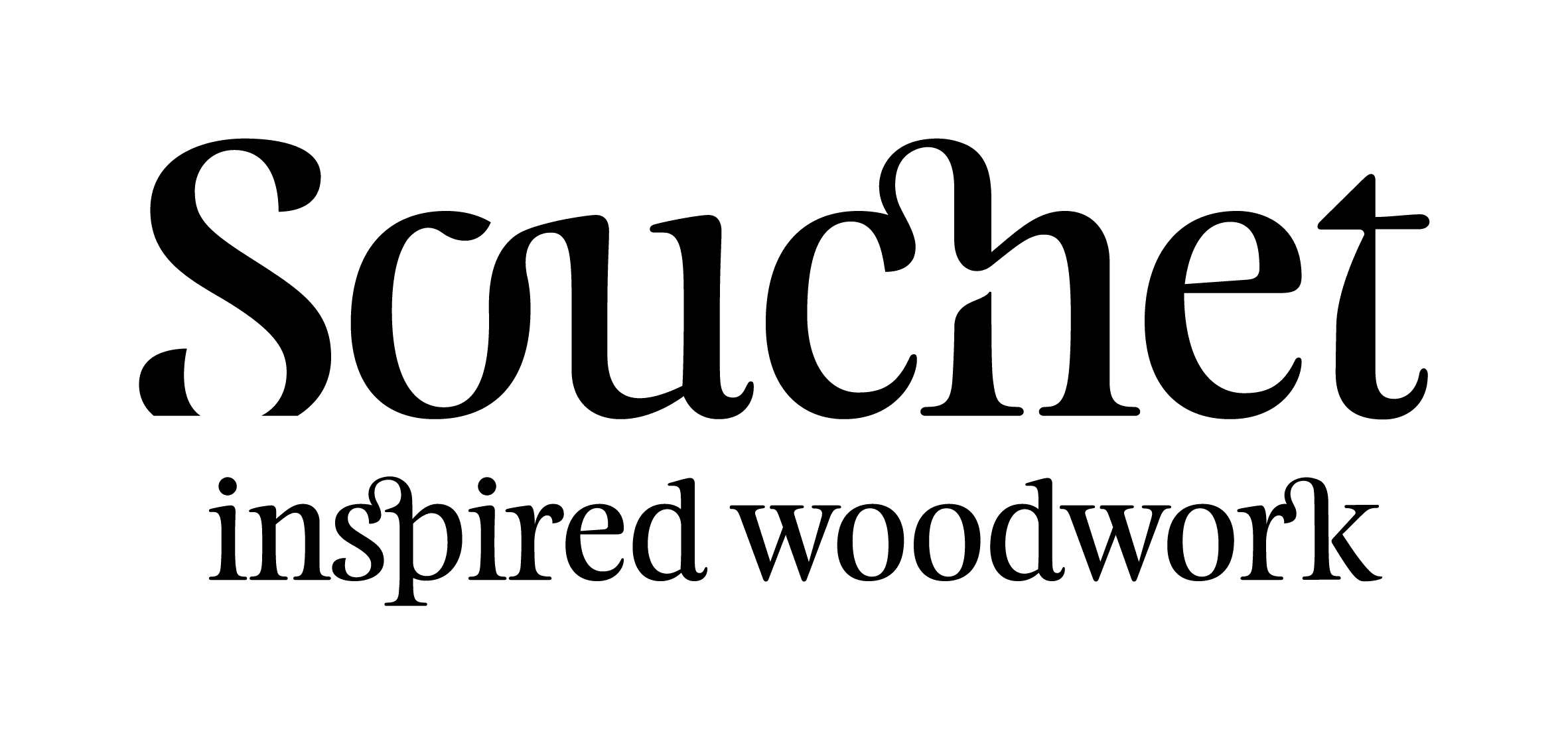
We are very happy to announce that Souchet Inspired Woodwork has joined the Par Excellence collective. This high-end woodworking workshop specializes in chair making and manufactures seats, sofas, coffee tables, side tables and consoles in their workshop in the French countryside. They work at the highest levels of craftsmanship and know-how and by working with the top gilders, carvers and upholsterers around France they make every project the best of the best. We sat down with the founder, Nicolas Souchet, to find out how they work in both traditional and contemporary methods to create such exceptional pieces.
Nicolas Souchet
We are so happy that you have joined Par Excellence. What are your thoughts on being part of this French design collective and what does it mean to Souchet Inspired Woodwork?
For the past ten years I have been working with Jouffre on projects where they would do the upholstery for my seating and we made wood structure for their seating. They introduced me to Par Excellence and I was immediately drawn to the fact that they work with artisans that have the highest expertise. They have the best straw marquetry artisans, the best decorative painters and so on. I believe strongly in being the best that you can be and working in the highest expertise and that we all have the same attention to details. When I work on projects with Jouffre, we come up with better solutions when we work together. There is a certain synergy that exists that makes one be the best that they can be. I am also very much looking forward to showing my brand in the US and I hope I can work on creating pieces with other Par Excellence artisans such as Atelier de Ricou and Atelier Saint-Jacques.
How did you become interested in woodworking, especially in chair making?
My father was a carpenter and when I was 15, he took me with him to visit the École Boulle, the famous school in Paris that opened in 1886 and trains students in the best of traditional arts and crafts. The school has different specialties such as upholsterer, finisher, metal worker and cabinetmaker, but when I walked into the chairmaker section, I said to my father right away that this was what I wanted to do for the rest of my life. 25 years later, I am still as passionate about chair making as I was when I was a teenager. During my 5 years at the École Boulle, besides chair making, I also learned upholstery, carving, gilding and wood turning. When working on projects today I know exactly what needs to be done when gilding and carving are required. I make the chair structure at my workshop, and I then work with a specialist in gilding etc. I am one of the best chair maker, so I want the best gilder, carver etc. I work with 3 gilders with one being a MOF (Meilleur Ouvrier de France – considered the best craftsmen of France). I also use 20 hand carvers that are located all around France.
Seats in the making, gilding and carving at the workshop
Following on the footsteps of your traditional skills your workshop has created digital and manufacturing processes that allow you to respond to unique requests. Can you please tell us about a project where you incorporated digital technology into your traditional woodworking process.
We recently completed a big project for a king. He wanted 10 chairs in the same design as a chair at the Louvre. They wanted the best details in the chairs so they came to us to recreate them. To hand carve these 10 chairs would take at least one year. I designed a machine where I can scan an object and the machine can do the first carving steps. The hand carver then finishes it by hand. Each chair has a slight variation as there is the “hand of that particular carver”. He adds his touch to the final product so that even though there were 10 chairs they are not exactly the same as if they had been made entirely by a machine. They have the spirit of the carver imbued in them.
With this scanning technology it saves us time for the initial manpower needed. For a new project for example, we create a sample of the chair’s leg which is hand carved. We then scan that and create a sample by machine that is then finished by the hand carver. Our attention to detail is meticulous and precise. We want to deliver the best. By saving time with using this machine we are able to provide good lead times for our clients.
CNC Machines
Please tell us a bit more about your workshop.
We have 20 craftsmen working at our workshop including several apprentices as we believe it is vital to train the next generation. My wife also works with me. She was an upholsterer and we met when we were both training at the École Boulle. She is now the artistic director at the workshop while I oversee the management of the company. I have been a chair maker for over 20 years and I still love my job. I have also found out that I love the management side of the work too. Having great working conditions, happy craftsmen, an efficient work flow it feels like being a conductor for an orchestra and it makes me so happy to see everything come together in a wonderful way.
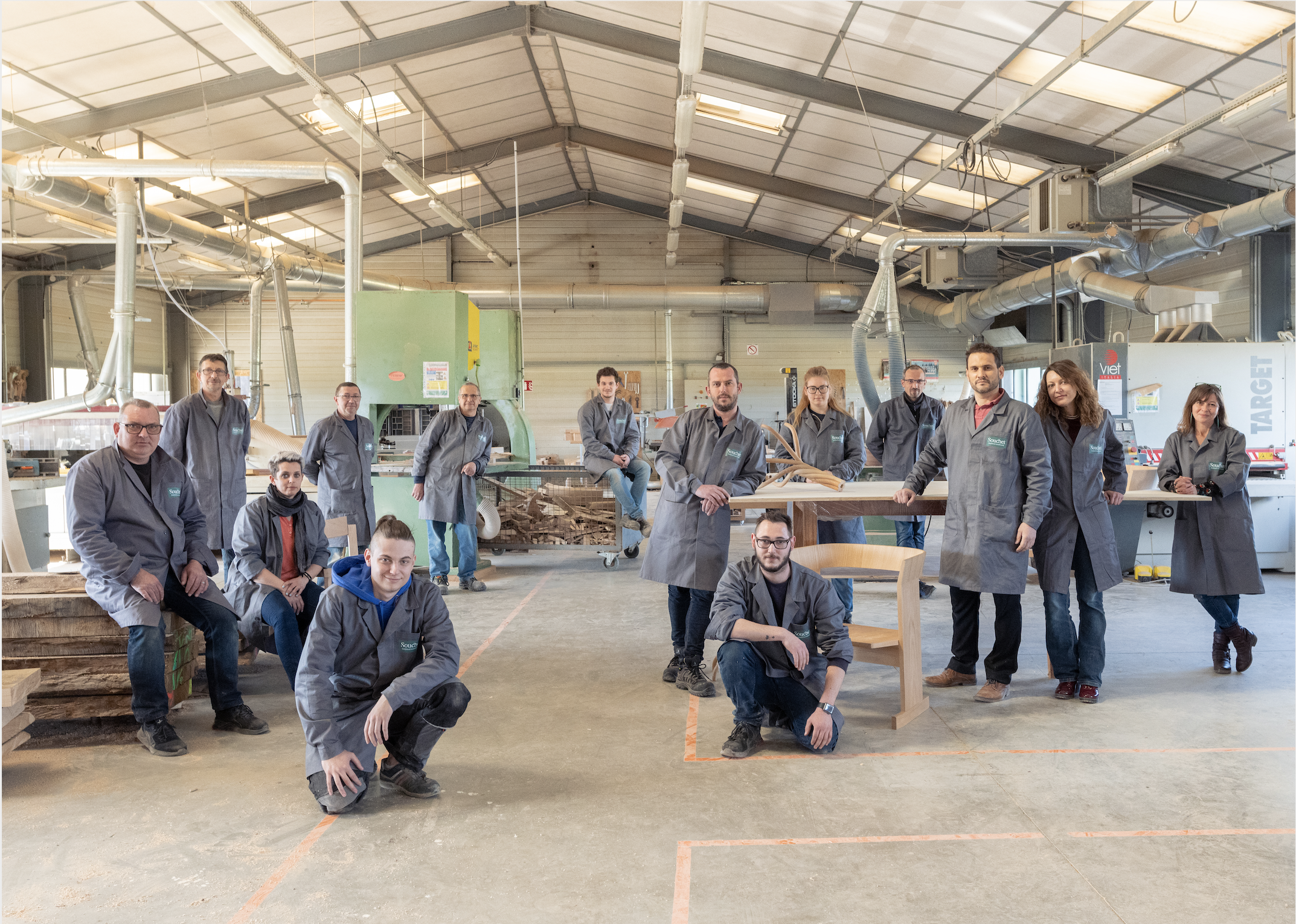
You have worked with so many outstanding designers. Do you have any dream projects?
Yes, I am so fortunate to work with so many wonderful designers such as Jacques Garcia and on special projects for Christian Liaigre. We have also worked with the yacht designers, Winch Design. We have done custom pieces for hotels and luxury residences. Our projects have taken us from London, Monaco, Switzerland, Australia, to Kiev and Moscow. I don’t have a dream project as I know how lucky I am to work on each project. I give the best of myself for each project and that always makes me happy.
Your workshop is exceptional in that you create both Traditional and Contemporary pieces at the highest level.
At the workshop we work both in Traditional and Contemporary styles. We have a solid base in Traditional woodworking with over 20 years of experience. I like working on Traditional pieces as I am always discovering new things, new forms, new assembly techniques while looking at historical pieces. I am always impressed and inspired by the 18th century designers as they worked with very simple tools and were very imaginative in the way they made new pieces for royalty. The 20th century was wonderful too as the best designers had an academic base.
For our contemporary pieces we use the experience of the traditional work and know-how and adapt it to a contemporary feel. It is very freeing with these designs as we are always searching for new materials and new processes on the machines.
Left photo shows a Traditional design; 3 contemporary pieces designed by Grégory Lacoua © Mario Simon-Lafleur
Please tell us about your new contemporary collection, “Lifflow”.
Interior designers know us for our traditional competency and our mastery of carpentry in seats but they didn’t know that we can do contemporary pieces. I worked on a yacht, created modern chairs for luxury apartments and villas but they were always confidential projects so I couldn’t include them in my portfolio. So, 2 years ago I began to create a collection called “Lifflow”. The name is a contraction of the name of the village where our workshop is located in France, Liffol-Le-Petit, and the word “flow” which indicates that we are moving into the future with movement and momentum. With our first collection we wanted to show our know-how, how we can make contemporary pieces simple but with complex detail. We are combining traditional know-how and innovative production techniques. This collection consists of 3 pieces featuring elegant lines in a resolutely contemporary spirit. The “Imperial” chair is influenced by Asian designs and lends an air of elegance and finesse in a simple but sculptural way. The curved top of the chair is very hard to do with machinery and this design emphasizes the raw materiality of wood in its simplest form. The “Love Blocks” chair is a lounge chair that showcases an ultra-minimalist style. I wanted it to feel like a stone, so it has a mineral aspect to it that also gives it a brutalist feel. We used a Kvadrat fabric designed by the former designer at Dior, Raf Simons and it was upholstered by Jouffre. There is a trompe l’oeil effect seen in the two blocks that seem to be unrelated and the seat is detached from the backrest. The “Twirl” side table has 6 pieces that twist and turn into a playful and organic form. It took 2 hours by machine and 20 hours by hand to create this exceptional detail. The interlacing of the base which is actually very light as it is entirely hollow shows a flexibility that seems unexpected for such a material as wood. It truly highlights the complexity and beauty of the exceptional craftsmanship at Souchet Inspired Woodwork. I wanted this collection to be very detailed oriented and precise while at the same time preserving the exceptional French know-how through the exploration of new technologies. It is a beautiful link between past and present. We also use local wood such as beech, oak and chestnut. The region where we are located has since the 17th century been a historic center of the manufacture of carpentry in seats and we are proud to be carrying on this tradition. This collection was imagined by the designer Gregory Lacoua, a classmate from the École Boulle and recent prizewinner of the “Grand Prix de la création de la ville de Paris in Design”.
The Imperial Chair, The Love Blocks chair and the Twirl Side table – all part of the Lifflow collection designed by Grégory Lacoua
© Mario Simon-Lafleur
Souchet Inspired Woodwork is committed to the manufacture and creation of the highest quality furniture by preserving traditional techniques and know-how as well as projecting these traditional artistic values into the contemporary world. Click here to see their exquisite craftsmanship.
Share
Our new artisan Auberlet et Laurent - Interview with Thierry Lebufnoir
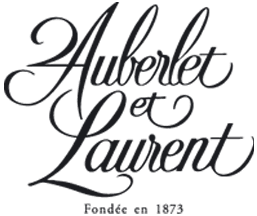
Par Excellence is very pleased to announce that Auberlet et Laurent have joined our collective of French artisans. Founded in 1873, this exceptional workshop creates plaster and resin ornamental decorative work highlighting all the design styles of Louis XV through Art Déco, as well as modern and minimalist styles. They have worked on exquisite projects from French châteaux to palaces in the Middle East and for the first time will bring their know-how to American projects. Their expertise and skilful technique in bespoke restoration, reproduction and manufacture of fibrous plasterwork has made them a renowned leader in their field.
Thierry, you took over as the head of the family business in 1998. Can you explain to us how your father transmitted the art of ornamental plasterwork to you and how you managed to immerse yourself in the Second Empire style?
I had the chance to work with my father who had a great deal of knowledge of styles. I immediately asked myself a lot of questions about styles and architecture and did a lot of research on my own to learn by myself. When you face clients who ask you questions and you don’t know how to answer them, the only way to solve that is to research and learn through books, which I think is very important. Your eye gets sensitized to all this and your intelligence too, so you can sort it out afterwards. I was also lucky enough to work with architects and decorators who had a lot of knowledge. As the work progresses, and through repetition, that’s how you learn by facing certain architectural and decorative problems. It’s true that I was immediately surrounded by competent professionals, and my father helped me a lot in this learning process.
As for the Second Empire, the Napoleon III period is very important for decorative plasterwork. So, you really have to open your eyes, that’s what I always tell the people I work with, you have to look at the facades and the interiors to immerse yourself in this style and understand its subtleties.
How did you manage to take Auberlet et Laurent forward, while keeping what made your company’s reputation?
There was a period for Auberlet et Laurent when we did a lot of construction, which was before my father joined the company. Then he took over and developed the catalog, launching sales of our products.
The turn I took when I arrived was to take over and develop these construction sites, which turned out to be very important because it allowed me to win over a large number of decorators and architects, which enabled us to grow. For me, it was important to work on these sites because we are really in the thick of things, we understand in a much better way the relationships with proportions, volumes, etc., and so we can see the outcome of the project, which you don’t necessarily get when you focus only on a specific design element. The challenge was to develop the installation process while maintaining the company’s reputation in terms of manufacturing and quality of work.
Ornamental plaster in the making at the workshop
You train a lot of apprentices. How are you preparing the succession that is taking place, both in terms of family and apprenticeship regarding your heritage?
Historically, Auberlet et Laurent has always trained journeymen and decorative plasterers. Many of them owe their professional life to my father who trained them. He himself was an apprentice at Auberlet et Laurent when he studied Applied Arts. So, it was a path that Auberlet et Laurent took because training is essential, even more so today than before. The continuity and the longevity of the company is passed through our training because in all sectors, including ours, there is a shortage of manpower.
We have thus taken the step to train people internally because we are not satisfied with external training, neither in quality nor quantity of students. As a result, the company’s longevity depends on training, and so during Covid, with my son Thibaut, we set up our own training center. We also always have immersion periods so that people can get hands-on experience.
How do you work with decorators and architects in general?
I have been lucky enough to work with decorators with whom I have a very good rapport, while always remaining professional. Above all, it’s about relationships, and as a result the decorators and architects are very loyal.
Before, we were good executors and people trusted us because we brought a lot as professionals, but now we are more specialists, we have a real advisory role and therefore the same relationship is no longer there. Today we accompany more than we execute.
Your design office offers 3D modeling of projects for your clients. How have you managed to combine new technologies with traditional know-how?
We’ve always had a design office, ever since my father took over, because we were doing things that others weren’t doing. Before, we were more of a drawing office, we would draw up what our customers wanted, but now we have to be a constant source of ideas, which I really like.
We create 3D plans, perspectives, technical plans, table networks, cornices, ceilings, etc., but it remains a learning curve. Digital and 3D printers allow you to create sculptures, but even in the future, nothing will be done without working by hand. The quality of the rendering is still not the same as something made by hand.
What do you think about the future of handmade craftwork when our future is becoming more and more machine-made?
I think the mechanized world has been around for a while, the Industrial Revolution having played a big role. However, today we see that people are looking for French know-how and that quality of French handwork. I can tell you that I have many foreign clients who want to rediscover French art, and what it represents. For example, we are currently working on a project in Jeddah, where all the Arabic decorations have been entrusted to us because our client wants to rediscover the spirit and the French quality that comes from this French know-how. For our profession, I am not very worried, even if, once again, I think that we must take the turn of the modern world and become more digital. I am really convinced that there will always be a real need for things made by hand.
How do you differentiate yourself from other specialists in this niche field?
“At Auberlet et Laurent, we focus on quality work and that is our reputation.” — Thierry Lebufnoir
Our clients trust us and understand why our services may be more expensive. It starts with having ideas that others don’t have.
Above all, we are very conscientious and pay attention to details. I also always insist on proportion because we still see too many things that are not harmonious and lack character. I believe that there is a good deal of confidence in knowledge.
We also distinguish ourselves through our catalog. We specialize in two areas of activity: construction sites, with installations; and manufacturing, with catalog and custom references.
You have won over the international market by forging a real reputation. How did you launch your company abroad?
The multilingual adaptation of our website has played an important role in acquiring new customers: it has been developed in English, Chinese, Russian, etc. I remember an Australian customer who ordered plasterwork from us via our website.
Word of mouth also works quite well. Today, we are still known in the world of consultants and demanding clients. They surround themselves with architects and decorators who know us.
What are the major challenges you have had to face, especially with this kind of international projects?
Every day brings a new challenge. When I propose the sketches, you have to get the client to say “this is what I want”. Then, the challenge is to go from the 3D drawing to the real world and especially that the final rendering pleases the client. When I work on a project, my goal is that at the end, the client says “Mr. Lebufnoir, what you did is fantastic!”
There are all sorts of other challenges, such as not being able to travel to the construction sites and creating everything remotely. What is really complicated is to physically transcribe something that you have in your head. For example, we worked on a castle, where we were in charge of creating a library in a room. The client wanted this library to be in the spirit of the one in the castle of Chantilly, but its proportions were all wrong. We started with a pencil sketch, then we moved on to the sculpture stage, and finally to the realization. Our client found the final rendering beautiful, and that’s the daily challenge at Auberlet et Laurent!
If you had to name only one, which project inspired you the most over your career?
Encounters are essential in life, and I met someone who made me evolve in a considerable way, especially concerning ornamentation and artistic aspects. So, if I had to choose only one work site, it would perhaps be the site we realized with this person who was himself an artist. I was lucky enough to meet this man, and there was a strong bond, a real sense of being in it together. We never talk about it enough, but we meet a lot of nice people.
Catalog references
We are so happy that you have joined Par Excellence. What are your thoughts on being part of this French design collective and what does it mean to Auberlet et Laurent?
I feel that there is a real dynamic and a good friendly relationship. I think we can go a long way together. I feel very good about it, and I hope we will have the chance to realize many projects together. We haven’t always been able to do what we wanted to do because we didn’t have the logistics or the infrastructure, which is why we are starting this adventure with Par Excellence today, to support us and give us what we need to access this market full of opportunities.
Share
"What Inspires Me" with Katharine Pooley
After a career that is totally different from the one she pursues today, Katharine Pooley is now known and recognized for her luxurious interior design style. Having become one of London’s most sought-after designers worldwide, notably after being named “British Designer of the Decade”, Katharine now divides her time between her design studio and the realization of multiple projects around the globe. Her numerous awards and accreditations are a testament to her talent and investment in interior design, but Katharine is also very committed and supports many associations. Thanks to her large Instagram community with which she interacts regularly, Katharine invites her followers to discover the behind-the-scenes world of interior design.
Discover the inspirations of this talented British luxury interior designer, how Katharine managed to take her career to a whole new level, how her travel memories influence her projects today.
Thank you to Katharine and her team for taking the time for this interview!
Katharine, I understand that you spent part of your professional career in finance in Asia. Can you tell us about your career path and what led you to interior design?
Although I was born in Hertfordshire, went to school in Oxfordshire, England, and then predominantly brought up in Bahrain, my family has travelled extensively and that has definitely inspired my global viewpoint. Having spent 14 years working in finance in Hong Kong and Singapore, for Morgan Stanley and Barclays, which I absolutely loved, I returned to England ready for a new business adventure. I had undertaken a handful of large-scale refurbishment projects for my family and friends over the years (including a Castle, ski chalet, Thai coastal retreat and various city homes) and it became clear that this was more than a passing interest and would become a lifelong passion.
Almost two decades later my design studio, working out of Chelsea, London, consists of 47 talented designers and interior architects and I have been named ‘British Designer of the Decade’ which is rather fantastic! The scale of the studio is quite unusual, and this allows me to undertake complex, sophisticated design projects globally for my wonderful clients. We ensure every detail of every project is conceived, designed and installed to the highest level, we offer a complete turn-key service.
You seem to have a traveller’s soul, is that where you find your inspiration? Which city awakens your creativity the most?
Many of my journeys have impacted my interiors and certainly understanding the cultures is a very important part of the design process. I look around my living and workspaces and I see the treasures and photographs that take me back to a wonderful adventure. Each one evokes memories; triggering the sights and smells of that time and it floods my senses. An innate sense of adventure has defined my life and shaped my design philosophy. I have visited more than 190 countries. However, what may come as a surprise is that I love mountaineering and raw adventure over city breaks and have driven a team of dogs on a sled to the north pole, and crossed the Sahara on horseback, all of my experiences feed into an original and adventurous design sensibility. I don’t think there is one city that inspires me the most, if anything it is wide open spaces!
Now that we can travel again, what would be your next inspirational trip?
I can not recommend more highly Sumba Island in Indonesia, known as ‘the Forgotten Island’ it’s absolutely incredible and I would love to go back. I also absolutely loved the Amanpulo in the Philippines, it’s the epitome of a tropical paradise. Usually though I like to go to totally new places, now that the world is reopening I need to get my map out and make a plan!
Kensington House – ©James McDonald
What is your favourite part of your job? What is your creative process when dealing with a new project in general?
Gosh a difficult question! I love all the aspects of this job for diverse reasons. Because we undertake projects worldwide it means I get to travel lots which I love. In terms of project stages; the beginning is always so exciting, forging a new relationship with the client and introducing them to some wonderful finishes and details they have not seen before, I love those early days. But the end of the project is a beautiful time too, some of our projects take many years and are a very personal journey for the client, its an honor to then show them the final result and is always a very emotional moment!
Nothing Hill Project – ©James McDonald
How do you bring your personal touch to the projects you work on?
I like to think that my interior style is intelligent, luxurious and timelessly elegant. Originality is critically important to me personally and I like to introduce unique detailing and personal touches to every project. I do not merely stick to a specific style, as I believe that creating a home is an intimate process that requires trust, listening to individuals and delivering a clients’ vision to make their “dreams come true”. Every KP project combines unique visual flair, unusual finishes, the best of British craftsmanship and beautiful luxurious home accessories and art.
Mayfair Home – ©Andrew Beasley
You interact a lot with your large community on Instagram. What is your approach to social networks and to what extent are they a professional tool for you?
I love Instagram and Pinterest in particular, if used in a positive and inclusive way, social media can be incredibly inspiring and a great way to foster relationships worldwide. I love to share my design insights, trend updates, lifestyle and family snapshots as it builds a really vivid picture of who I am and what inspires me.
Your studio also features the largest library of fabrics and finishes in London, how do you source the artisans you work with?
I am incredibly lucky, our library is so large and wide ranging and all overseen by our wonderfully organised librarian Julian. Over the years I have built very close relationships with hundreds of suppliers, this network of creative individuals, artists, artisans and makers ensures we have an incredible range of fabrics and finishes for our clients. My suppliers are very important to me, their beautiful designs are at the heart of everything I create and I make time to treasure and nurture these important relationships.
You have a shop in London with a wide range of furniture, lighting and home accessories. Where do you find your sources of inspiration for collectible design?
Having lived in Asia, the Middle East and throughout Europe I have been able to discover and immerse myself in many parts of the world. My time in Asia led me into starting my first interiors boutique in Chelsea, (Katharine’s boutique on Walton Street is famously a treasure trove of beautiful accessories) which sells rare and interesting products. These exotic and rare treasures mix delightfully with the best of European craftsmanship and English design. It makes for an eclectic, unusual and very luxurious combination!
What are the know-hows that you are particularly fond of at the moment?
Textures are everything; Think rich luxurious finishes that are cozy, inviting and beg to be touched. I love combining eglomise mirror with straw marquetry, shagreen, soft kid-skin leather, cashmere and silk or grass cloth wallpapers. The colours can be peaceful, calm and tonal, the richness of texture will give a refined and luxurious feel.
Do you know our Par Excellence artisans? Among them, is there a particular know-how that is close to your heart?
I have great respect for the work of the Par Excellence artisans, in particular I find the work of Ateliers Saint Jacques quite incredible. The stone staircase they created for Dior in Paris perfectly captures the classical timeless elegance of that iconic brand. The use of contrasting finishes and textures is exquisite. The Alvar dining table is to my mind a perfect piece, deceptively simple, sculptural and unforgettably beautiful, I adore it. This is the fabulous range of the Par Excellence stable of artisans, from the architectural to the smaller interior and furniture details, everything is immaculately considered and created.
What is next for you? Do you have any upcoming projects you would like to share with us?
It’s a very busy year, during the Covid period some wonderful new projects have come my way which has been incredibly fortunate, it helps I think that we have such an international presence. We have some incredible developments and private homes currently being designed and installed in the English countryside, London, Hong Kong, New York, Monaco, London and Switzerland (so the next few months will be very busy!) A favourite would be an incredible Chateau in the South of France where Grace Kelly and Cary Grant were once filmed by Alfred Hitchcock for the Hollywood classic ‘To Catch a Thief’, it has quite the most incredible architecture and gardens.
Share
Volevatch - A Leader in French Bathroom Fixtures
A leading purveyor of luxury bathroom fixtures, Volevatch is a company that creates exceptional pieces. This French manufacturer designs jewel-like faucets through which water magnificently flows.
Above: Serge Volevatch – On the right: Versailles collection


The signature of French bathroom fixtures
Volevatch artisanal fixtures beautifully highlight the water flowing in the bathroom or kitchen. Founded in 1975 by Serge Volevatch, a craftsman and restorer, this French manufacturer uses ancestral know-how for its faucets. Its creations can be found in prestigious heritage sites as well as in luxury private residences. The firm is also listed in France’s Inventaire des Métiers des Arts Rares, the national inventory of rare craftsmanship. This recognition is part of the UNESCO’s cultural heritage protection program. Beyond their functionality, Volevatch fixtures are true jewels that tell the story of different design styles such as Art Deco. The company is often inspired by the founder’s collection of antique faucets. The history and the exemplary nature of this firm caught the attention of Signatures Singulières Magazine.
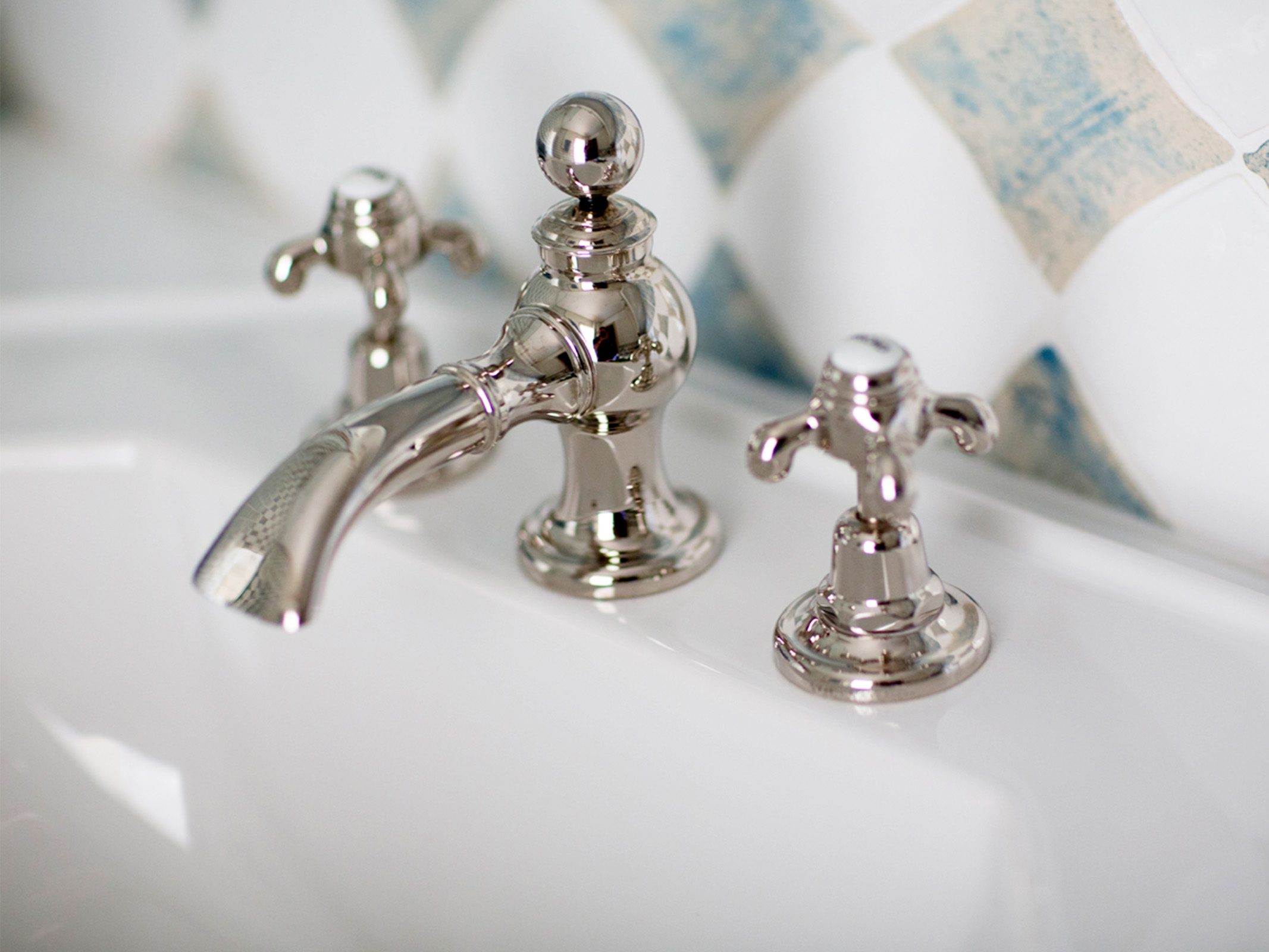

Unique contemporary pieces
Volevatch is one of the last French luxury faucet manufacturers to continue the heritage of excellence. In addition to restoring old faucets, Serge Volevatch has also developed his own creations. His first collection, “Bistrot”, has become iconic. Today, more than 40 craftsmen apply the traditional art of creating unique pieces in the factory. Founders, welders, assemblers, polishers, chiselers and engravers shape and sculpt solid lead-free brass, covered with precious finishes. This passion for beauty is also adapted to modern interpretations. The know-how established by Serge Volevatch is complemented by the latest generation of digital production tools assisting today’s artisans of the firm. Nevertheless, these masters of waterworks continue to perpetuate, with talent and know-how, the secrets of the art of bathing under the eye of the son of the founder, Igor Volevatch. More than a history of craftsmanship, the manufacture is also a beautiful family story!

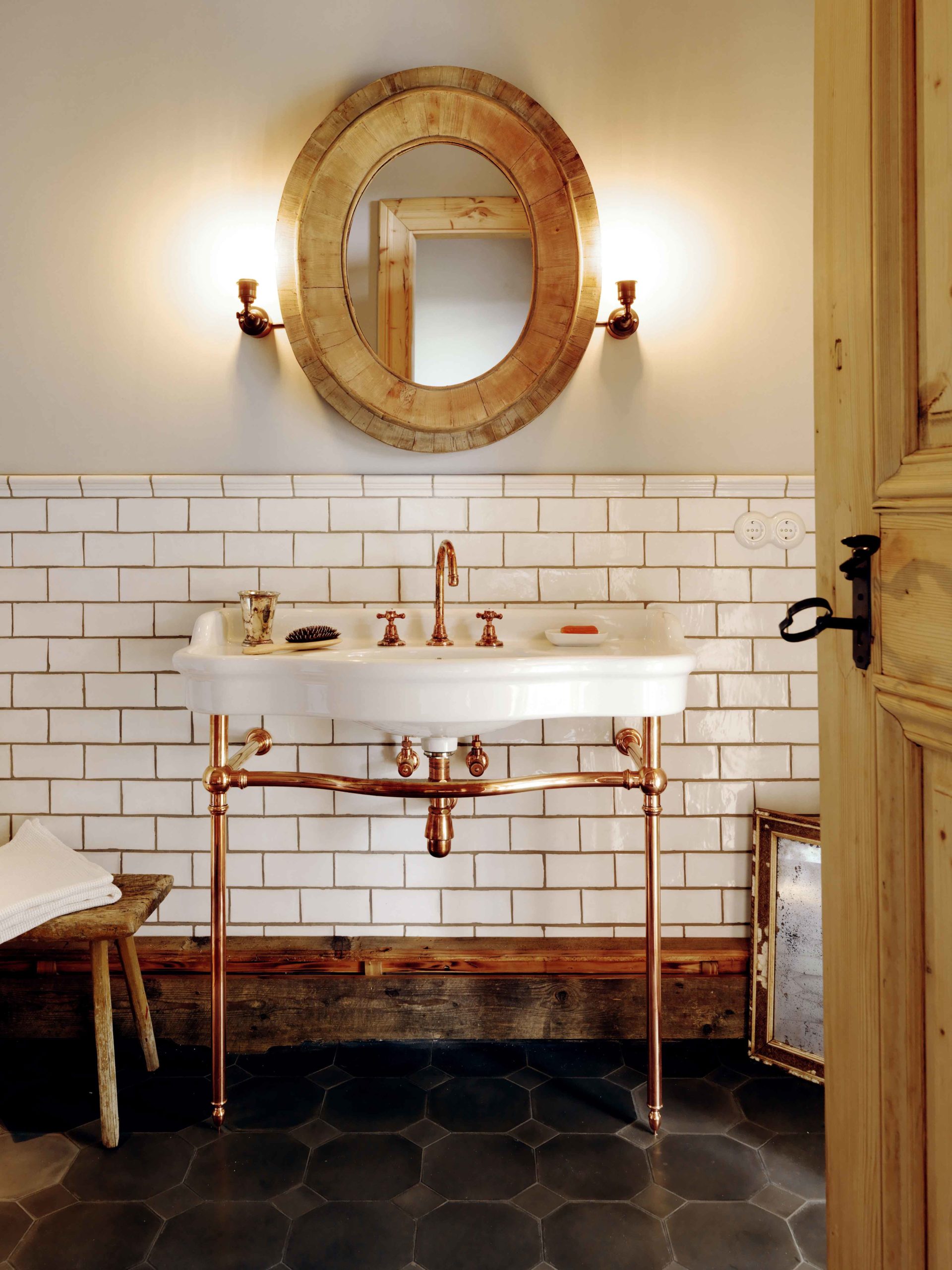
Unequalled know-how envied throughout the world
Since its creation, Volevatch has forged exceptional ties with its prestigious clients. Interior designers, architects and demanding aesthetes have all called upon the factory because of its reputation for excellence. Rudolf Nureyev was one of these discerning clients who turned to Serge Volevatch to design the fittings for his bathroom. Since then, each collection presented has continually enchanted lovers of French decorative arts. The company manufactures its own collections for renowned architects on a confidential basis. The company also designs true works of art such as sculptural showers. Finally, this famous manufacturer designs complete bathroom solutions such as sublime marble basins. Lovers of unique pieces can also acquire custom-made creations in an infinite variety of possibilities and luxurious materials. As highlighted in Signatures Singulières Magazine, Volevatch offers its singular vision of faucets not only in France but worldwide.
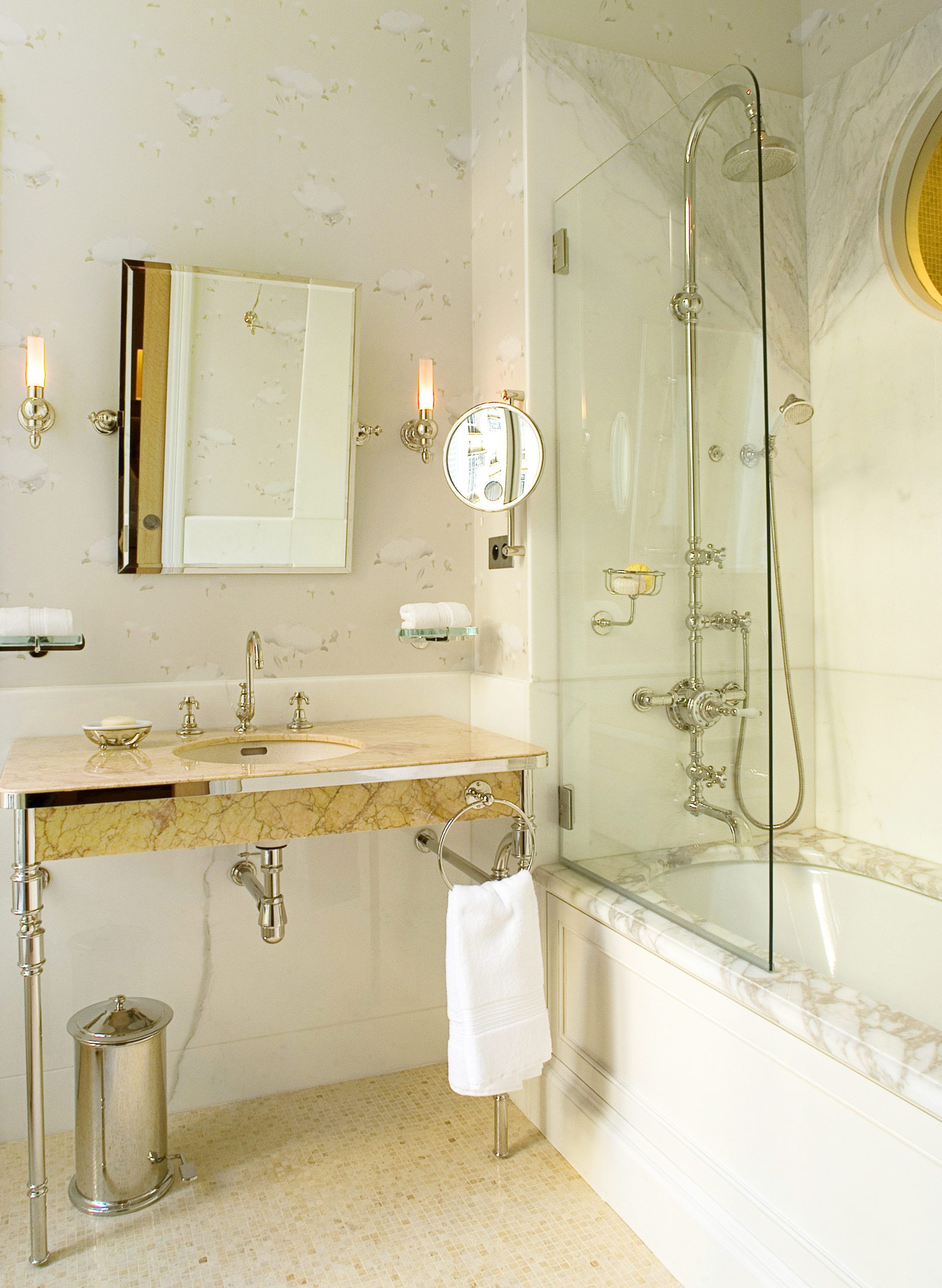
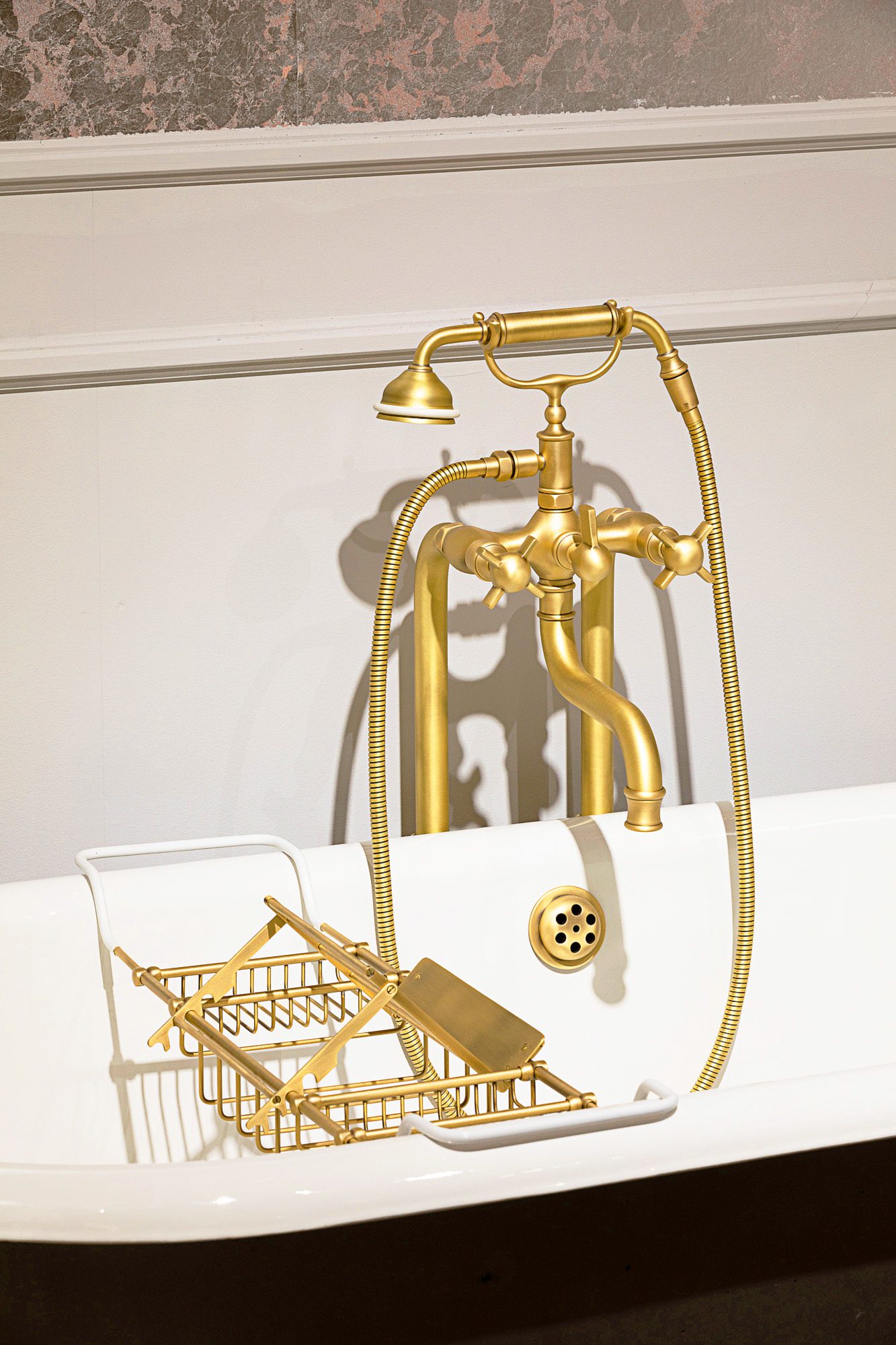

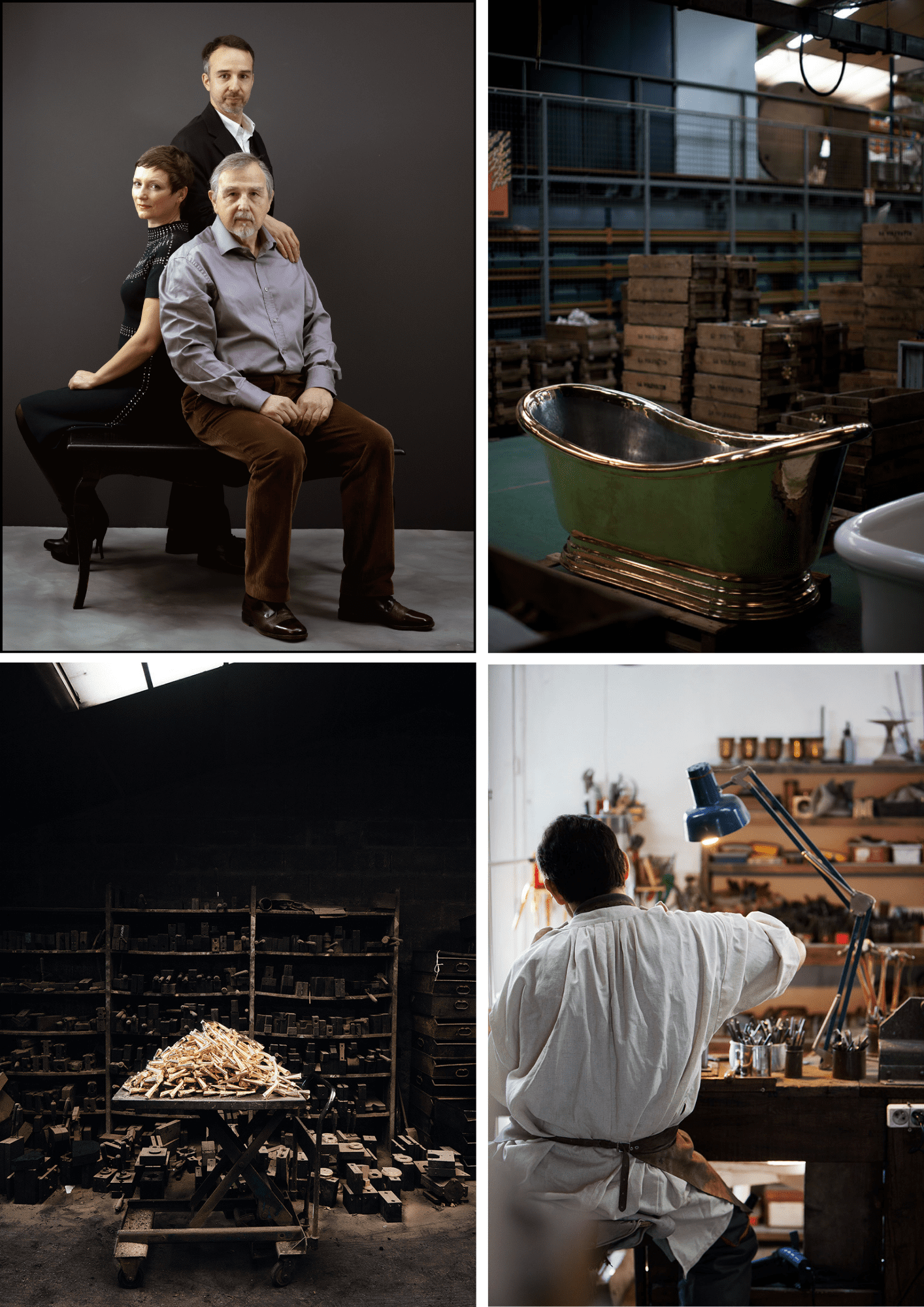
Volevatch
108, rue du Cherche-Midi
75006 Paris
Tél. : +33 (0)1 42 22 42 55
www.volevatch.fr
Share
"What Inspires Me" with Victoria-Maria Geyer
Born in Germany but now based in Brussels, Victoria-Maria Geyer knew from a young age that she wanted to be an interior designer and architect. As a little girl she always moved her bedroom furniture around, which used to drive her mom crazy. She later started working as an apprentice in a small interior design company in Brussels, but she knew that she wanted to create her own interior design firm, so in 2008 she started Victoria-Maria Interior Design. It began very small as she was only working on decoration and interior design at first. The firm quickly expanded and today they are also working on everything from high-end interior architectural projects to full renovations. Fearless in mixing and matching styles and periods, Victoria-Maria has a style all her own that clients seek out for its originality and eclecticism.
We were thrilled to speak with Victoria-Maria to hear about what inspires her.
You are known for your eclectic style and in the way you mix styles and periods. How do you combine this with the expectations of your clients?
My clients come to me as they know I will bring originality to their project. I create around the pieces of furniture that my clients and I fall in love with. The beauty is in the item and in the furniture itself. If the piece of furniture inspires me, I put it in the project and I will find something that works around it. I am not afraid of mixing periods. Finding a way to incorporate and highlight in a contemporary project an antique piece of furniture that belongs to my clients is exactly what I find very interesting and exciting about my job. The idea is always to create something very personal for the client, something unique. I feel that an interior has personality when it is not mainstream, when you don’t follow one specific trend, one specific way of doing. That is why I think it is very important to have a thorough knowledge of furniture history and to be able to work with different periods and beautifully mix and match different styles and epochs.
Vicky project
Where do you get your inspiration from?
I get my inspiration from quiet, mundane and random things. I can see something in a magazine, not specifically a design magazine, any kind of book or picture that I see. Recently, I went to a perfume shop, and I saw a very beautiful perfume bottle. It immediately inspired me to design a small side table. When I see something and it immediately strikes me, I instantly know that it is a good thing for me to use in this or that project.
What would be your best decoration advice?
My best advice would be not to be afraid. Very often my clients are afraid of doing too much, or of getting tired of a color or of a pattern. They would usually choose to tone it down and to go for something lighter, less present.
Diane project
What exciting new artisans/interior design items have you recently discovered?
For the moment I am very into Brazilian design. It is not new, but I am very interested in it. I also like Portuguese design from the beginning of this century and the end of the 20th century that is found in the United States. For example, I love the Portuguese and Spanish influences that you can find in Los Angeles.
How important is craftsmanship to you and how do you integrate it into your creative process?
Since we work on high-end projects, craftsmanship is of course extremely important to me and my design firm. We work with fantastic craftsmen who really master their art and their work.
I think Par Excellence is a fantastic organization and the way you promote your artisans and craftsmanship the way you do is really a necessity these days.
Can you please describe your favorite interior design project?
My favorite project is a post-modern house where we only did organic shapes, so nothing has an edge. Everything is round from the furniture to the carpets and there is a super large window. It is a very 70s inspired interior with warm tones. I am excited to have this project photographed very soon.
What is next for you? Do you have any upcoming projects?
We have a lot of wonderful upcoming projects. What I am most excited about is that we will soon be launching our own online shop where we will be selling our home design furniture. We have 10 prototypes at the moment.
Discover all of Victoria-Maria’s projects on her Instagram account, where she also shares many behind the scenes photos and videos, @v_i_c_t_o_r_i_a_m_a_r_i_a, and on her website (link here)
Valentine project

